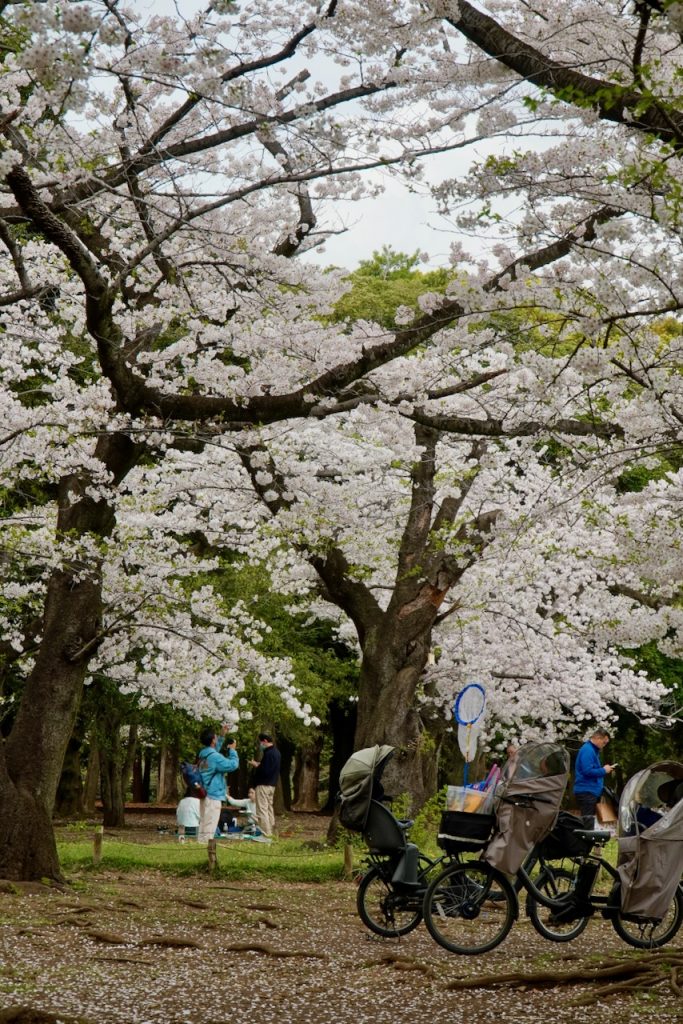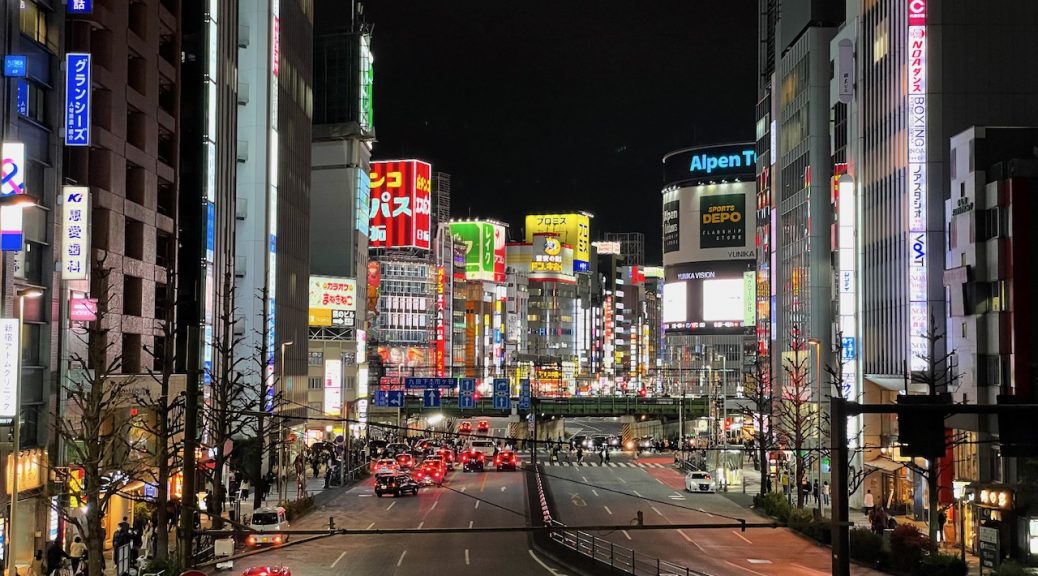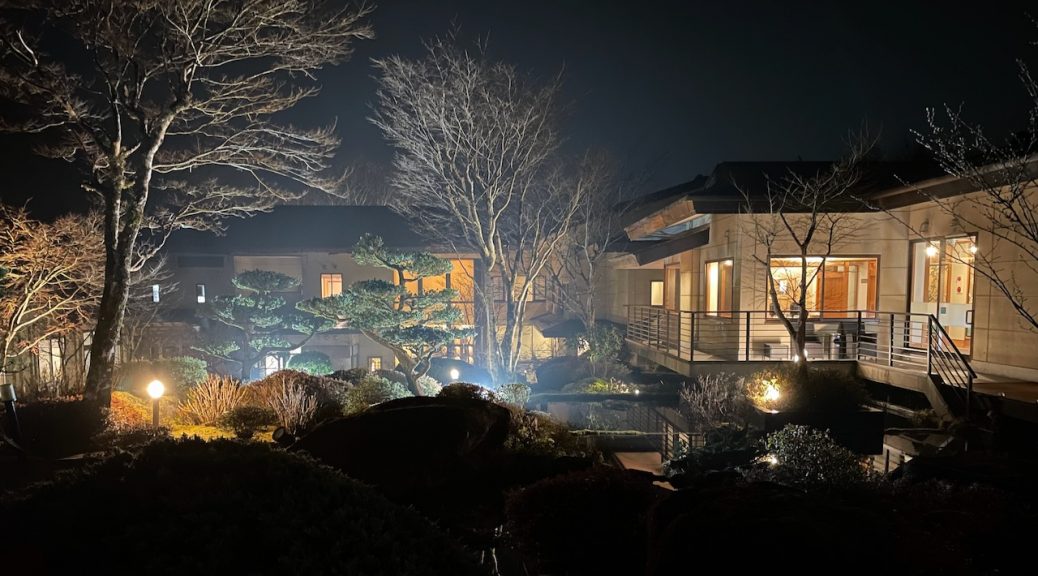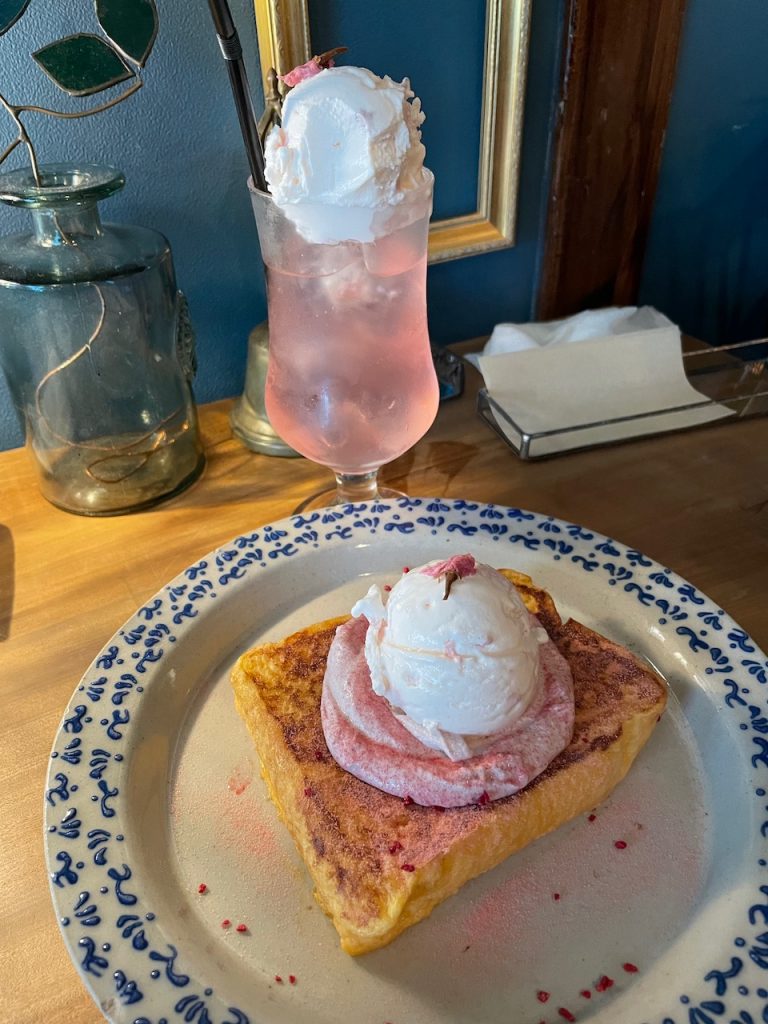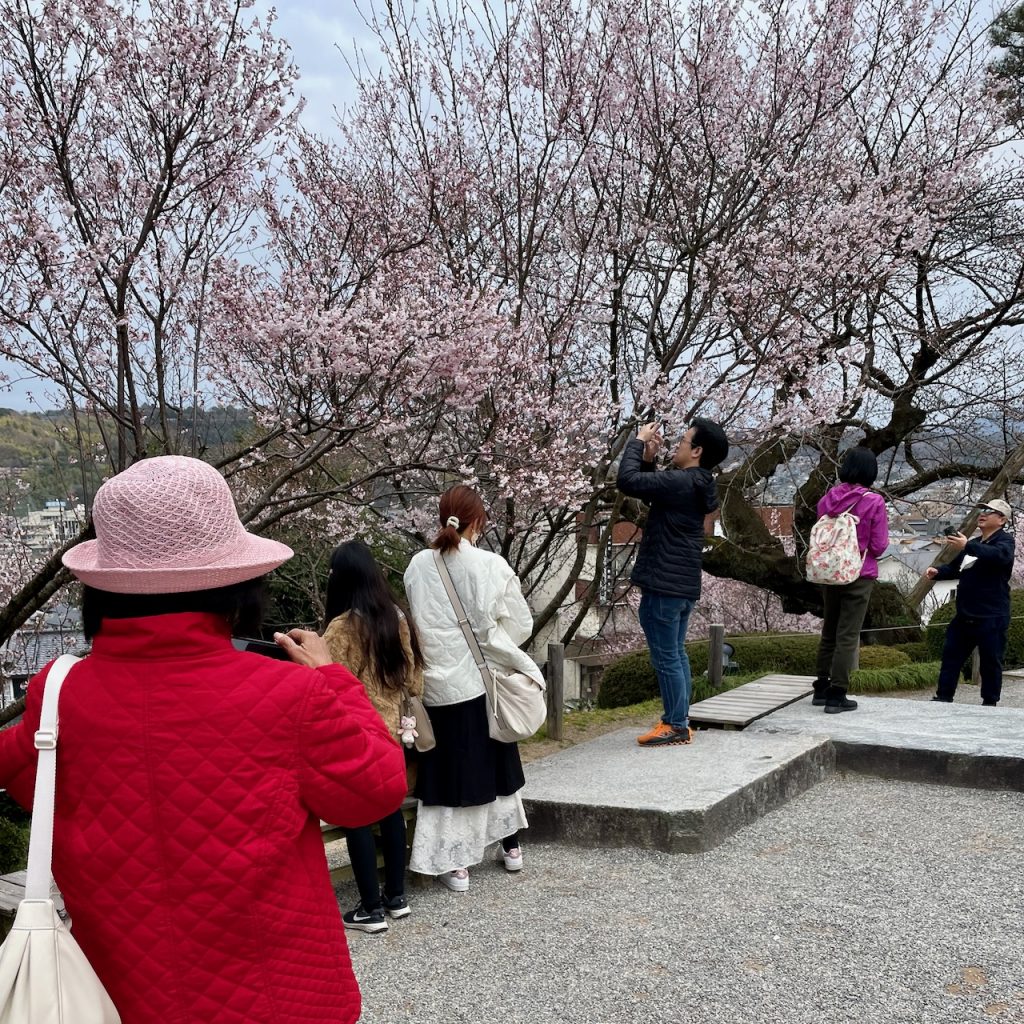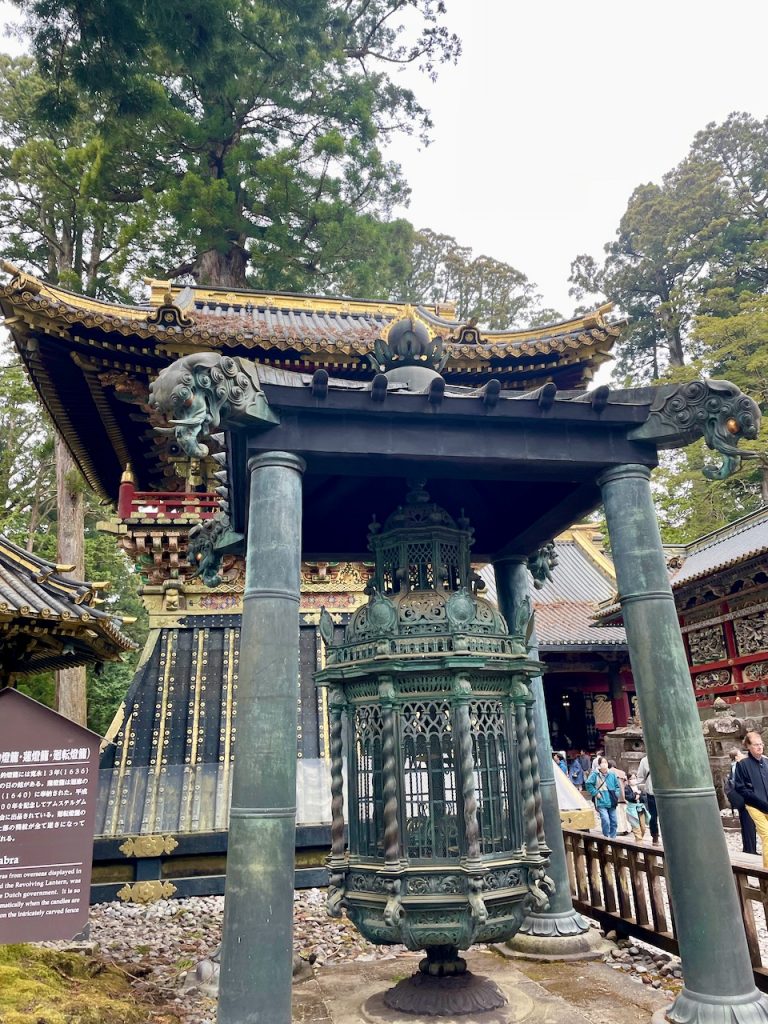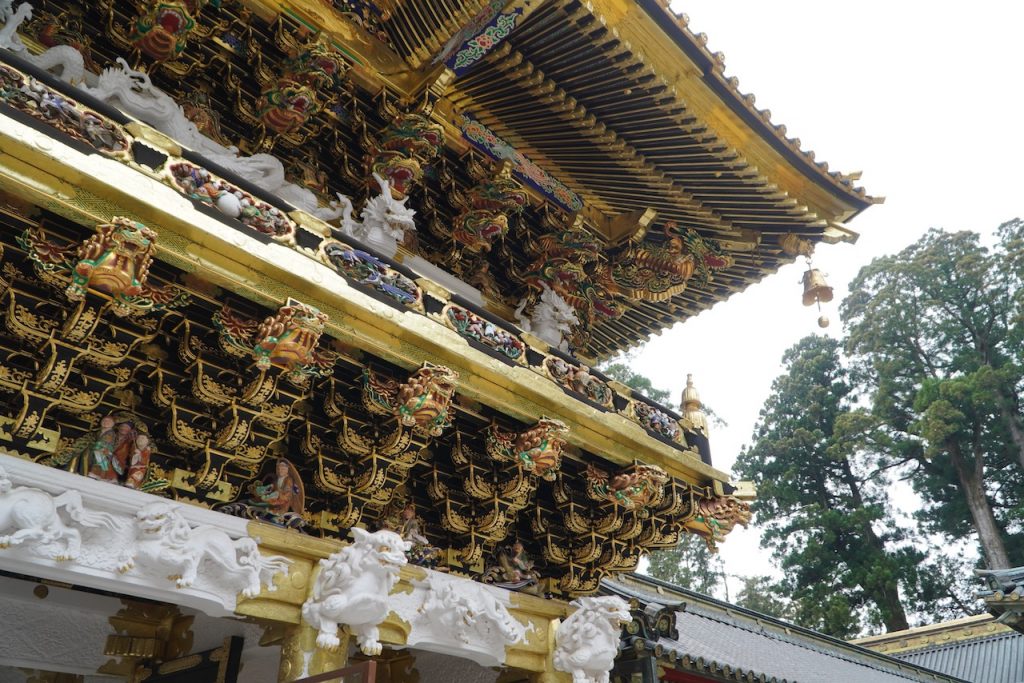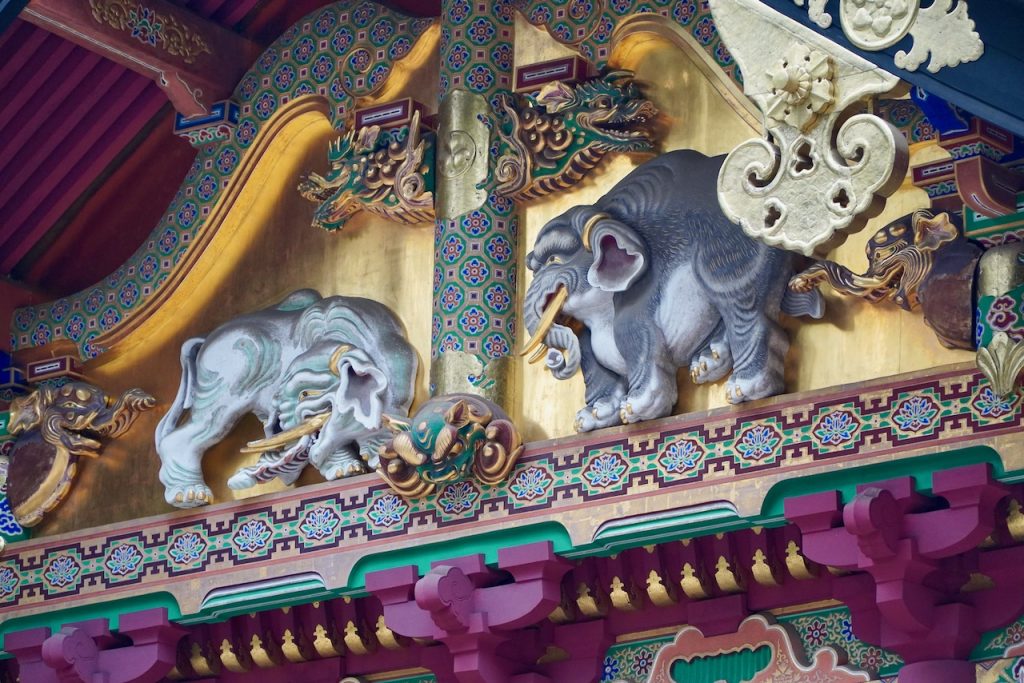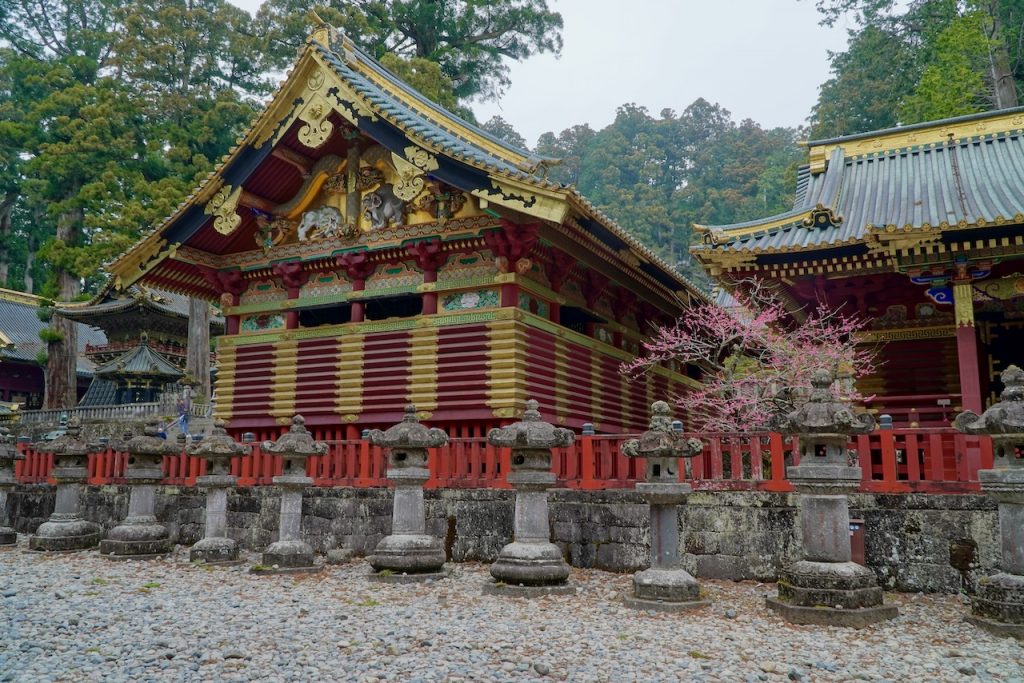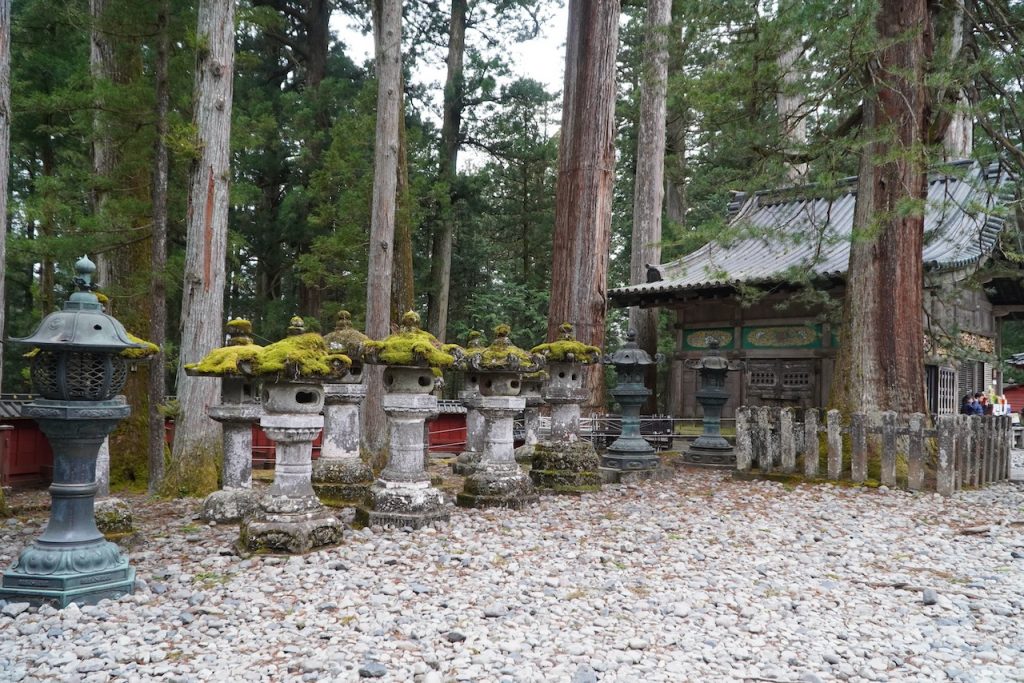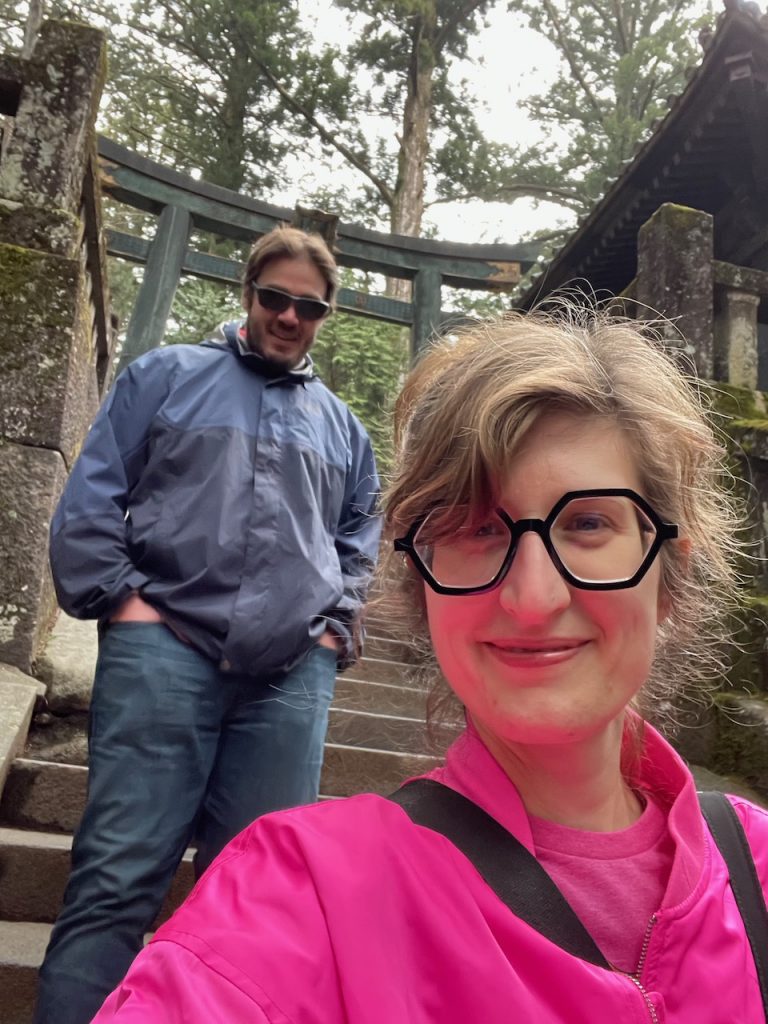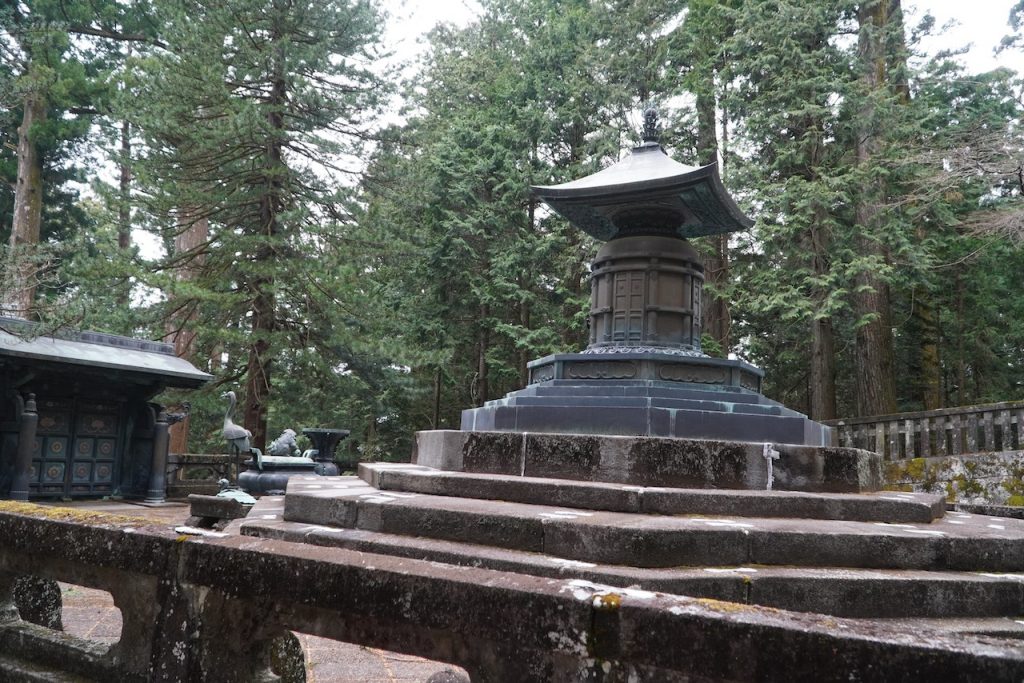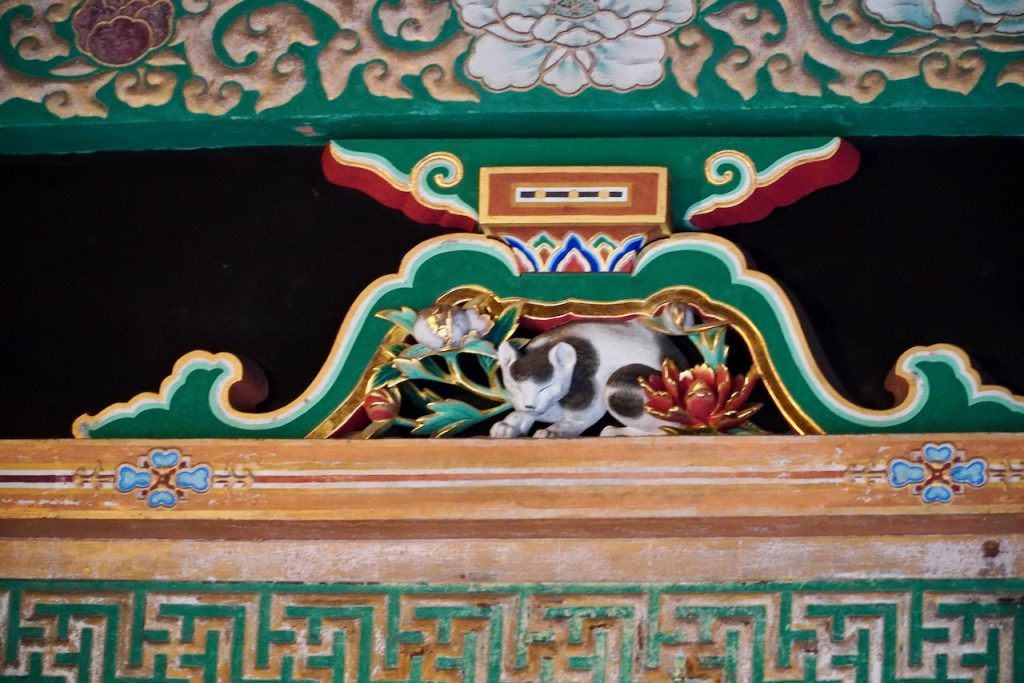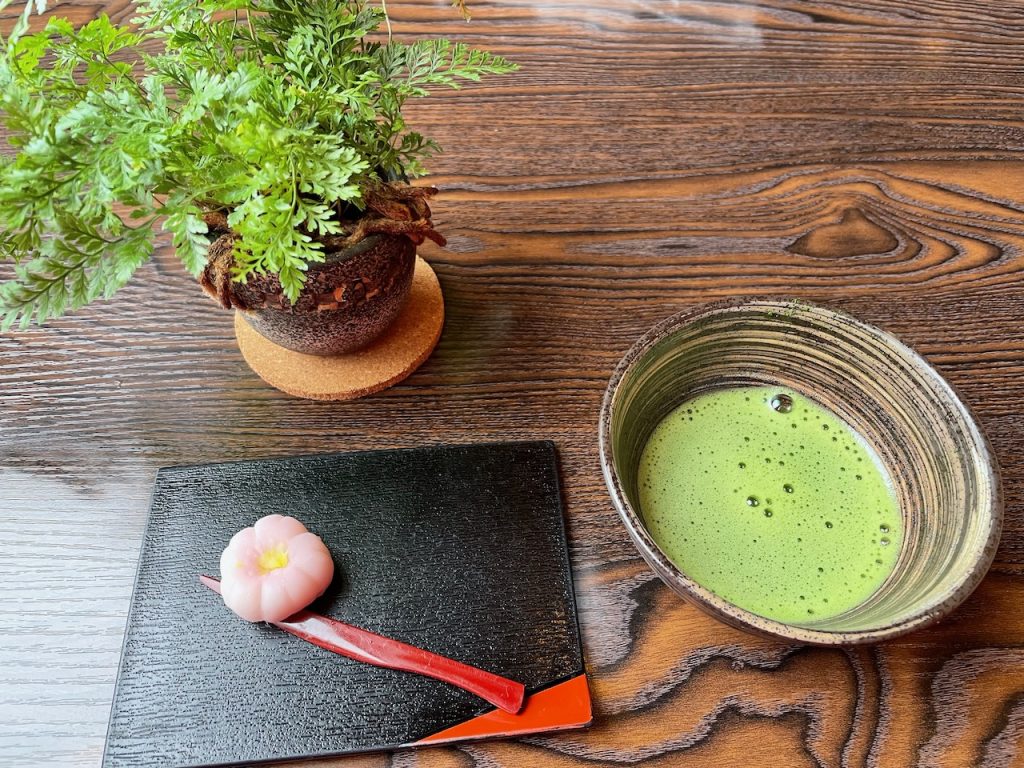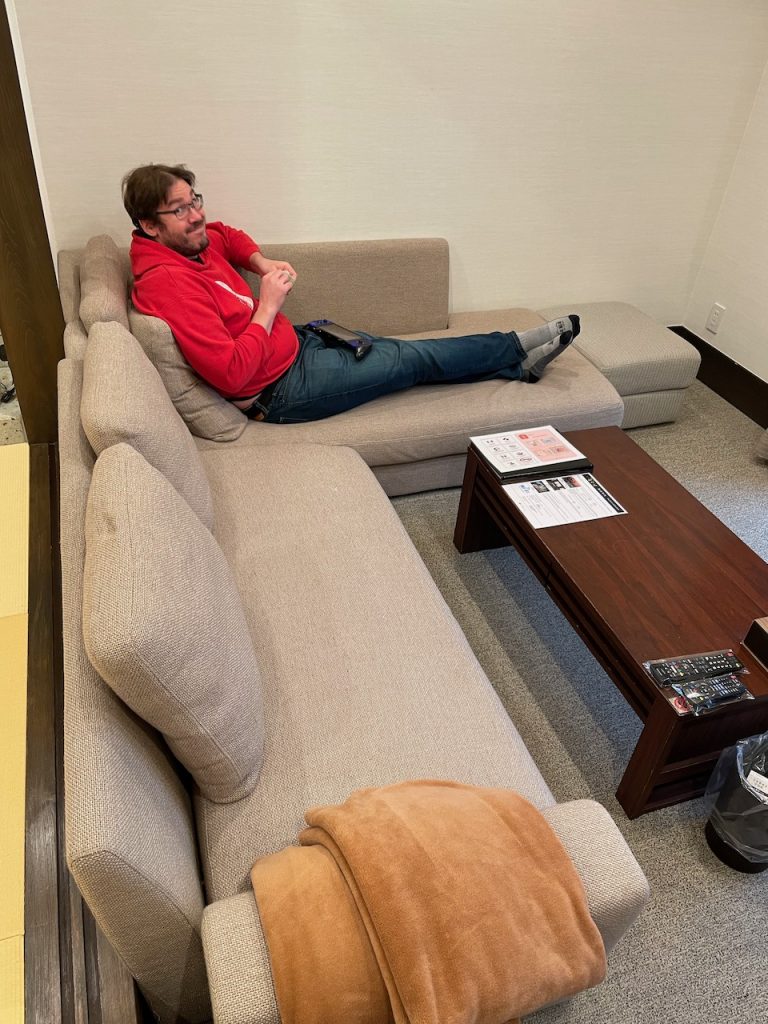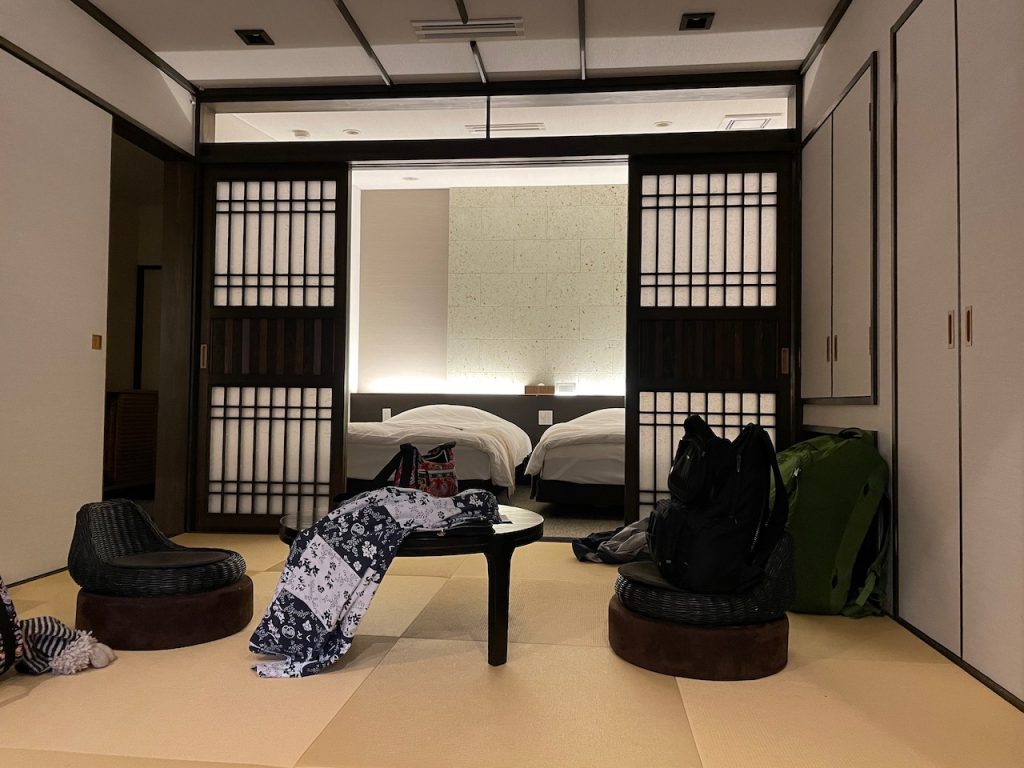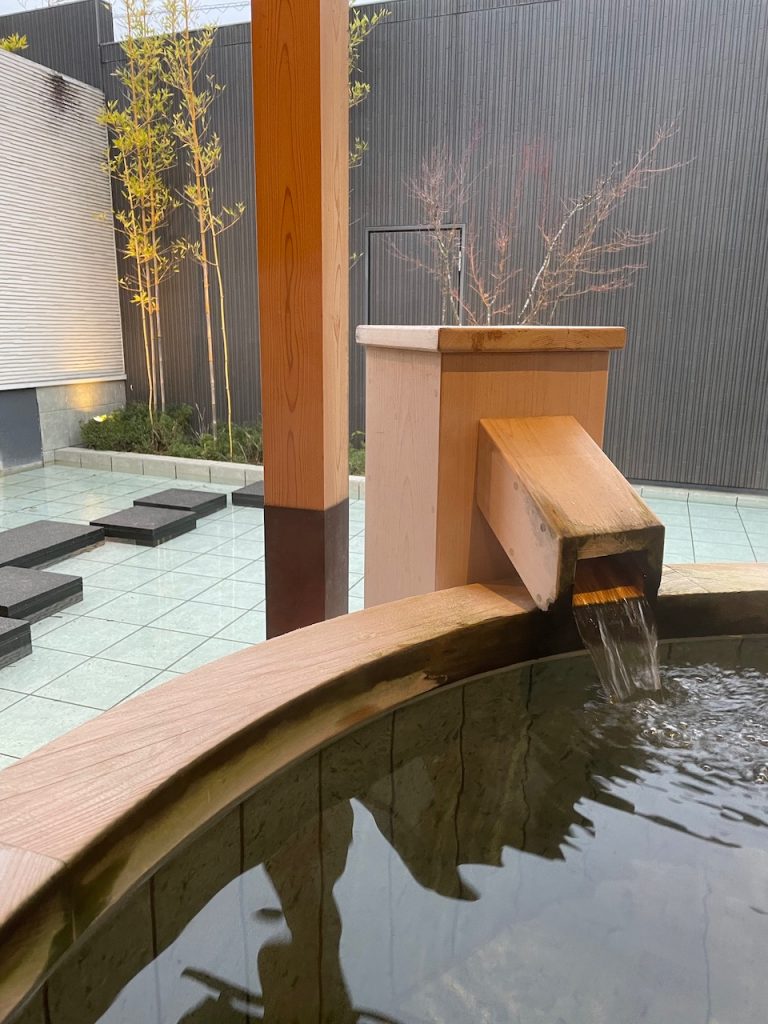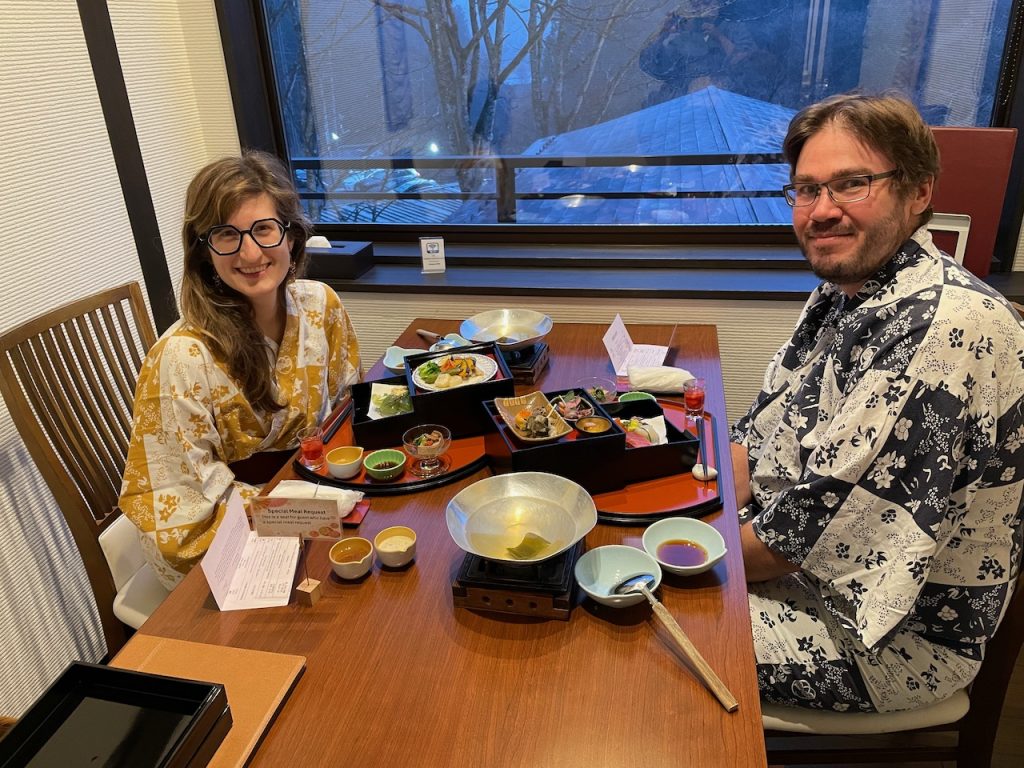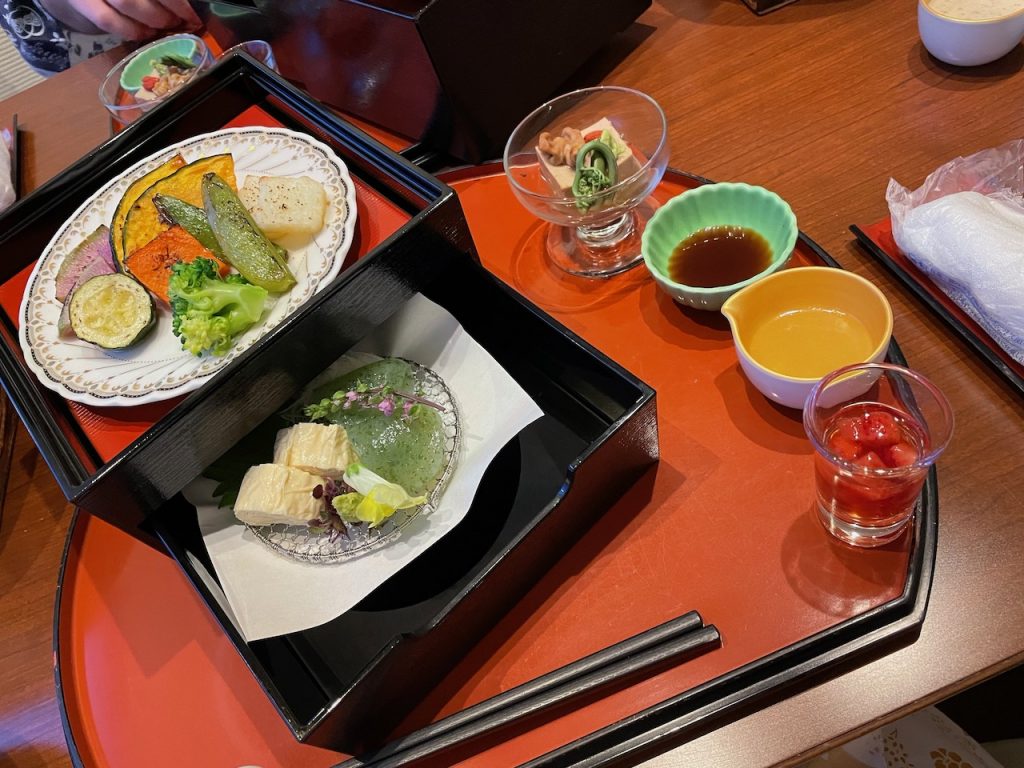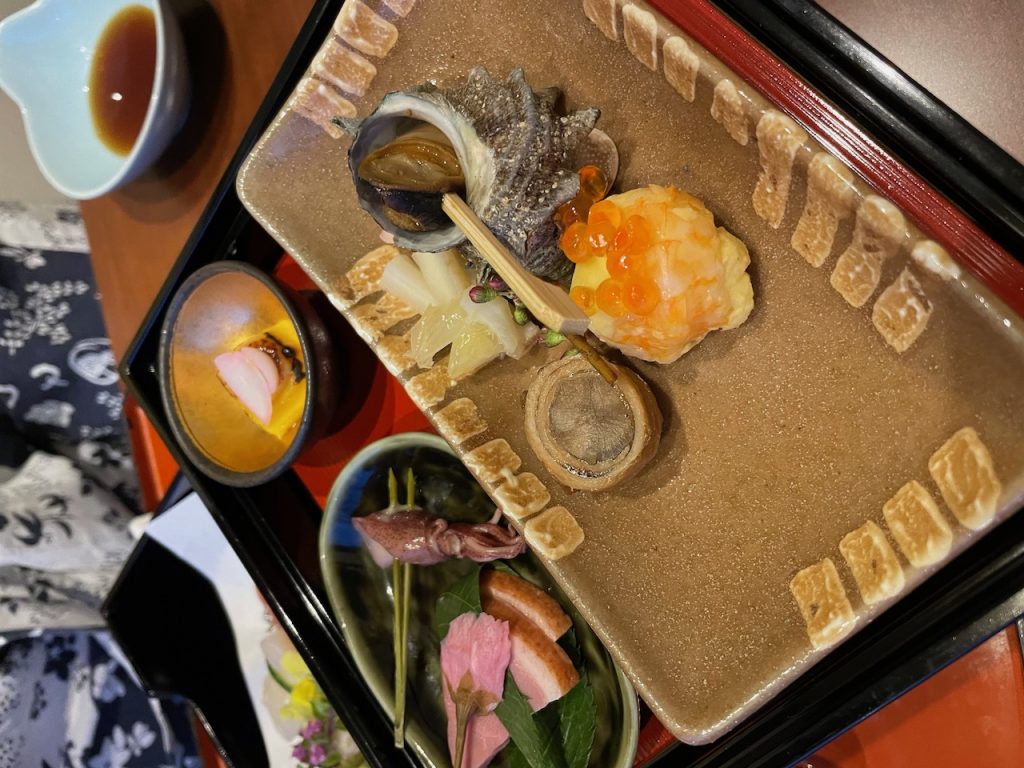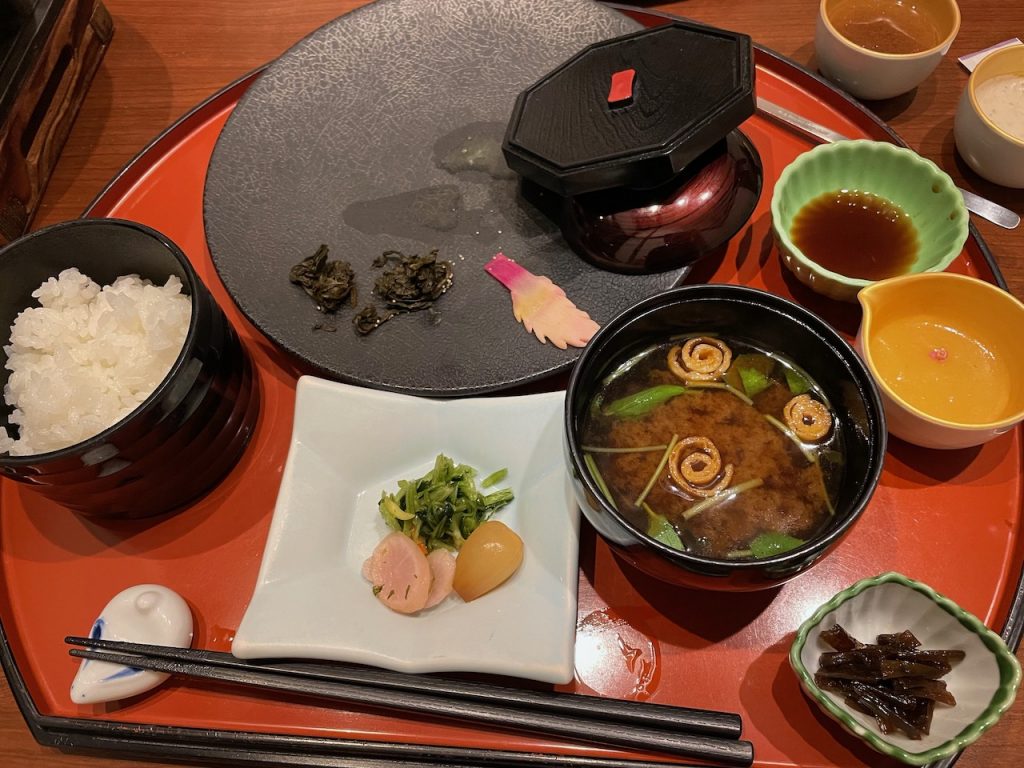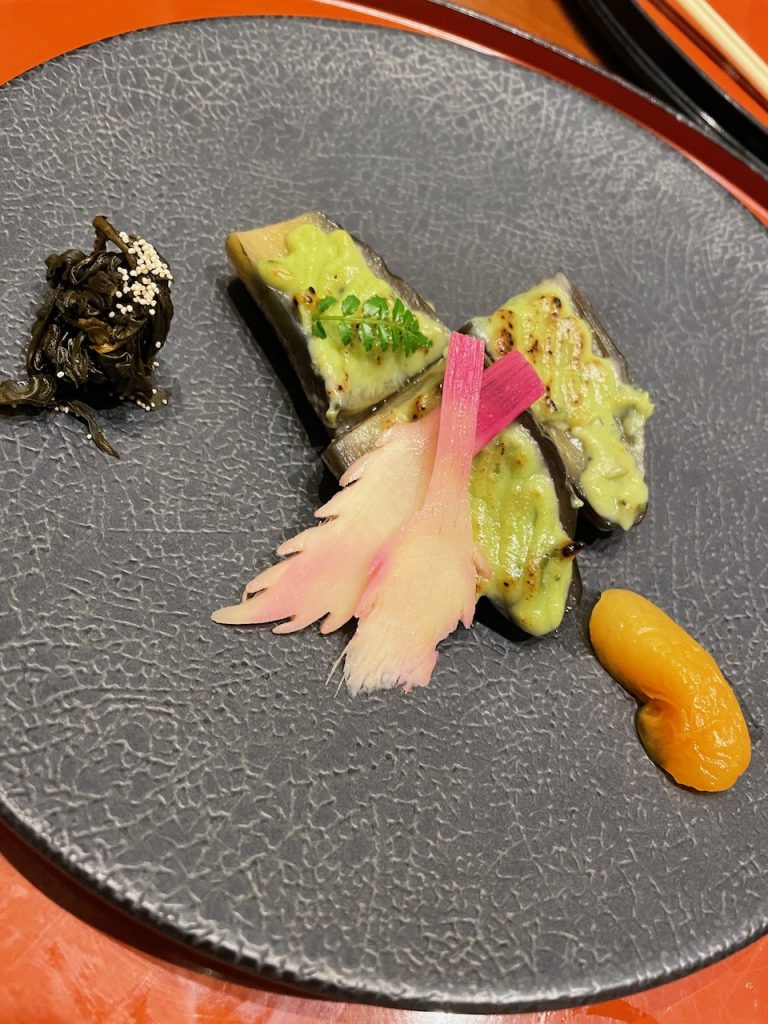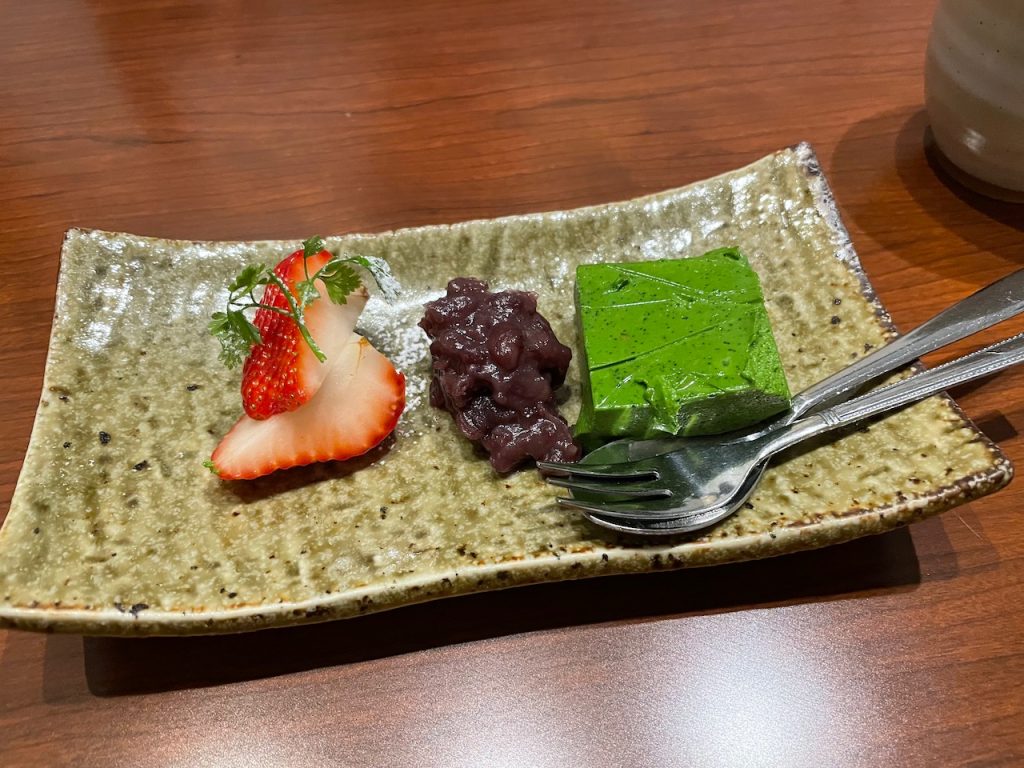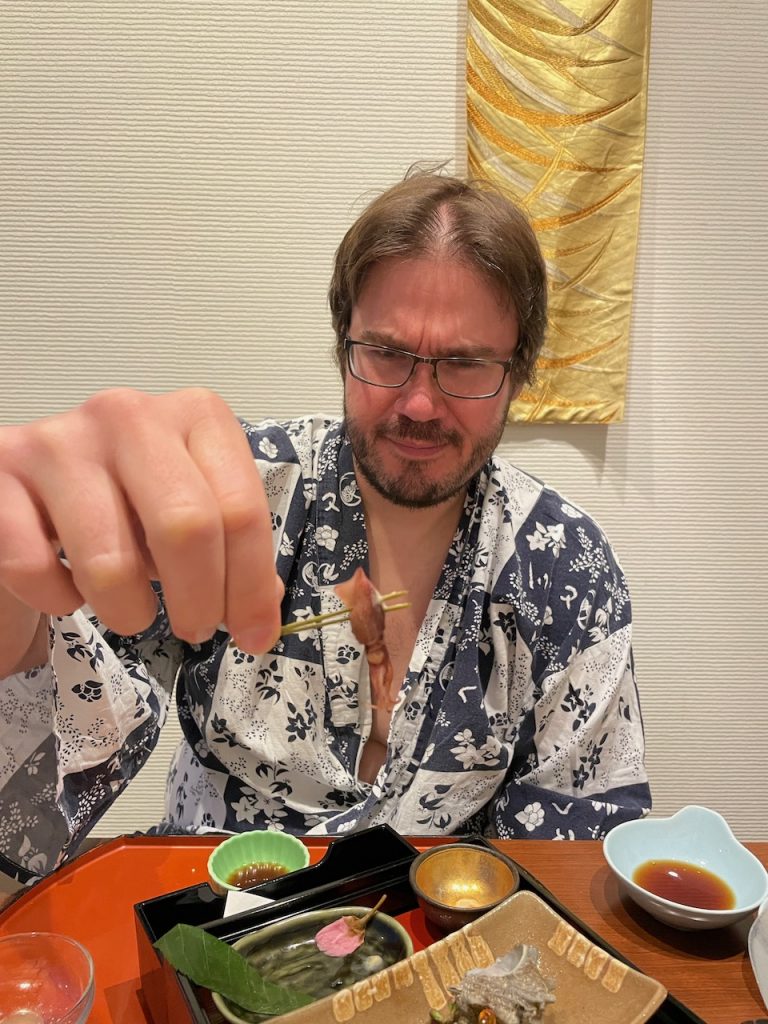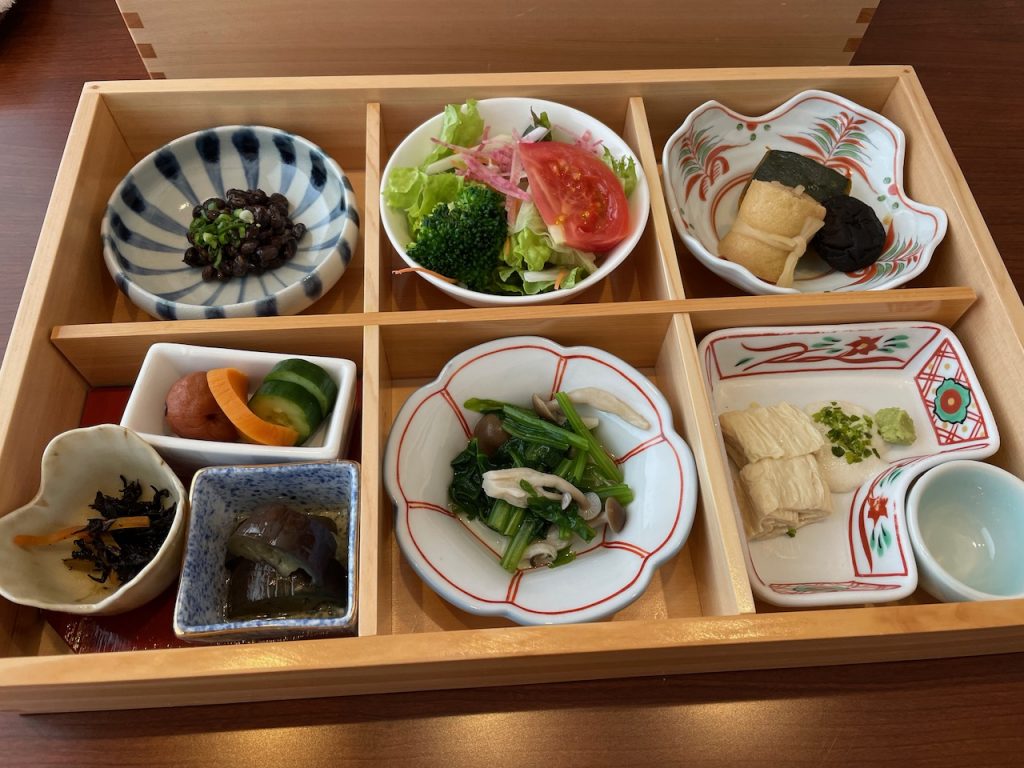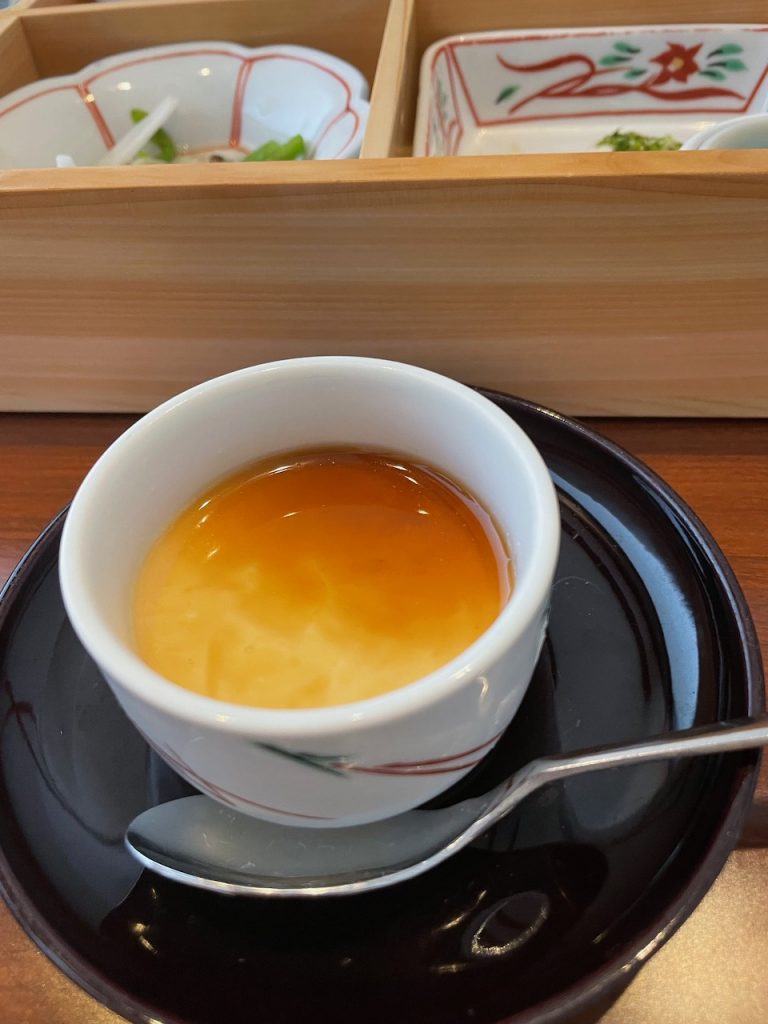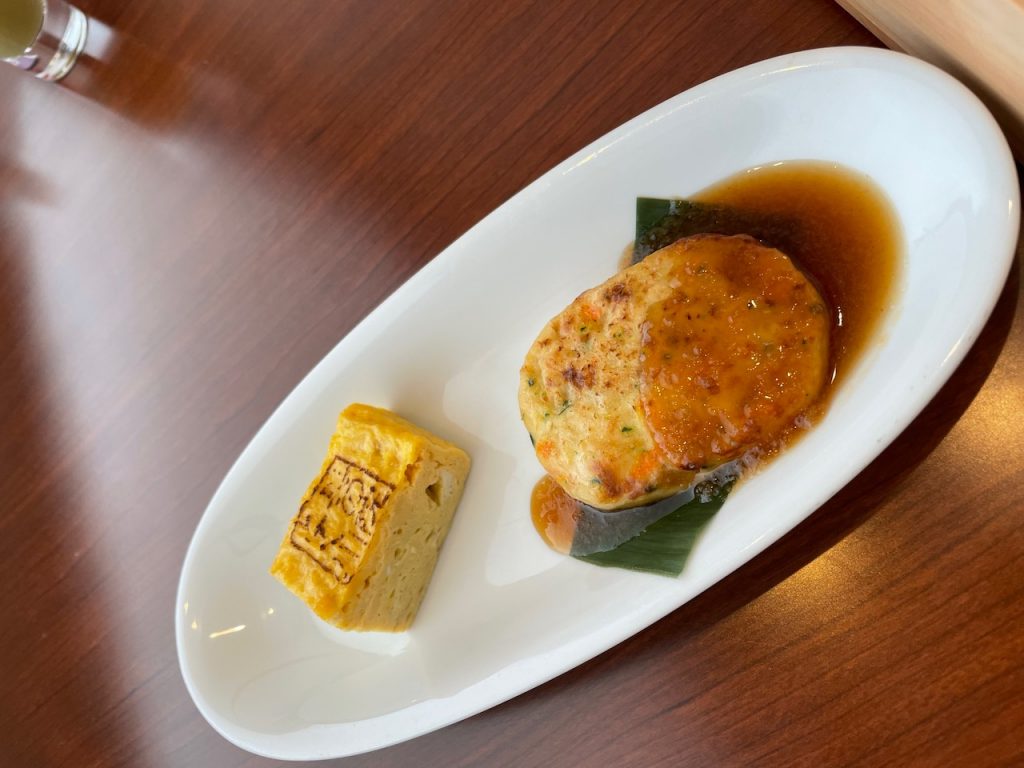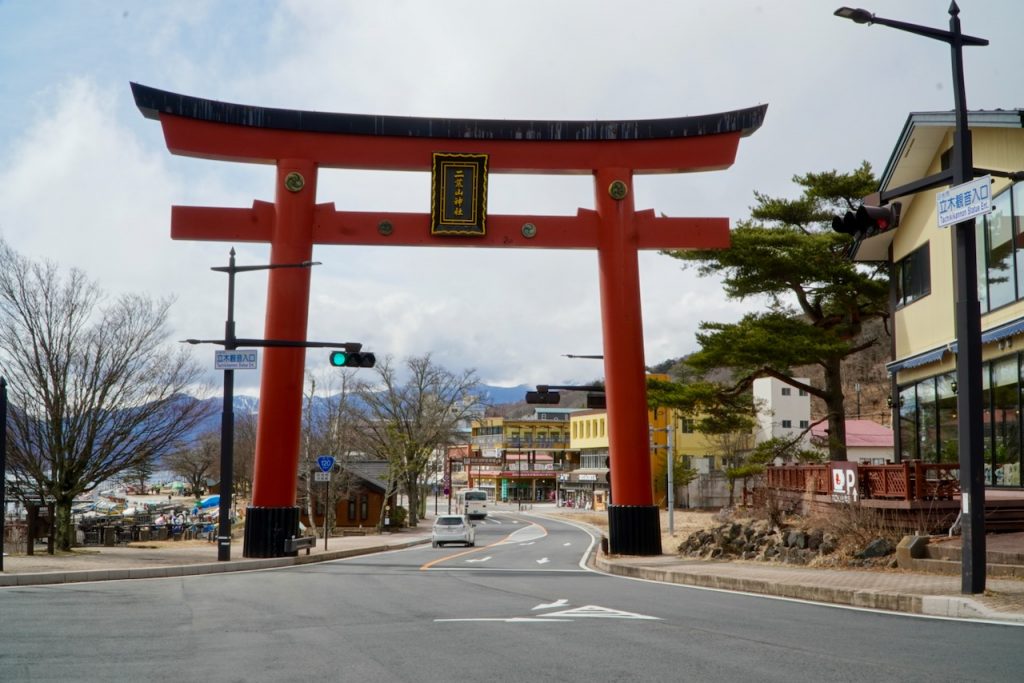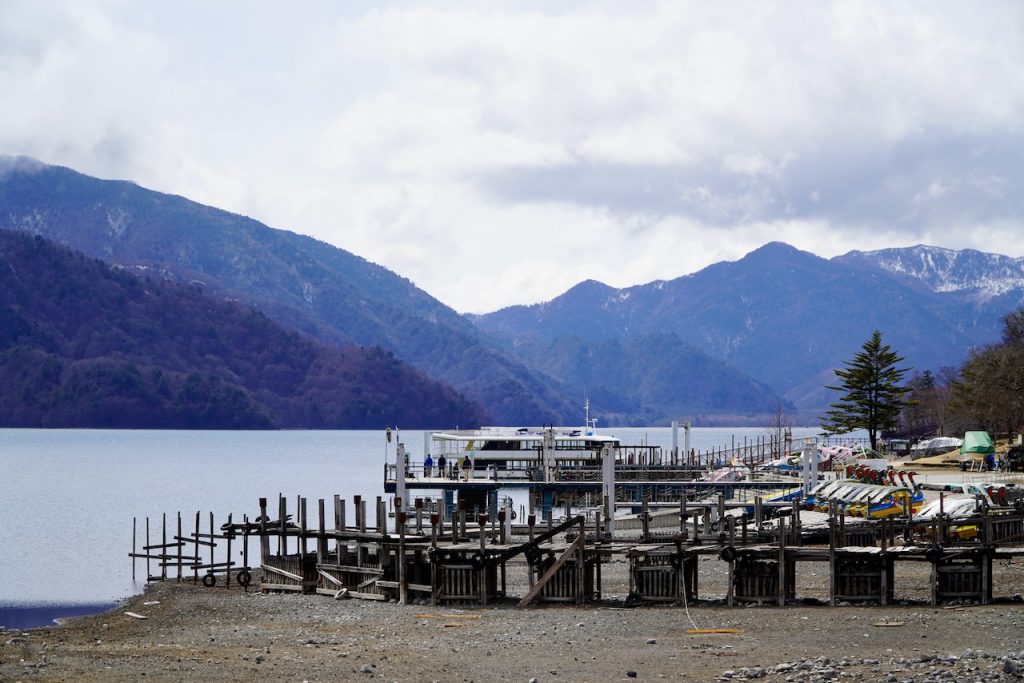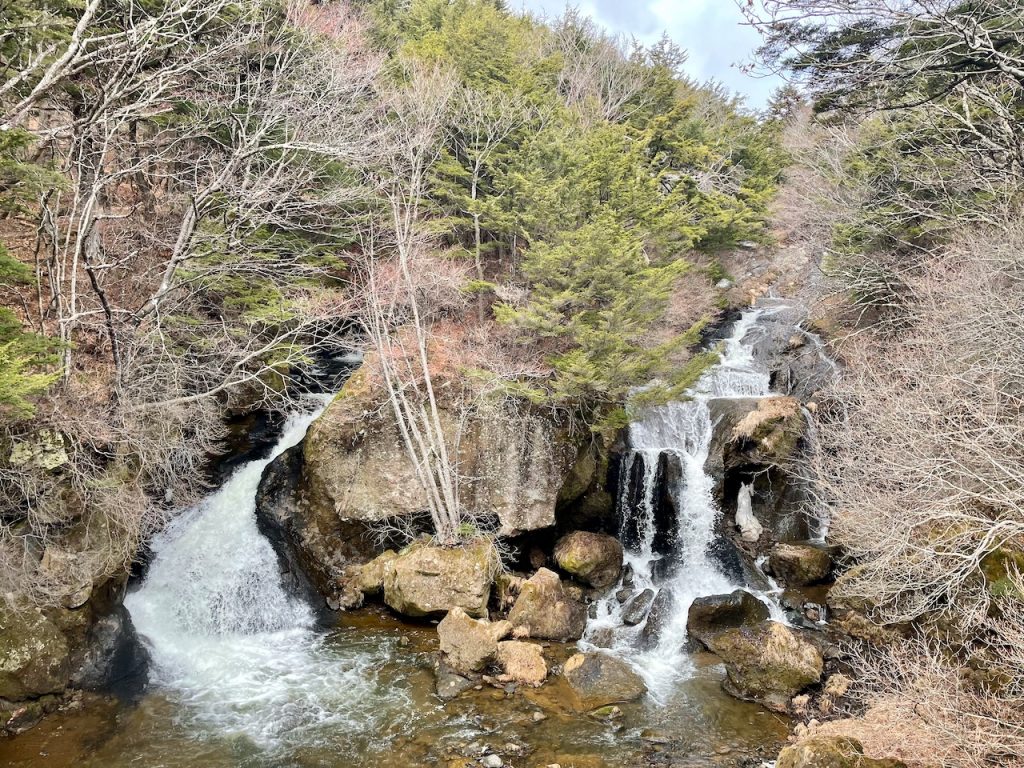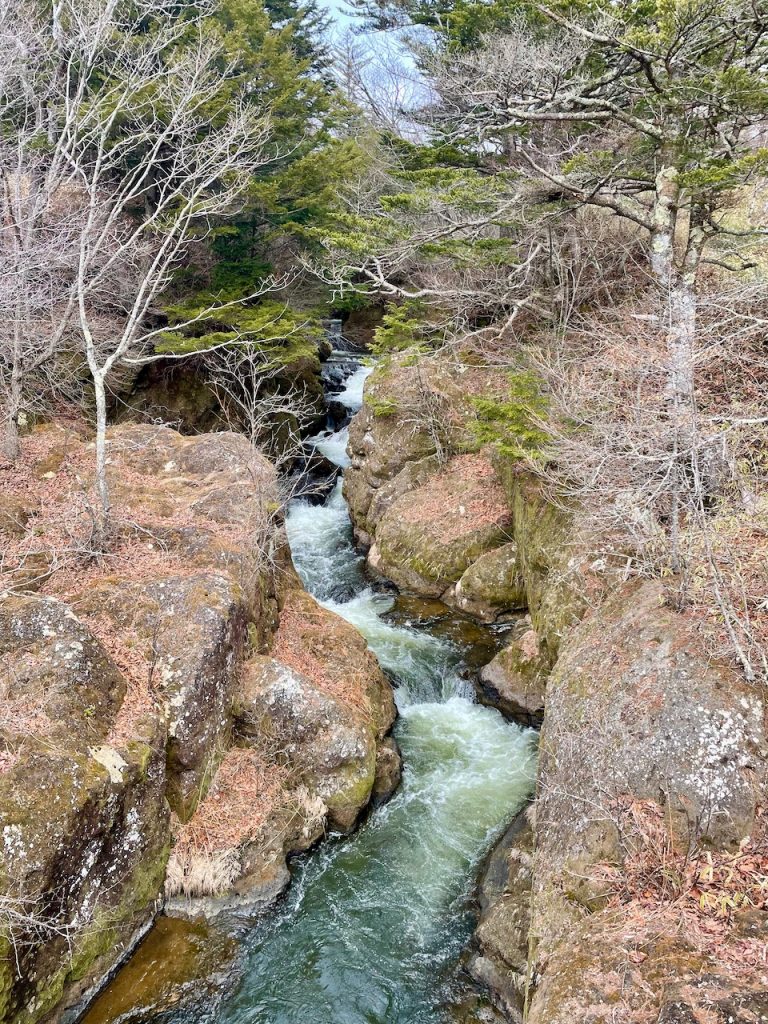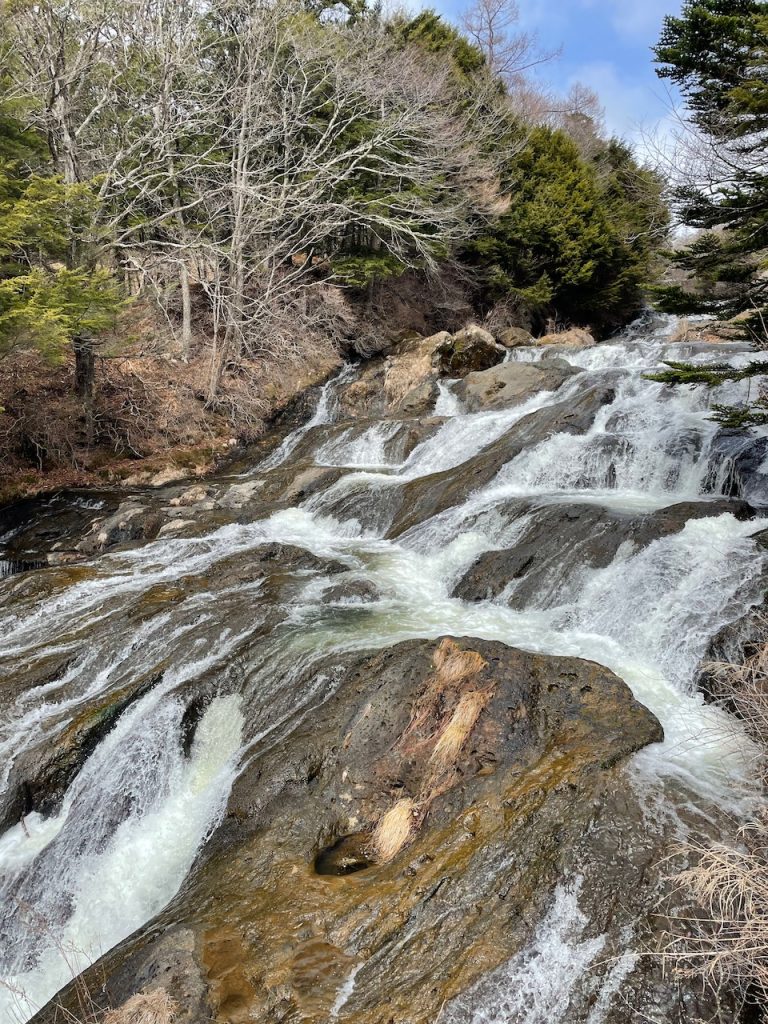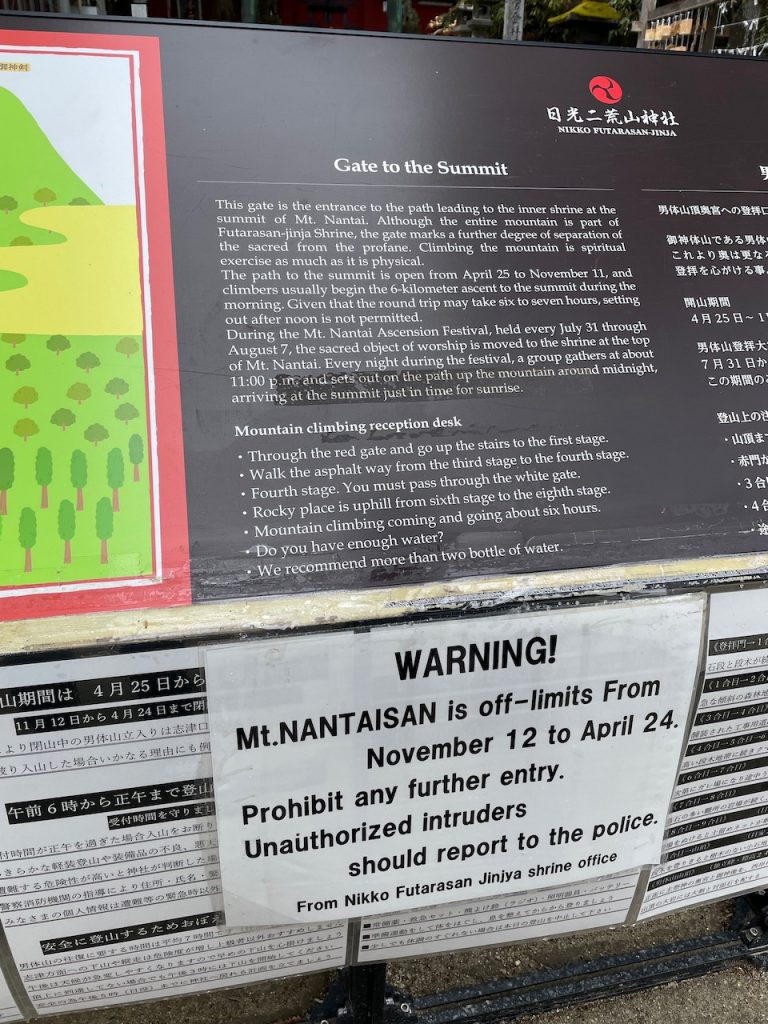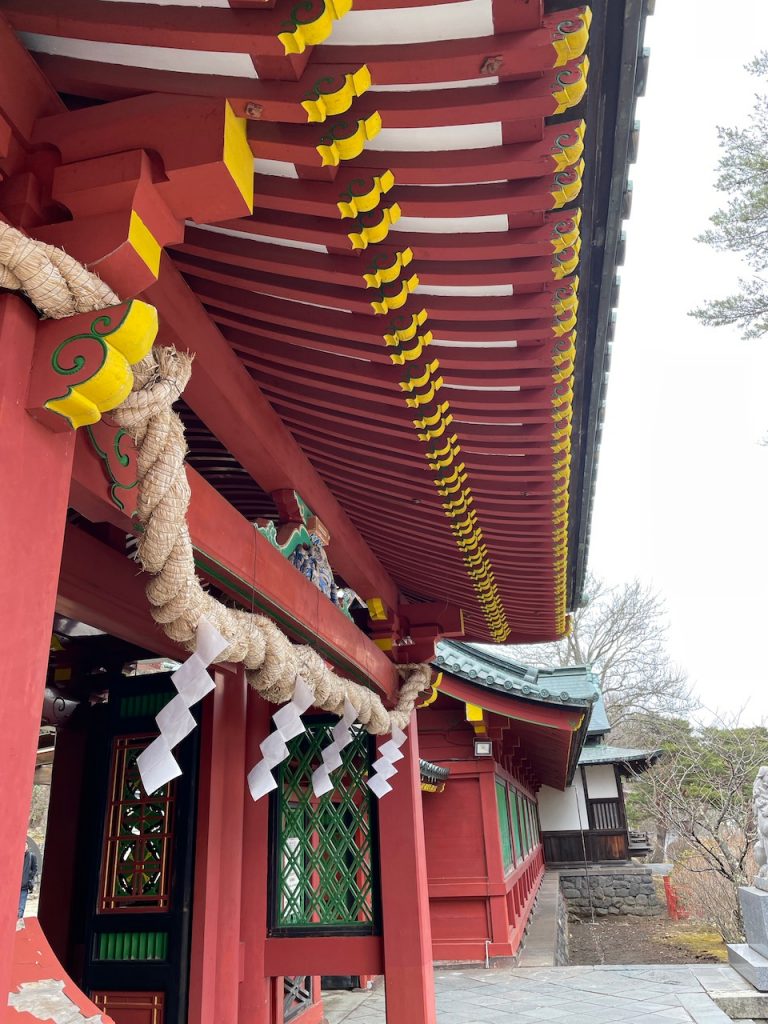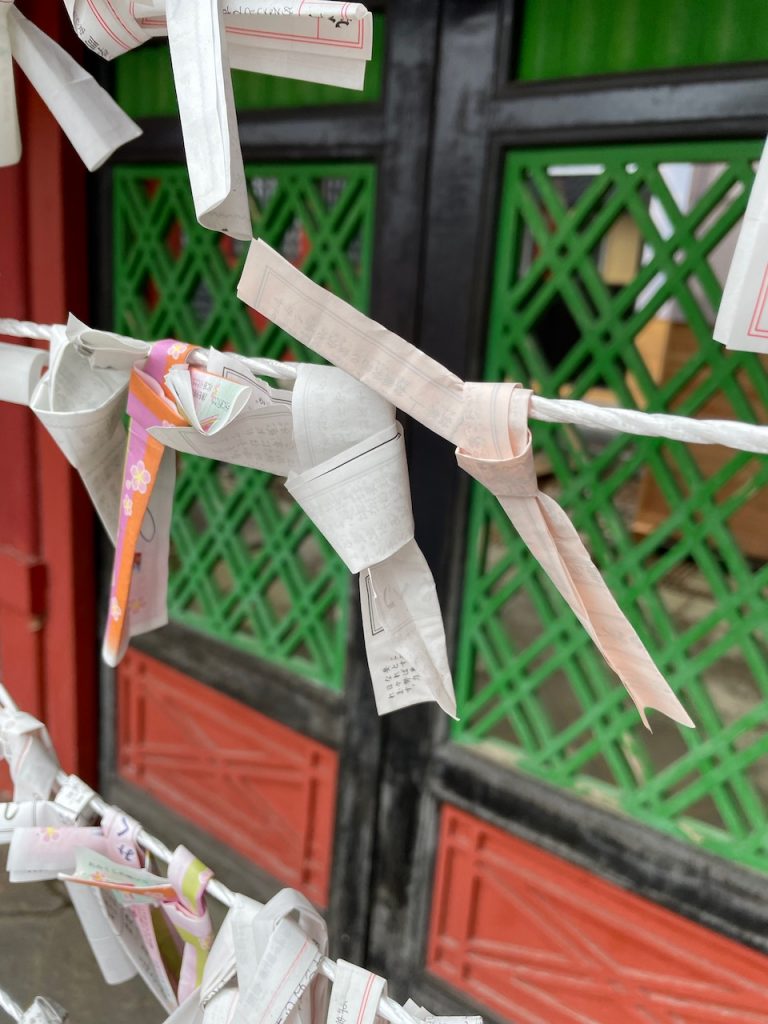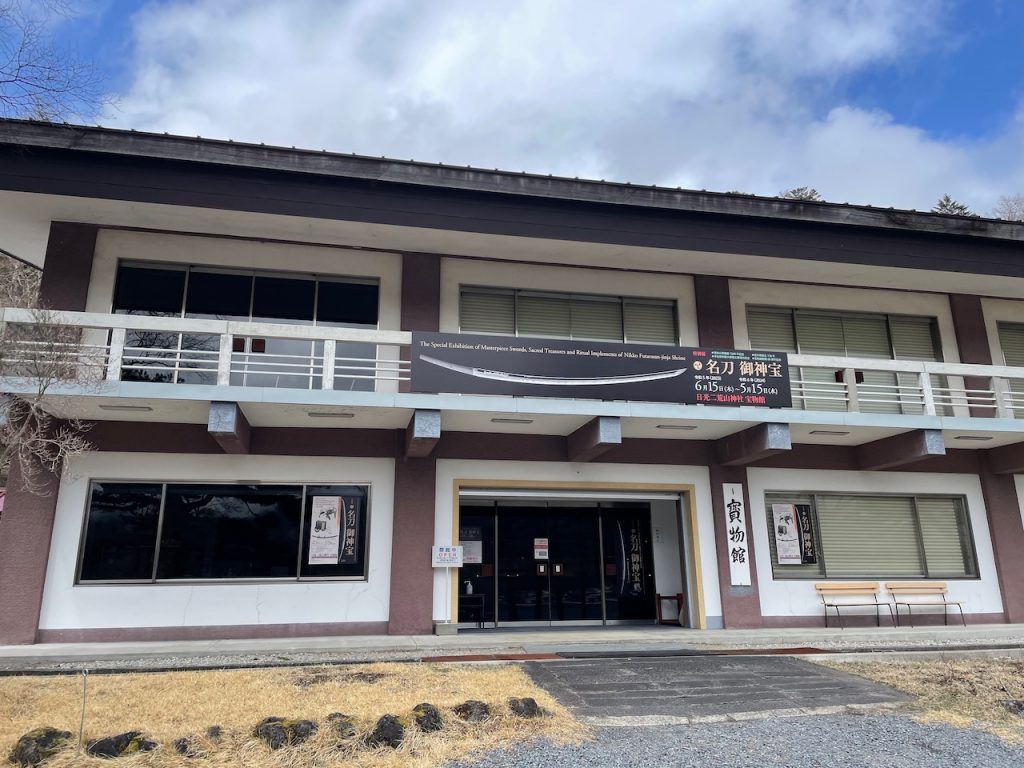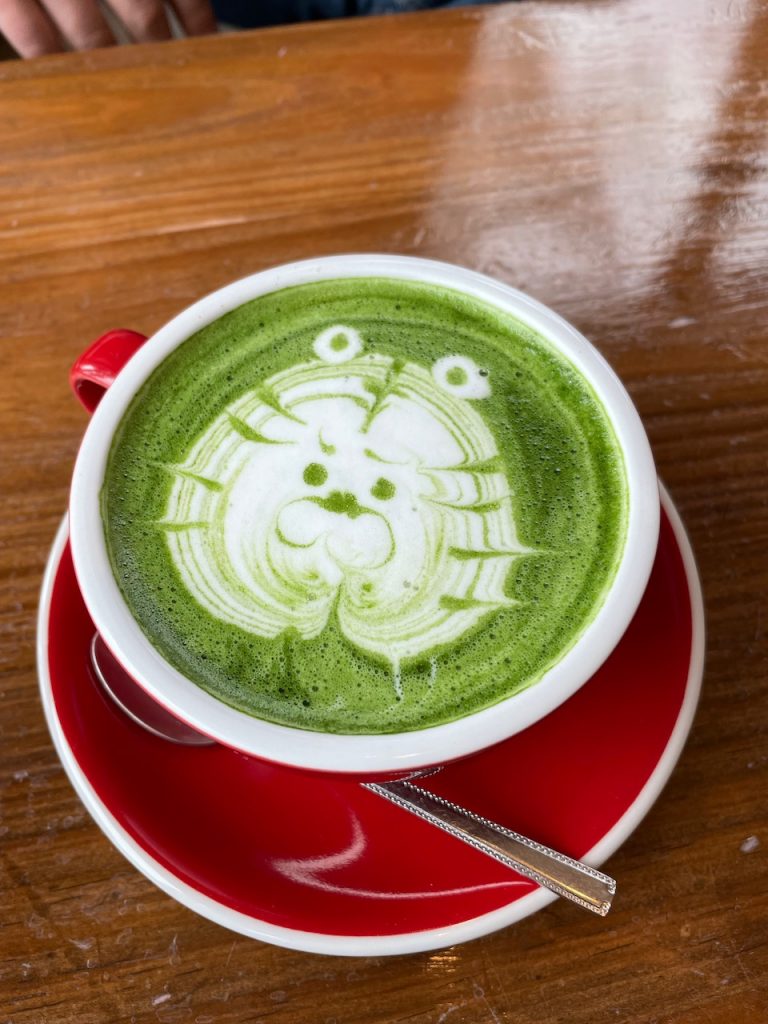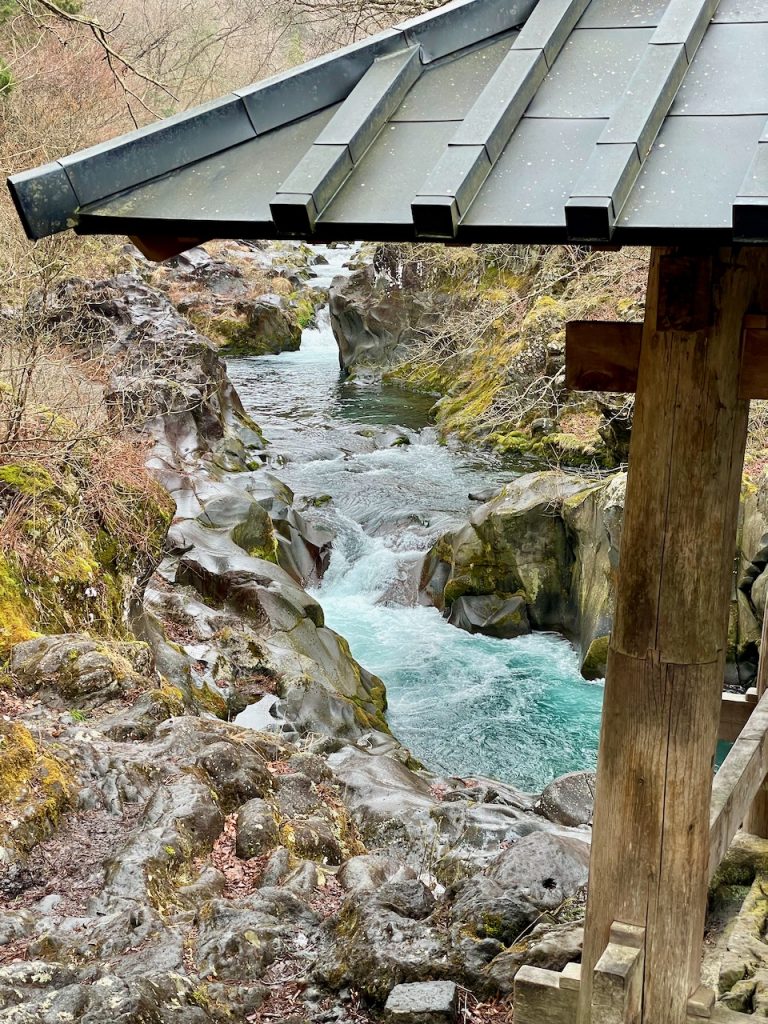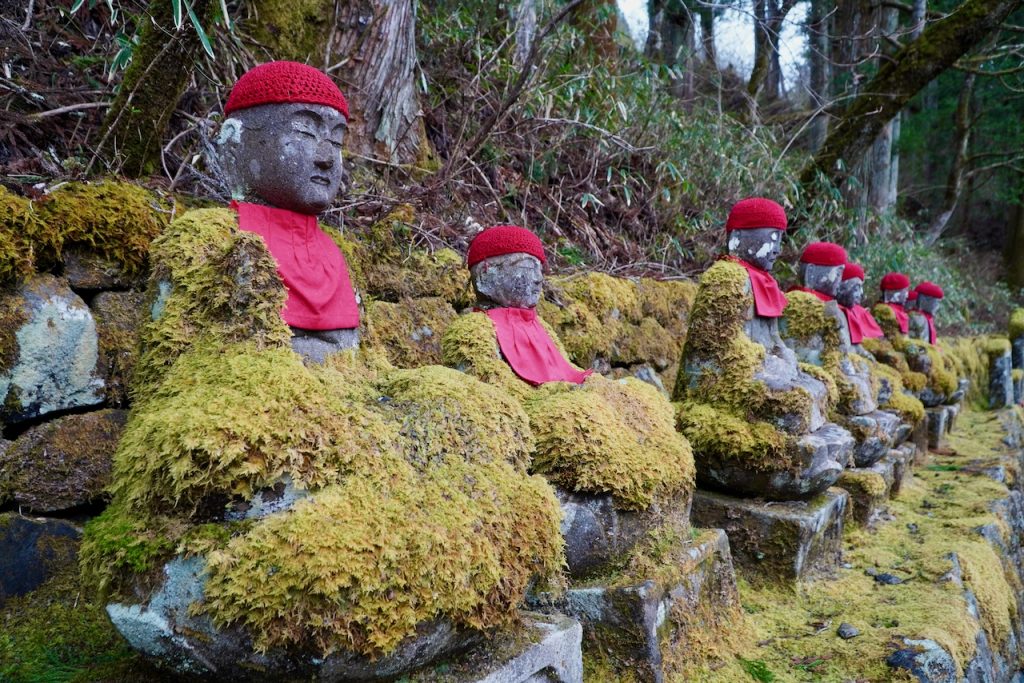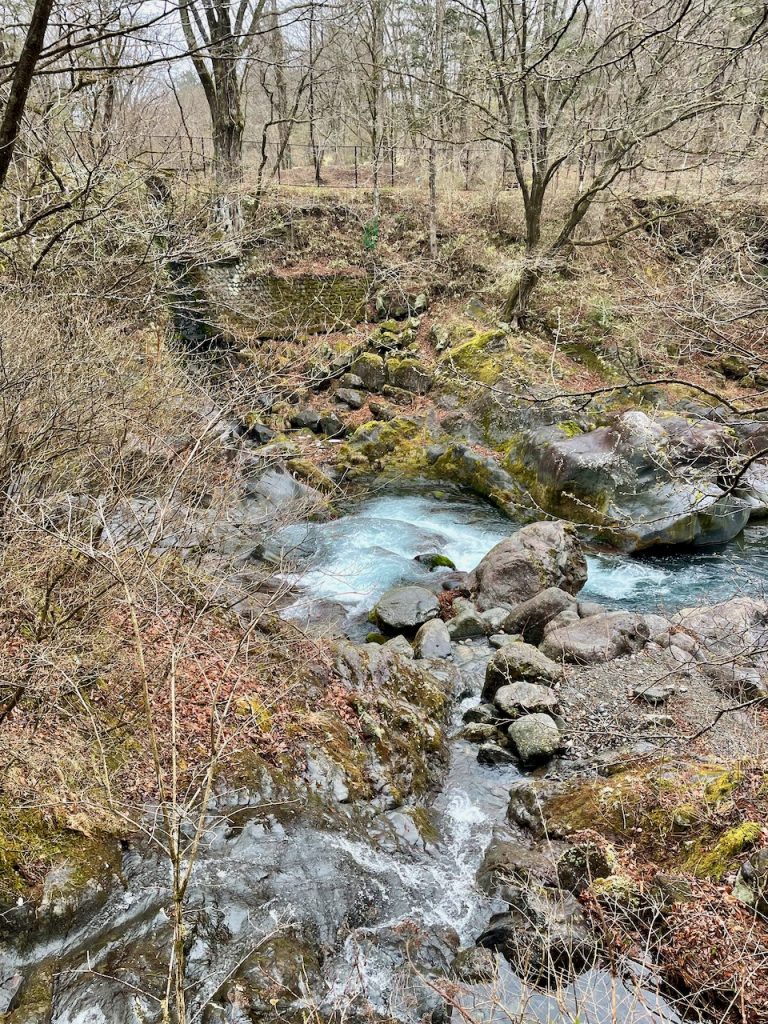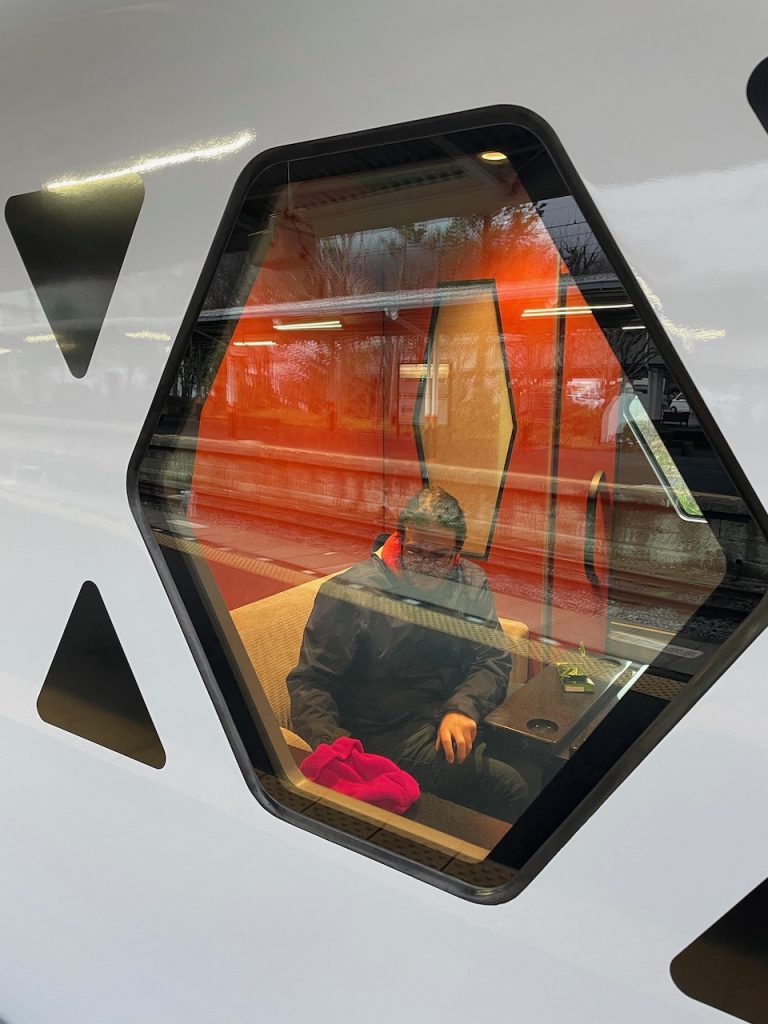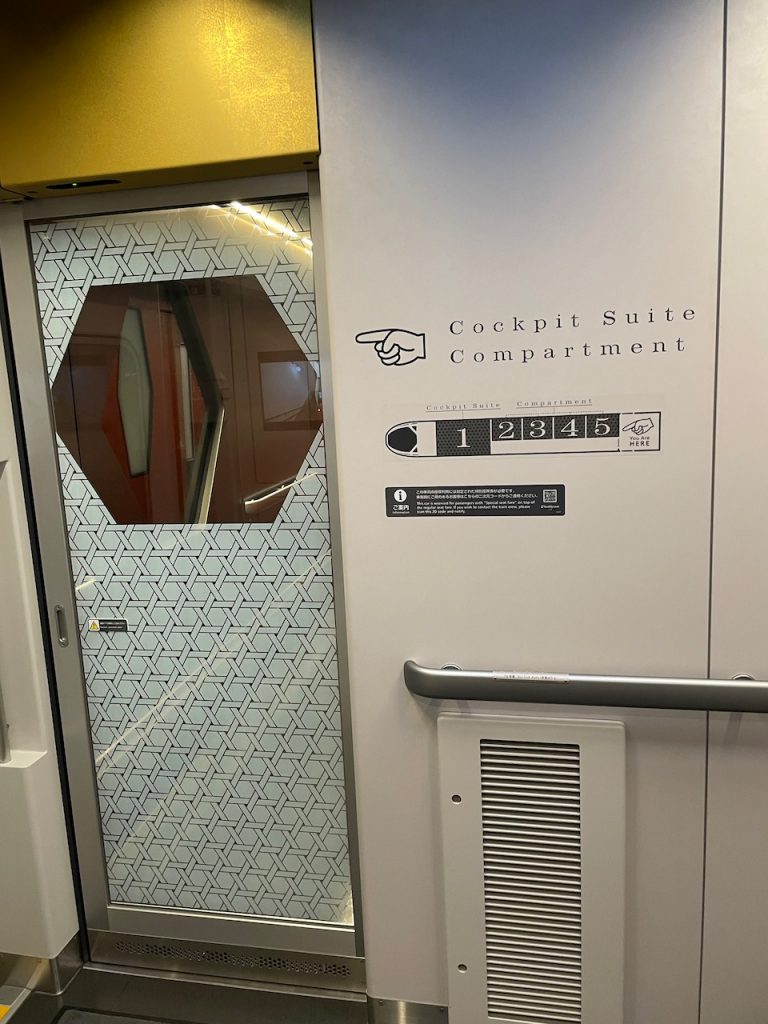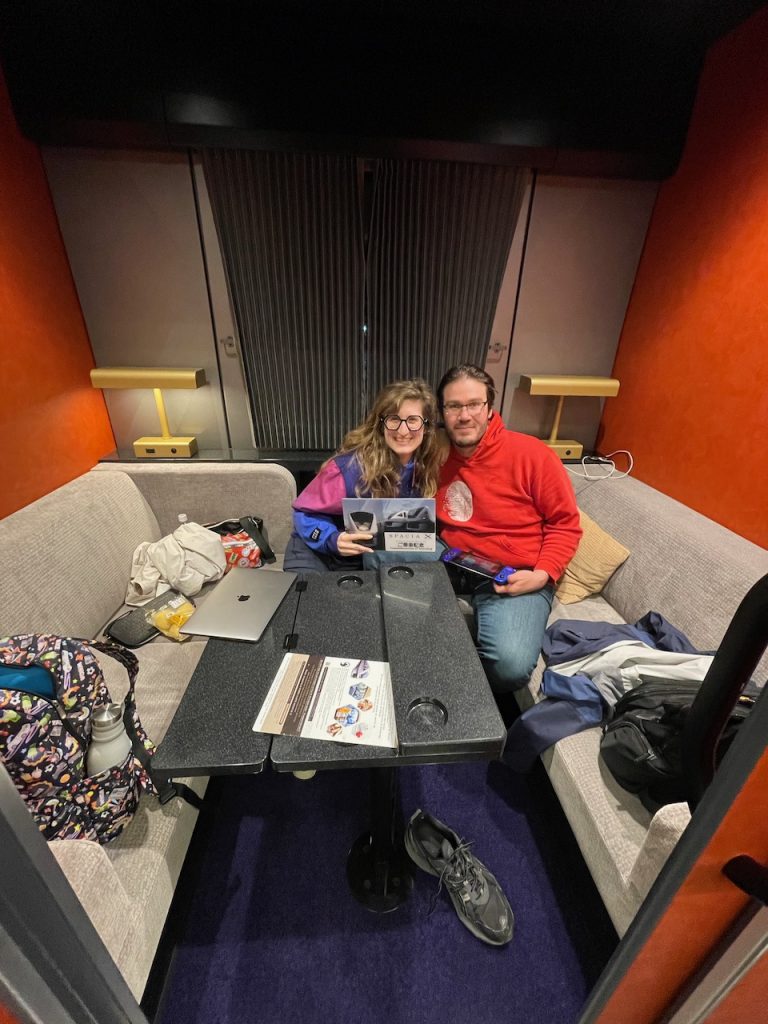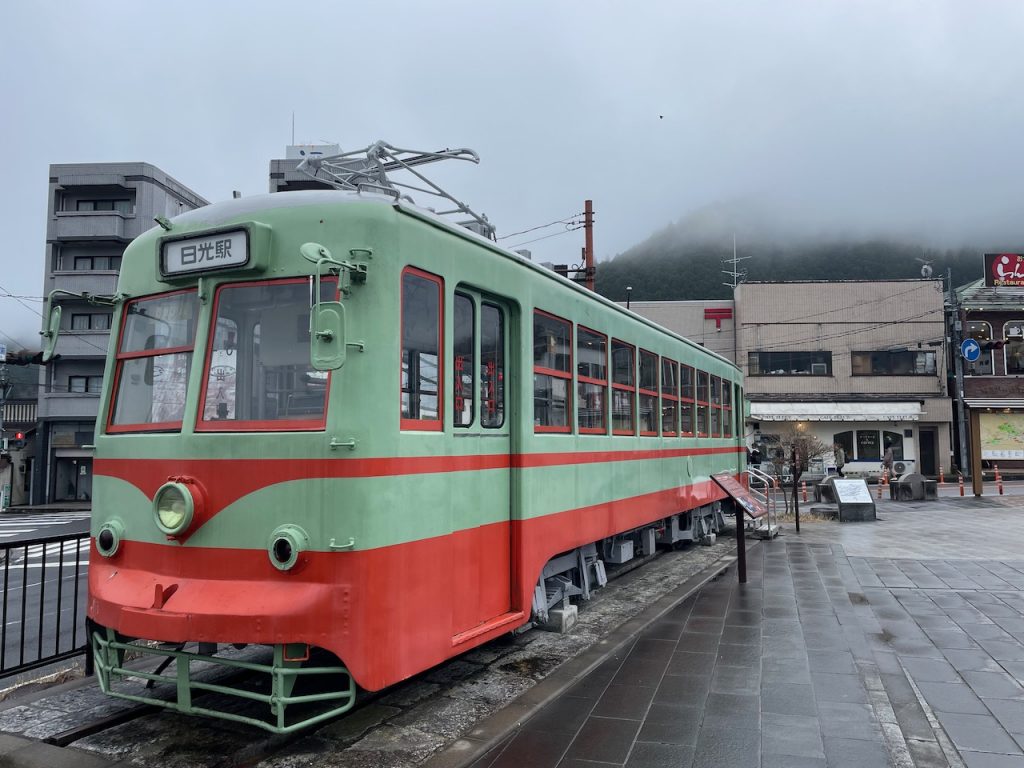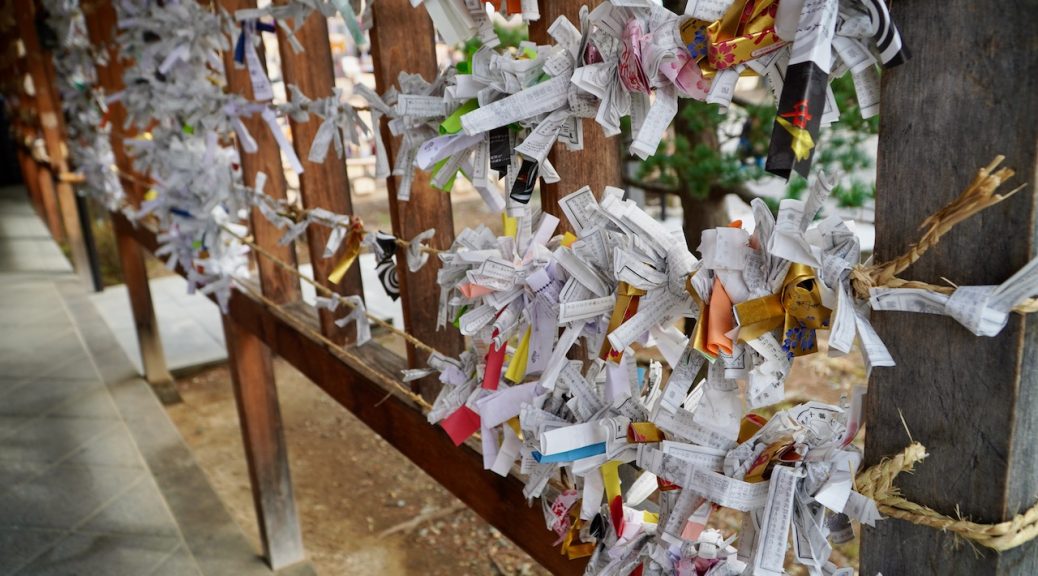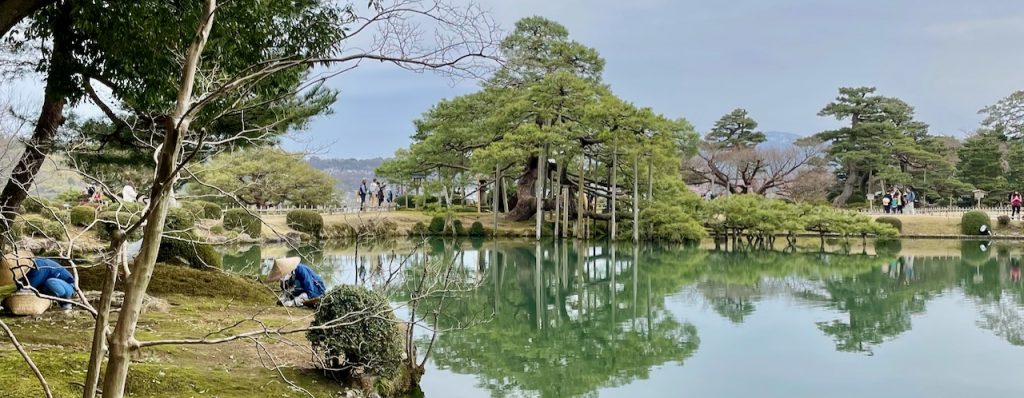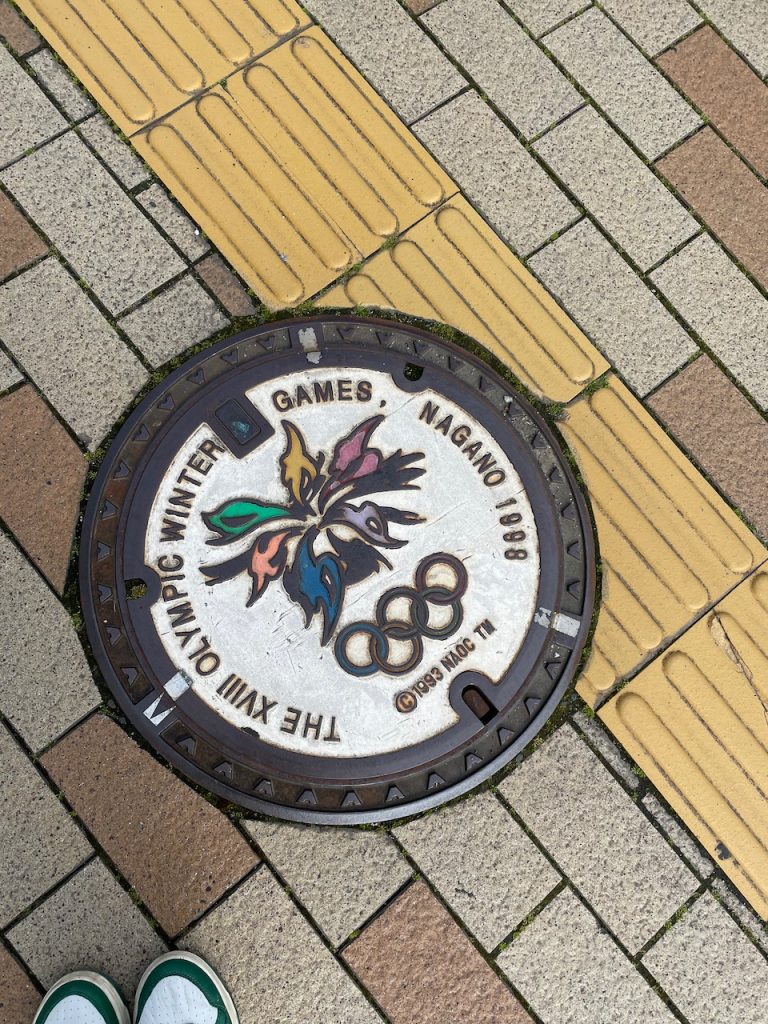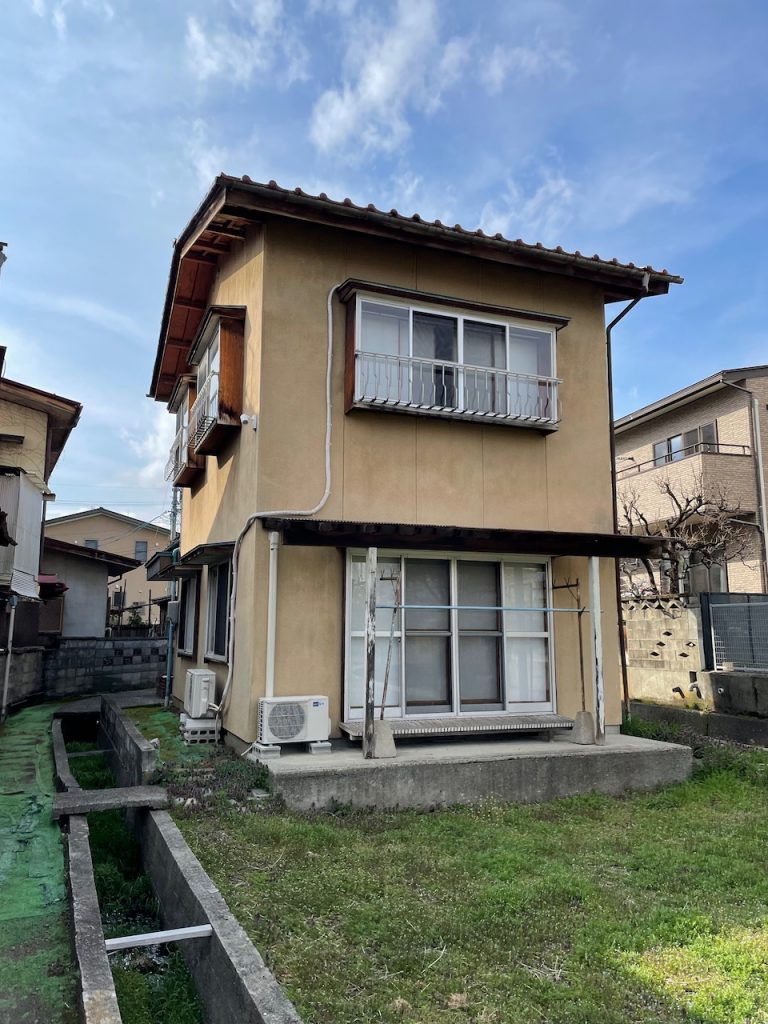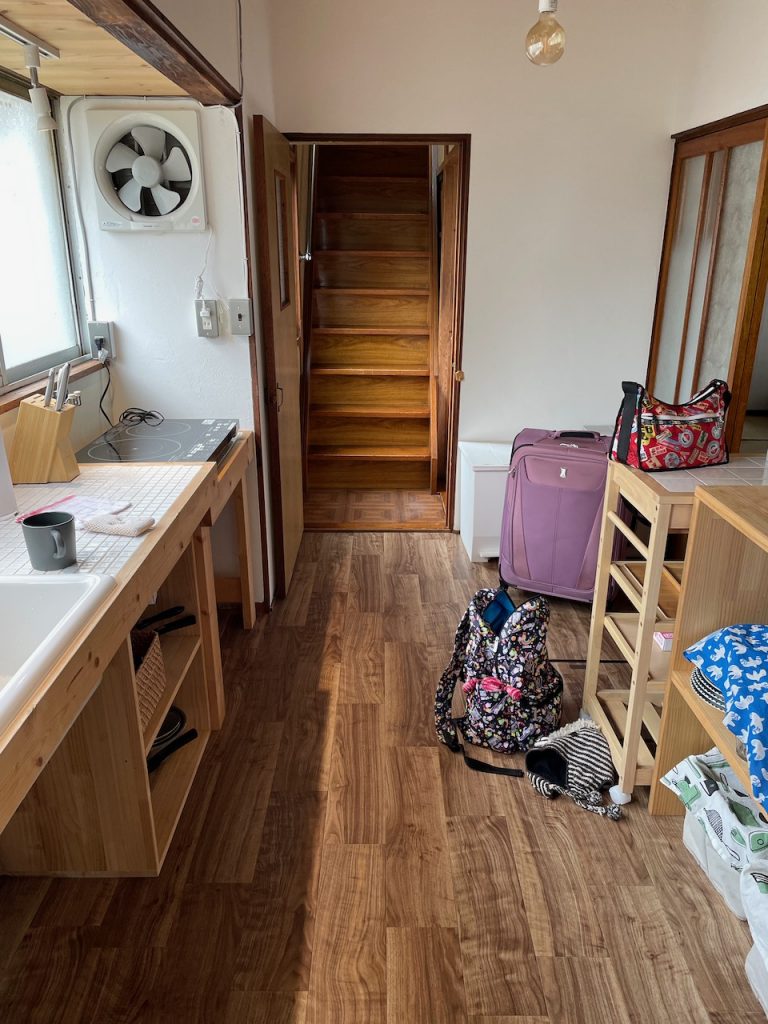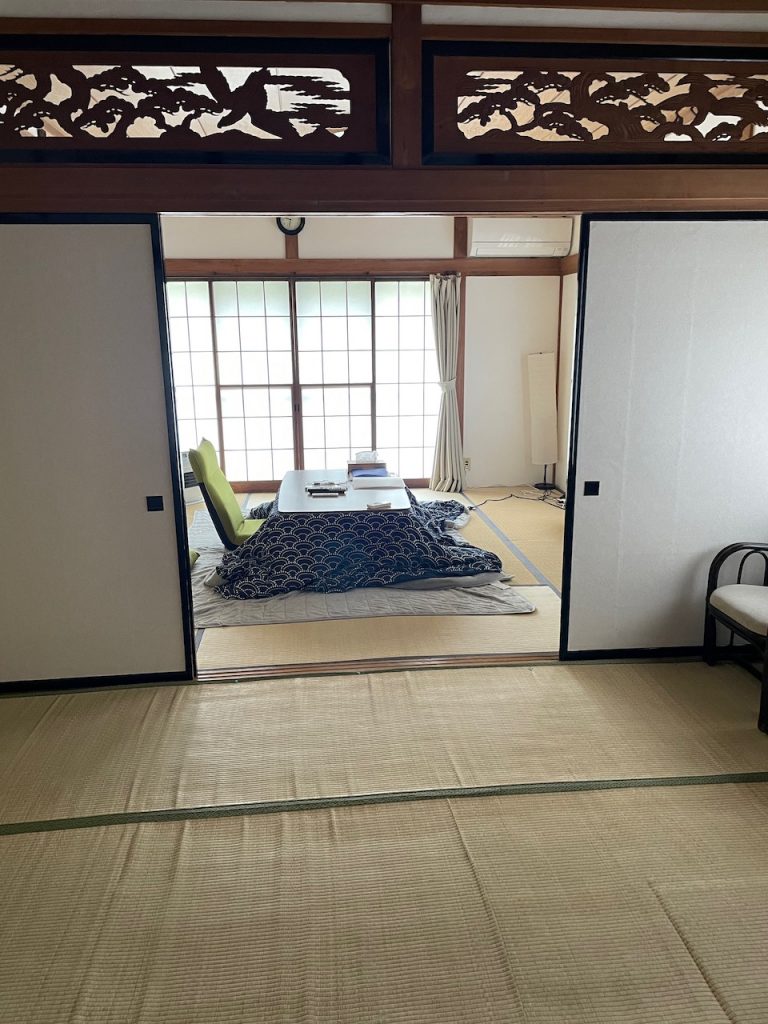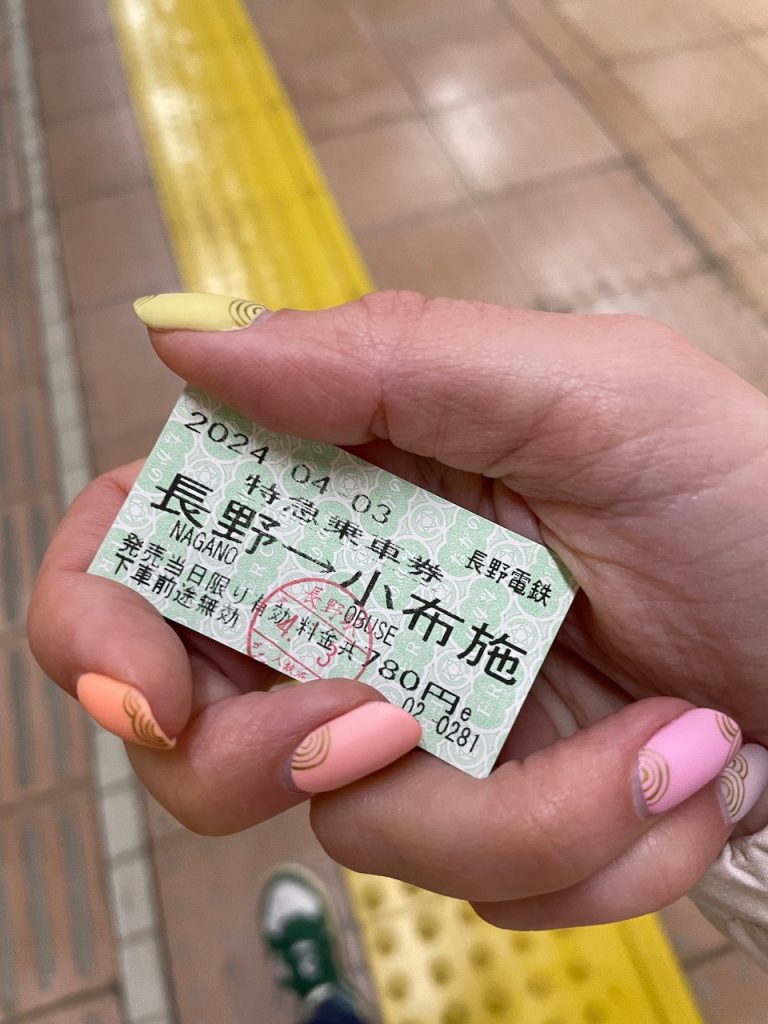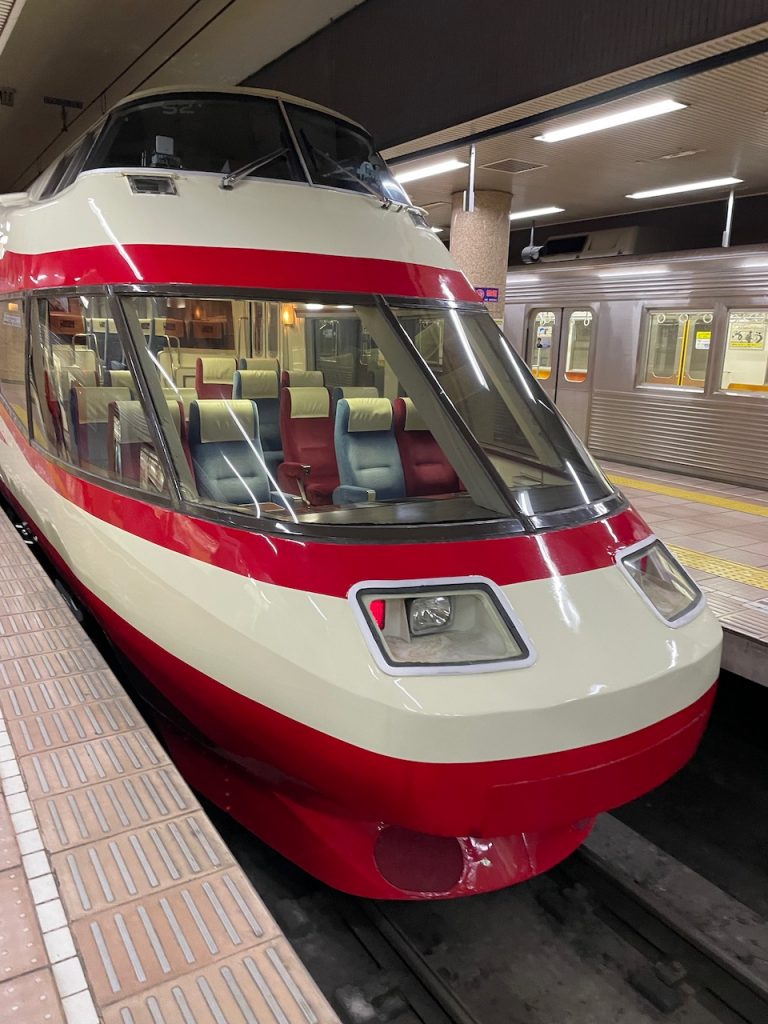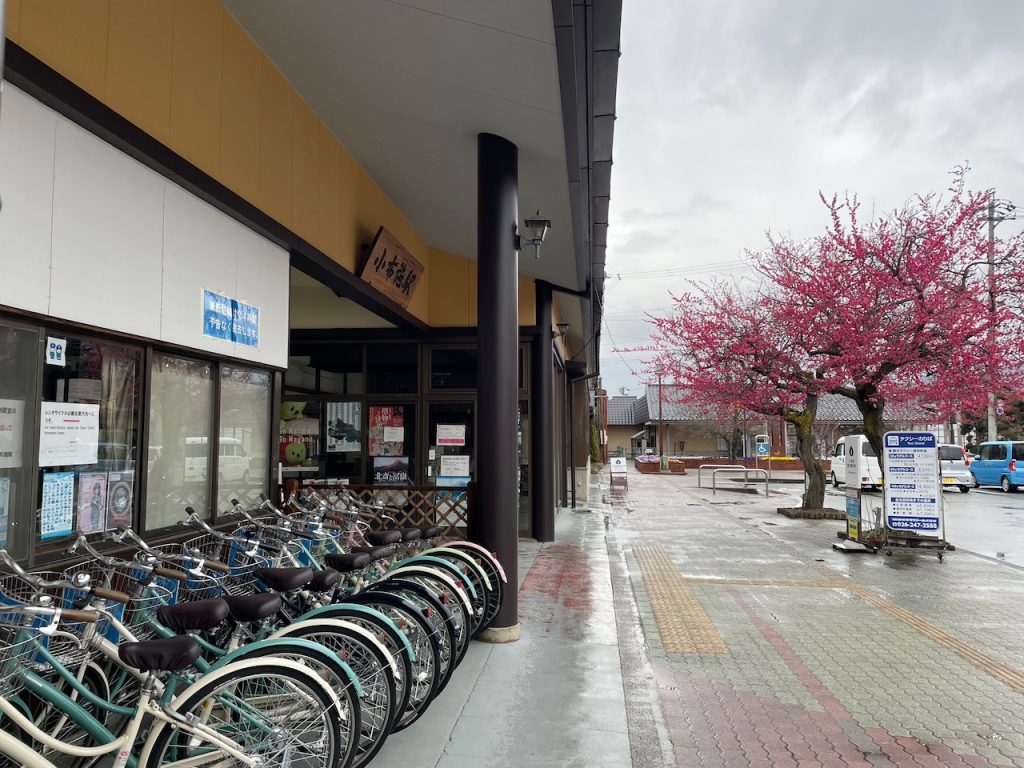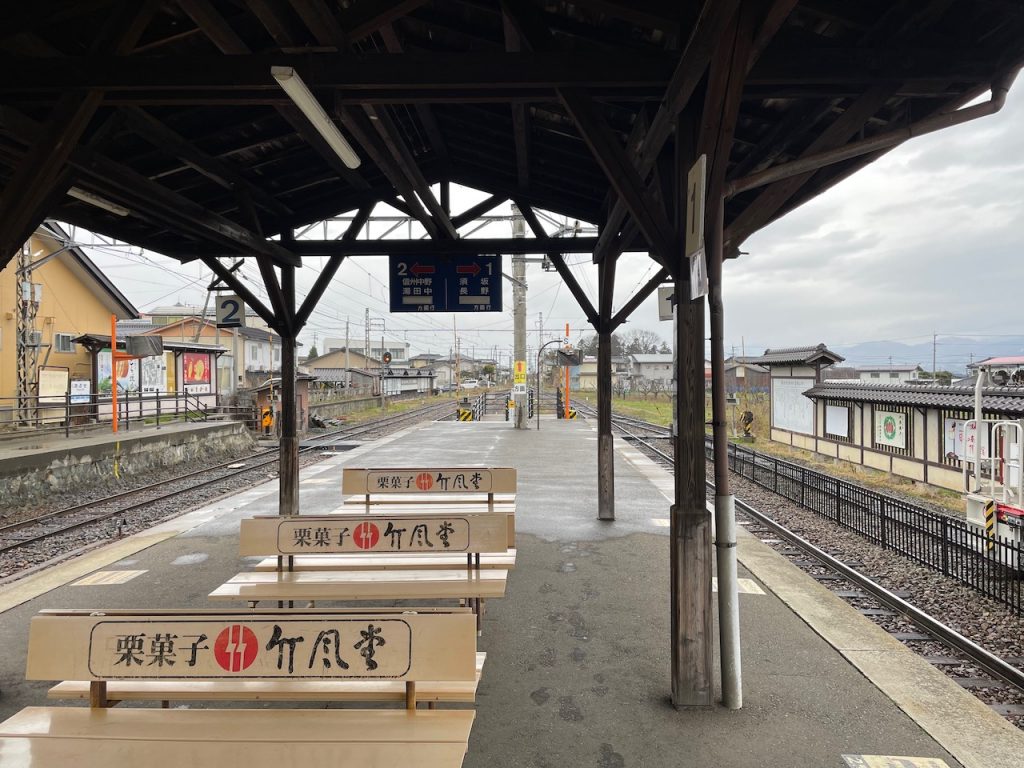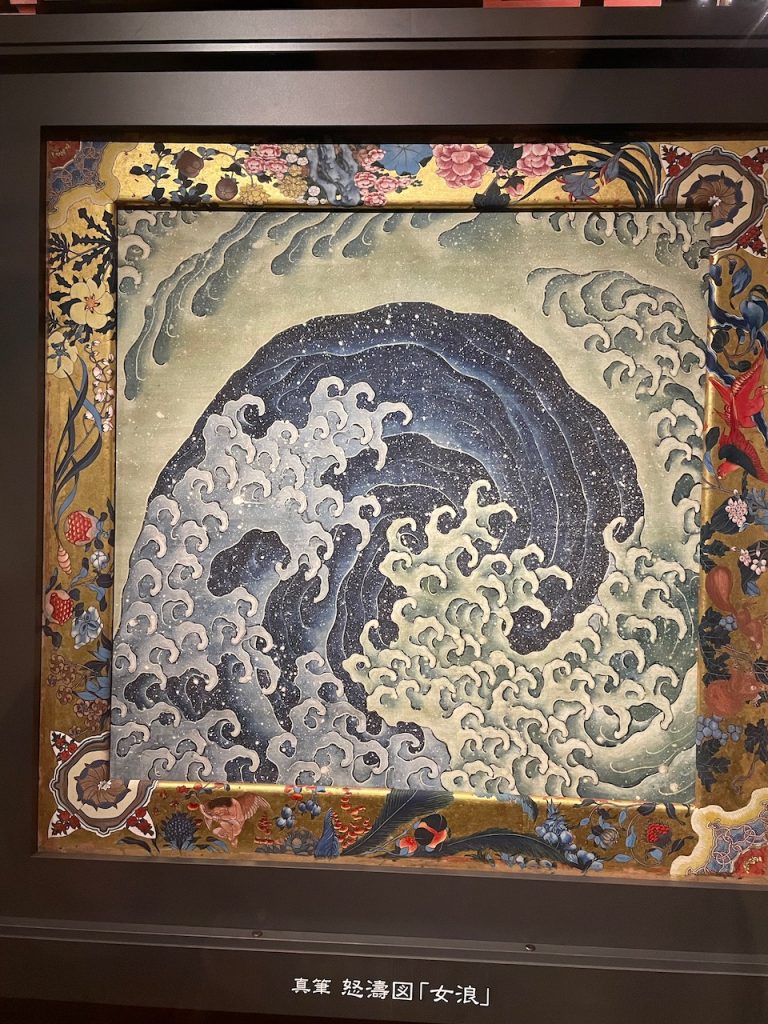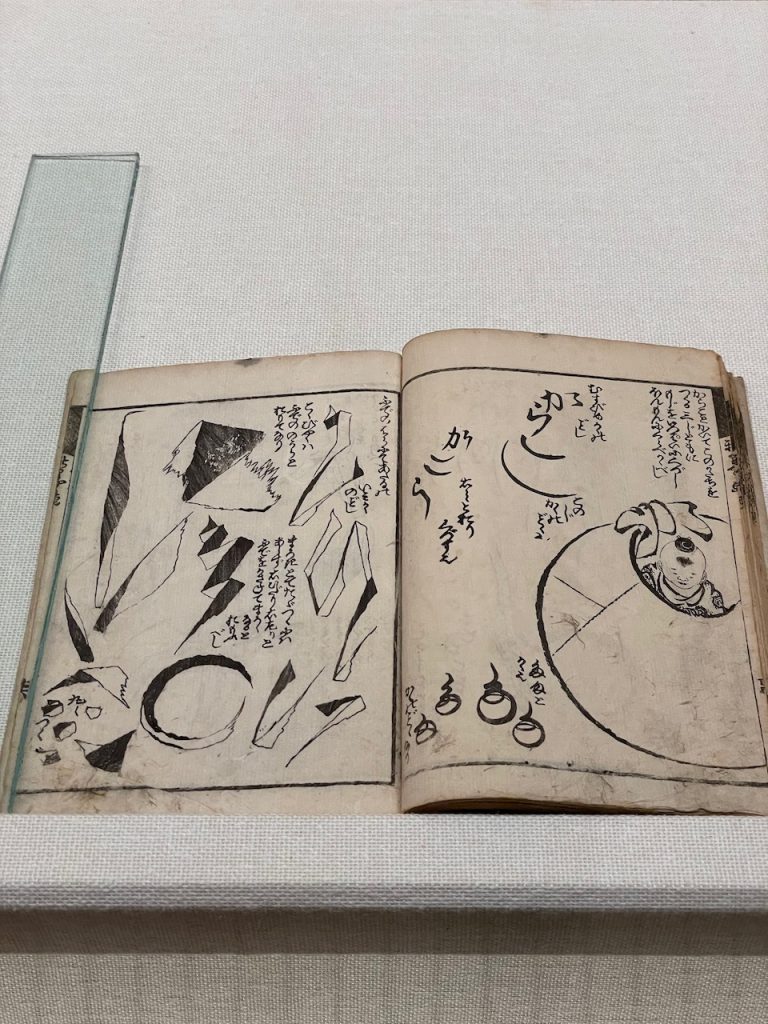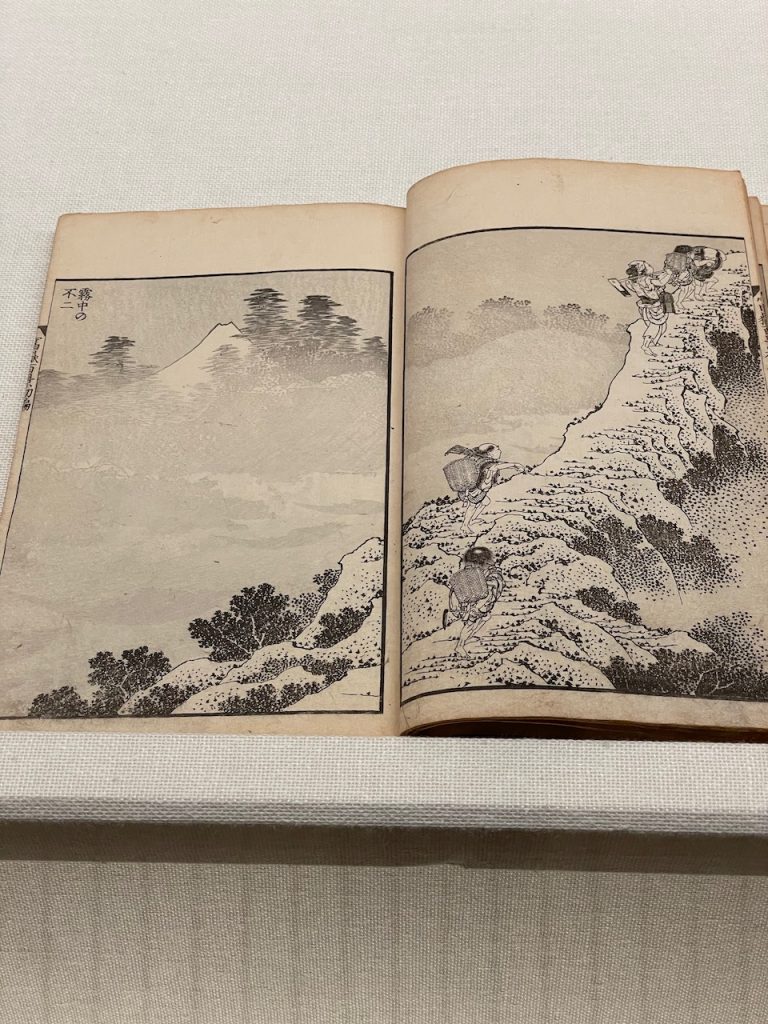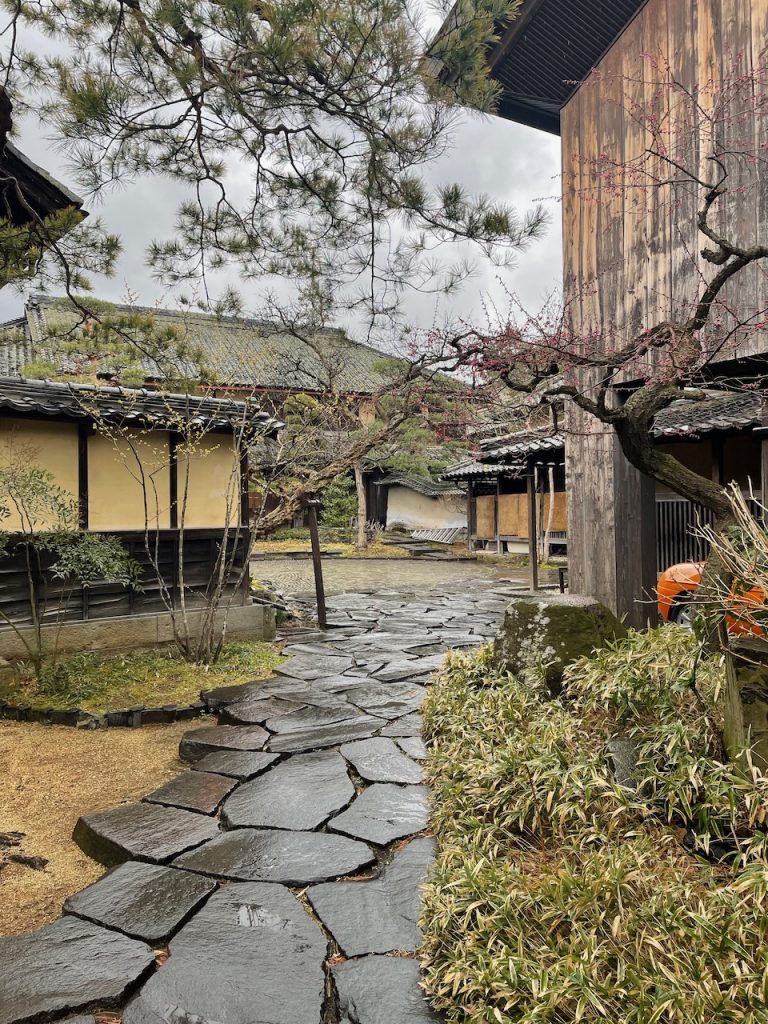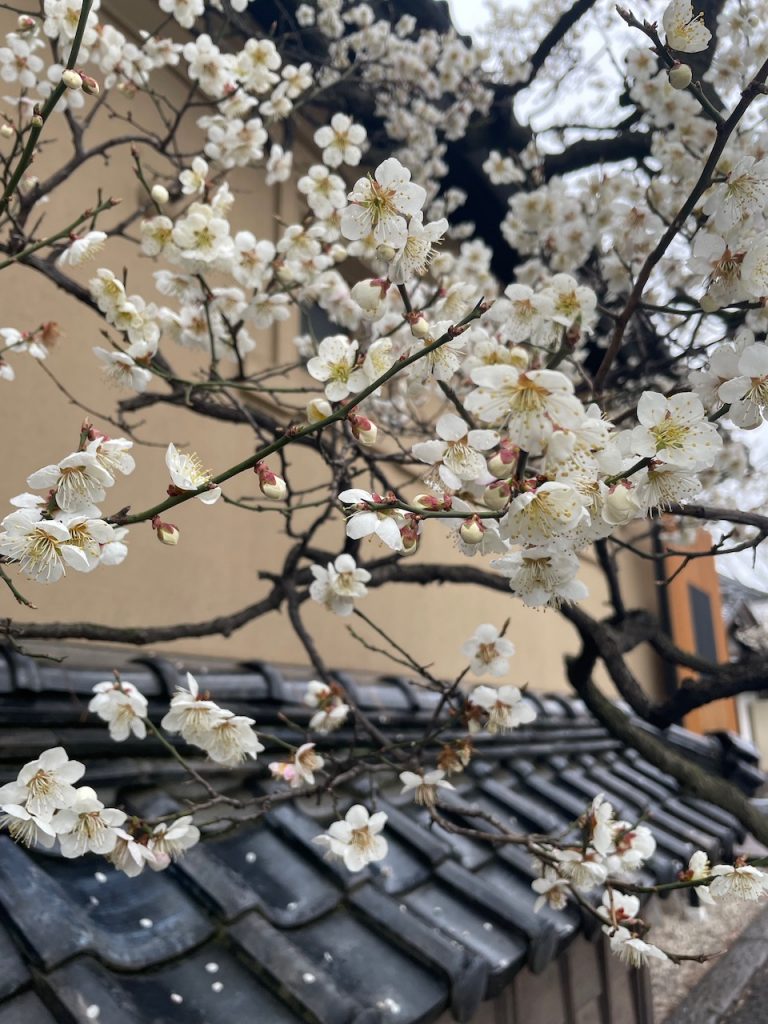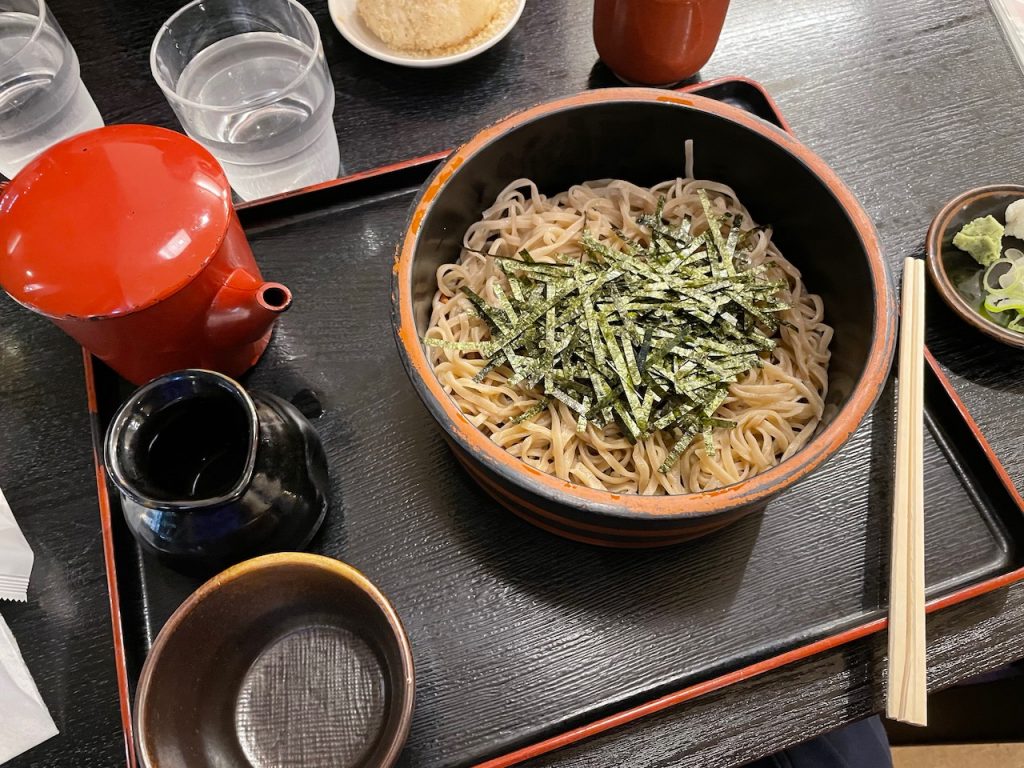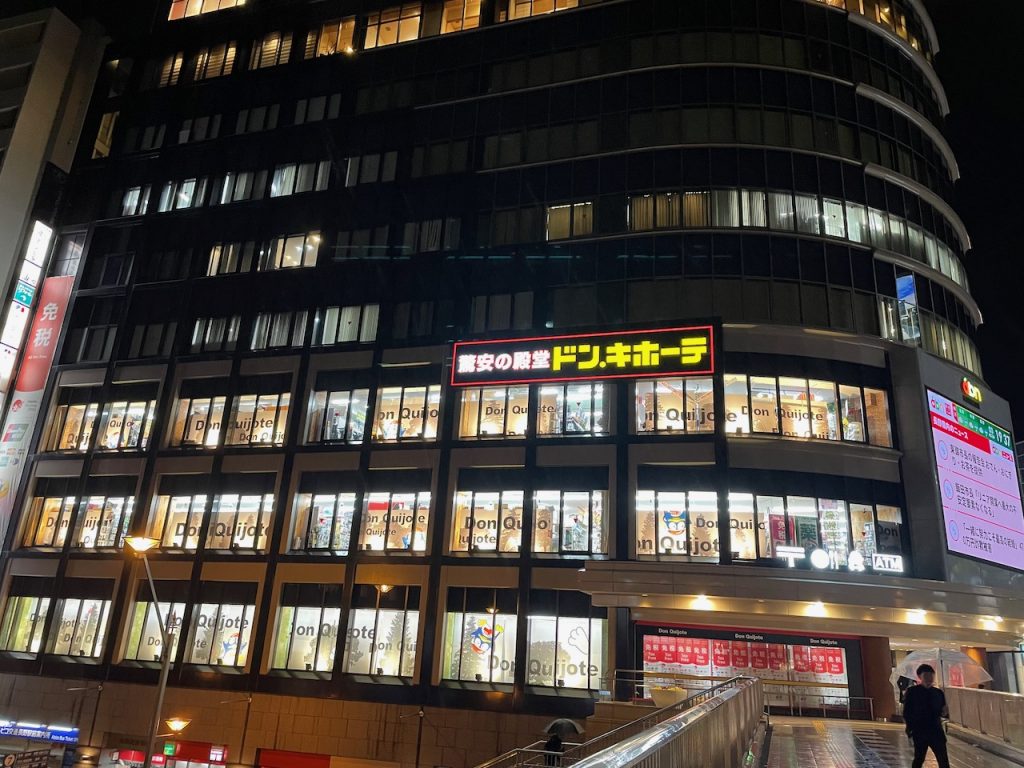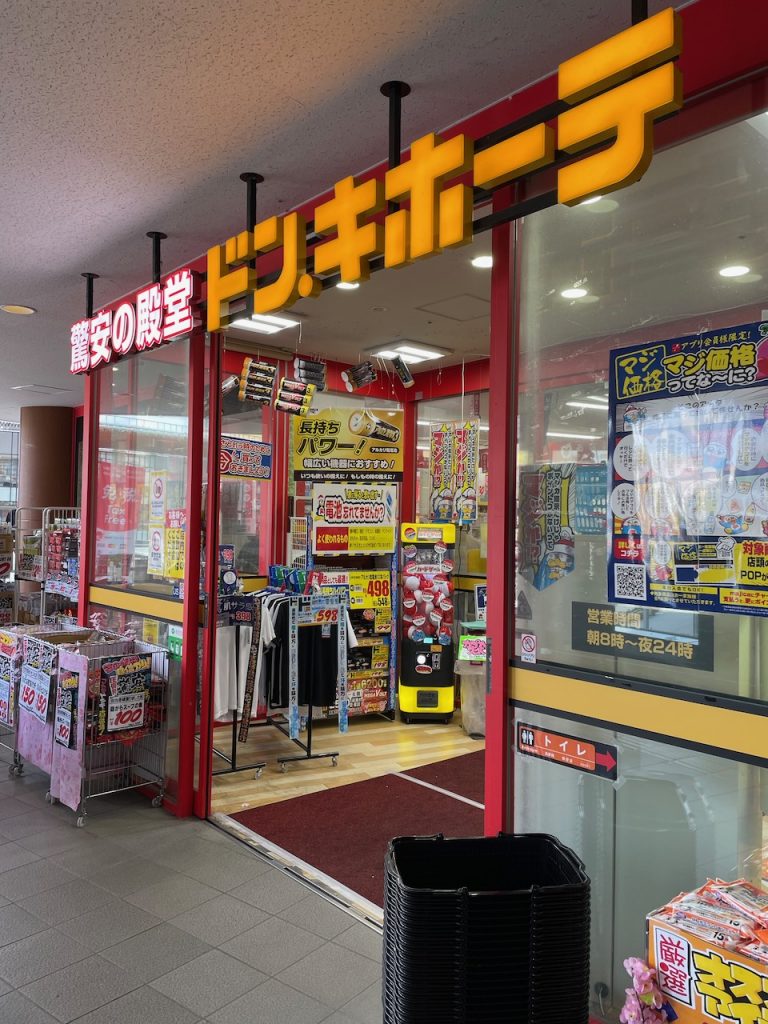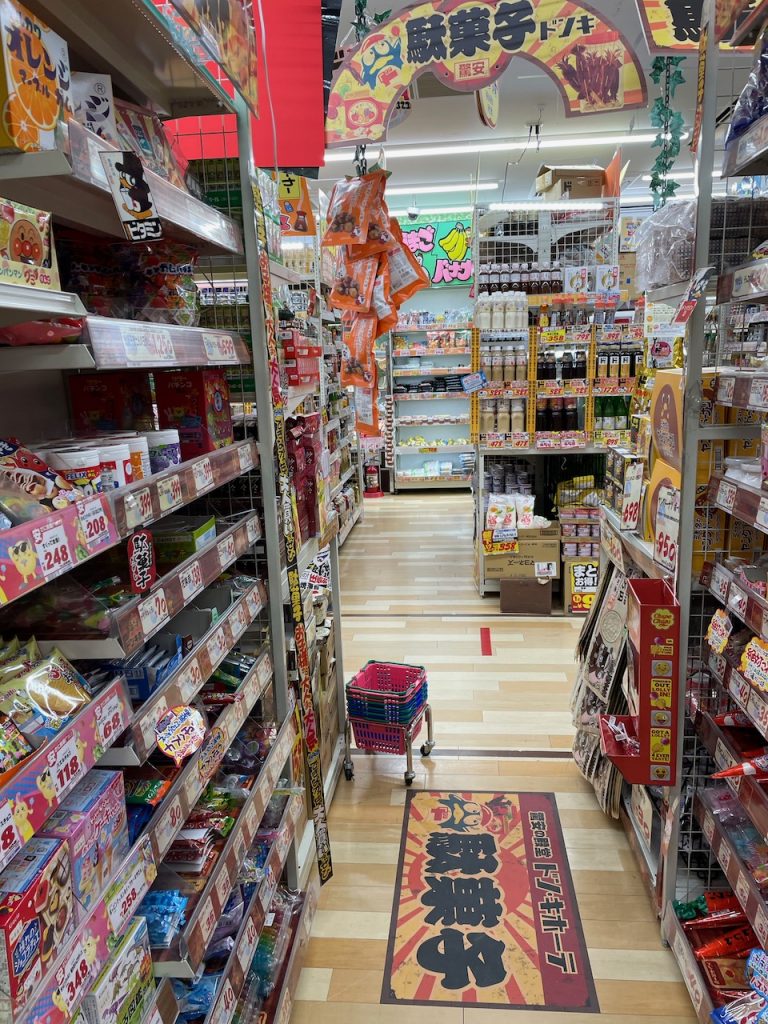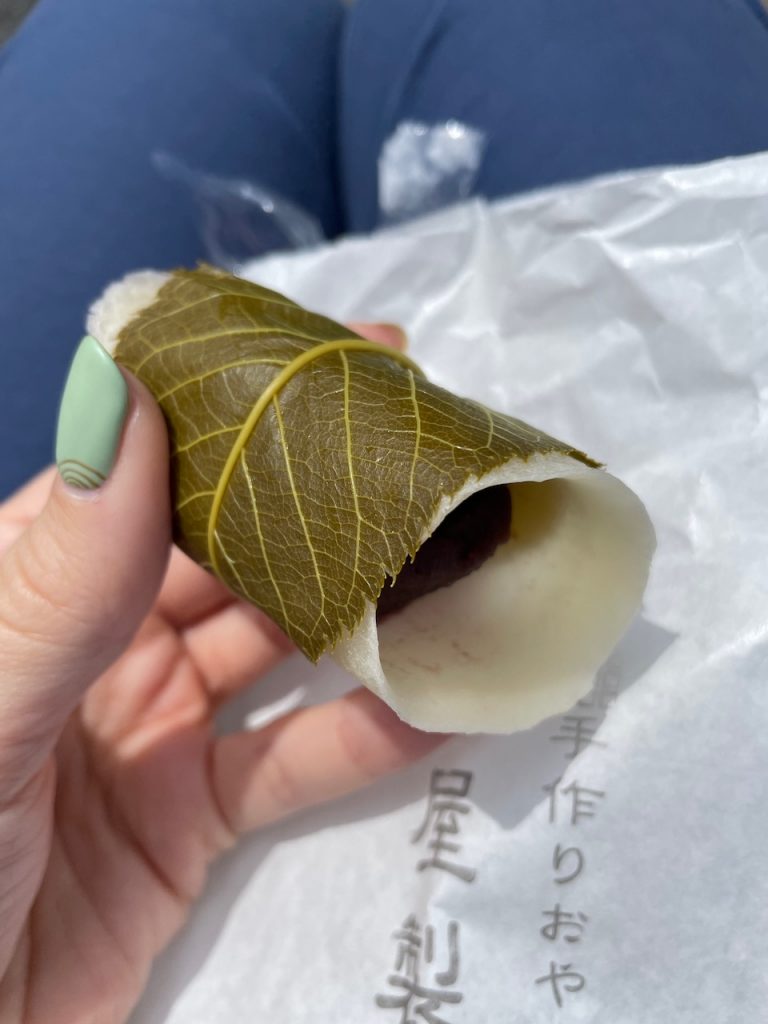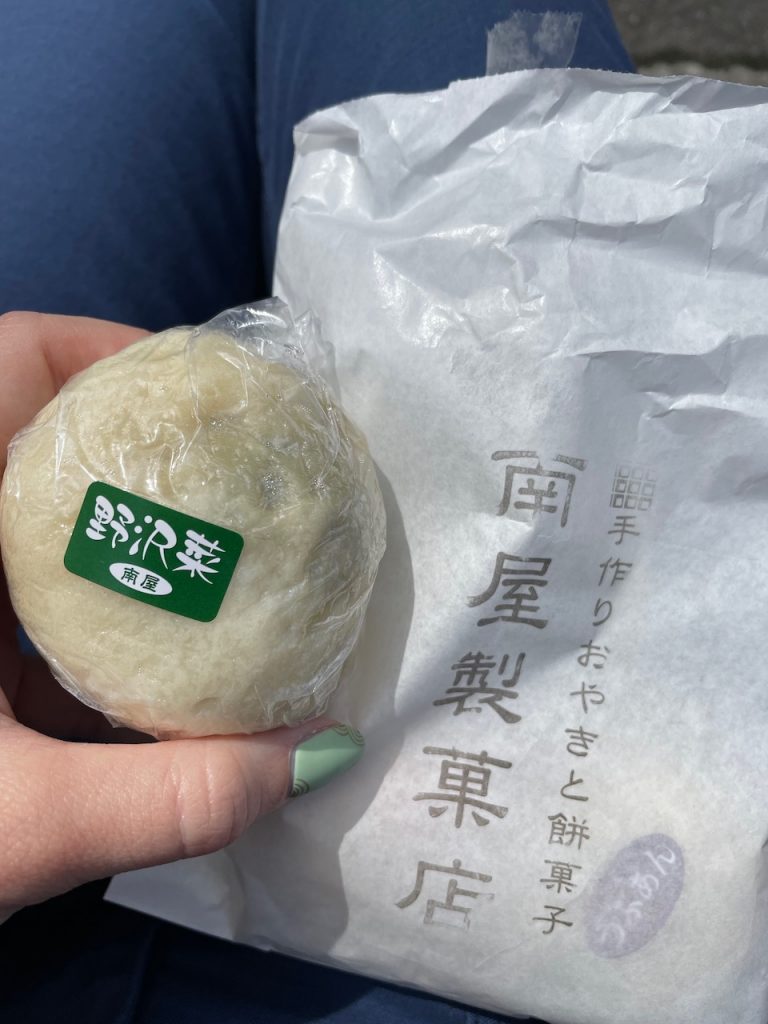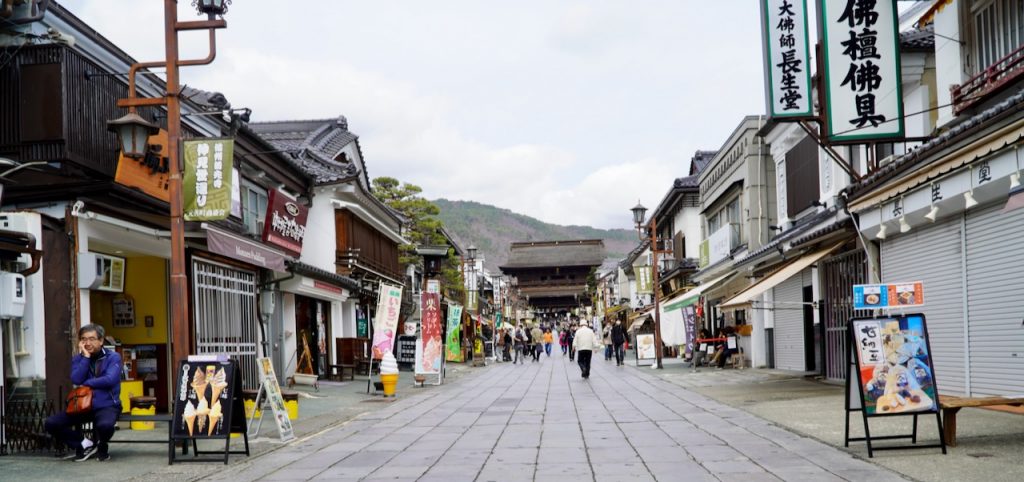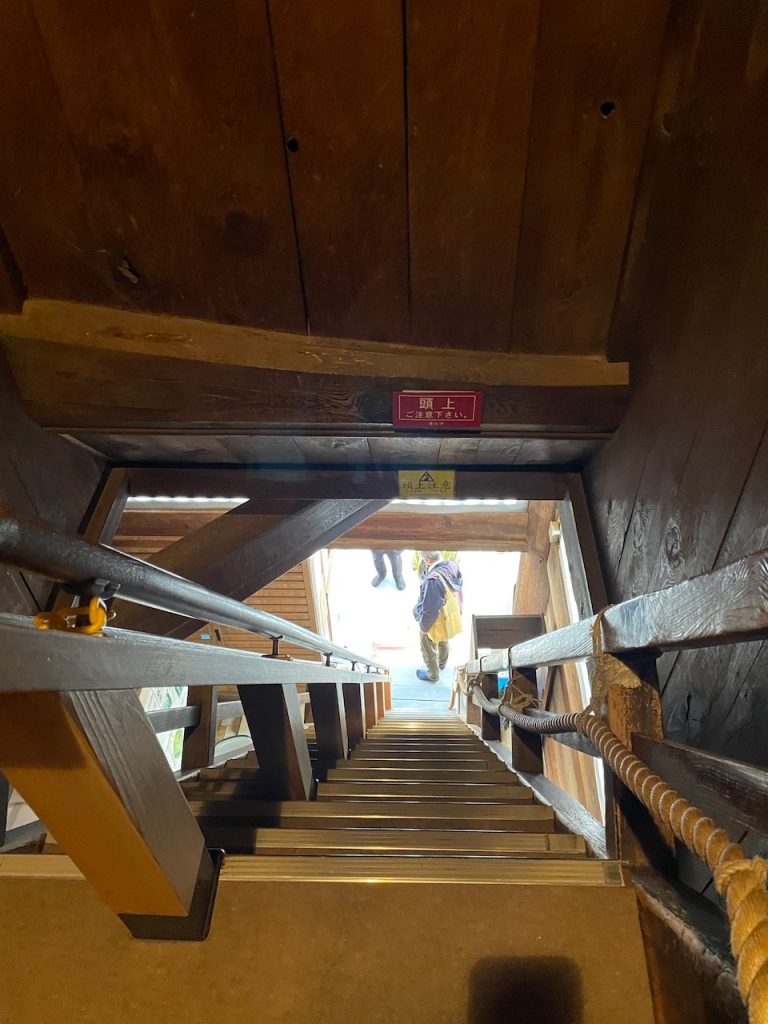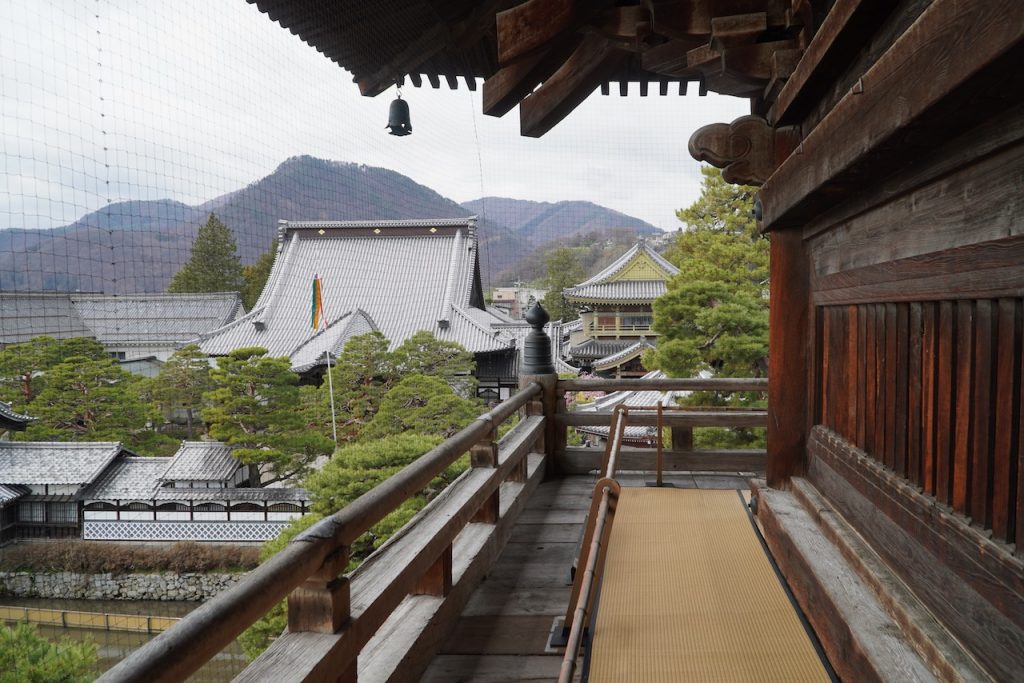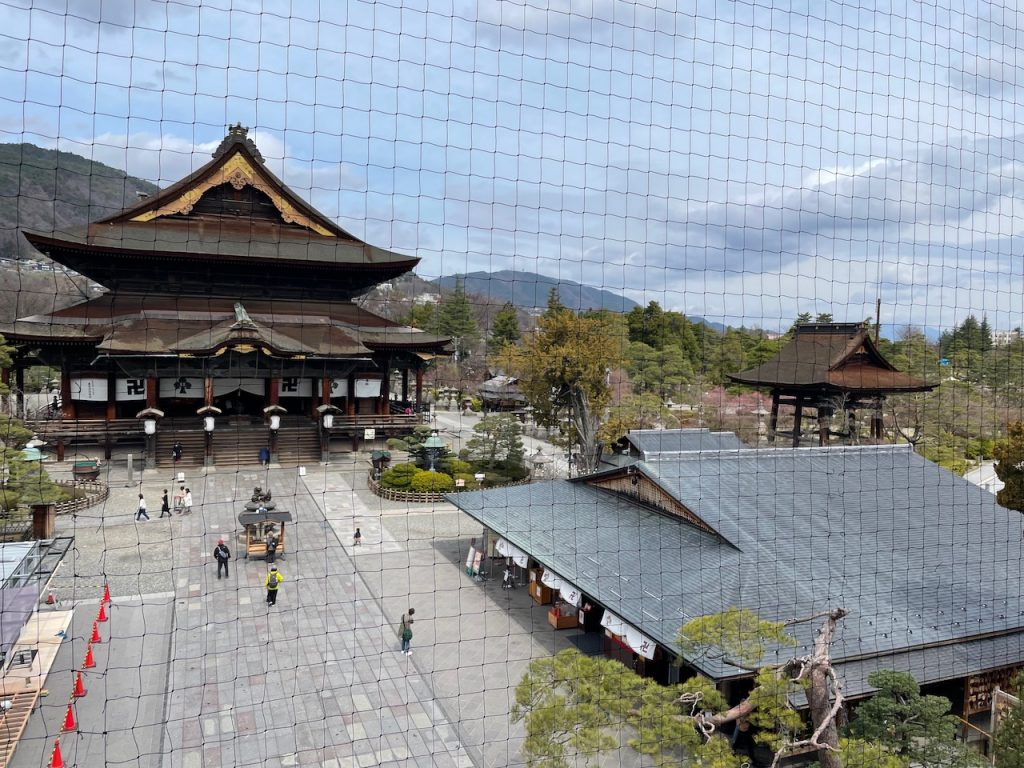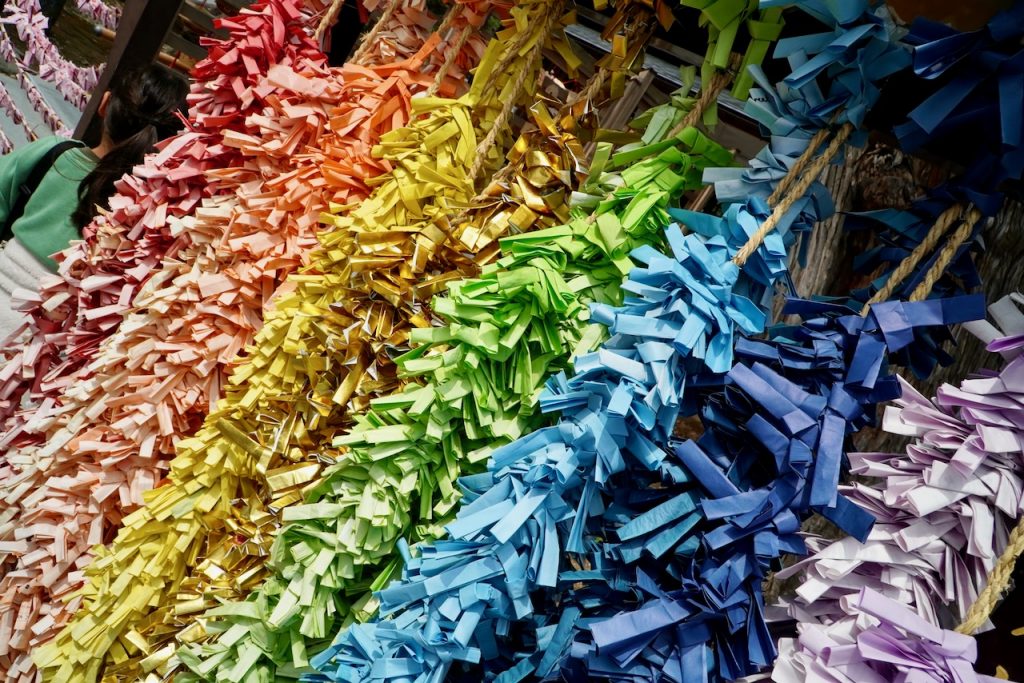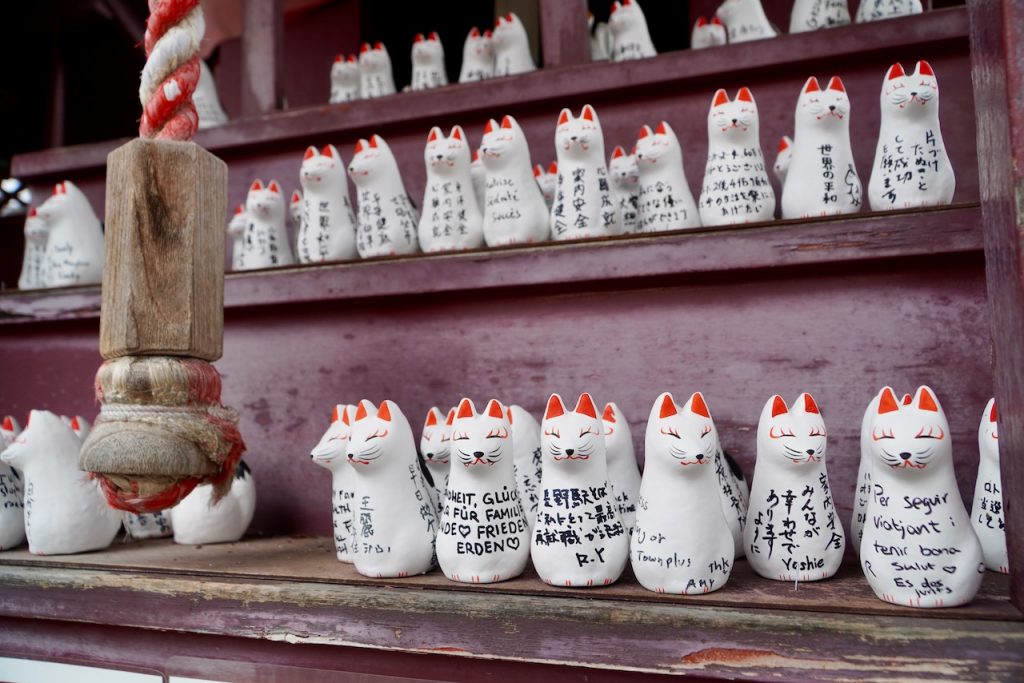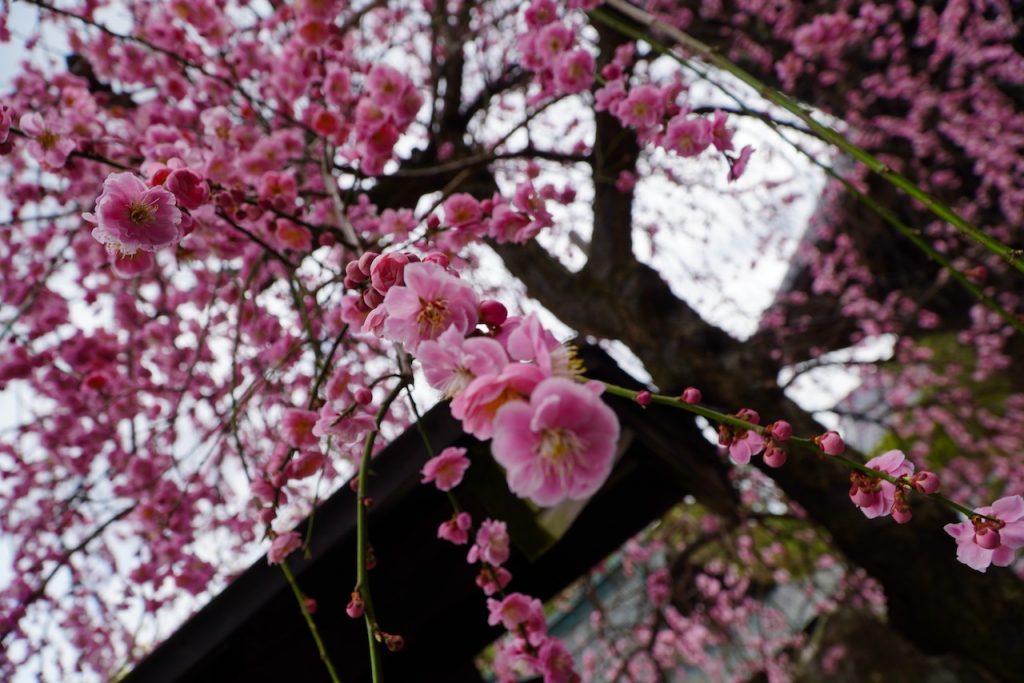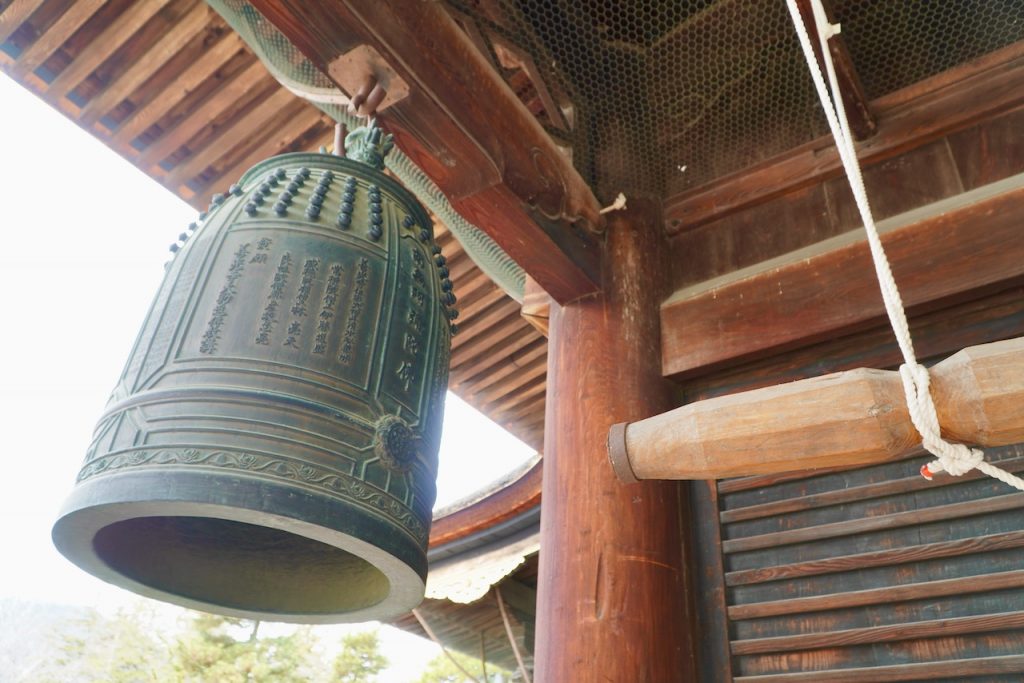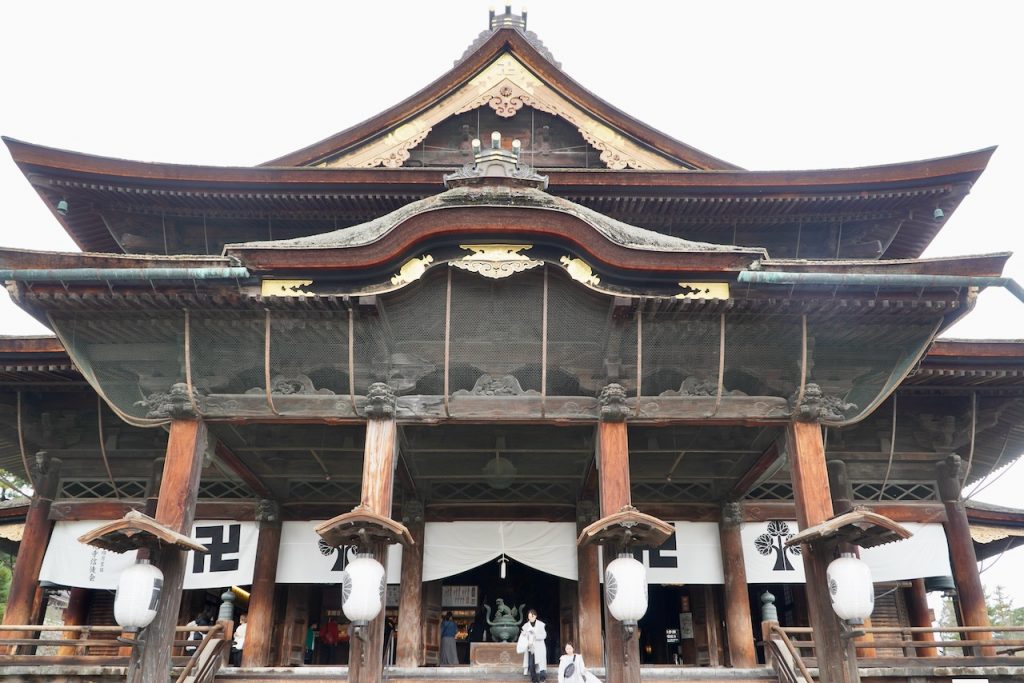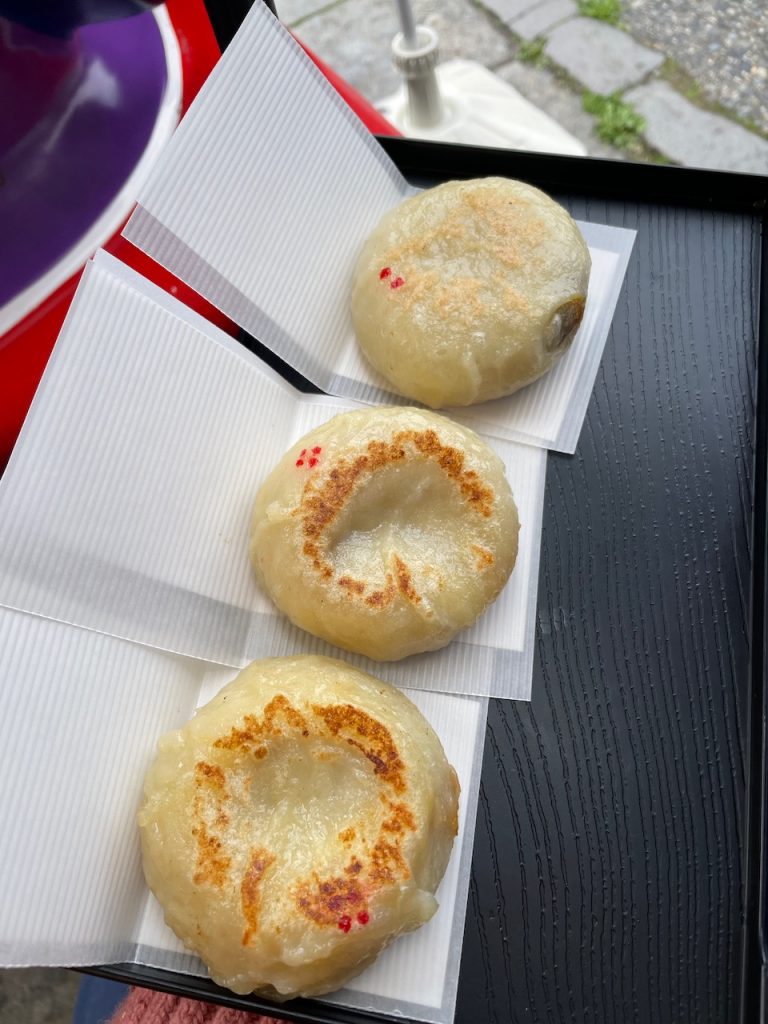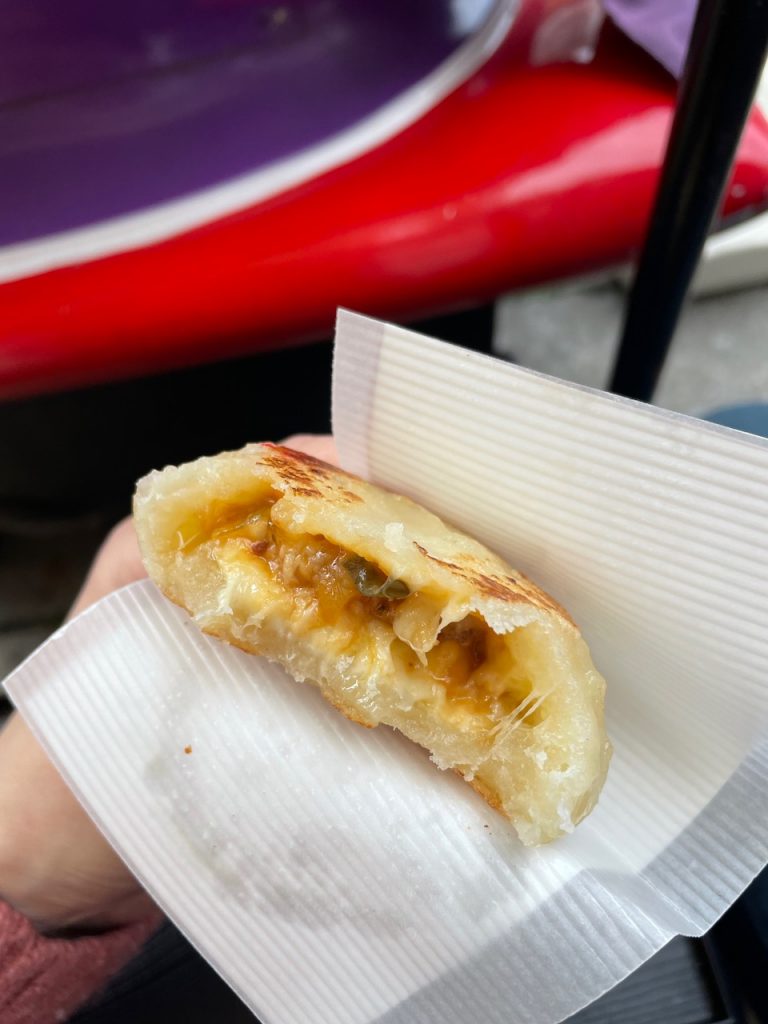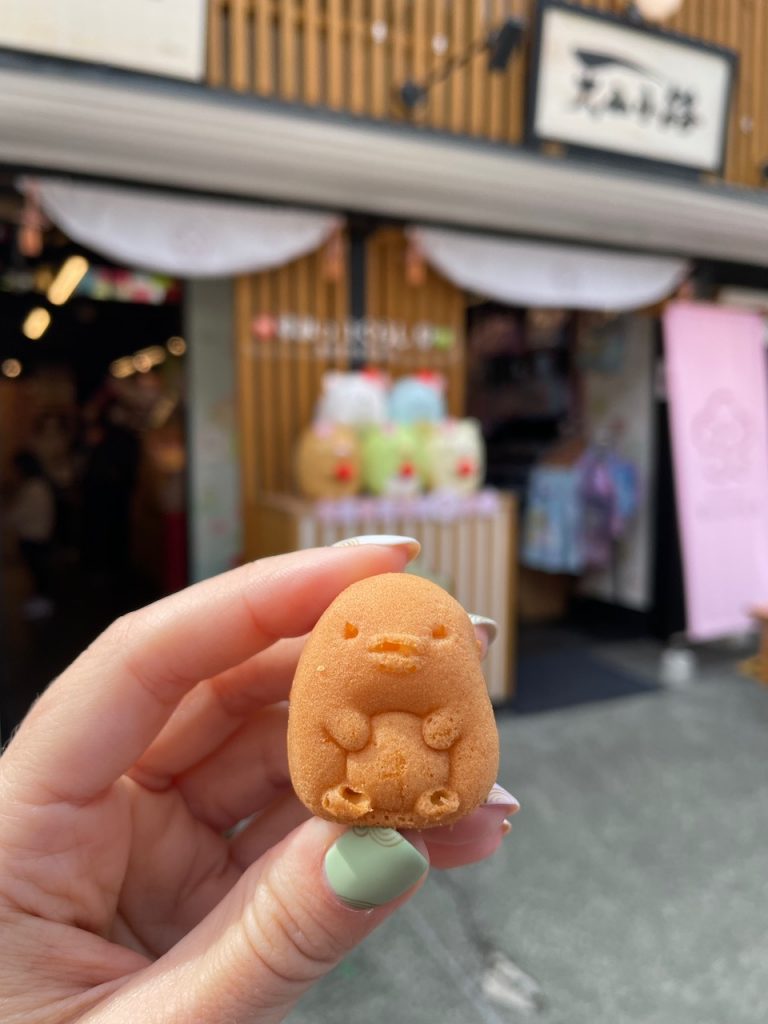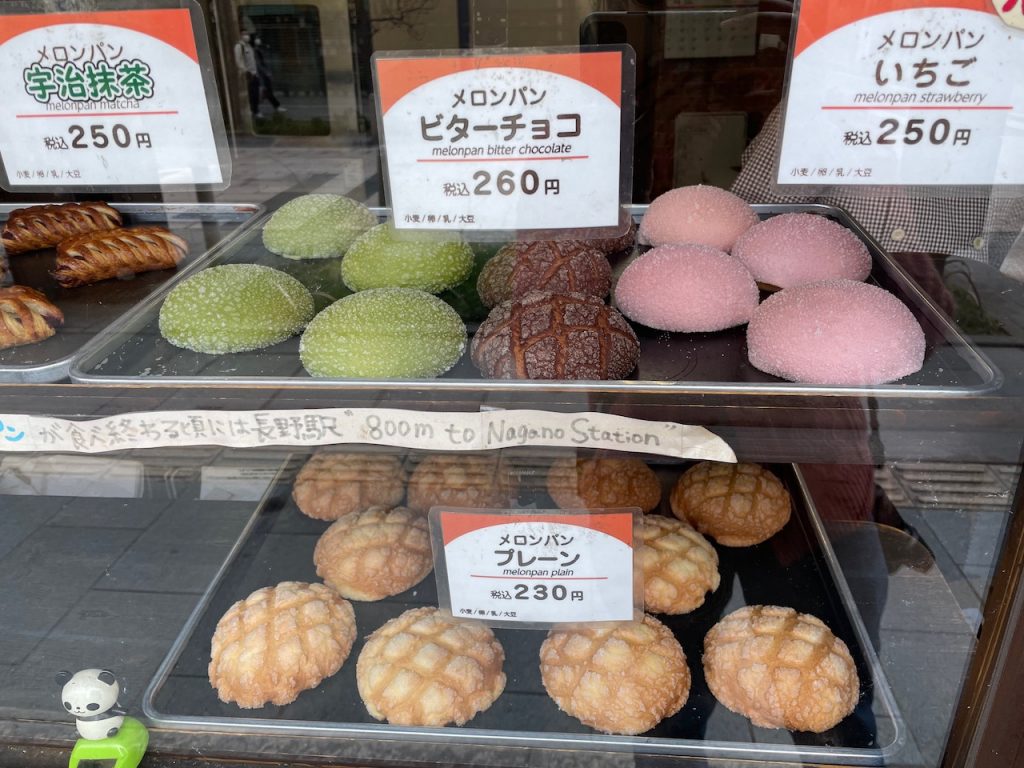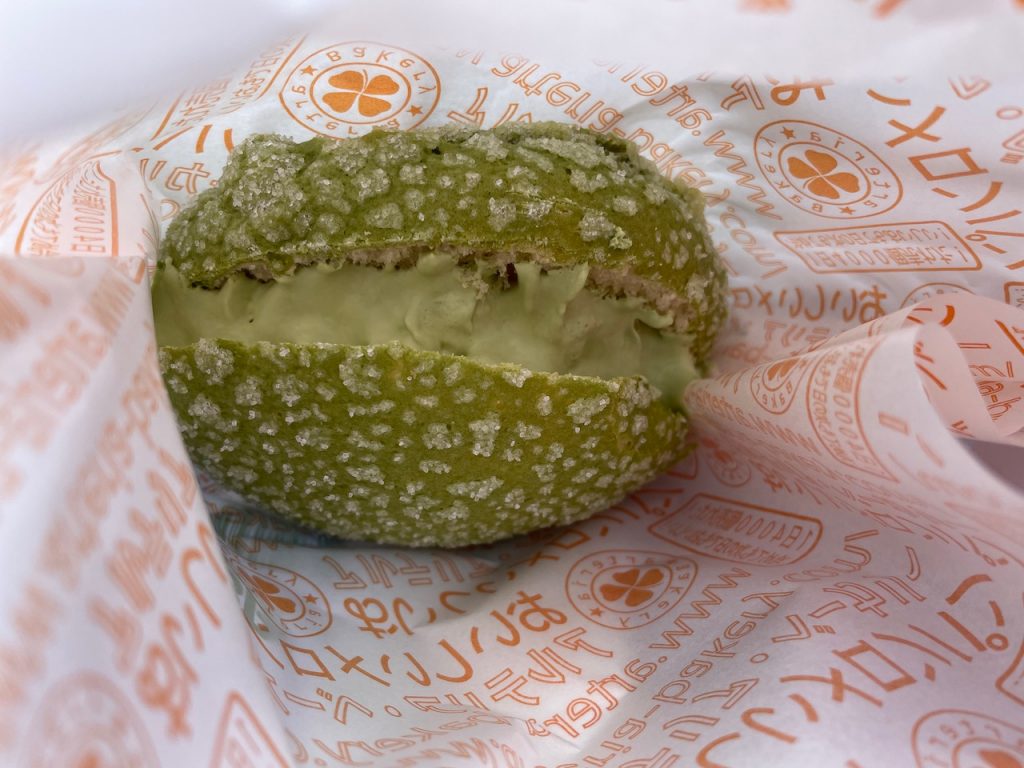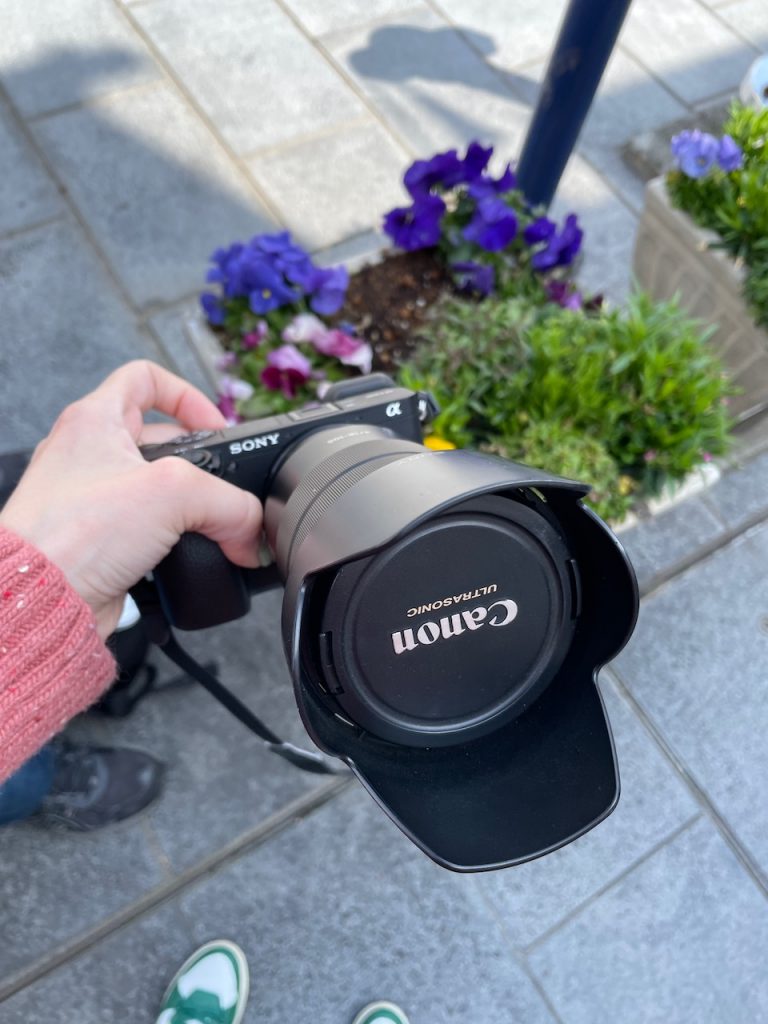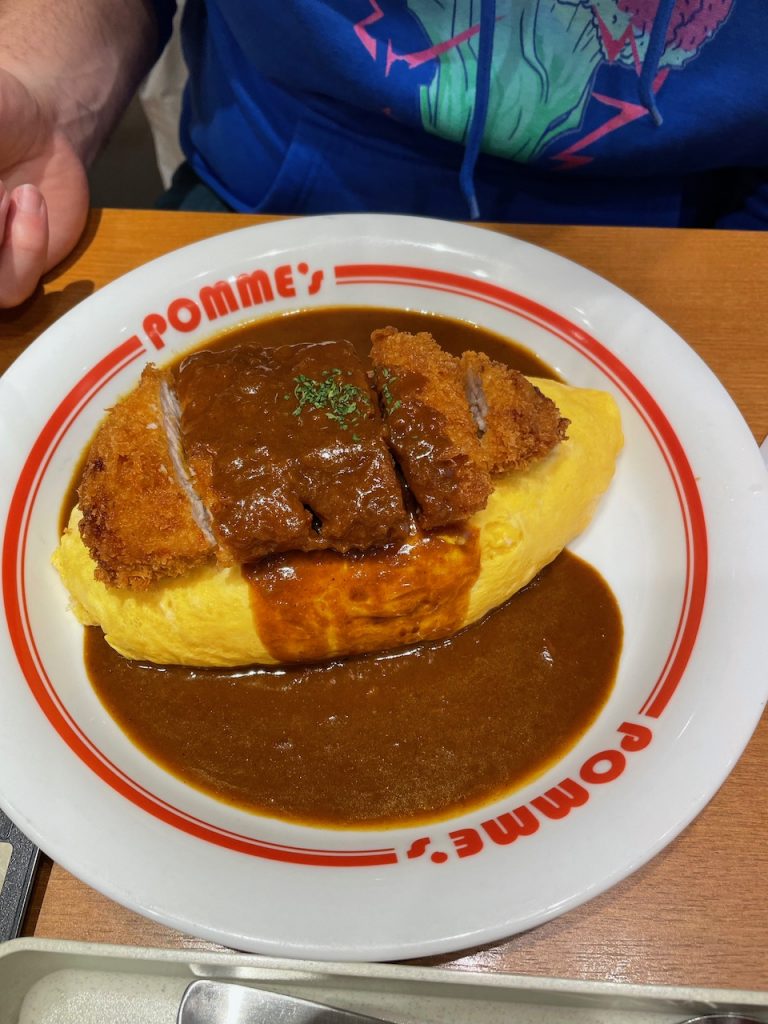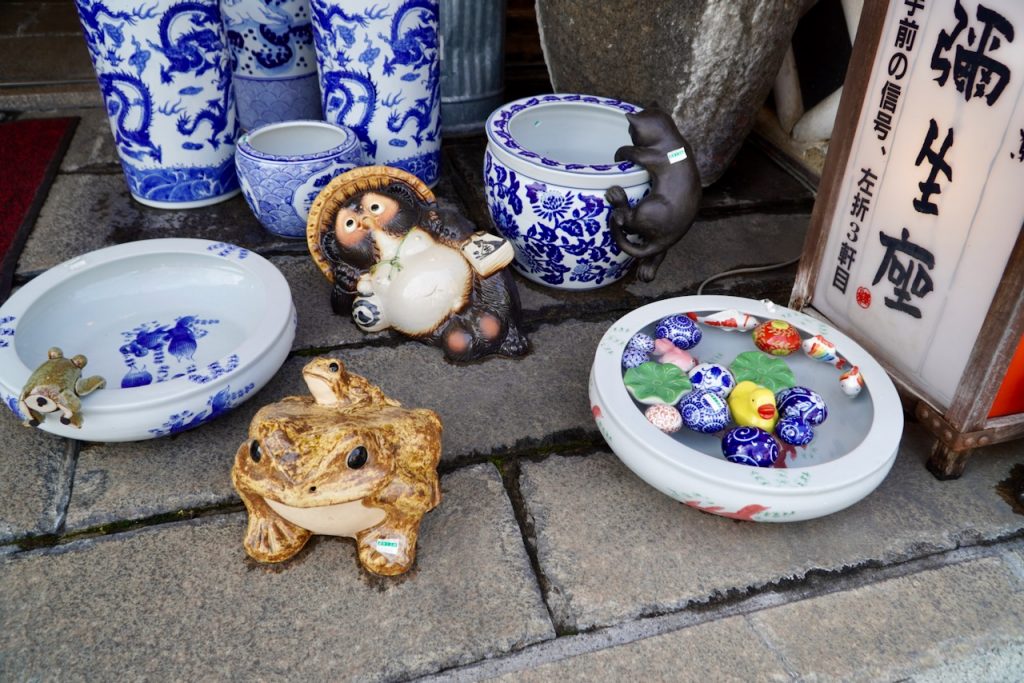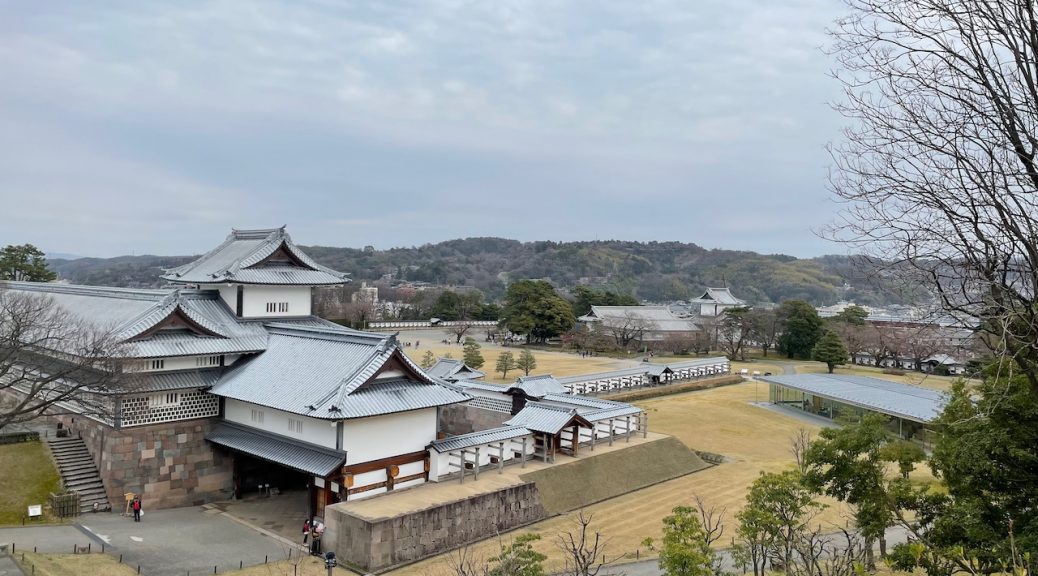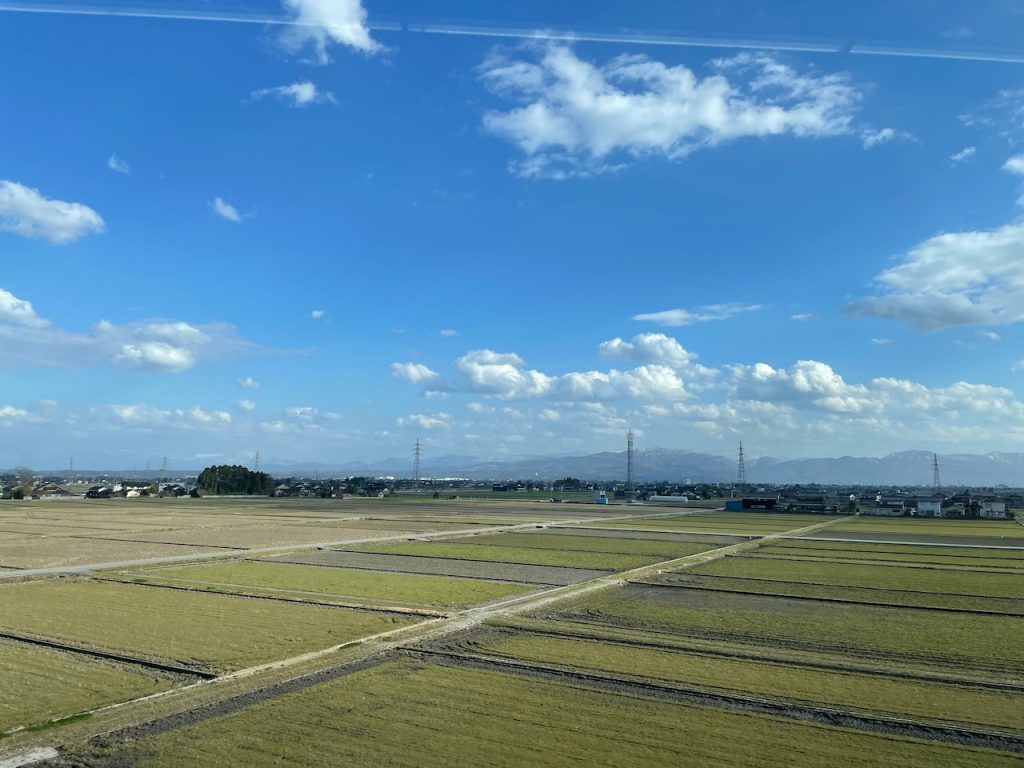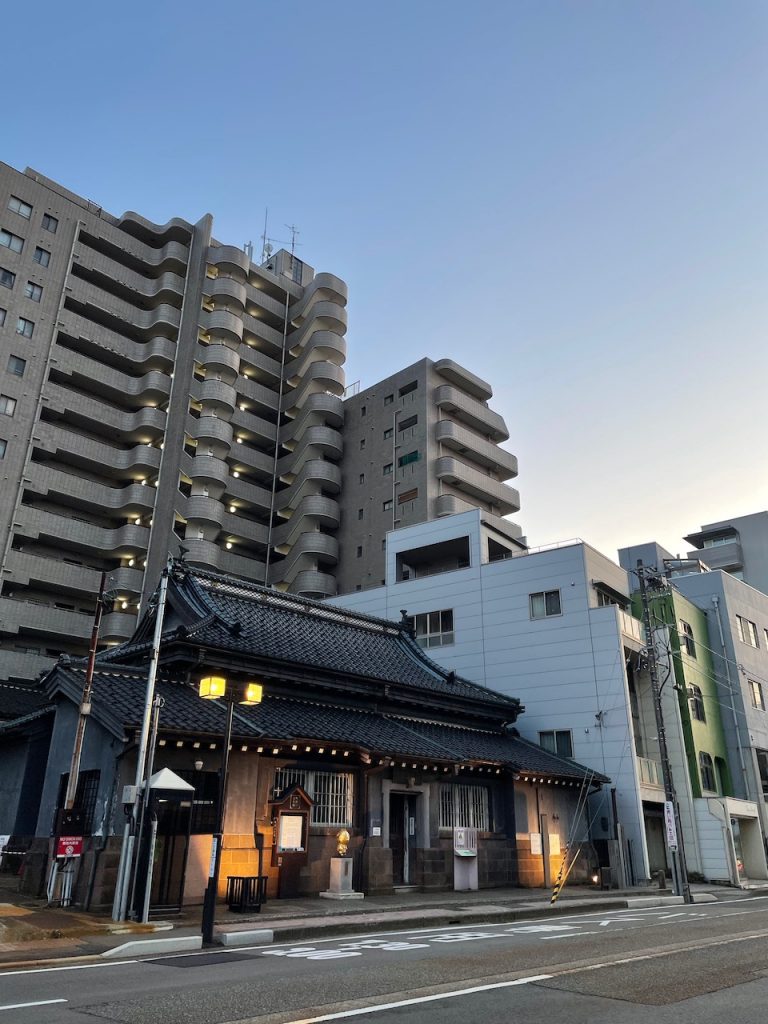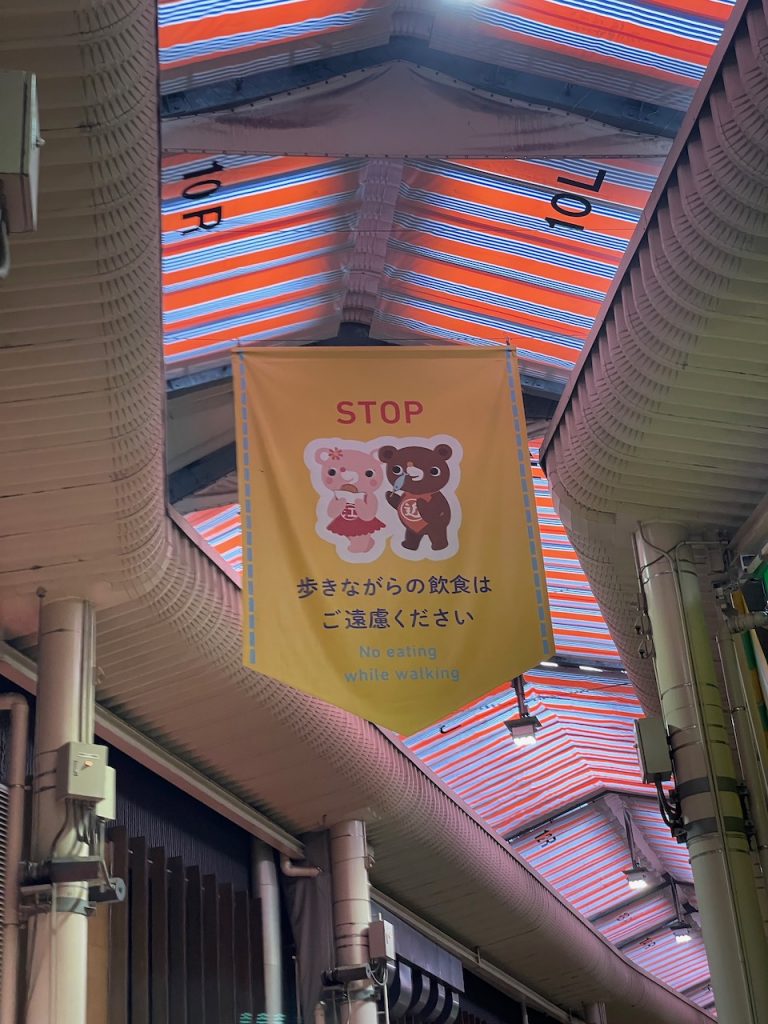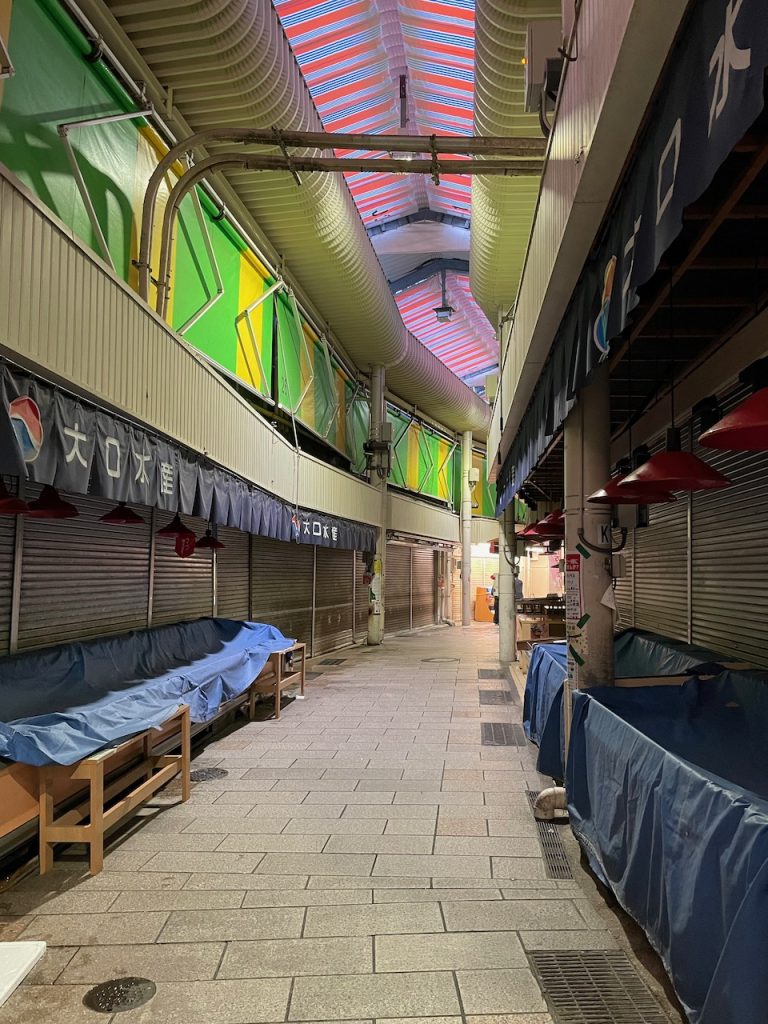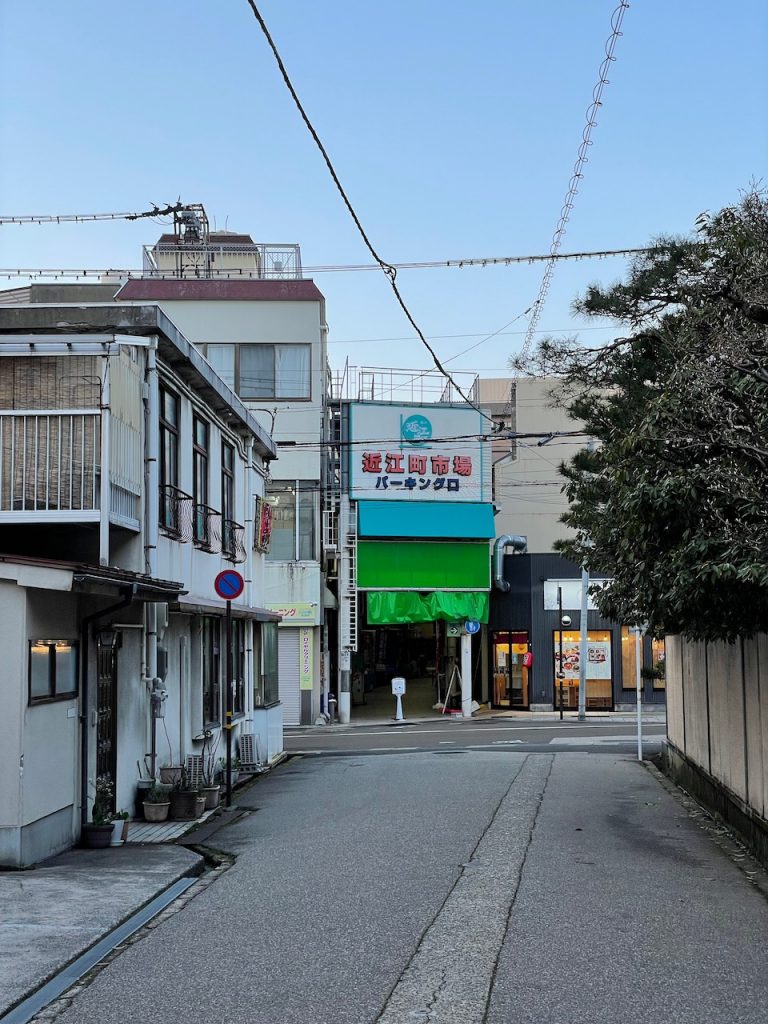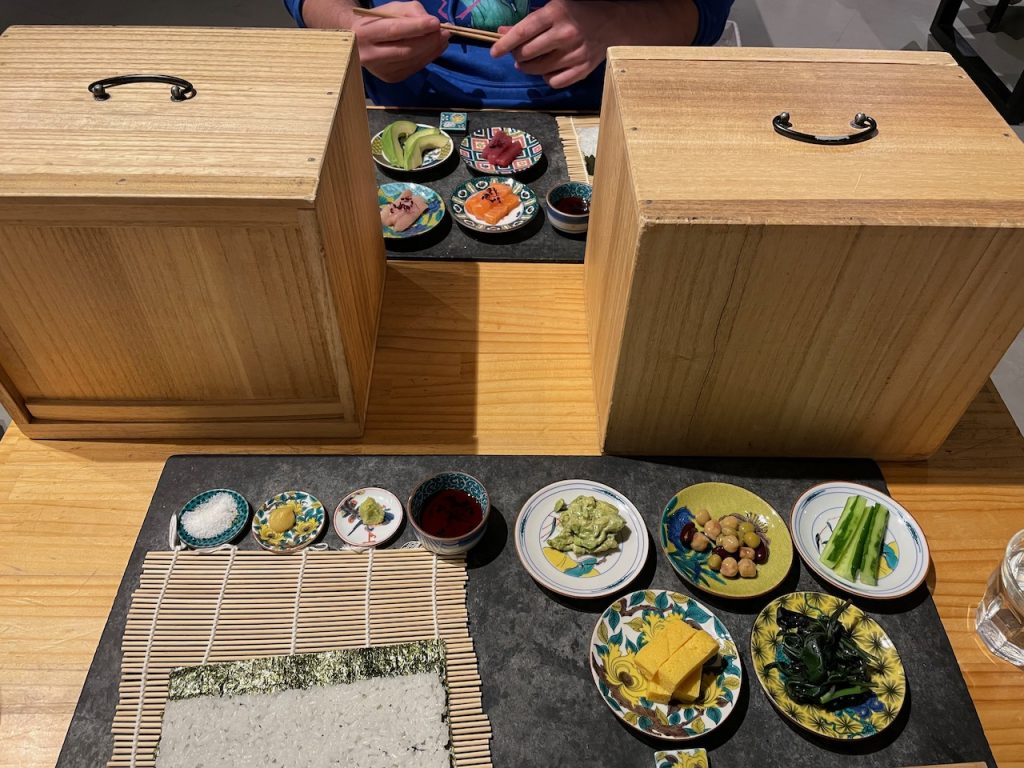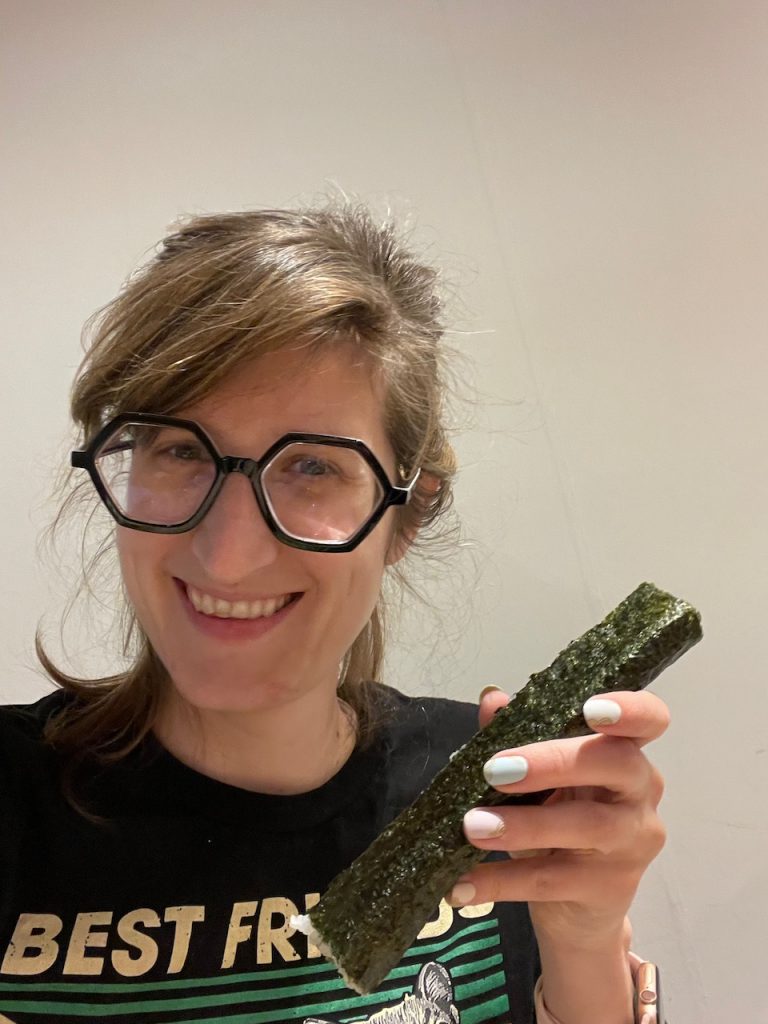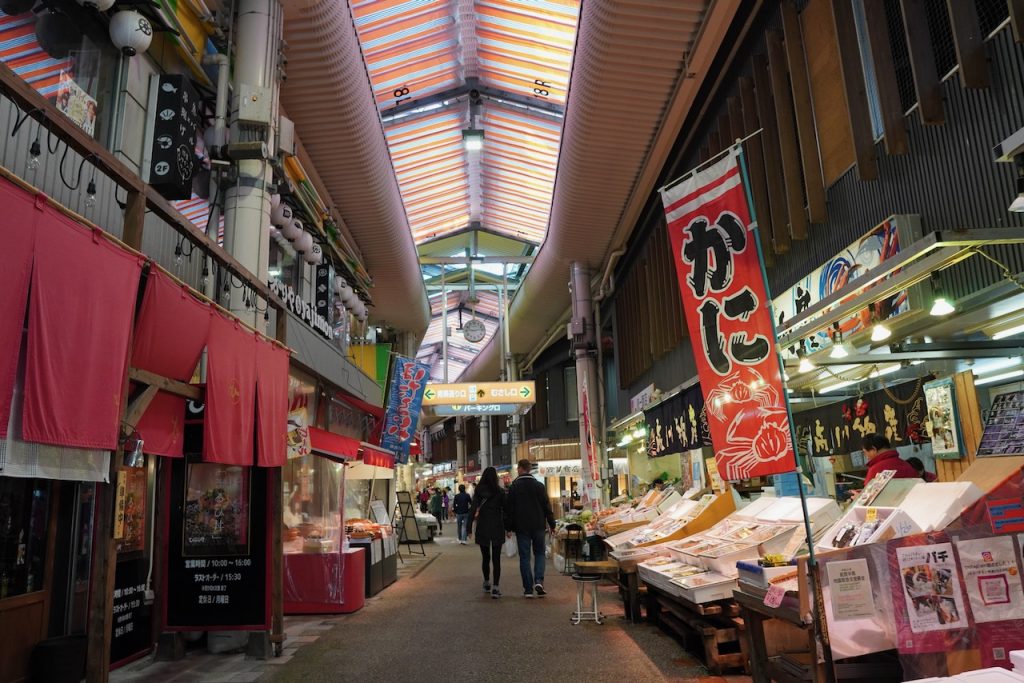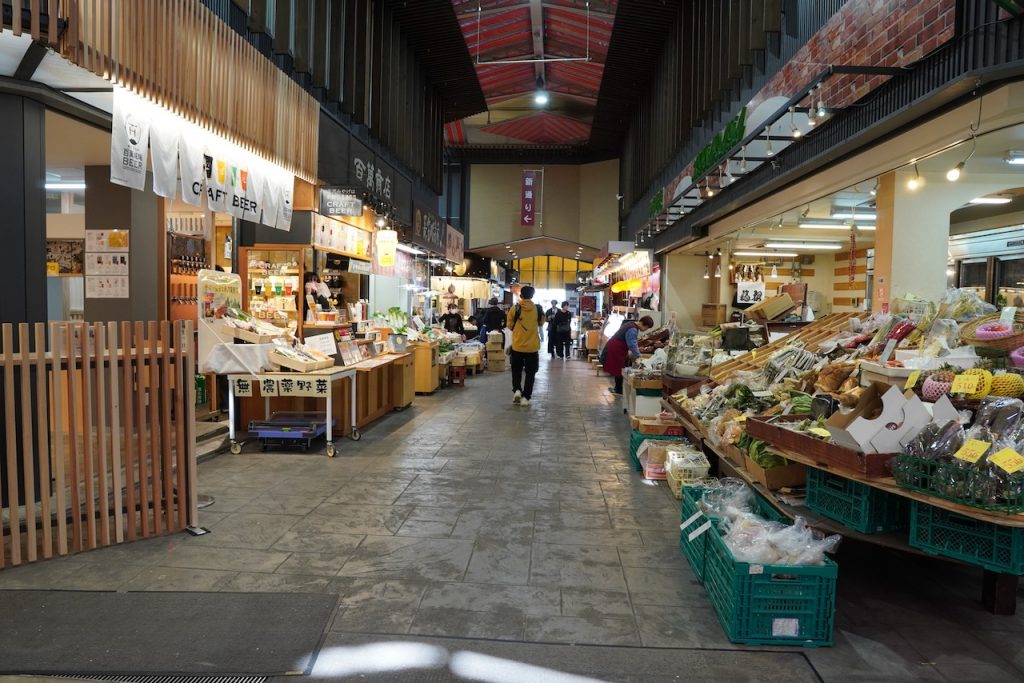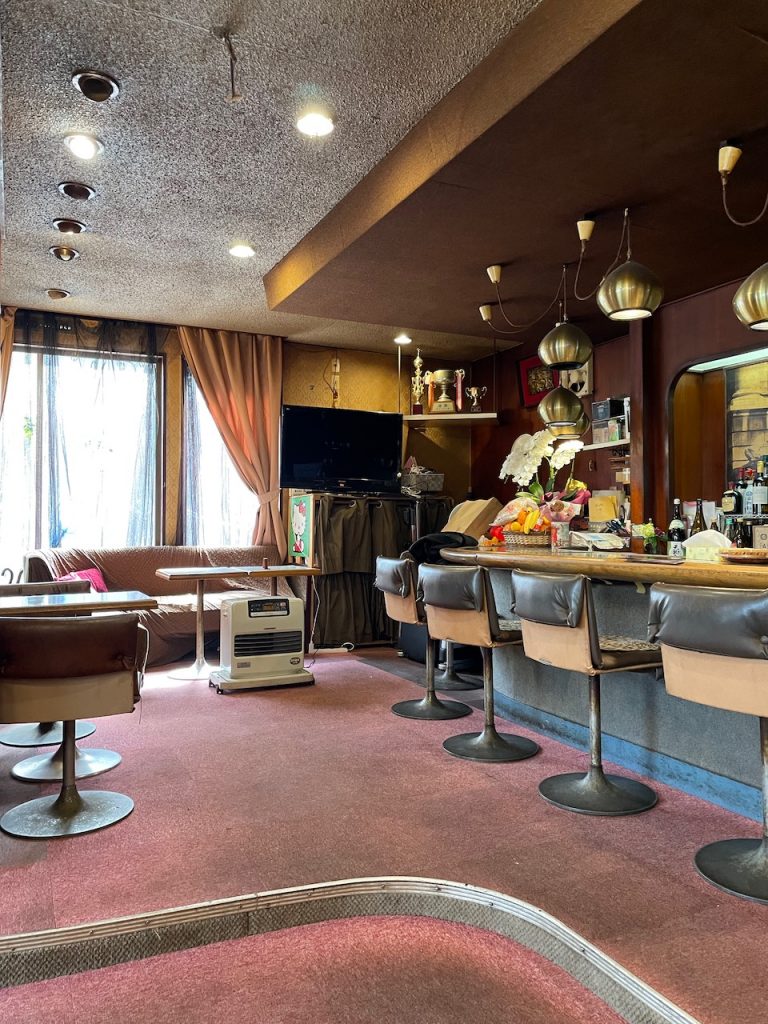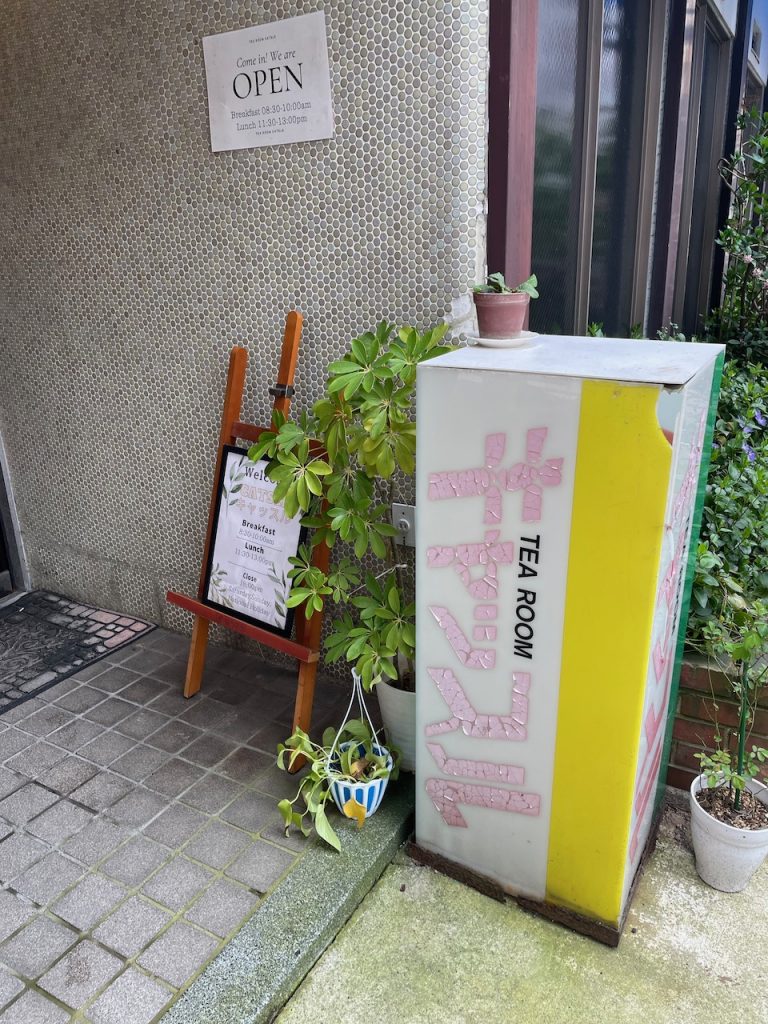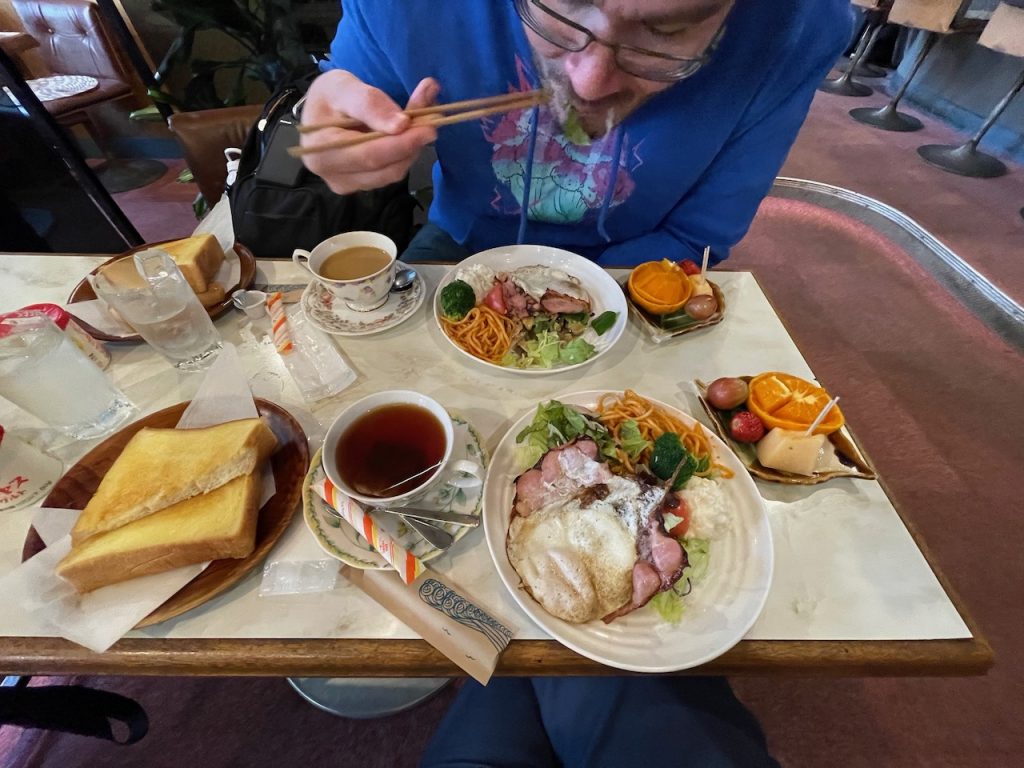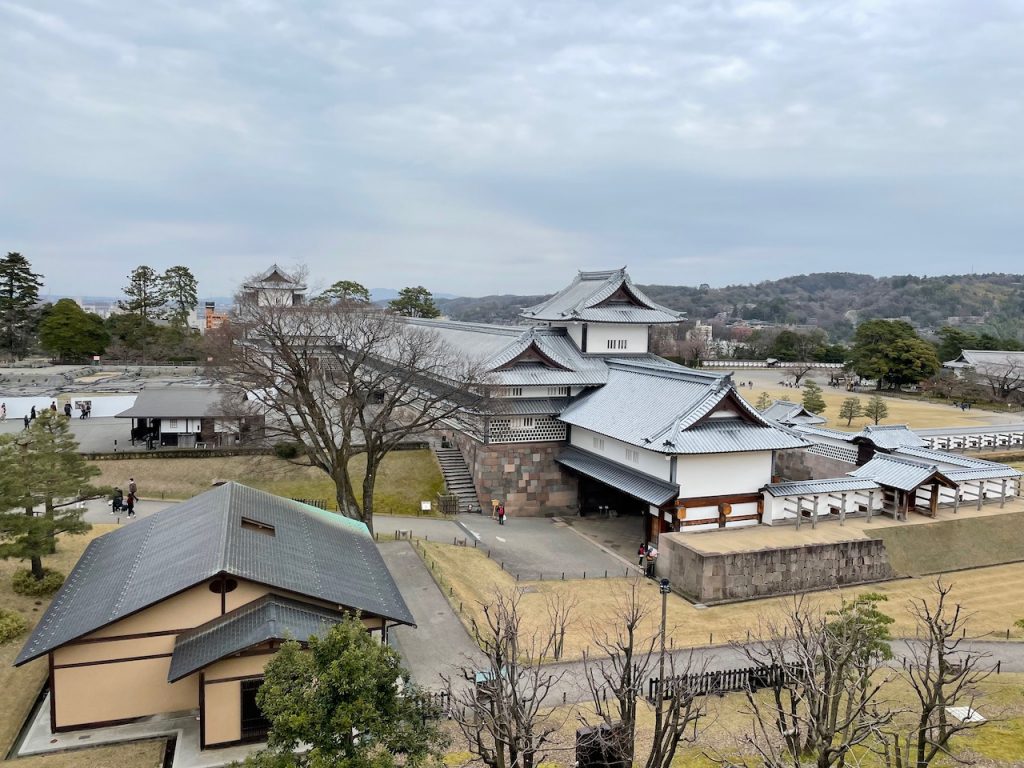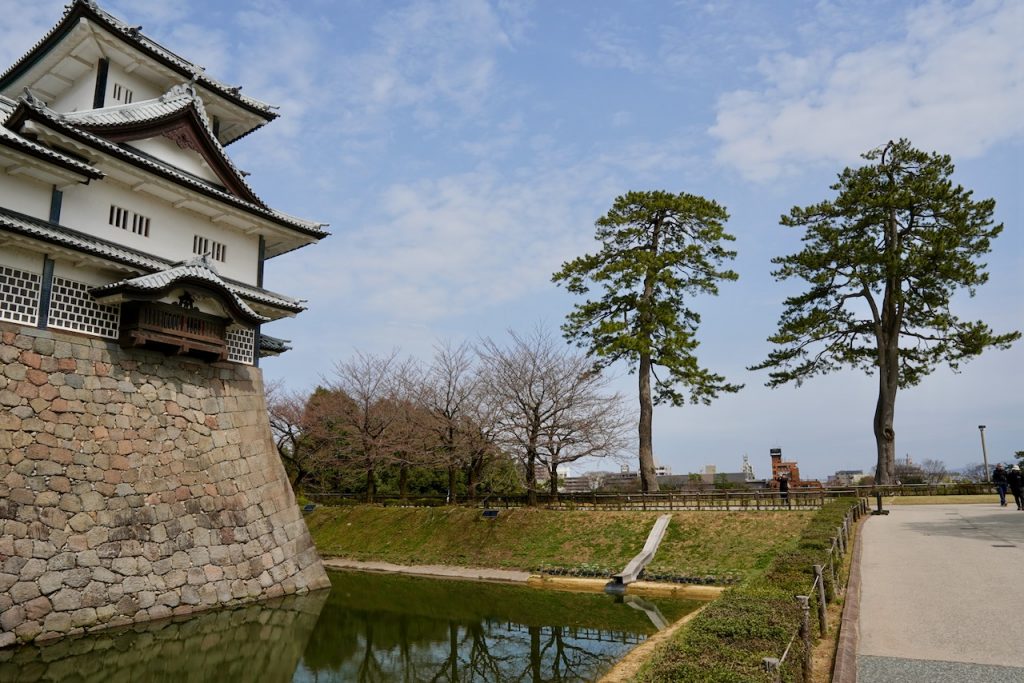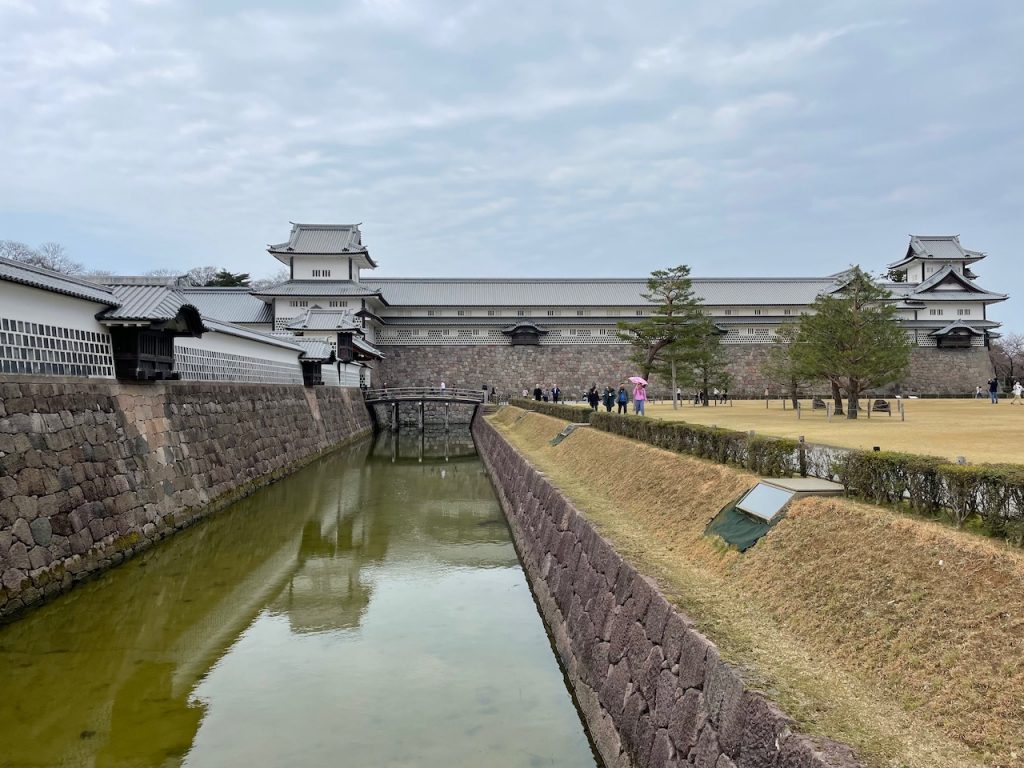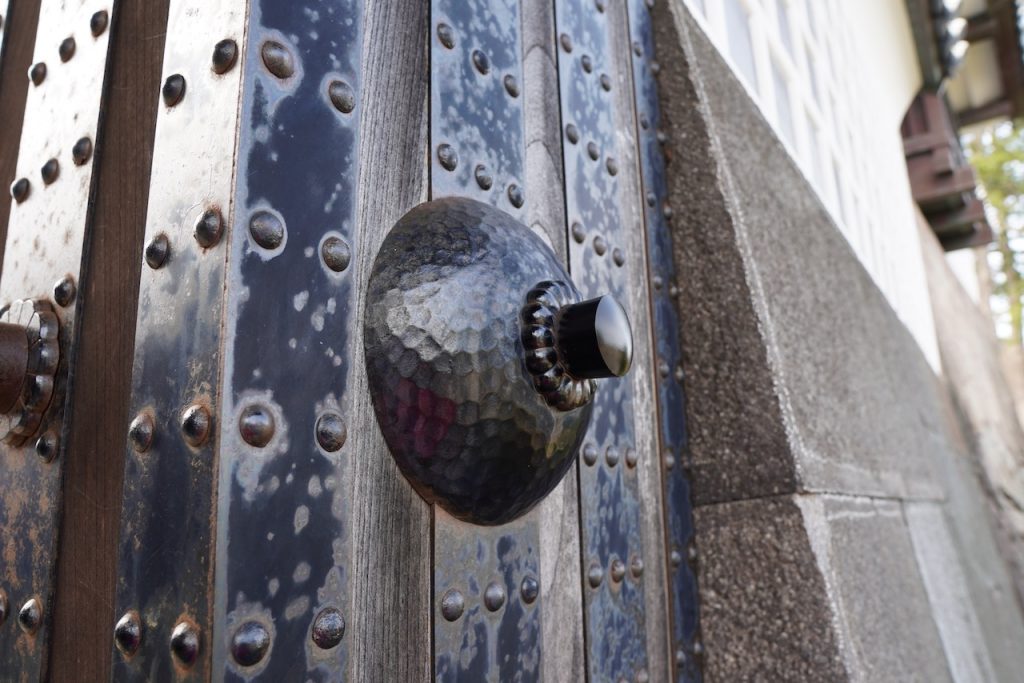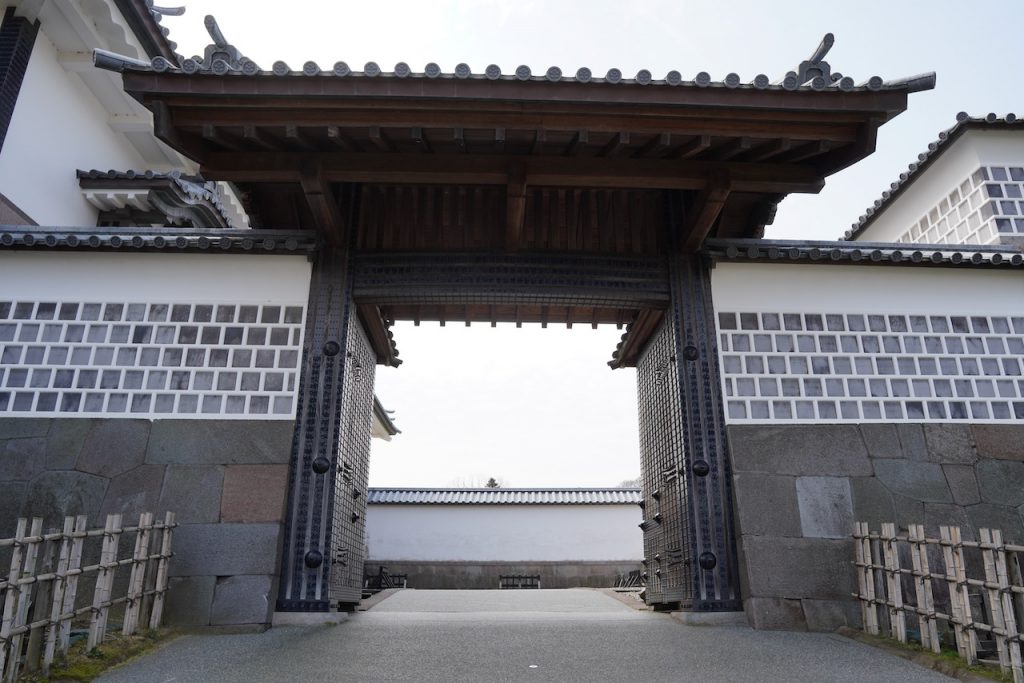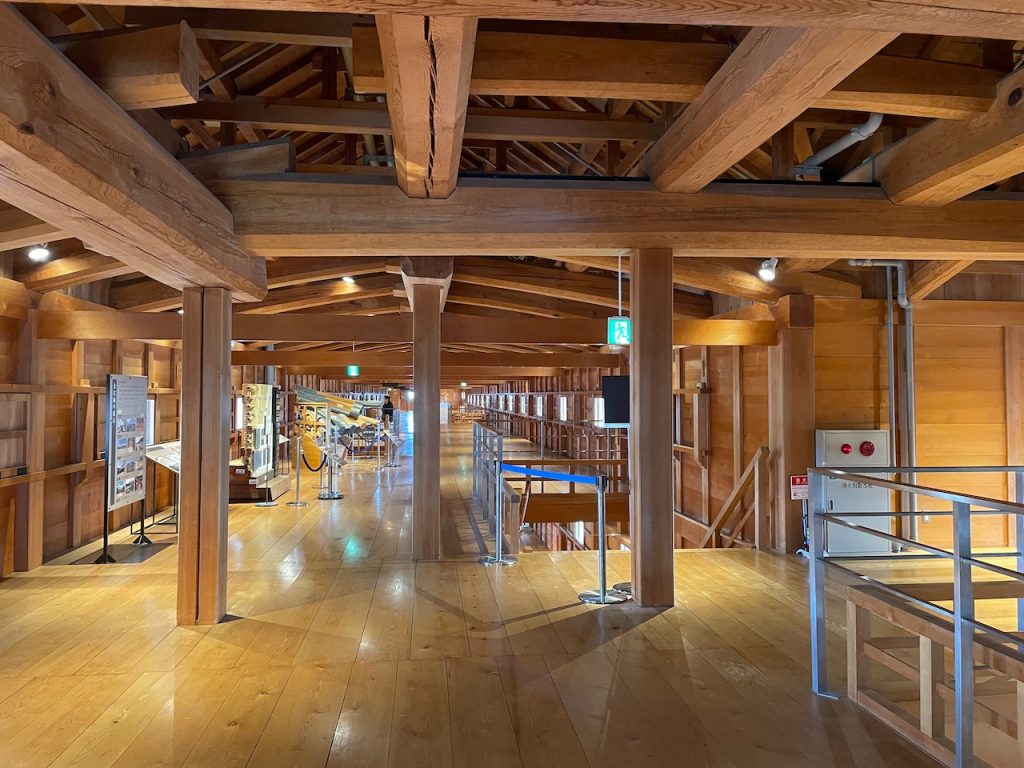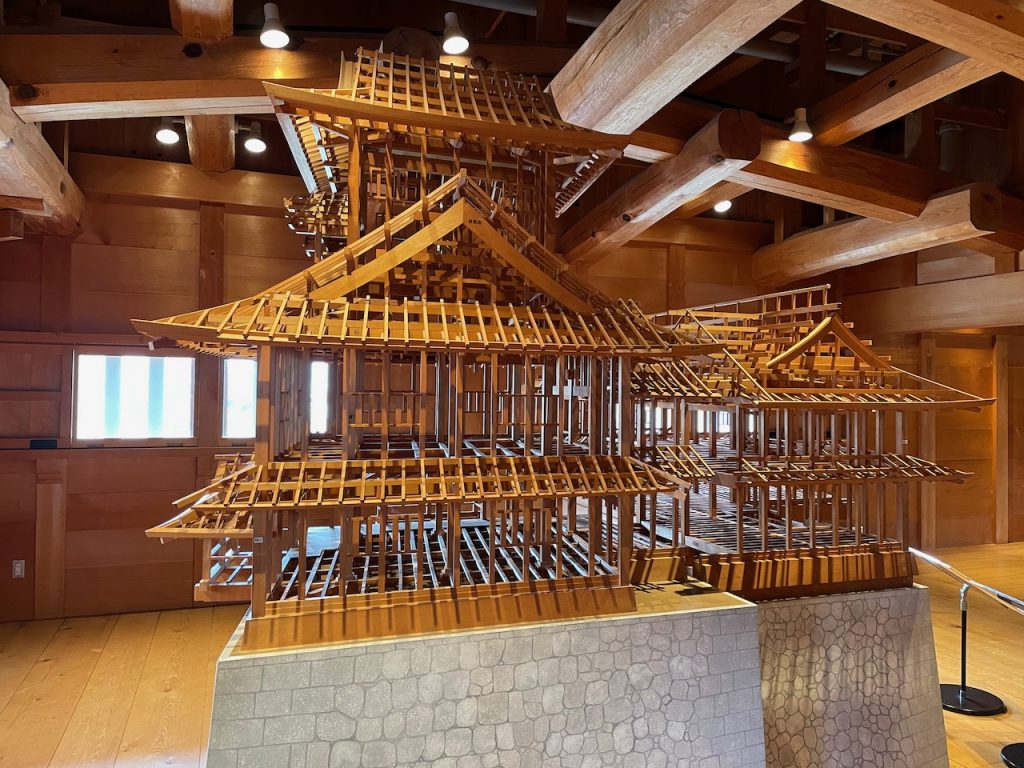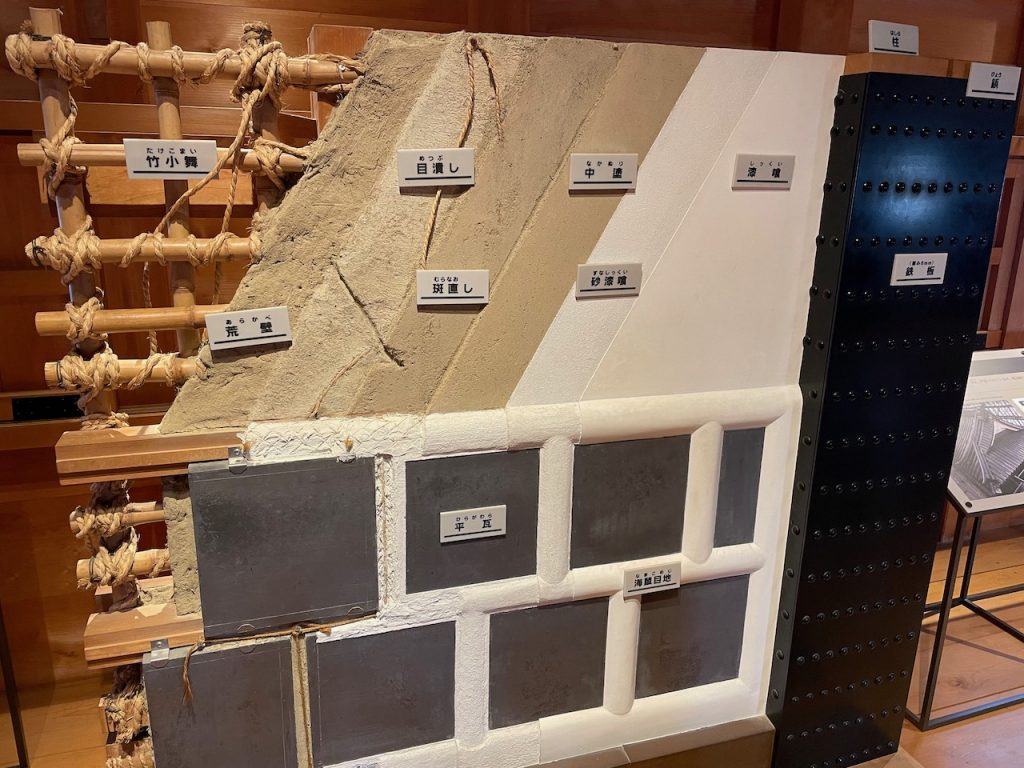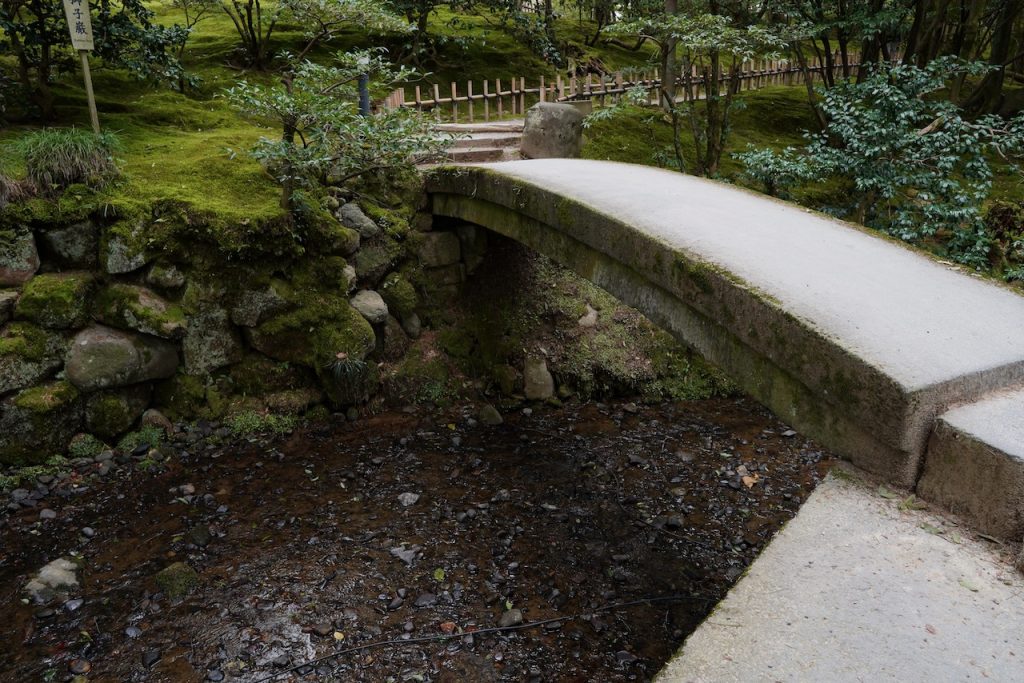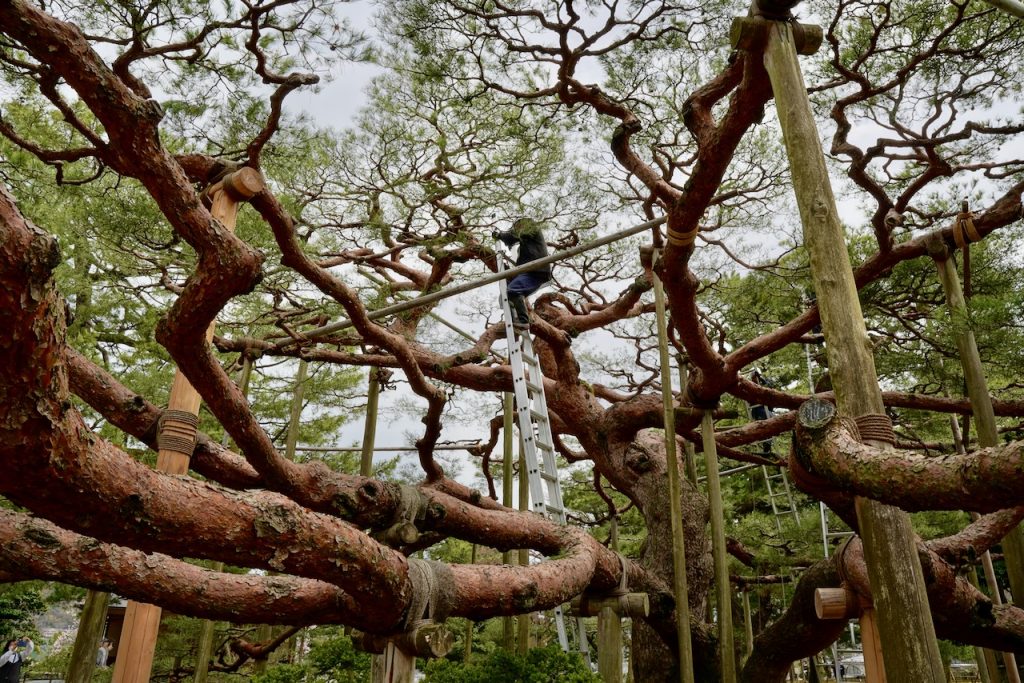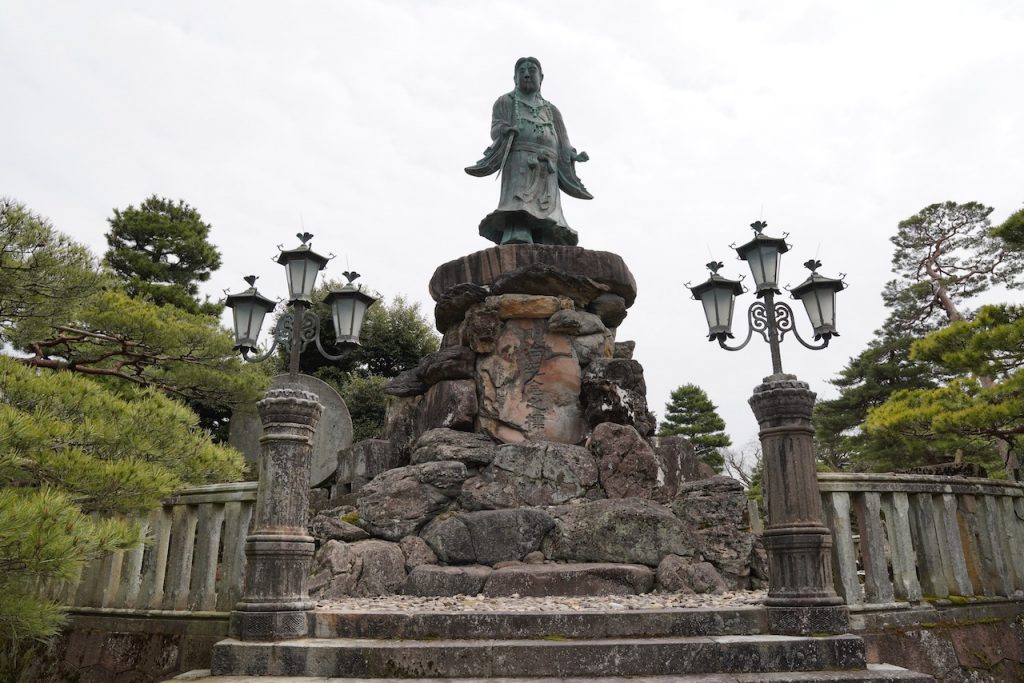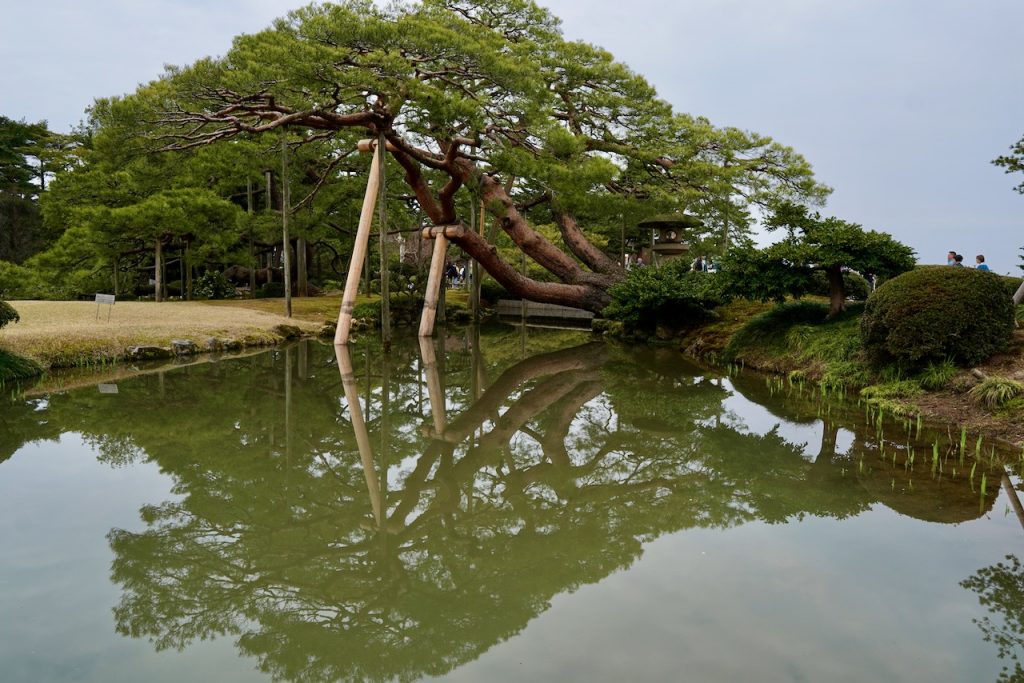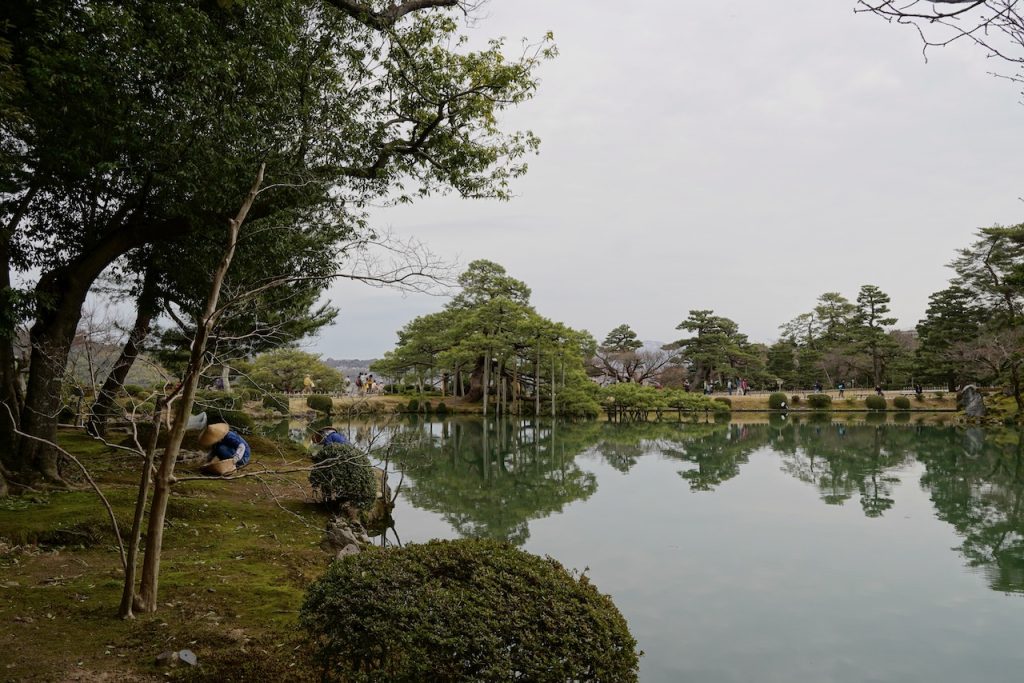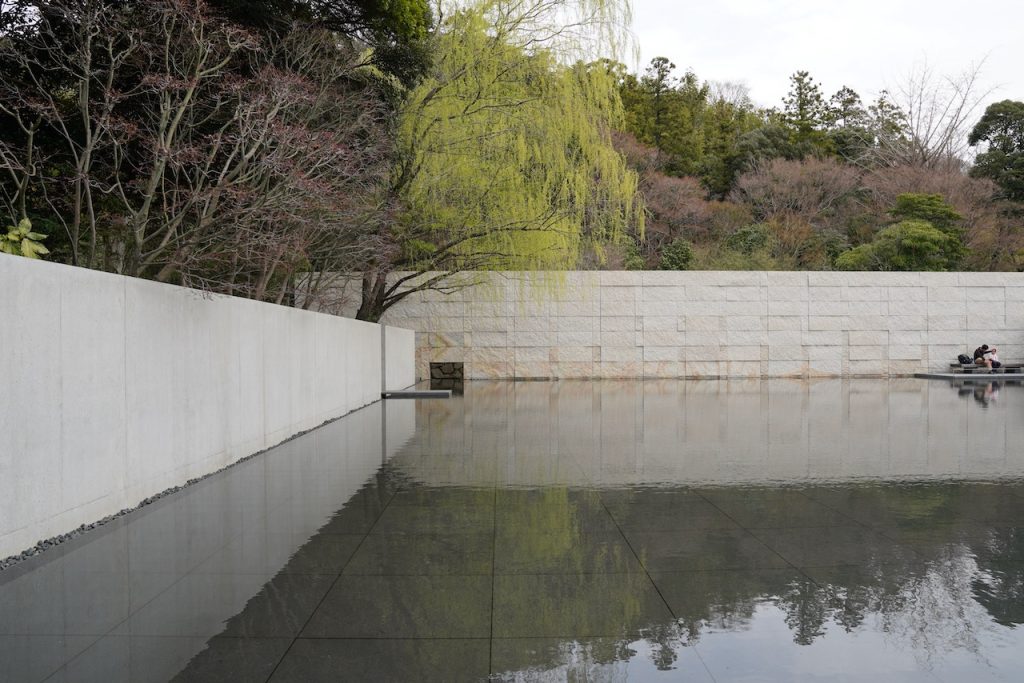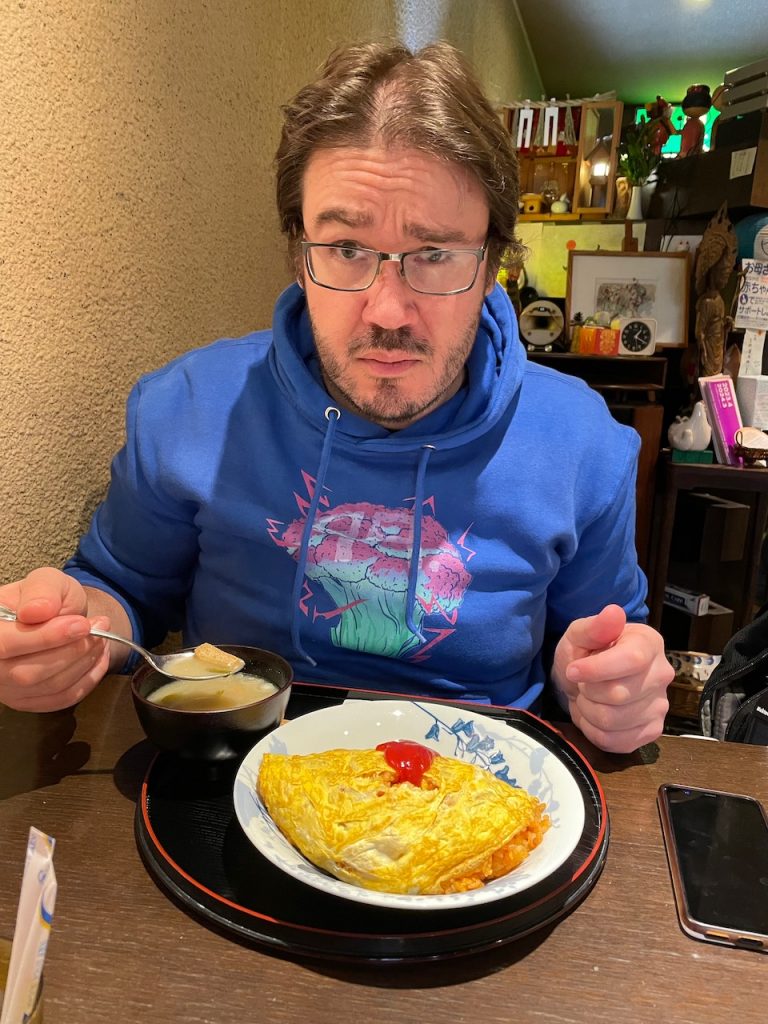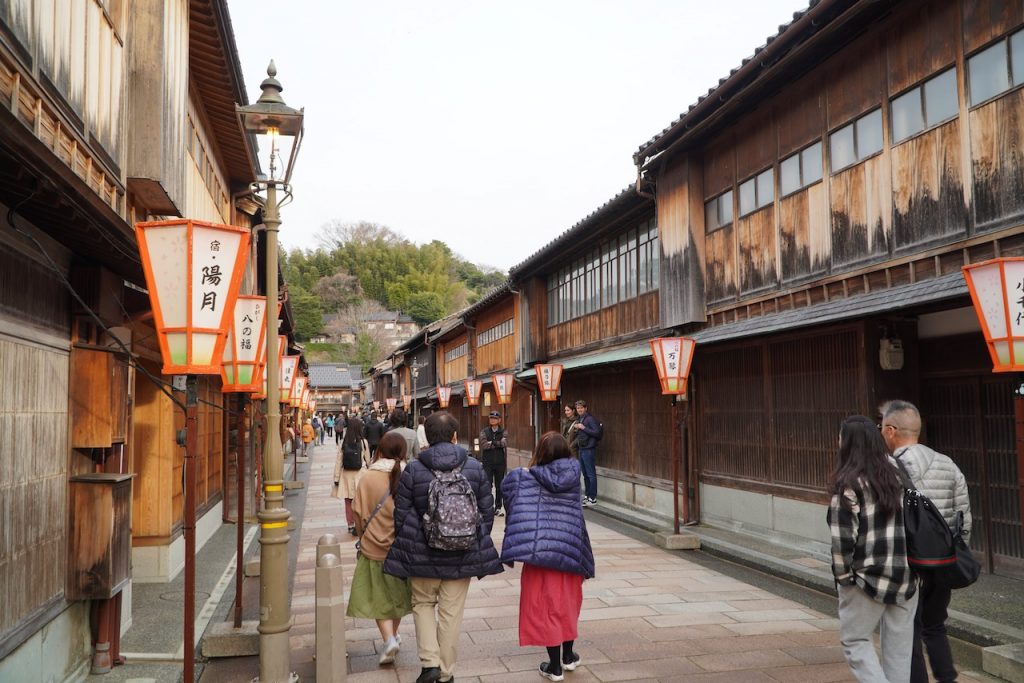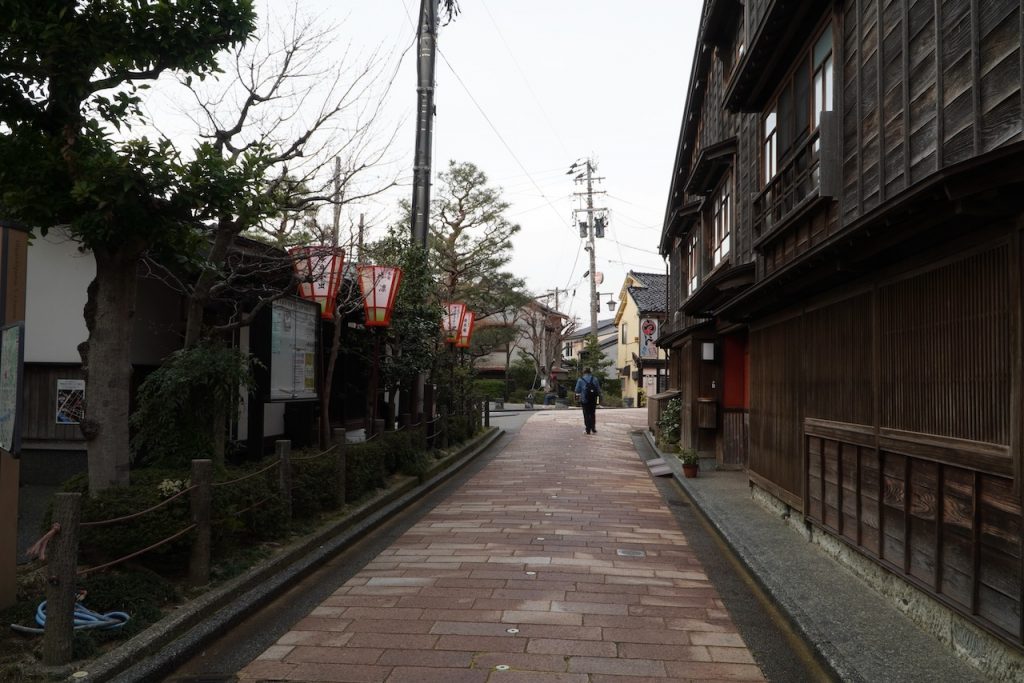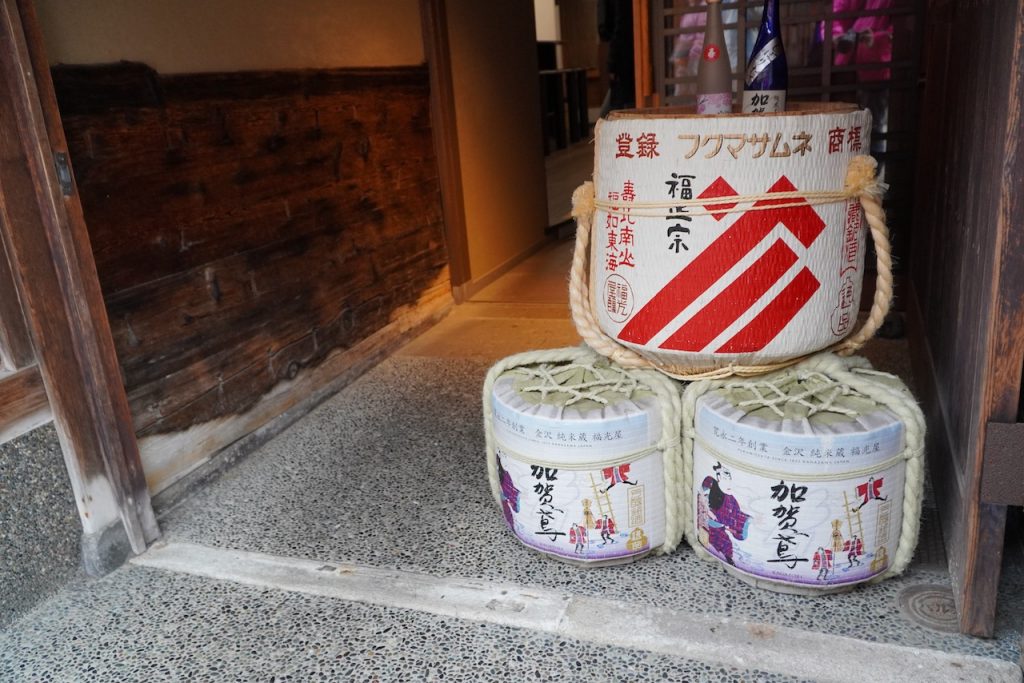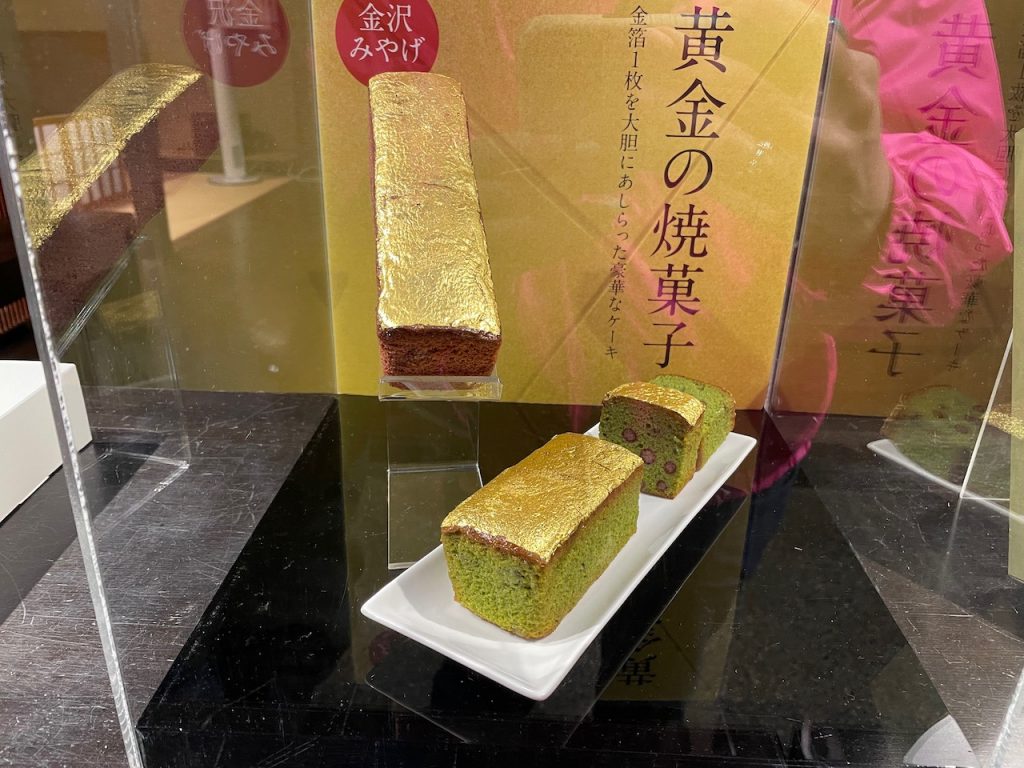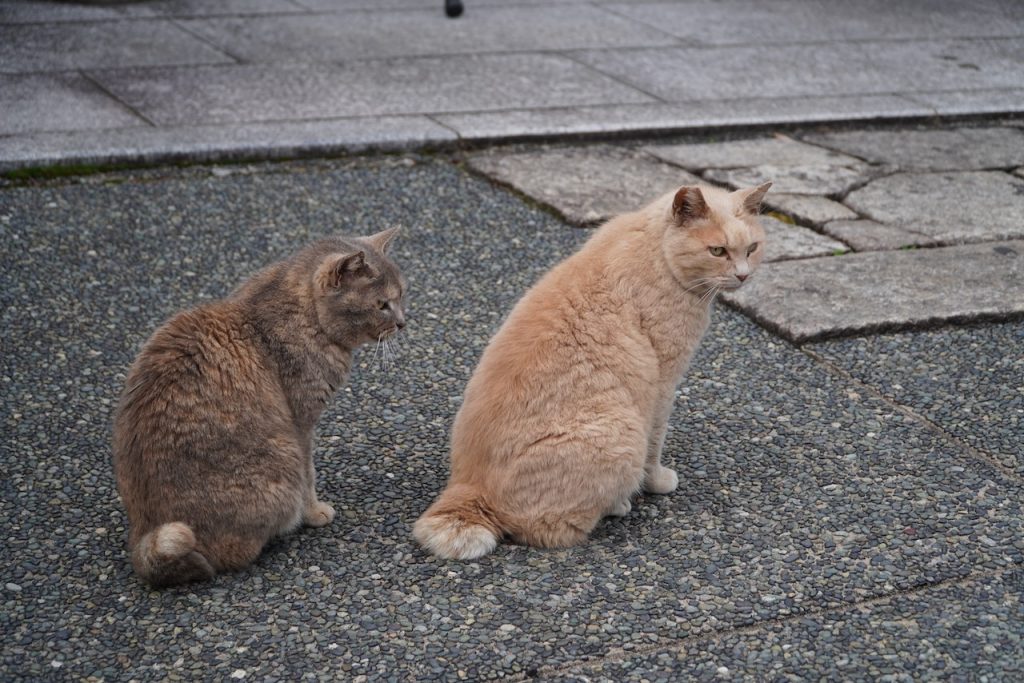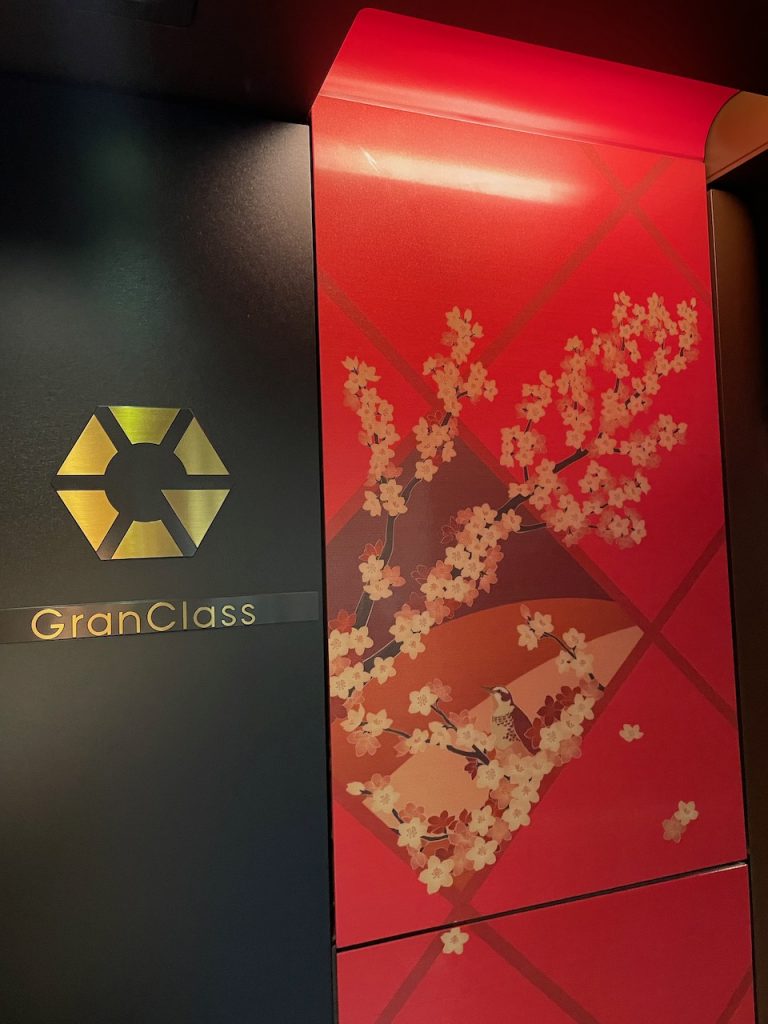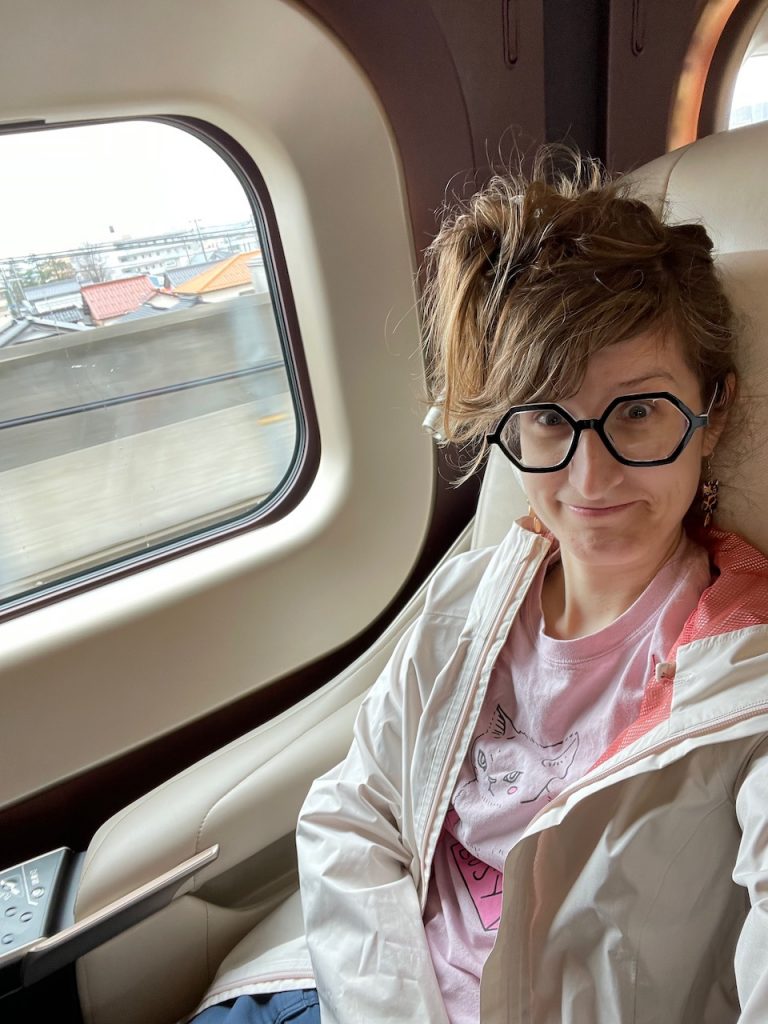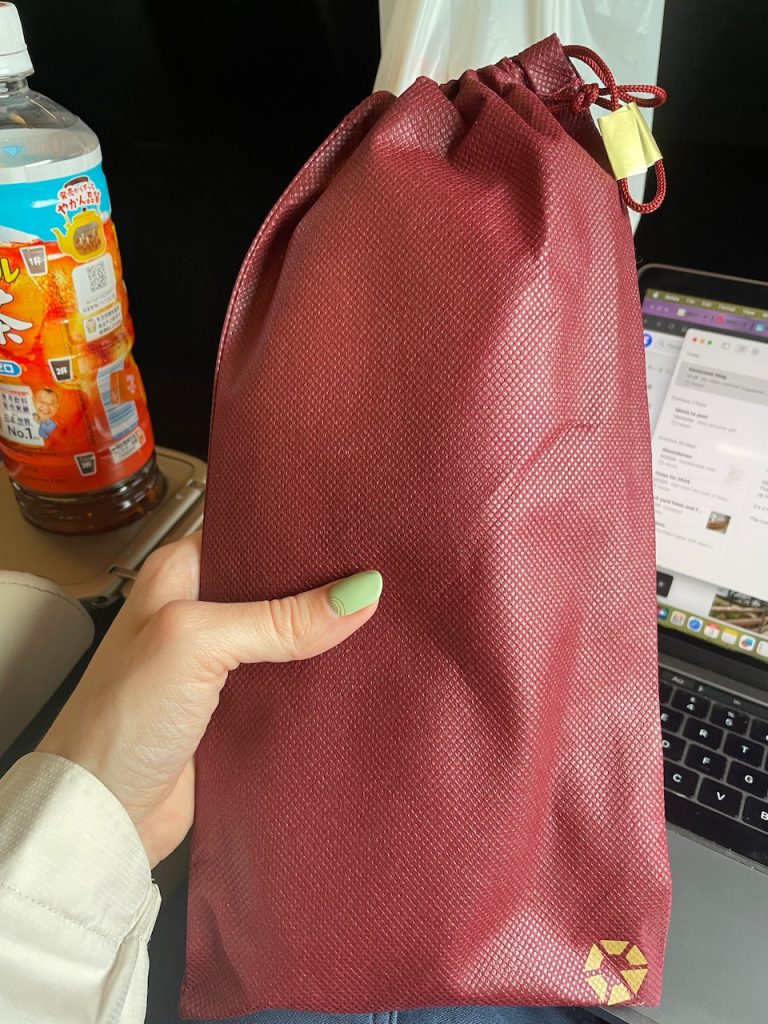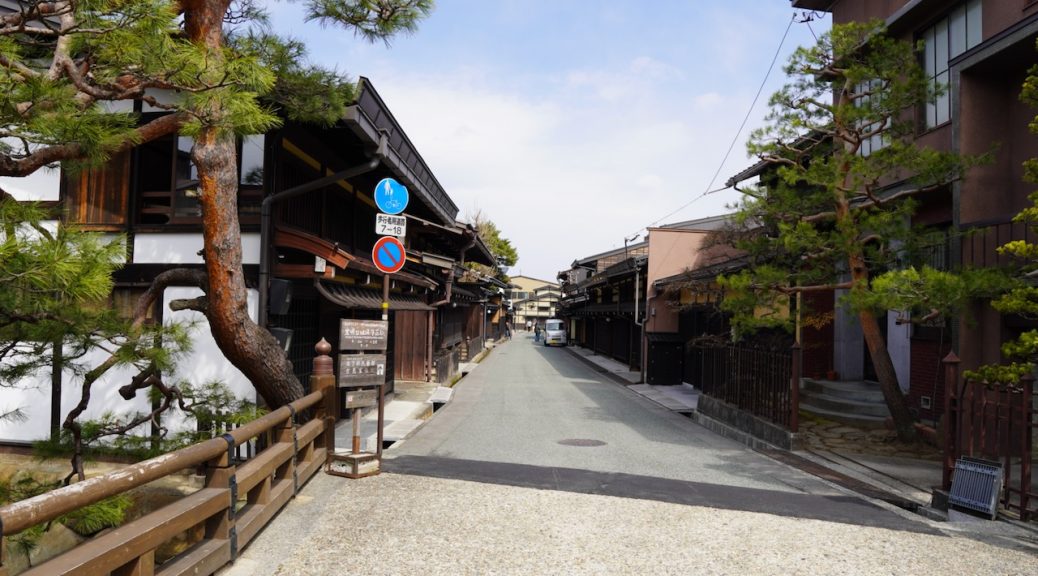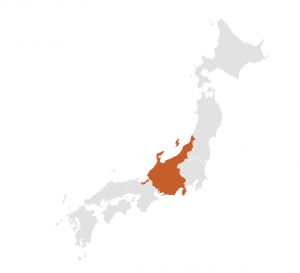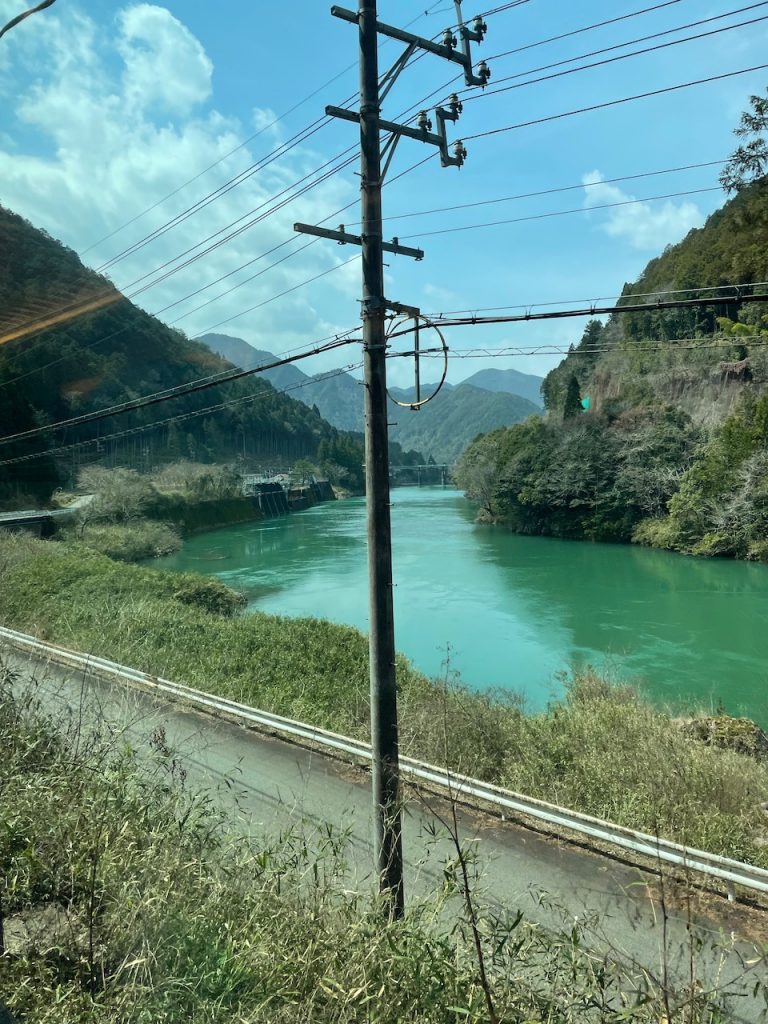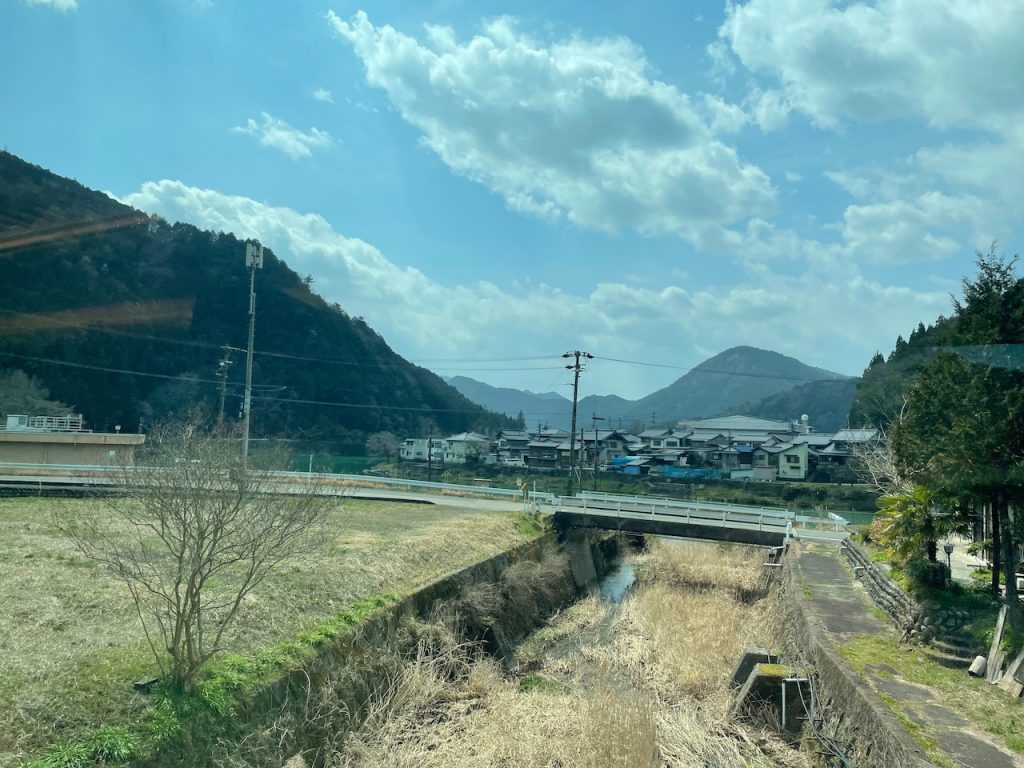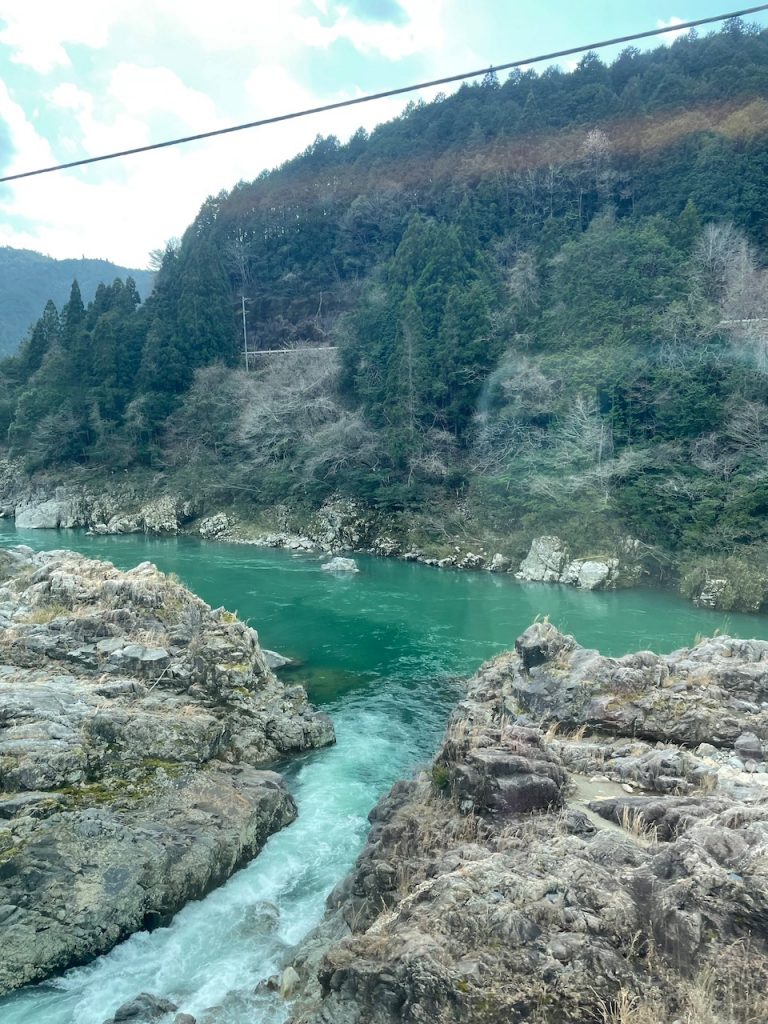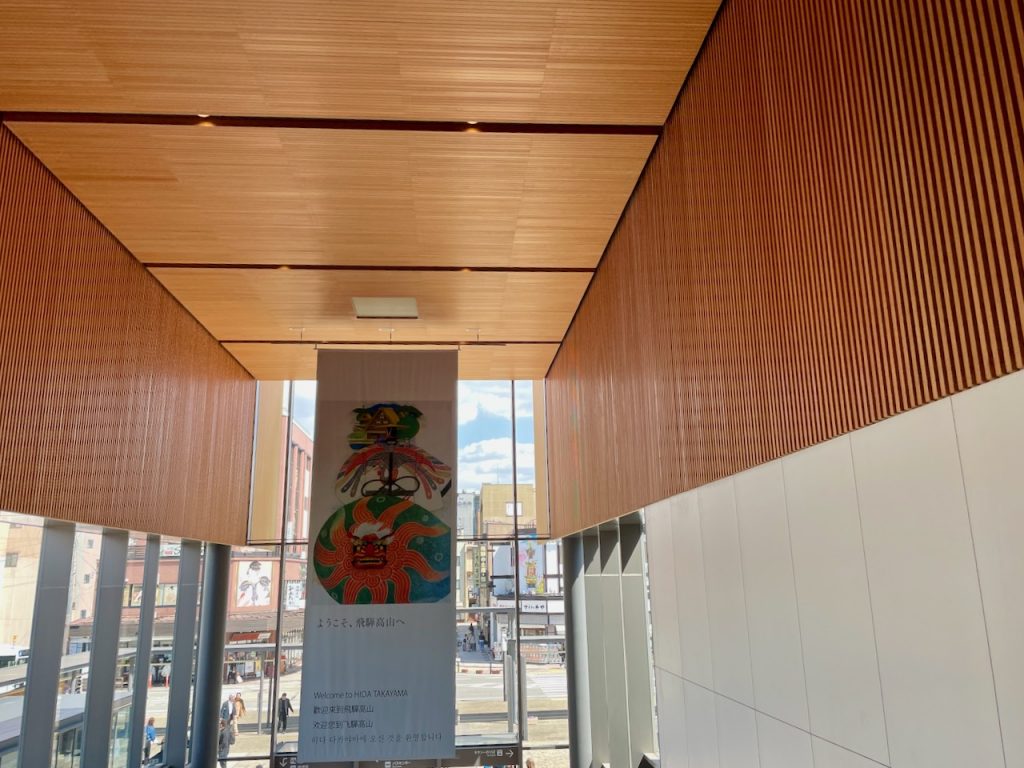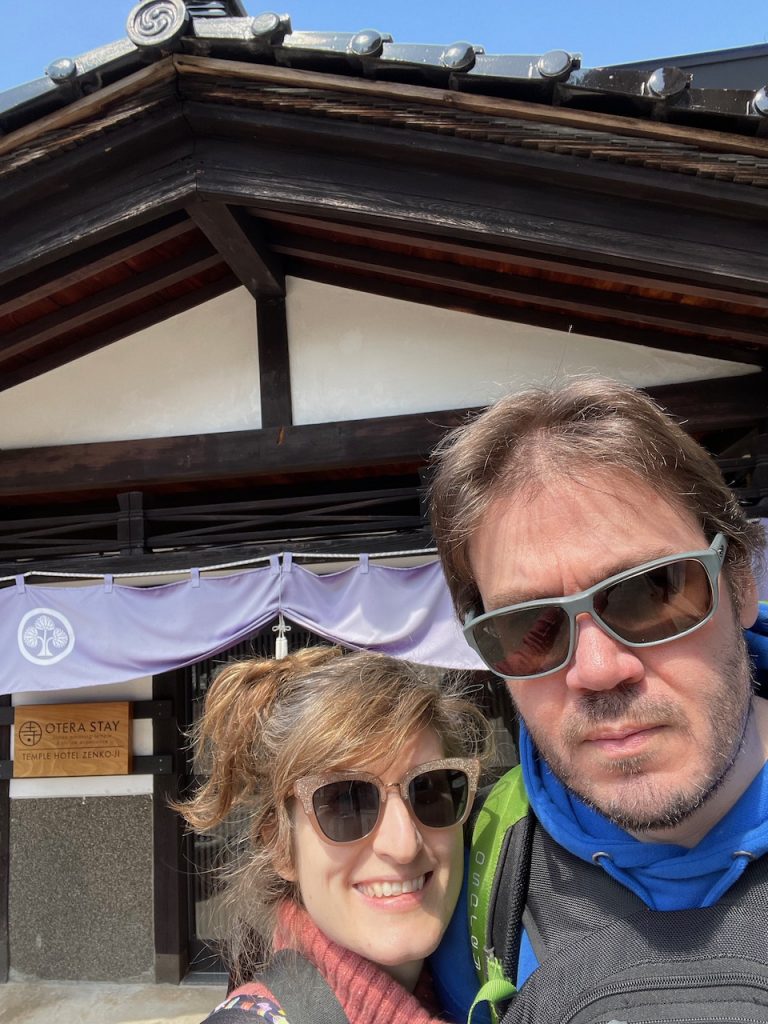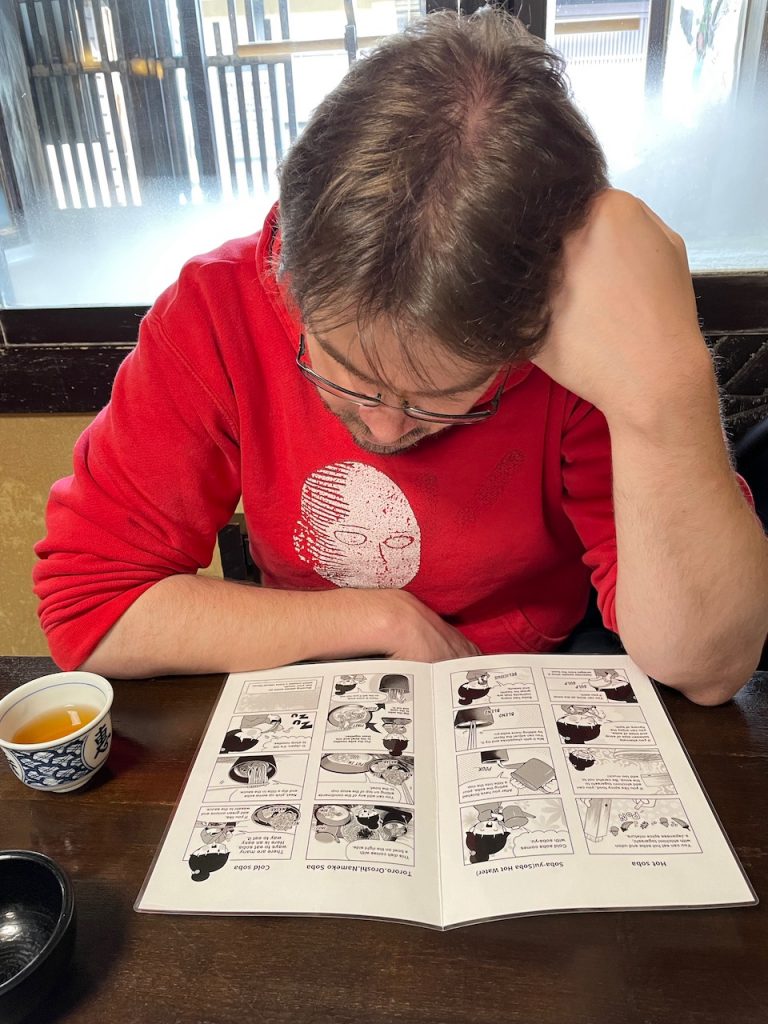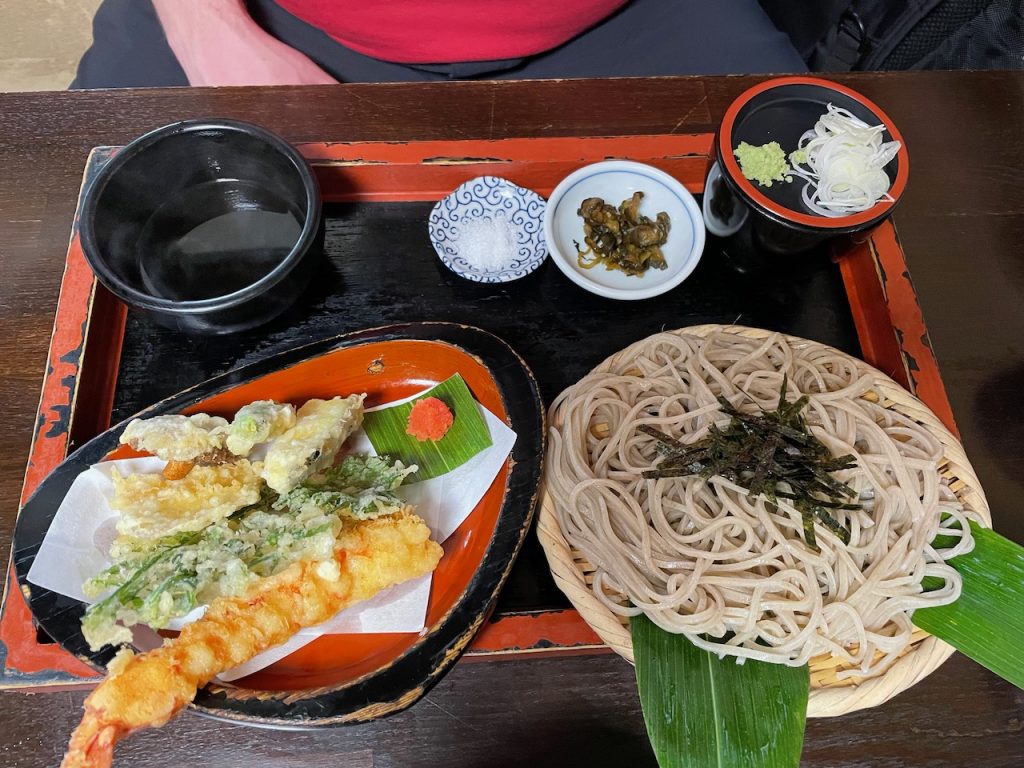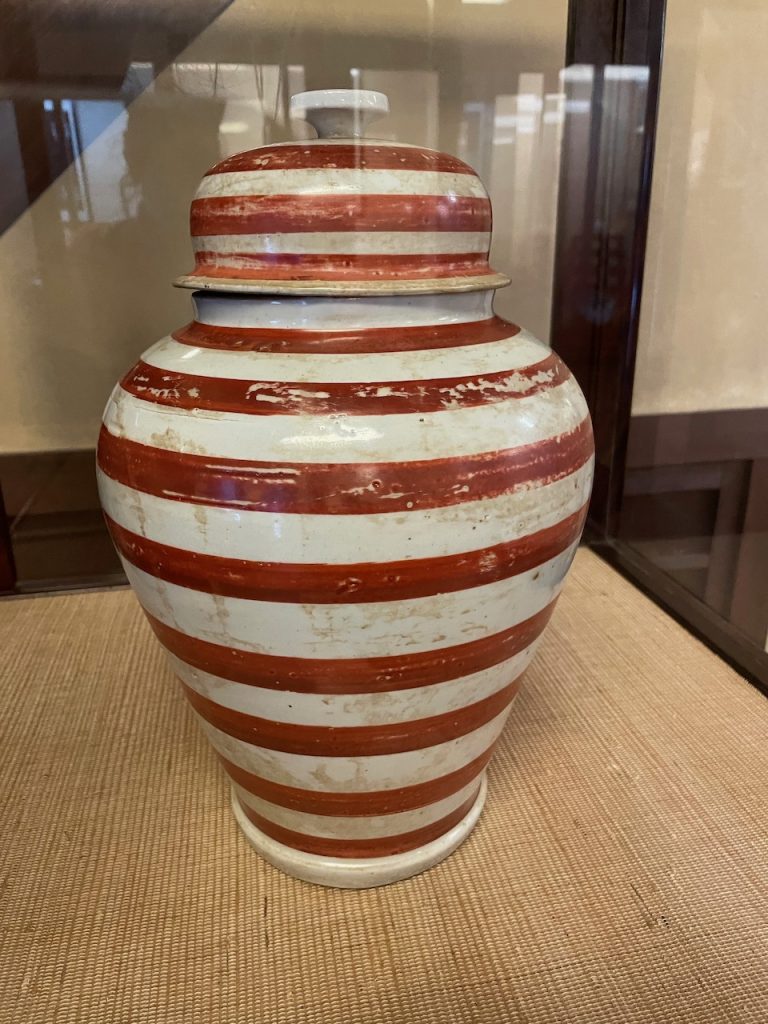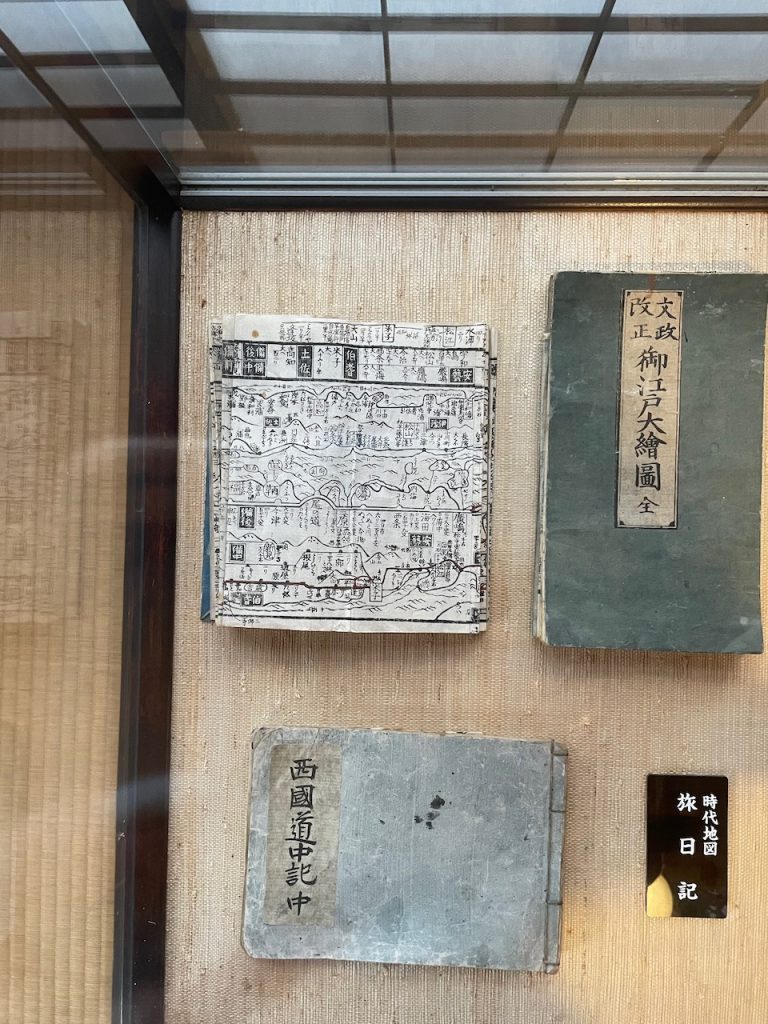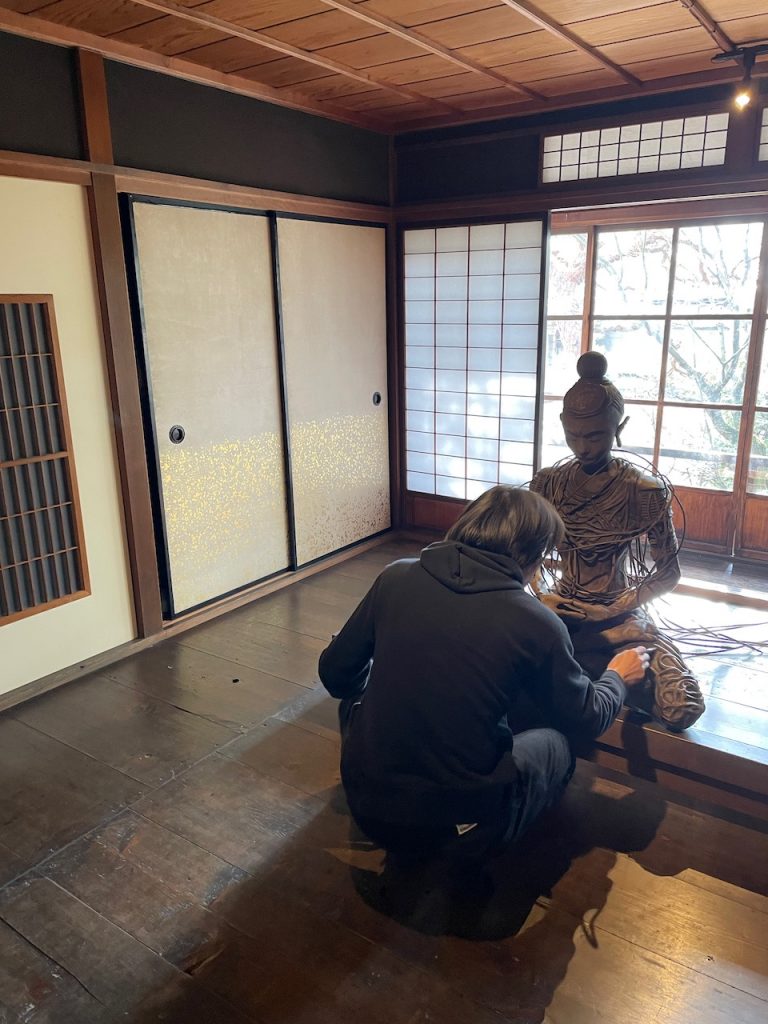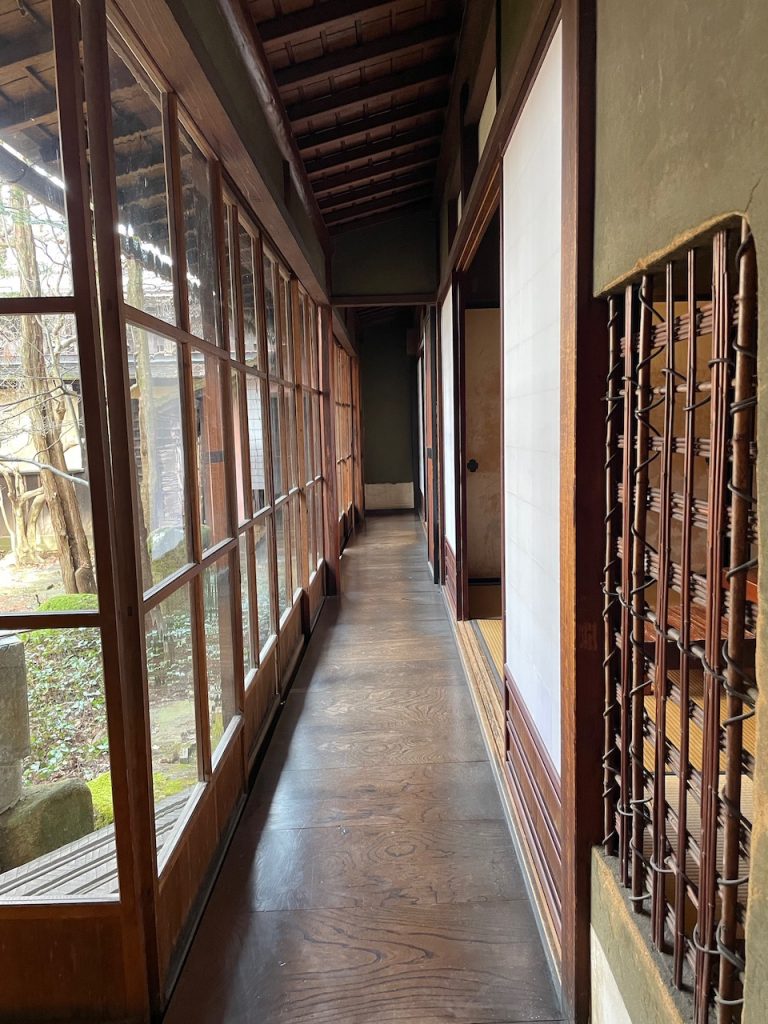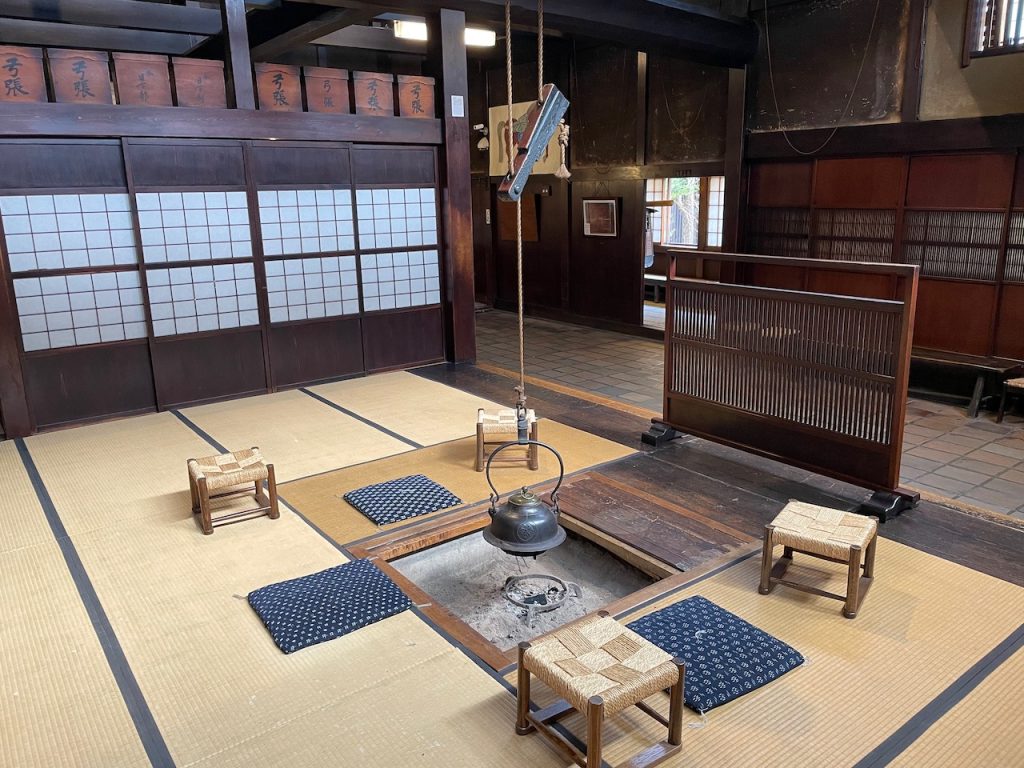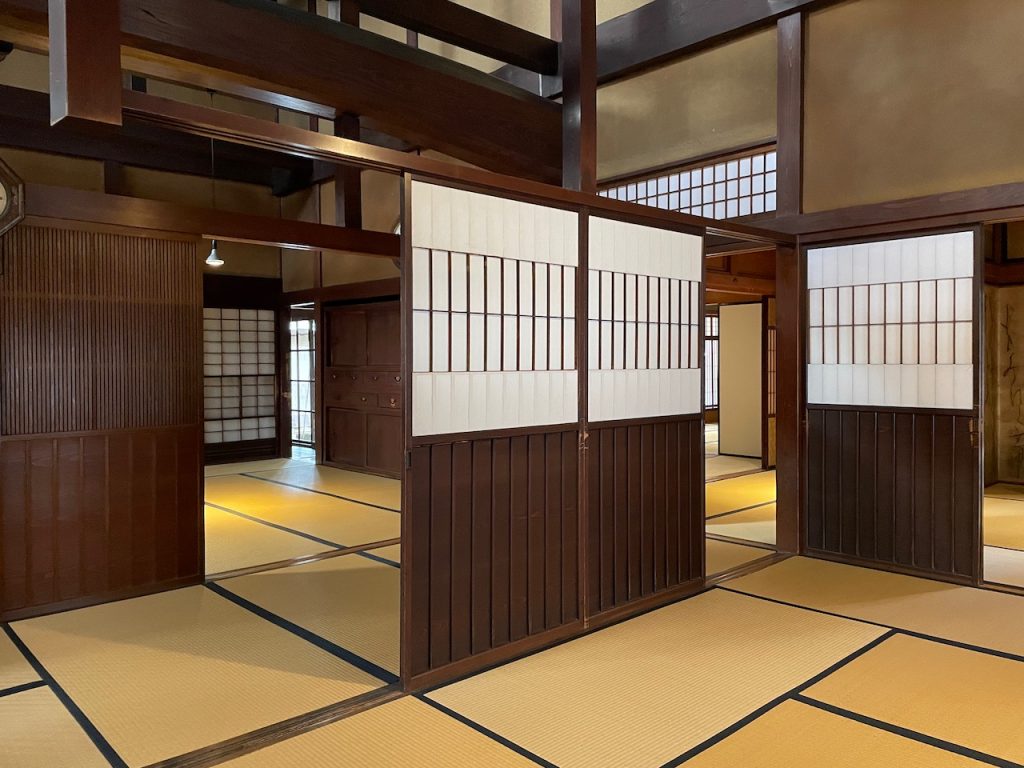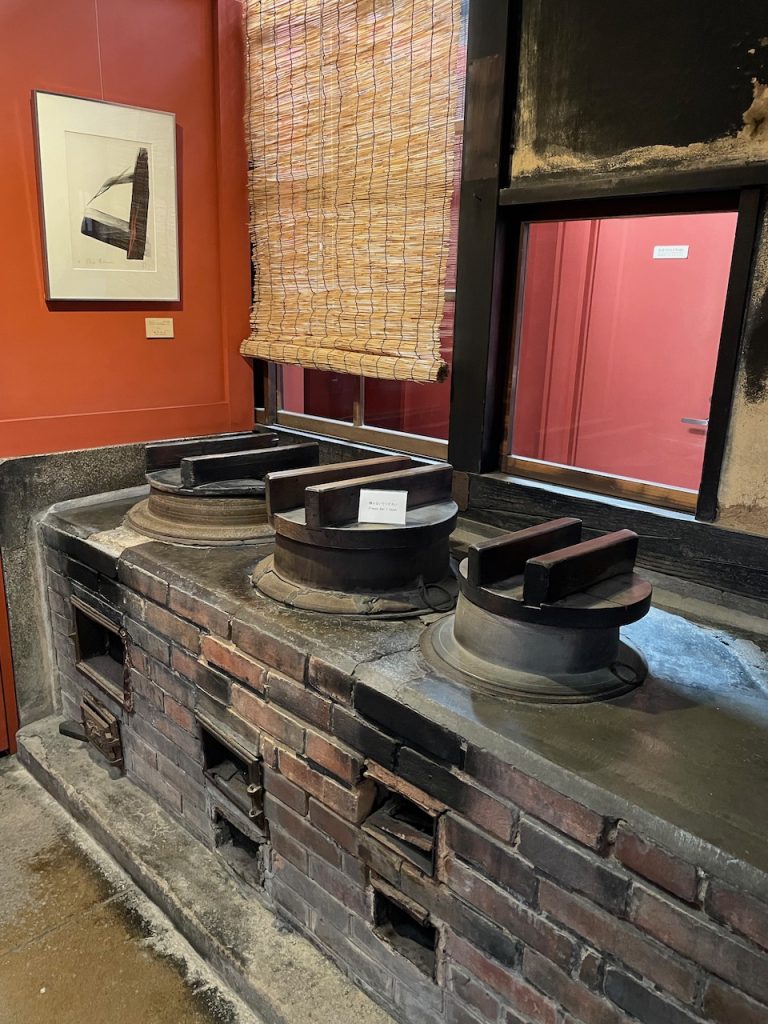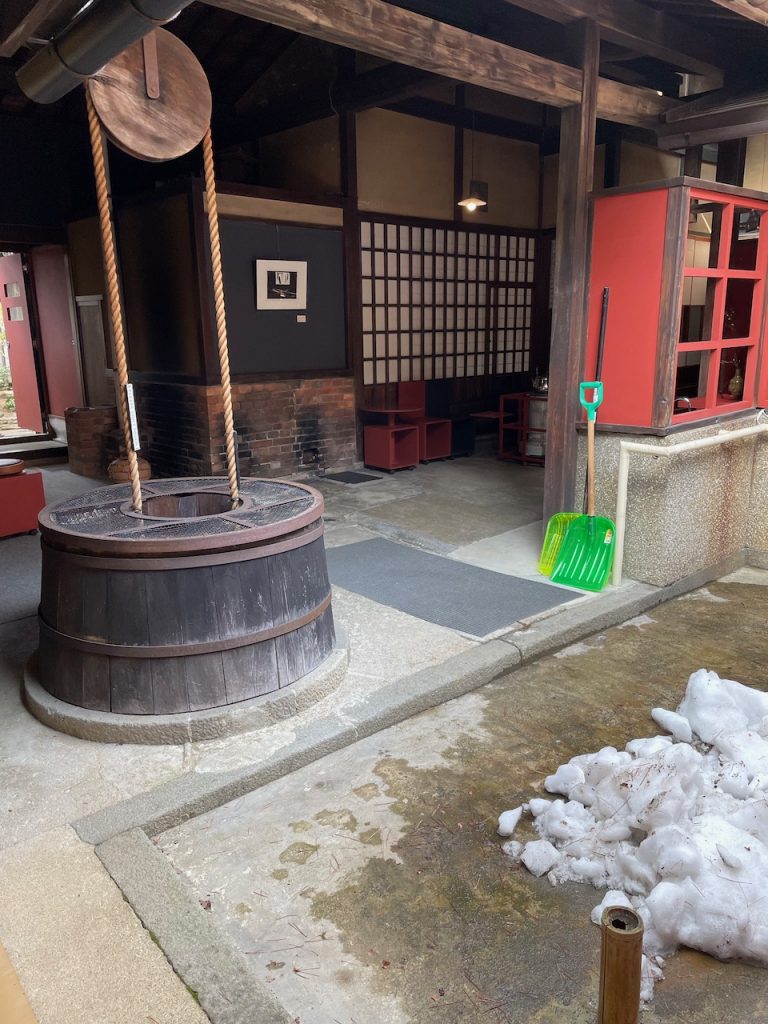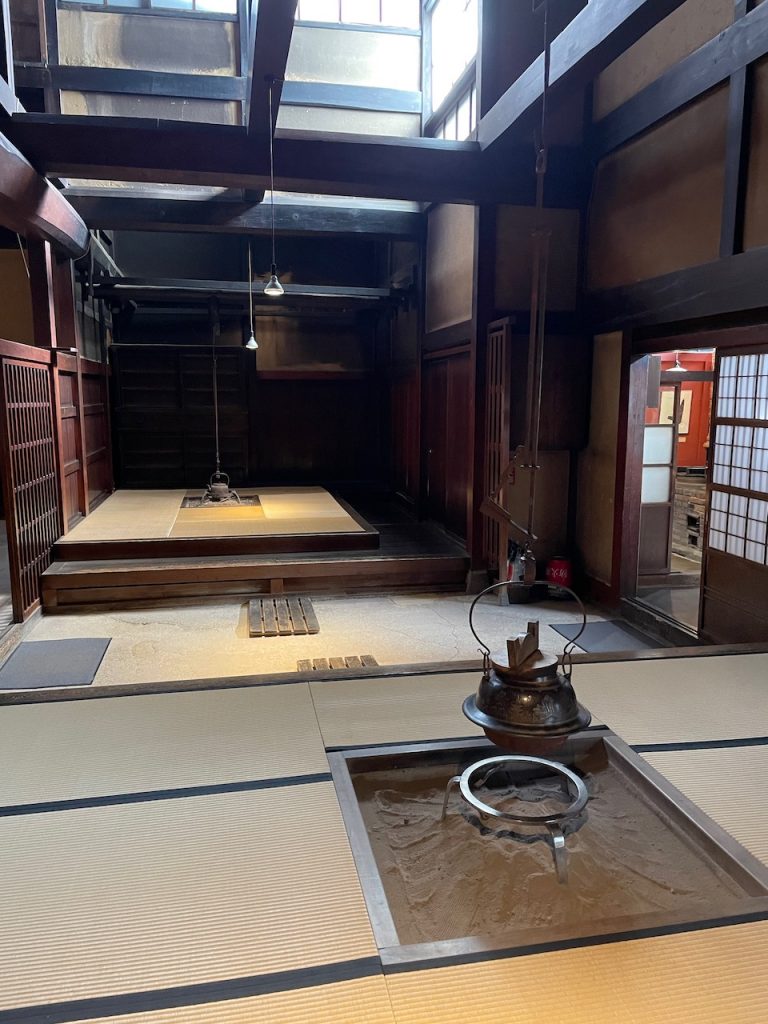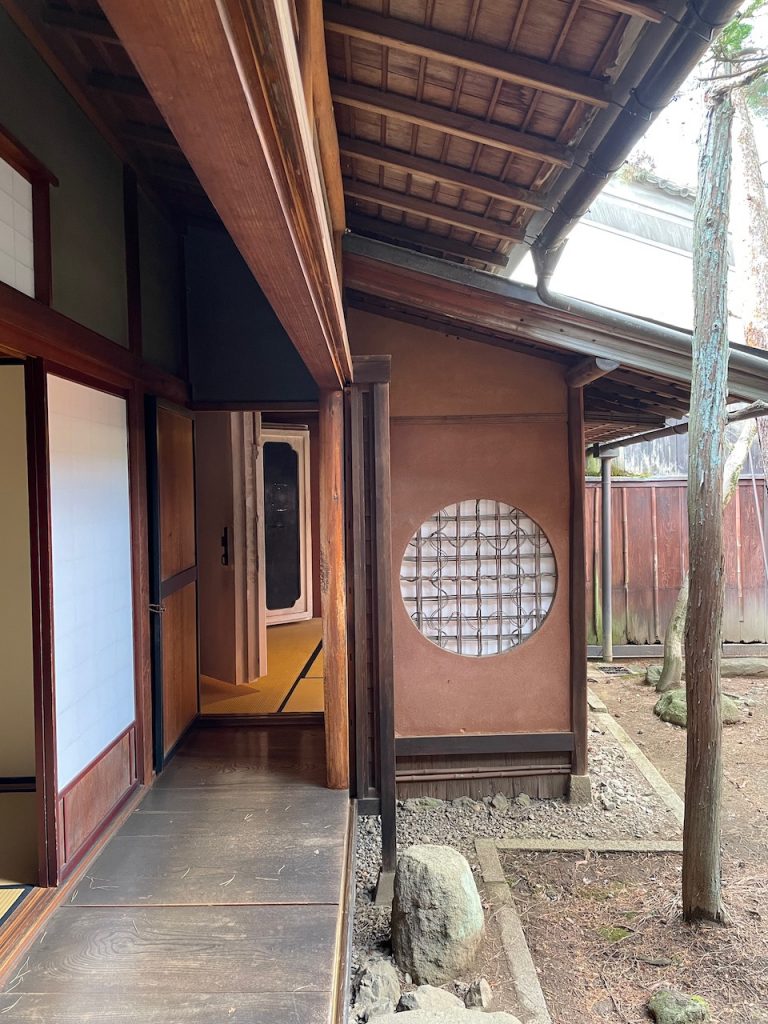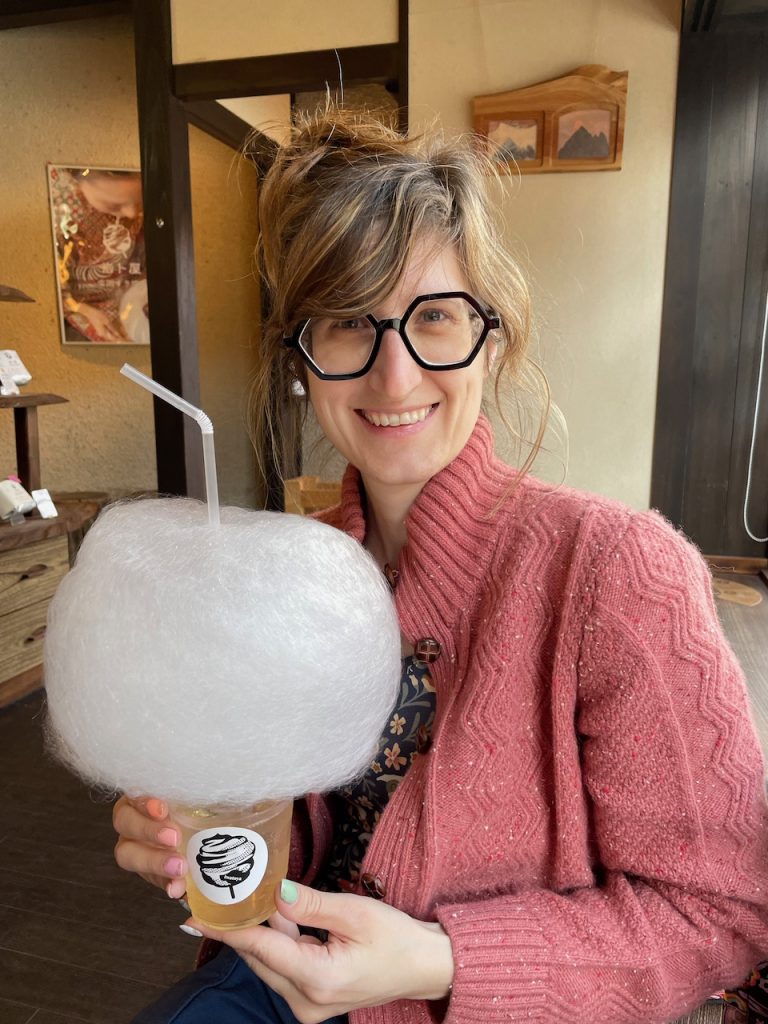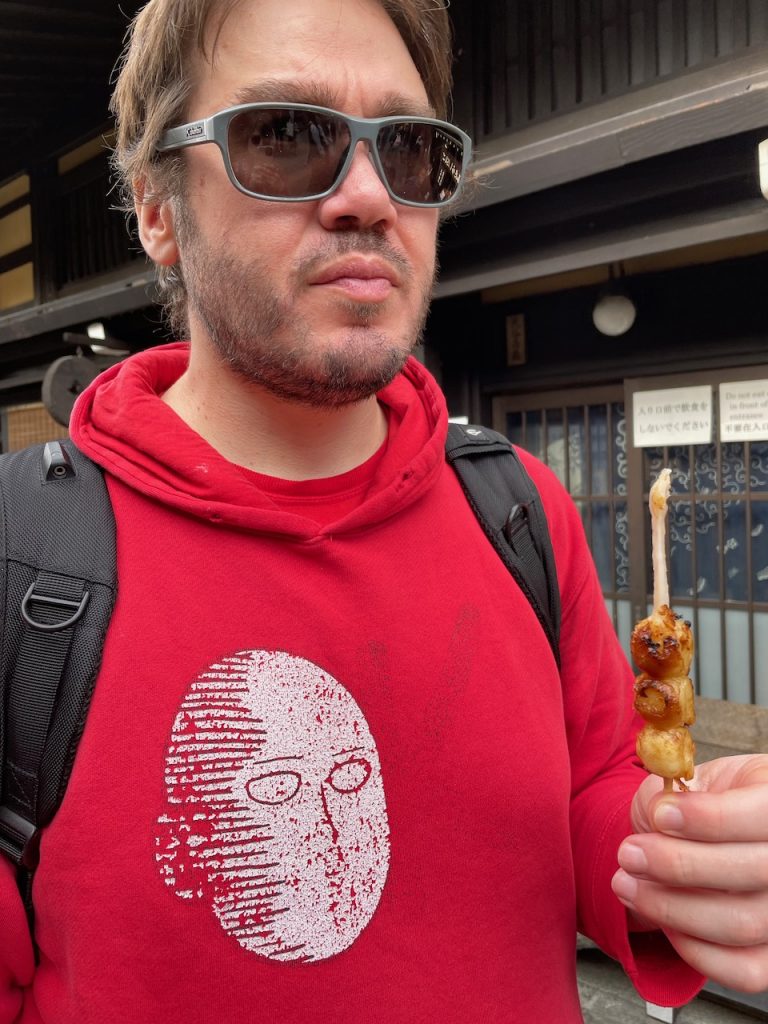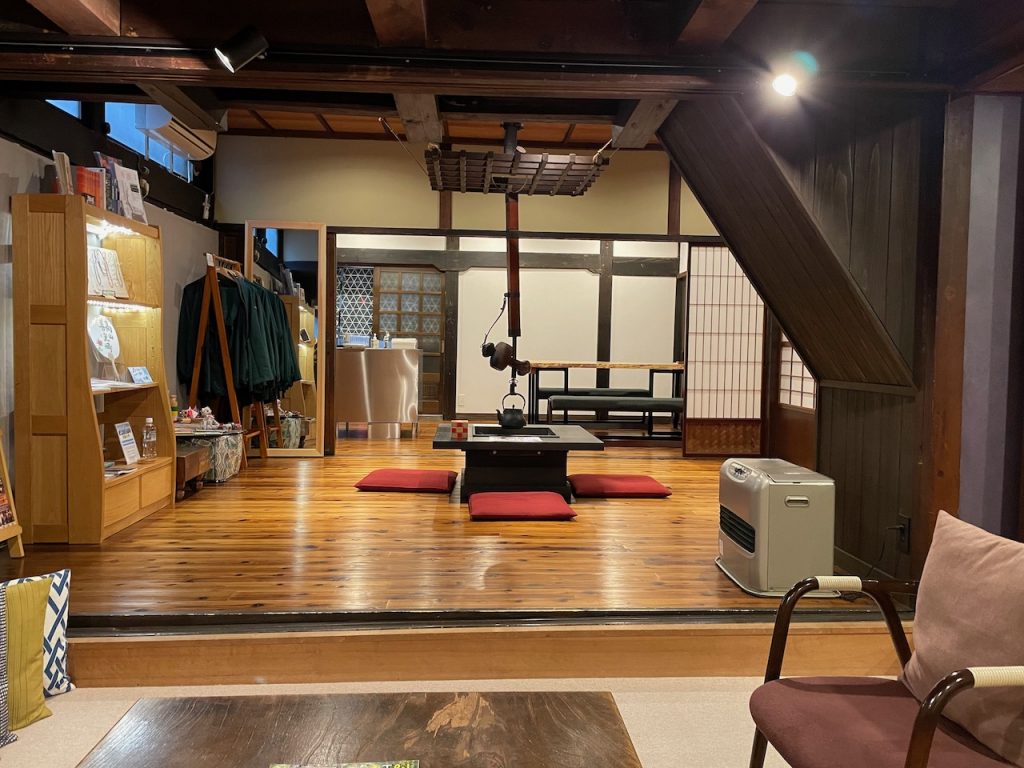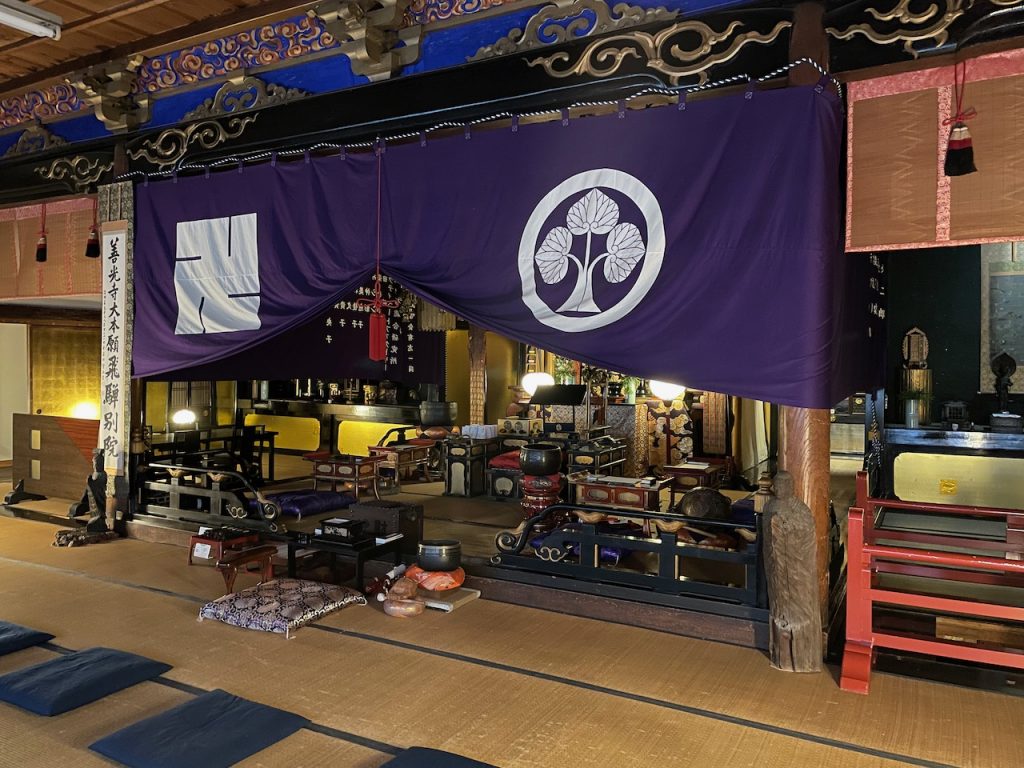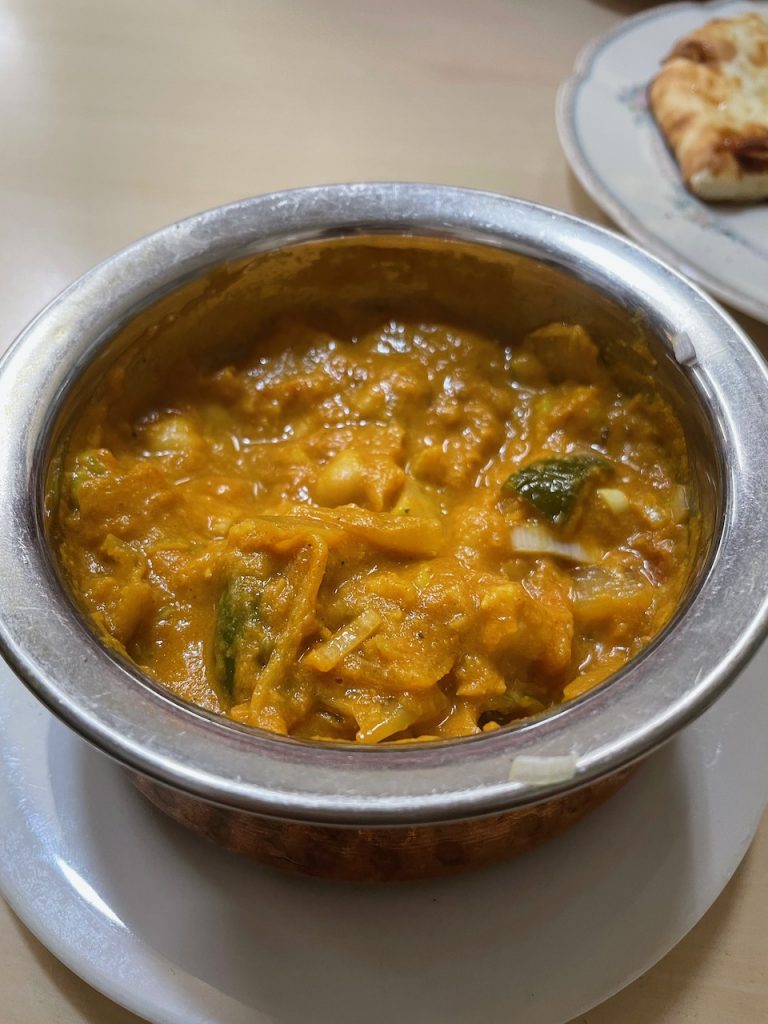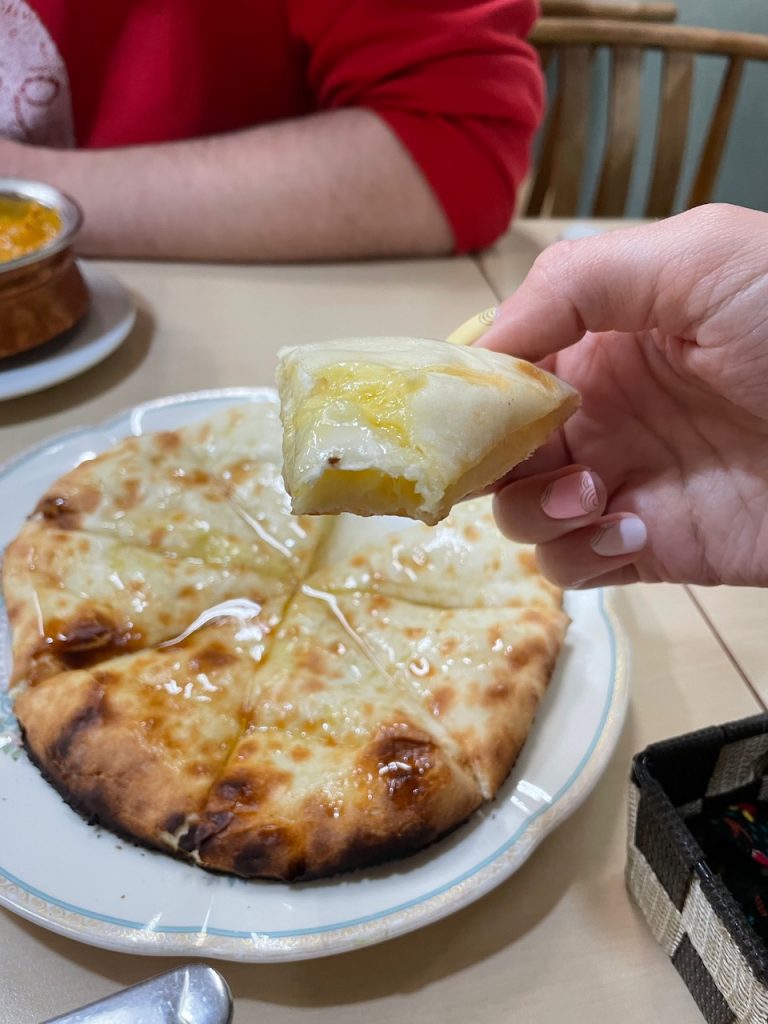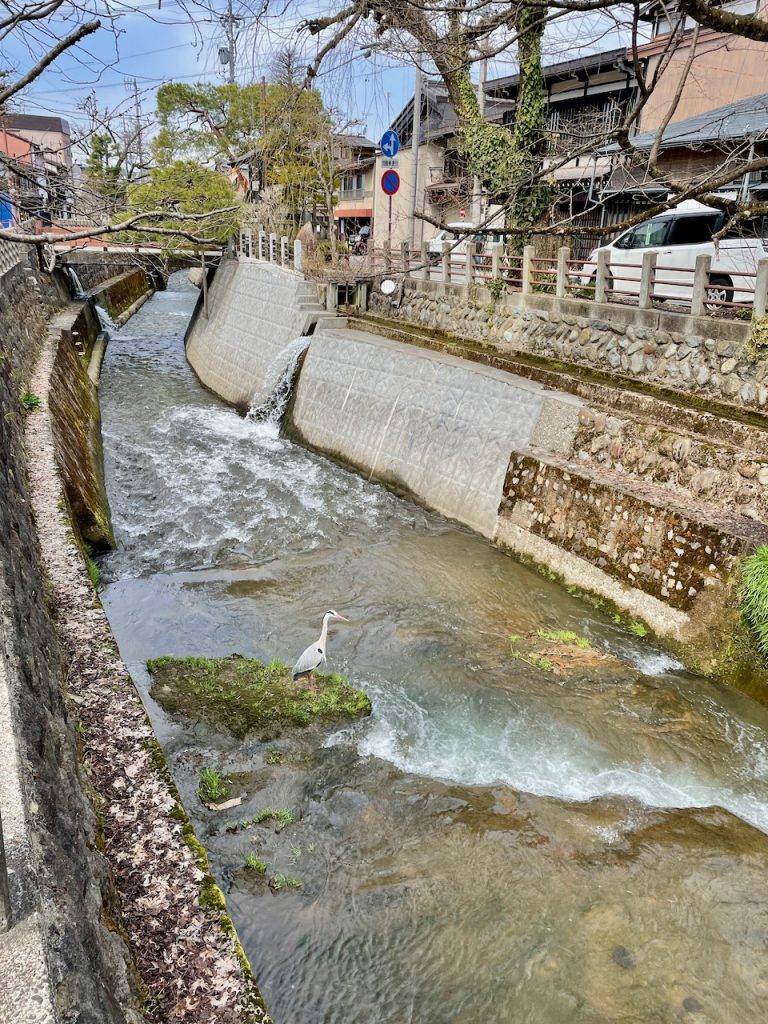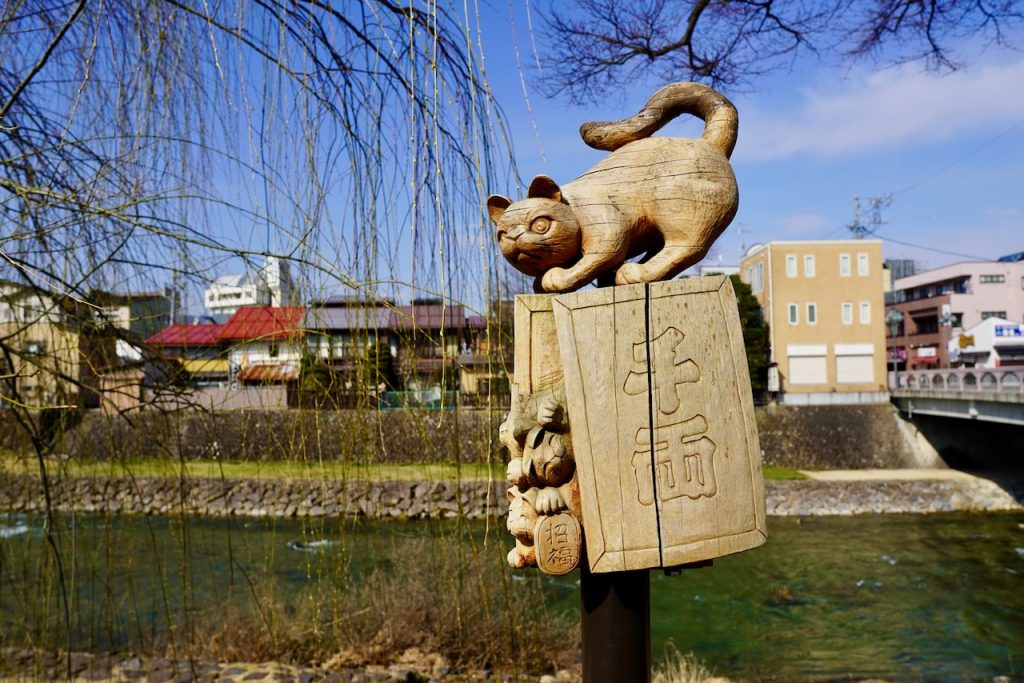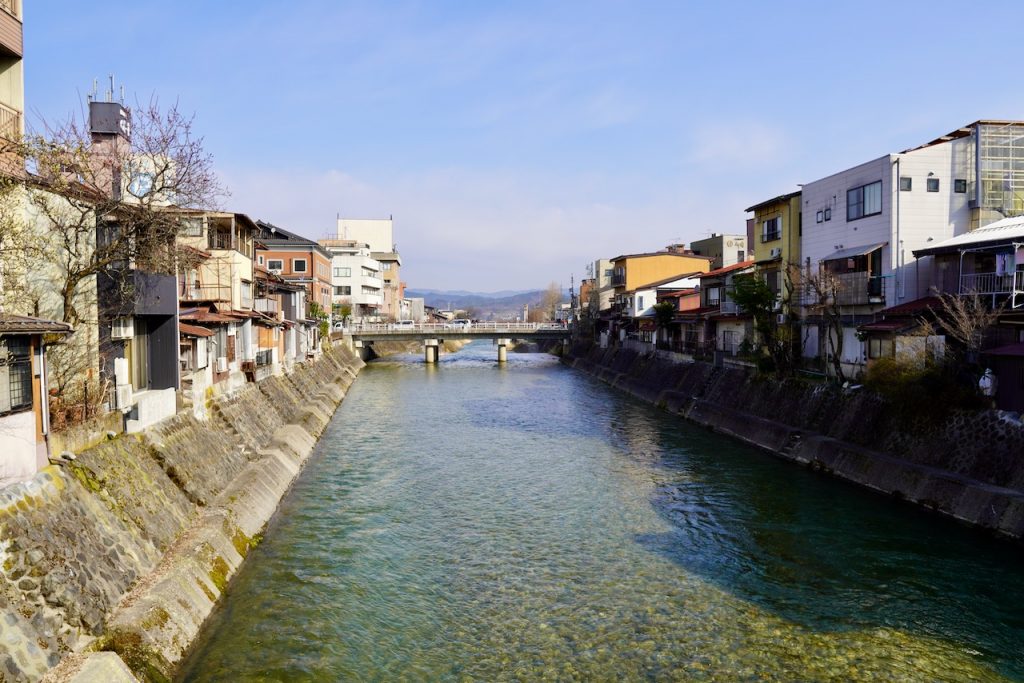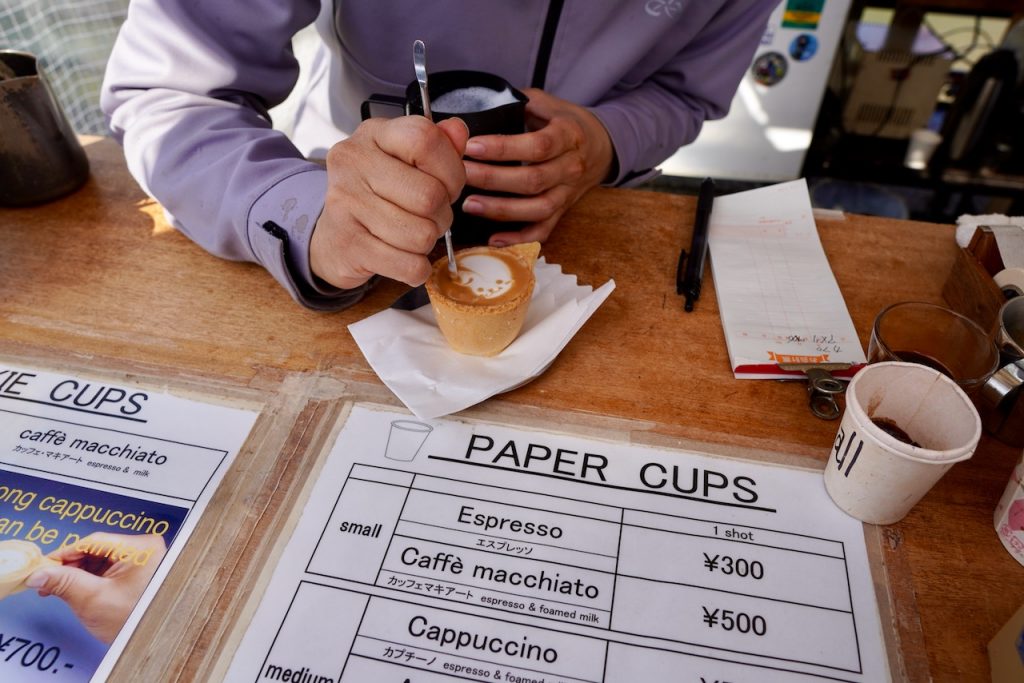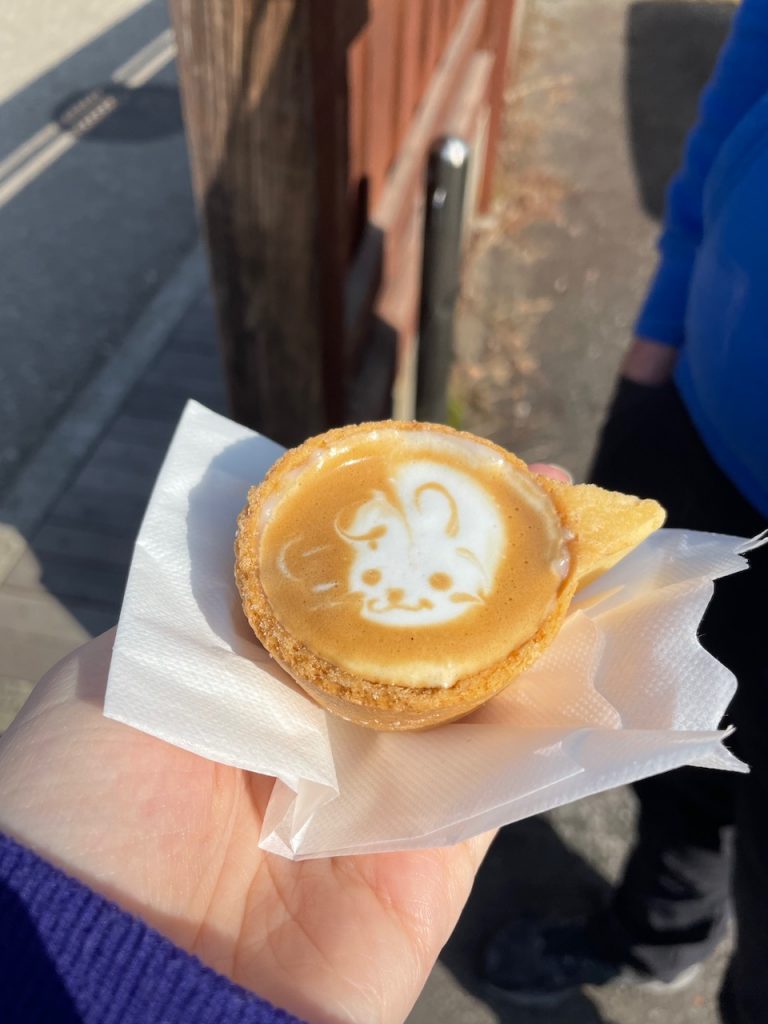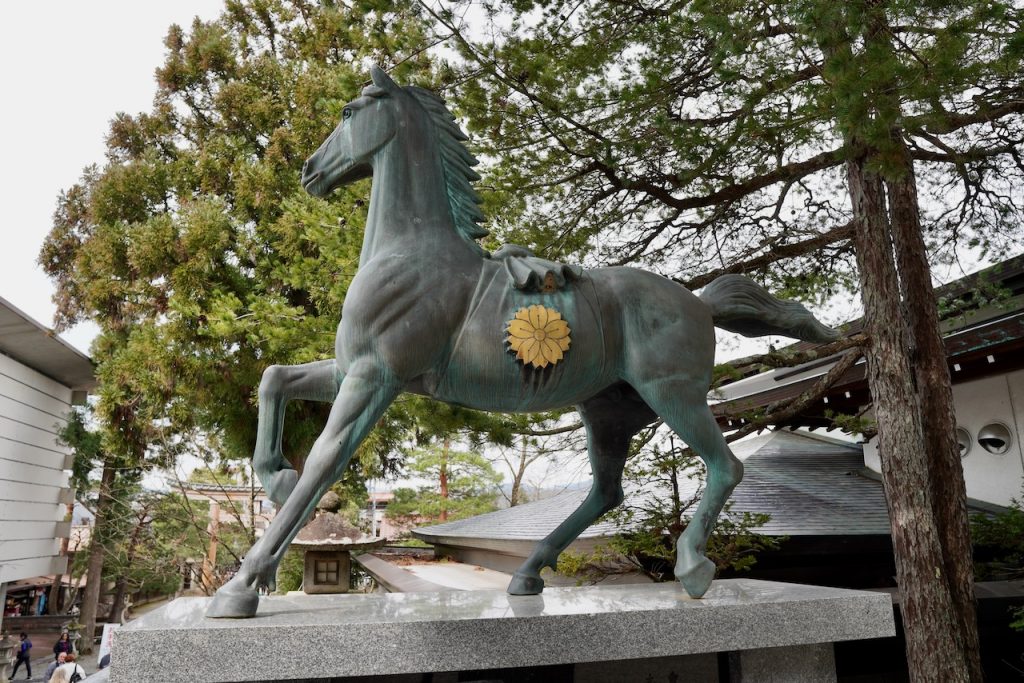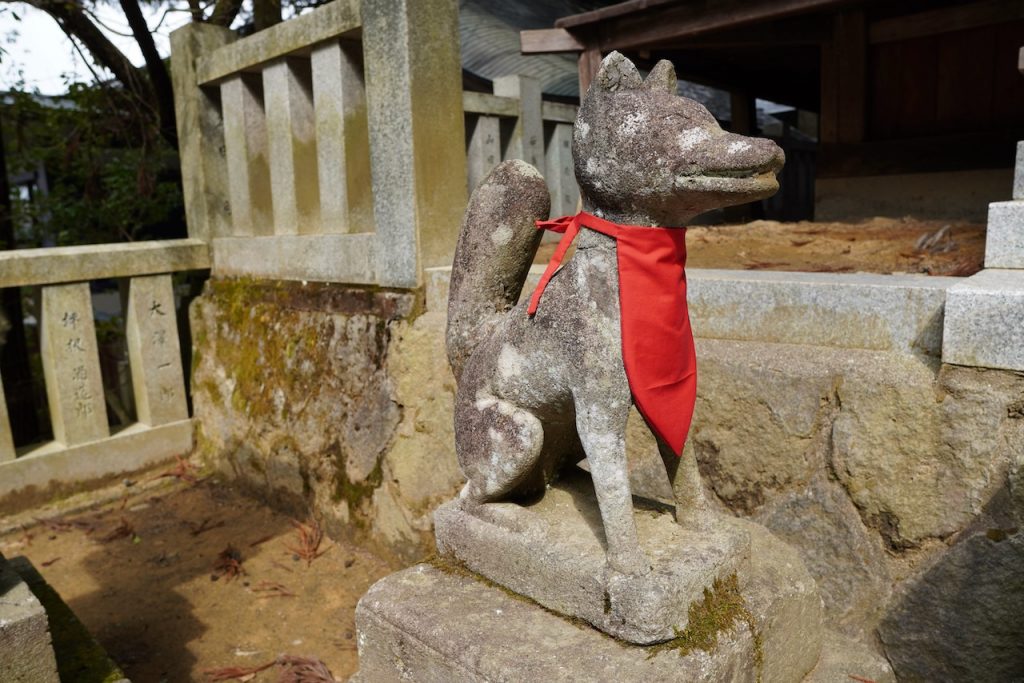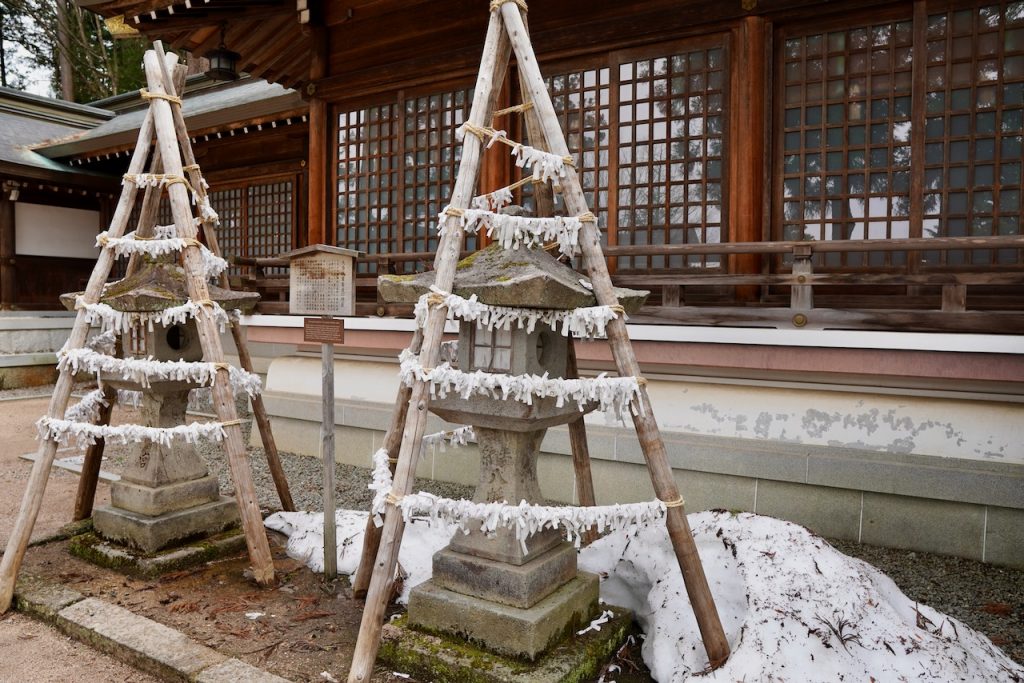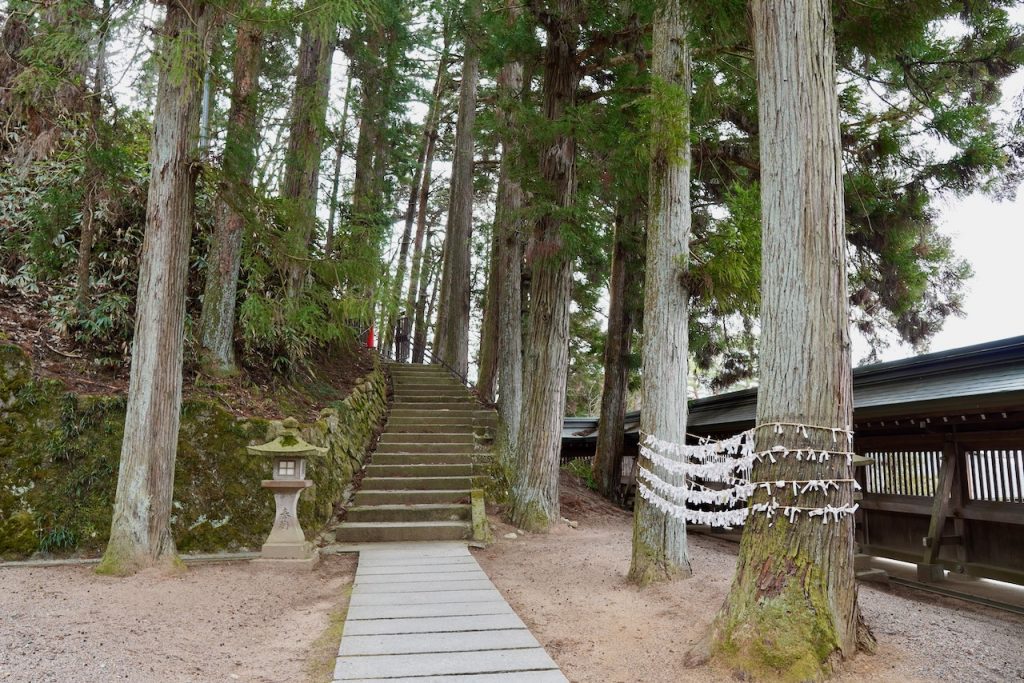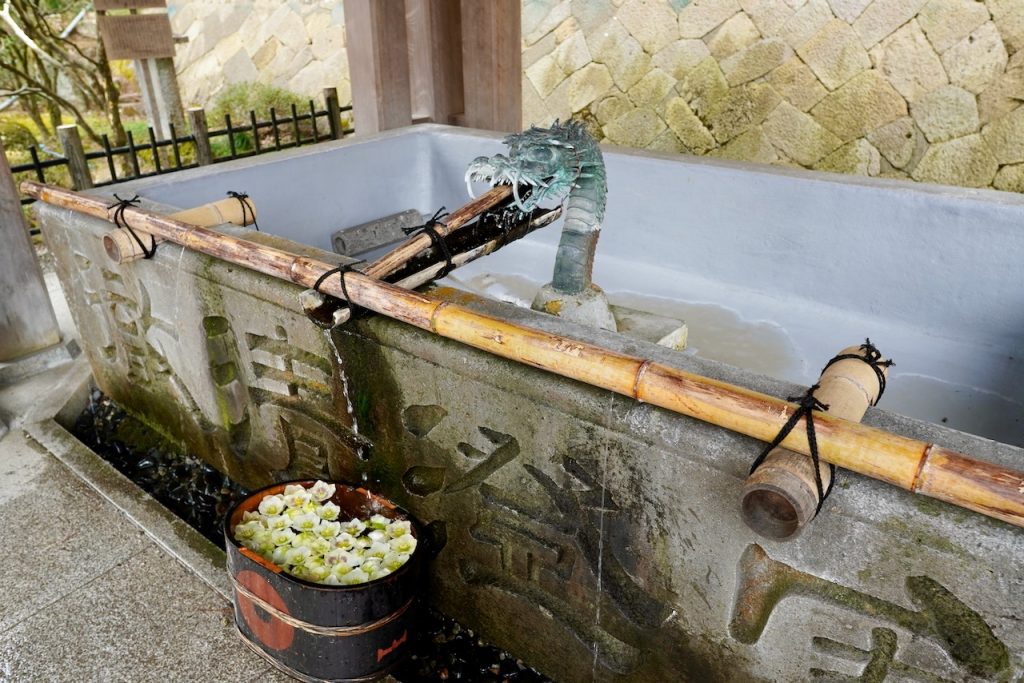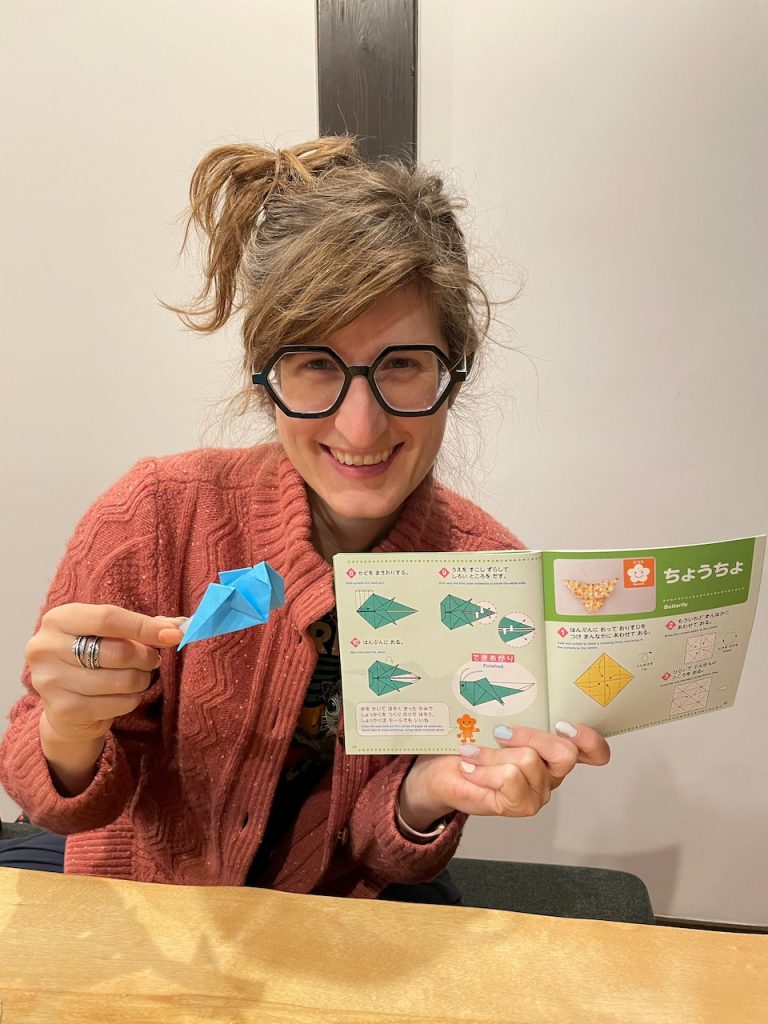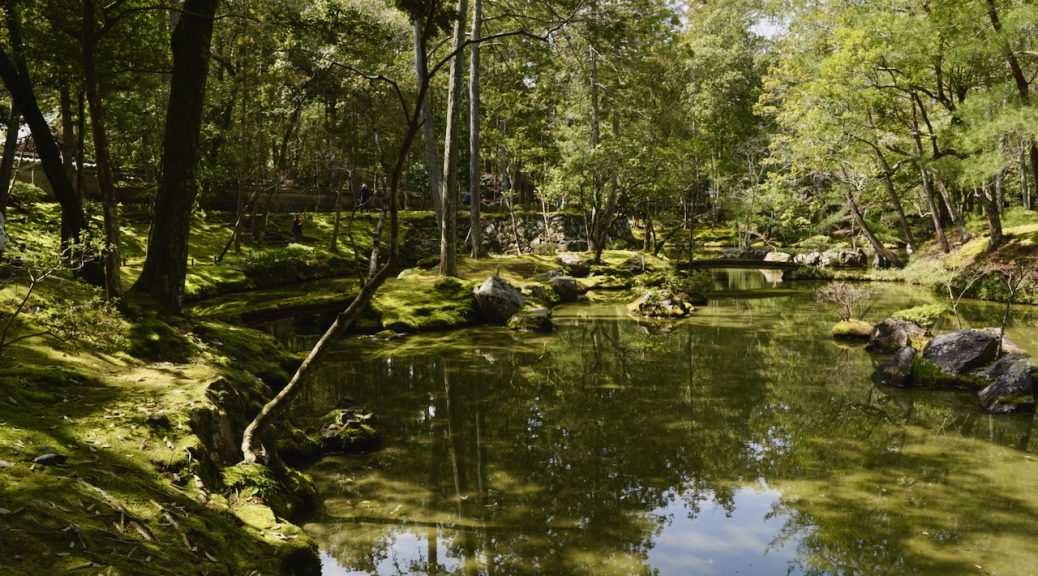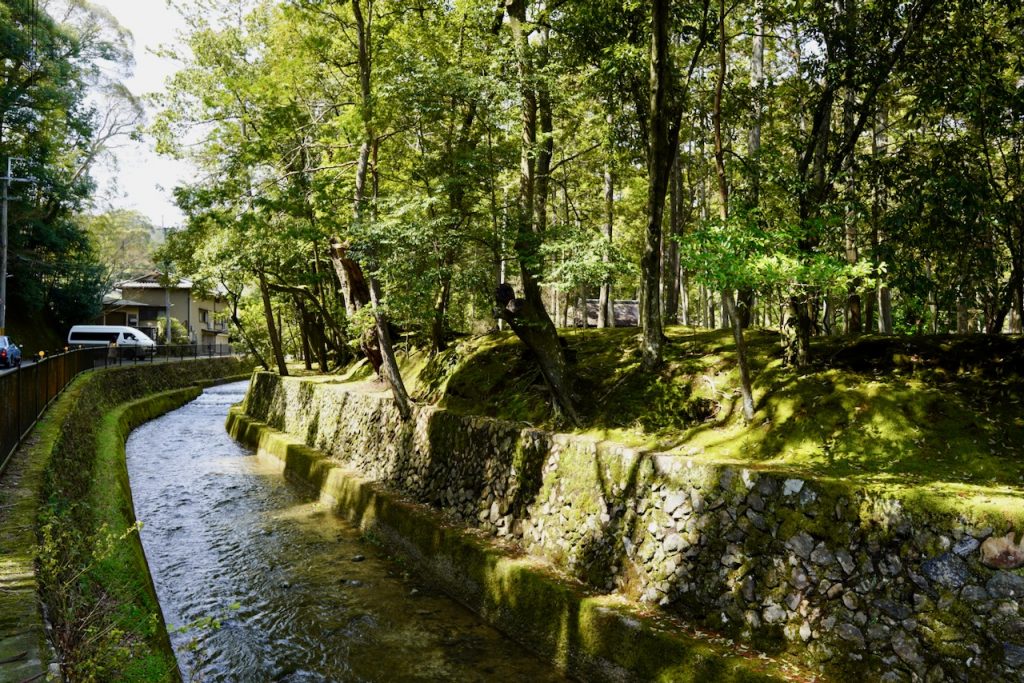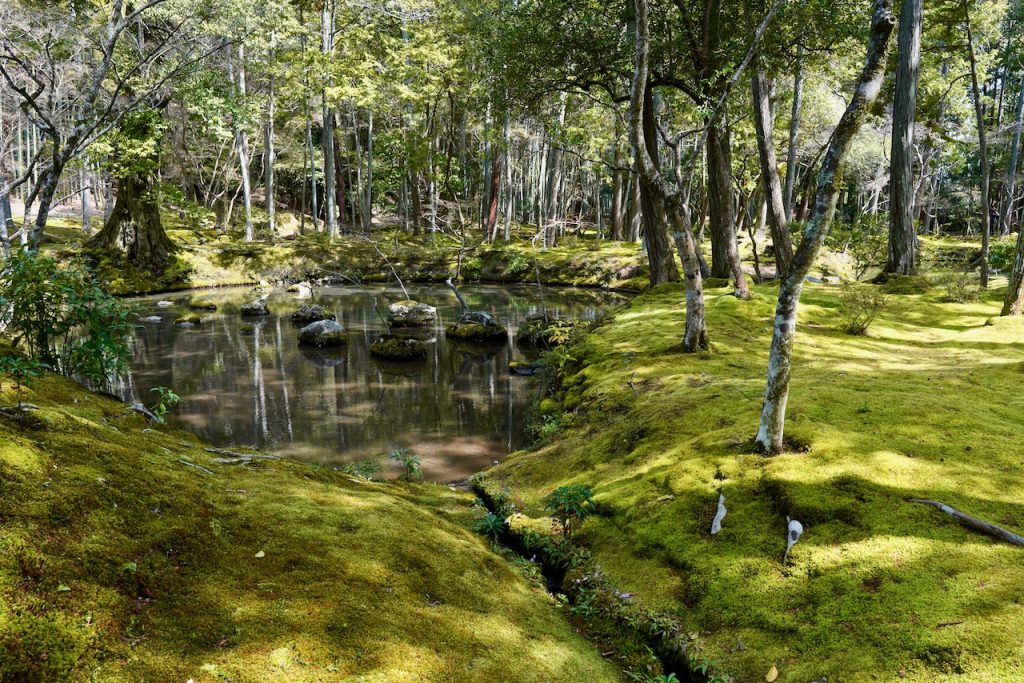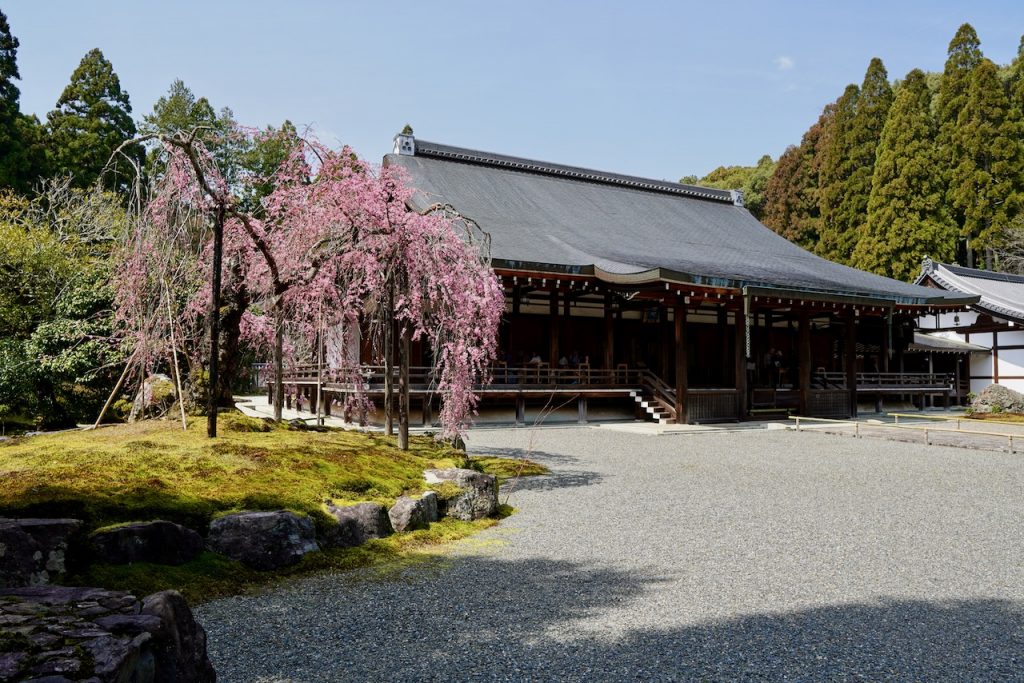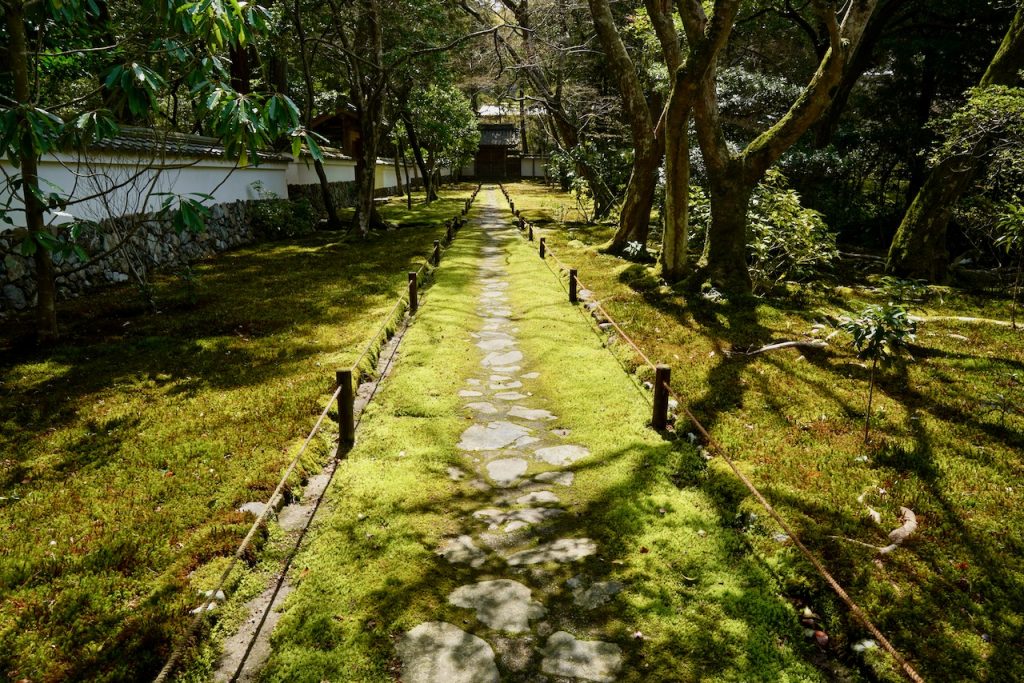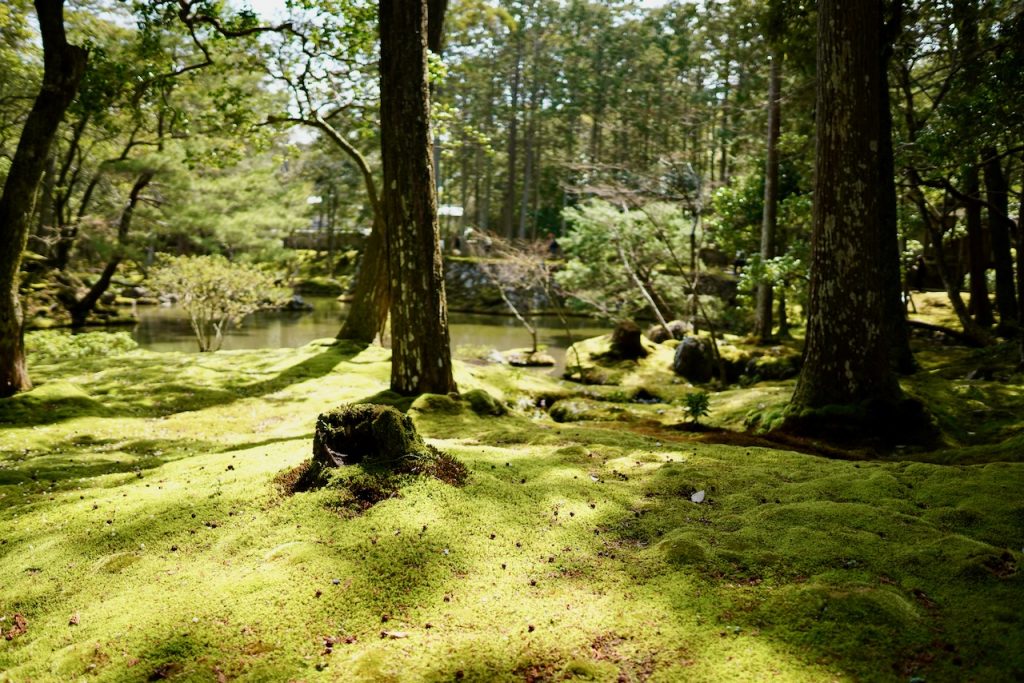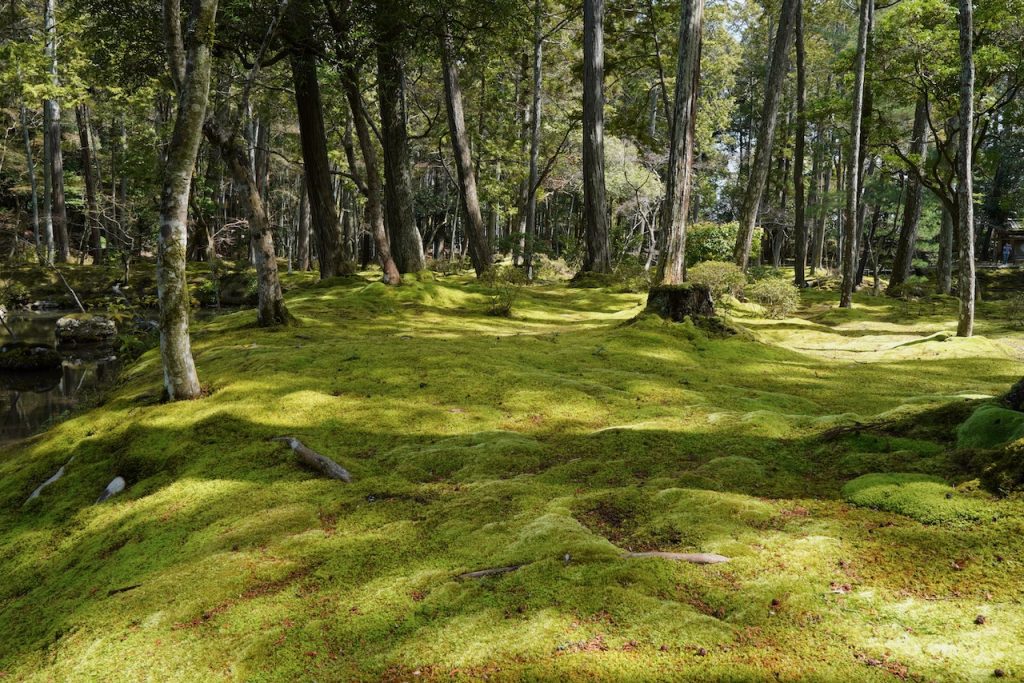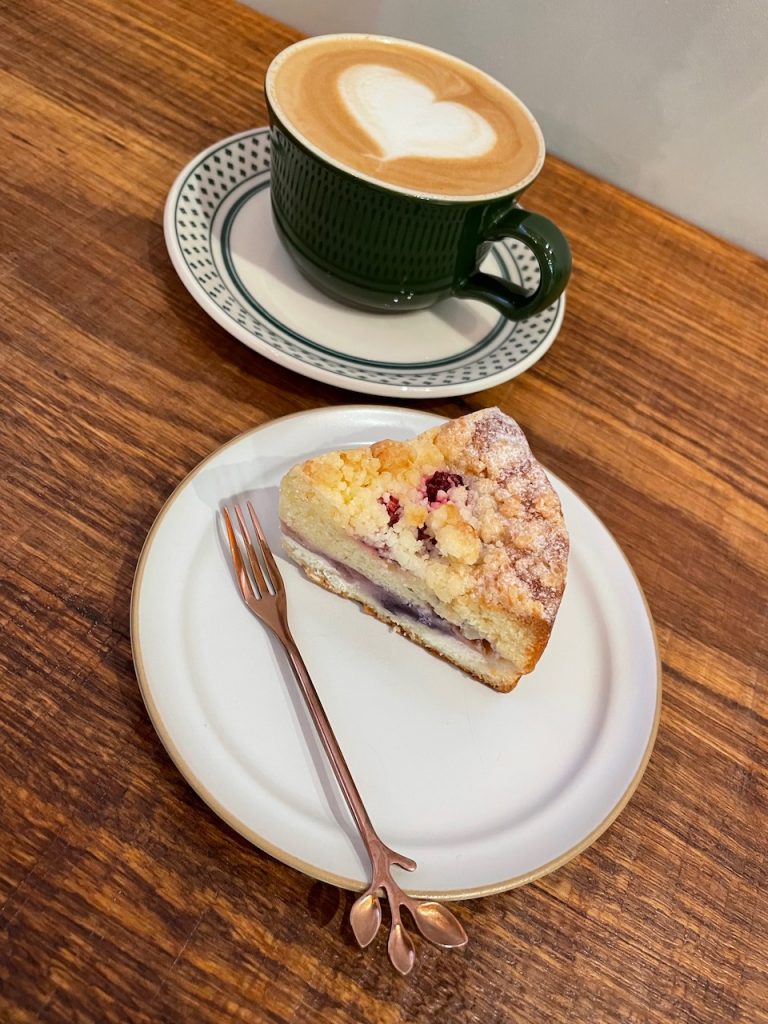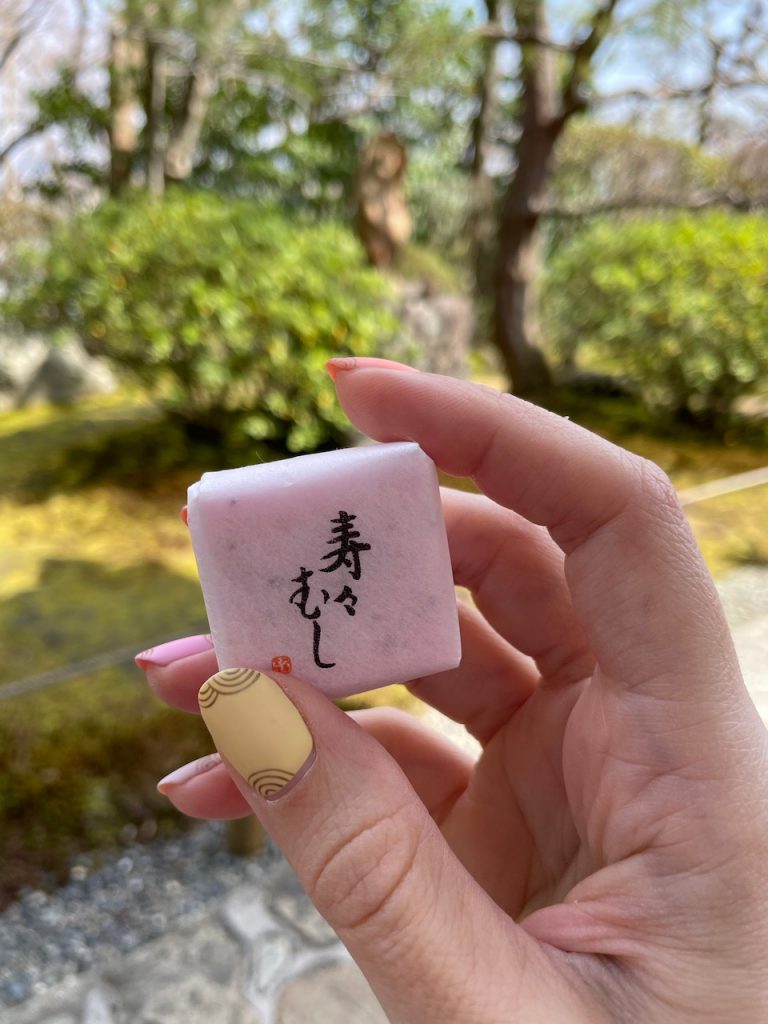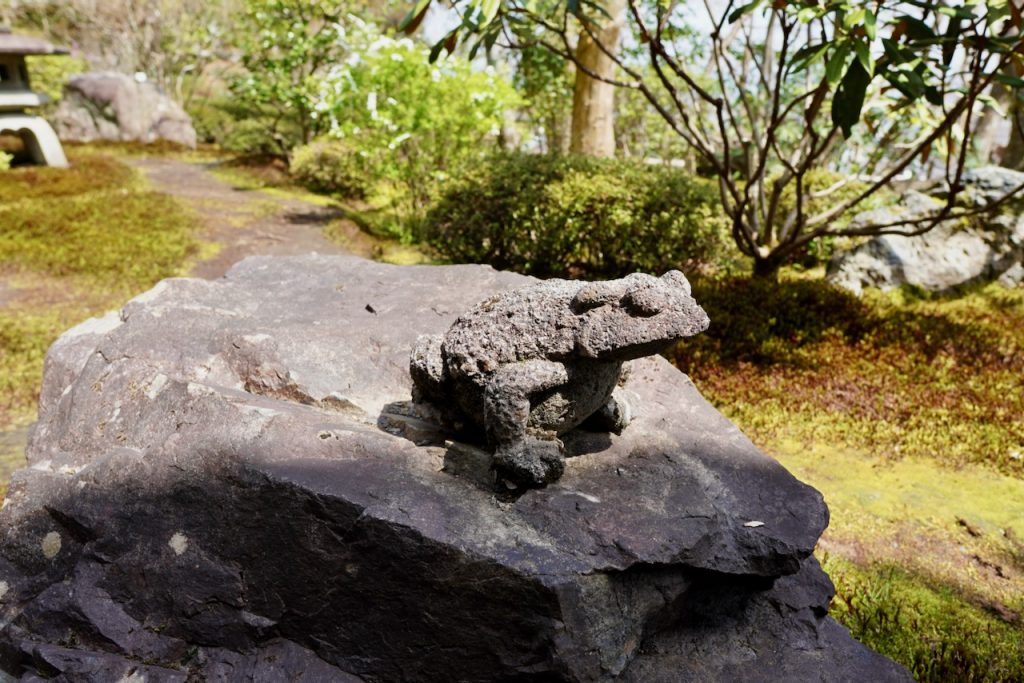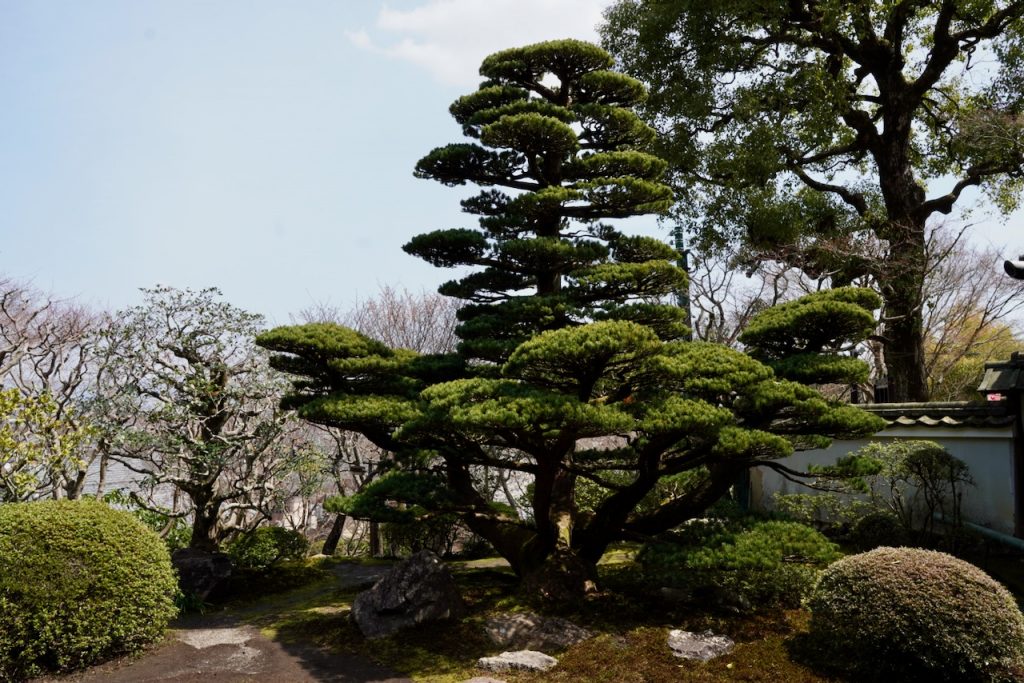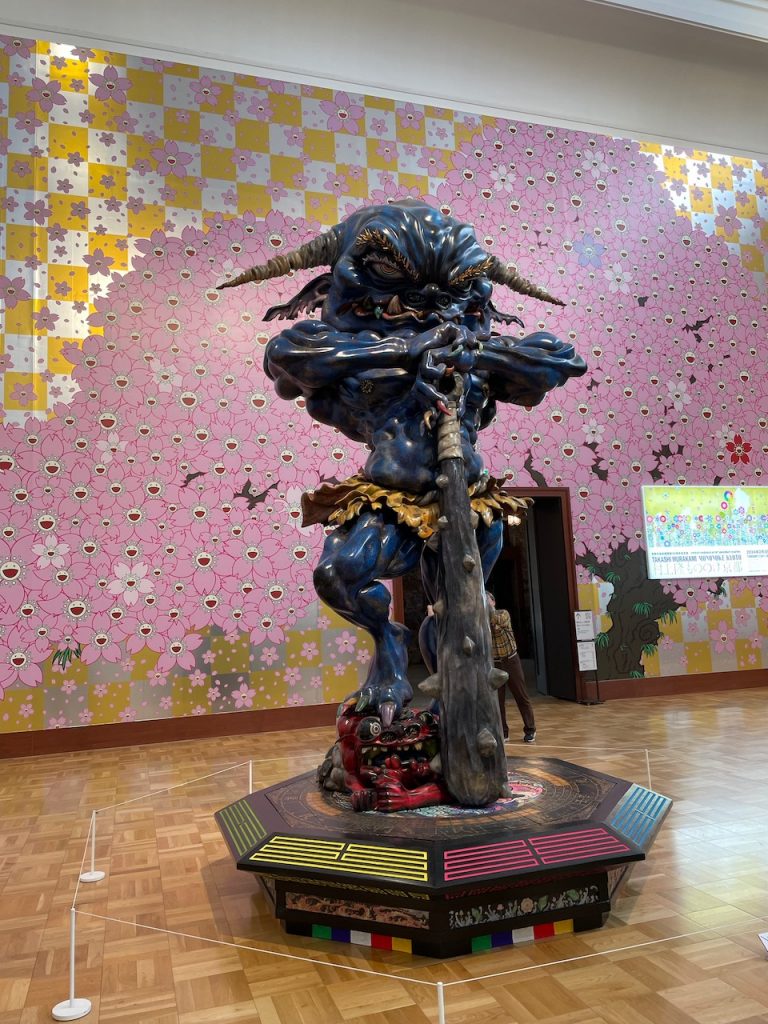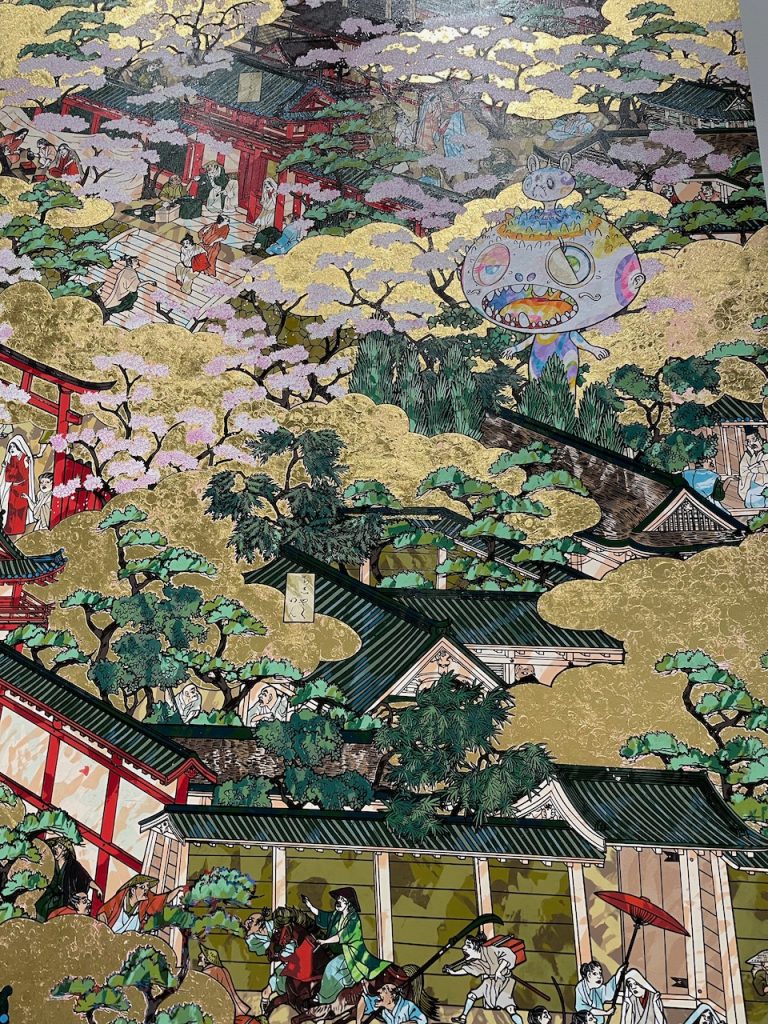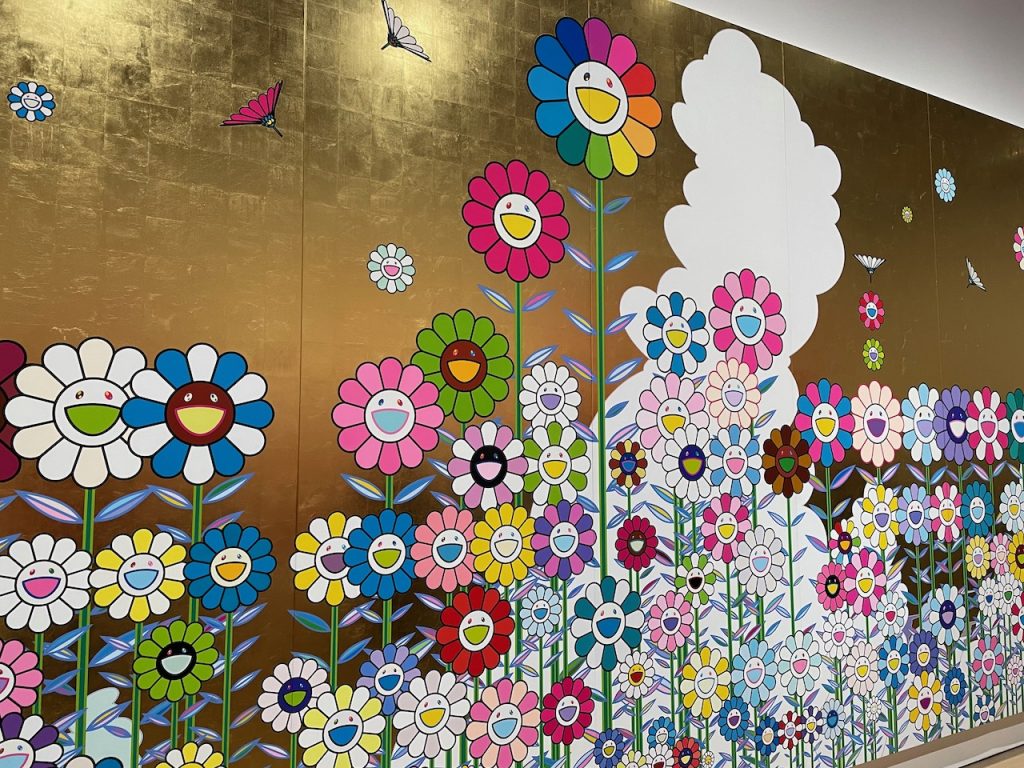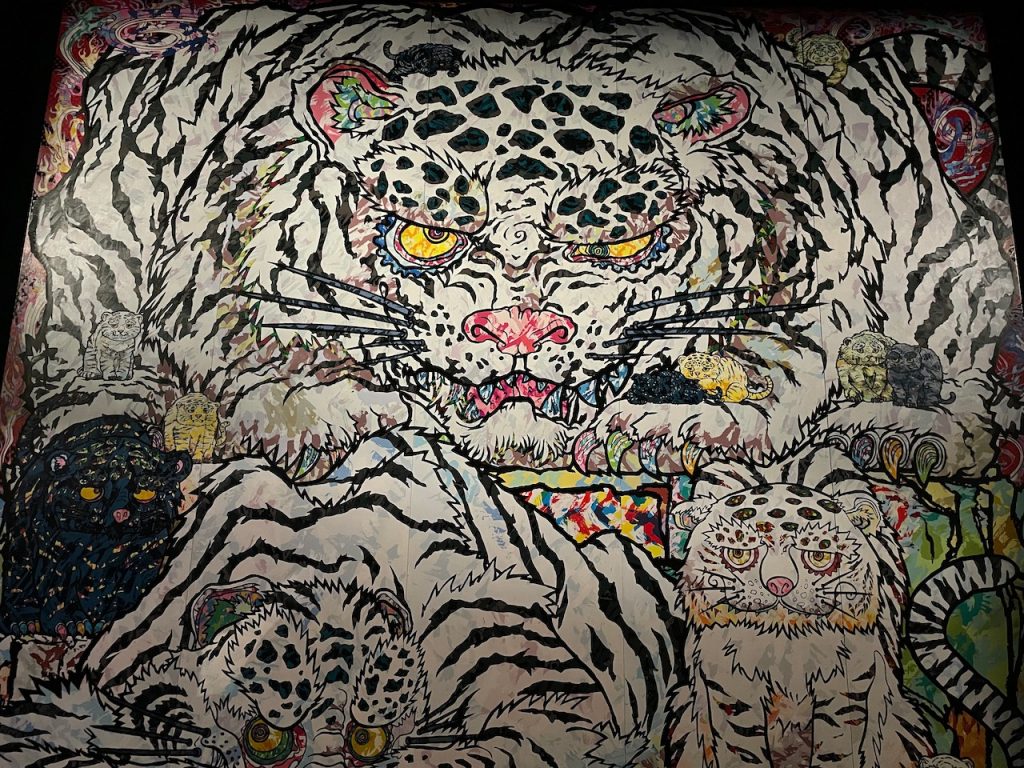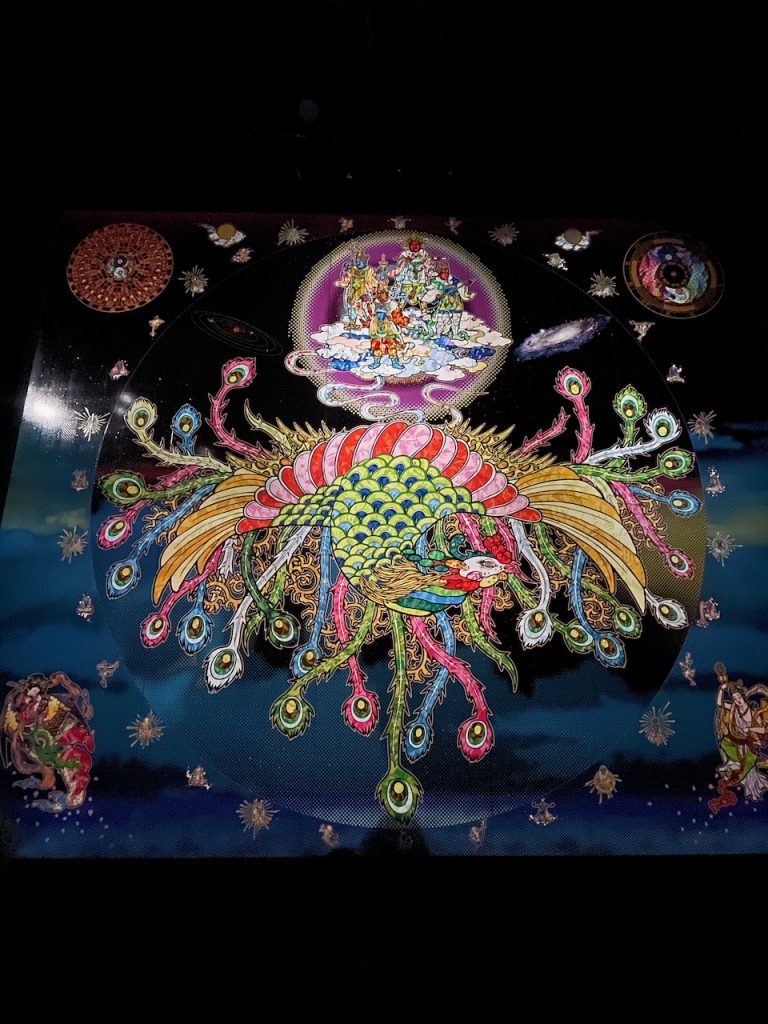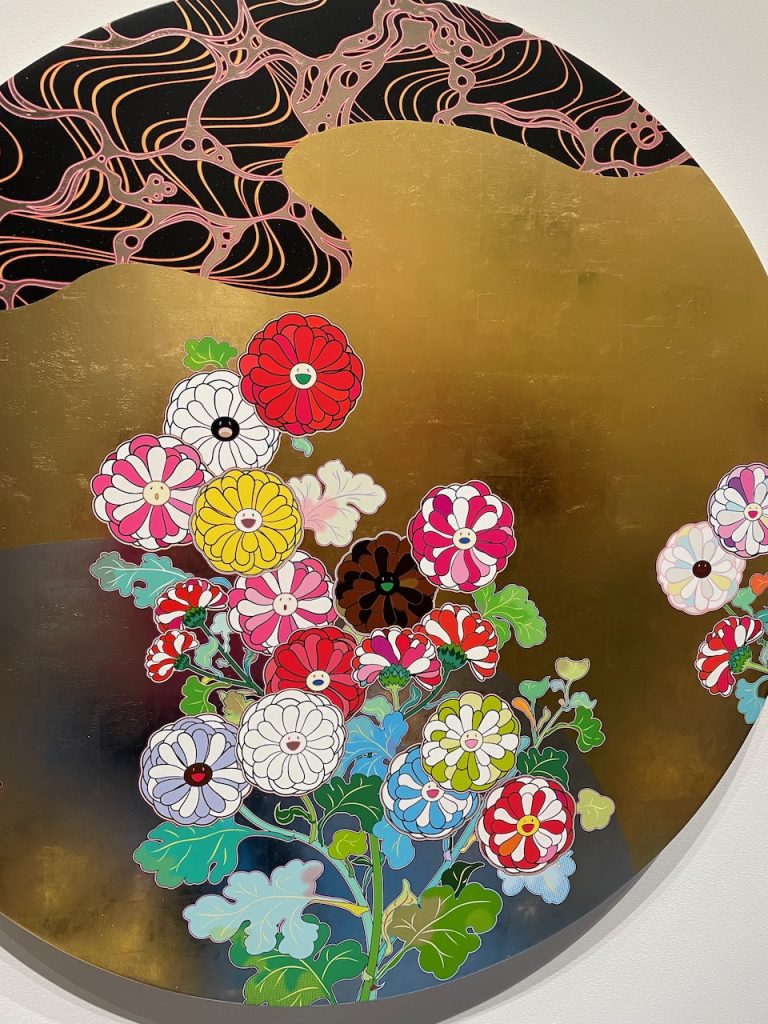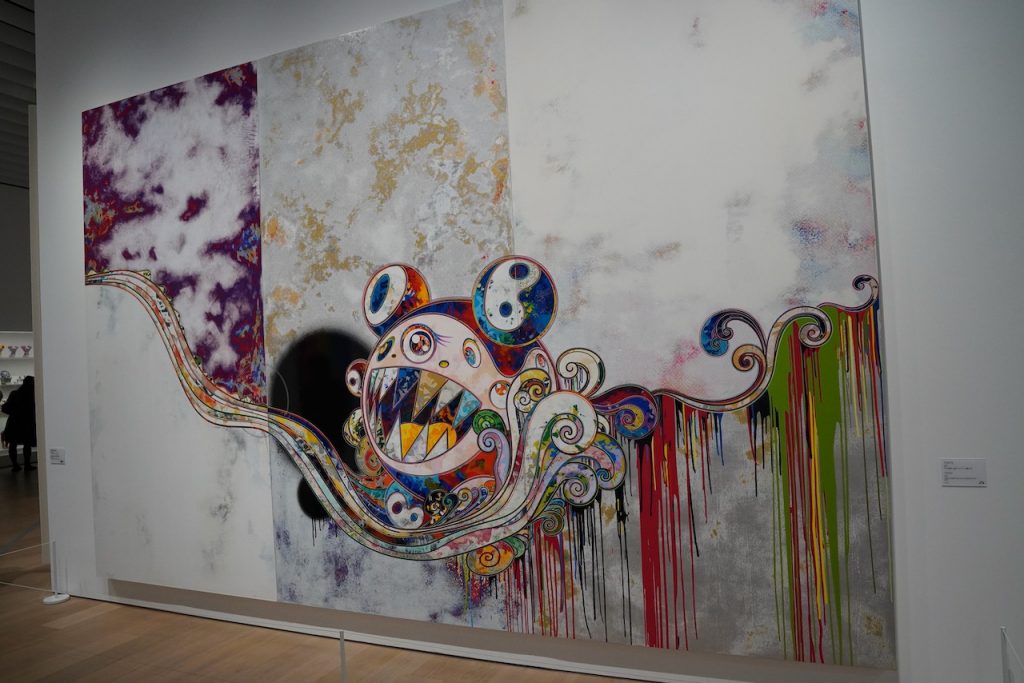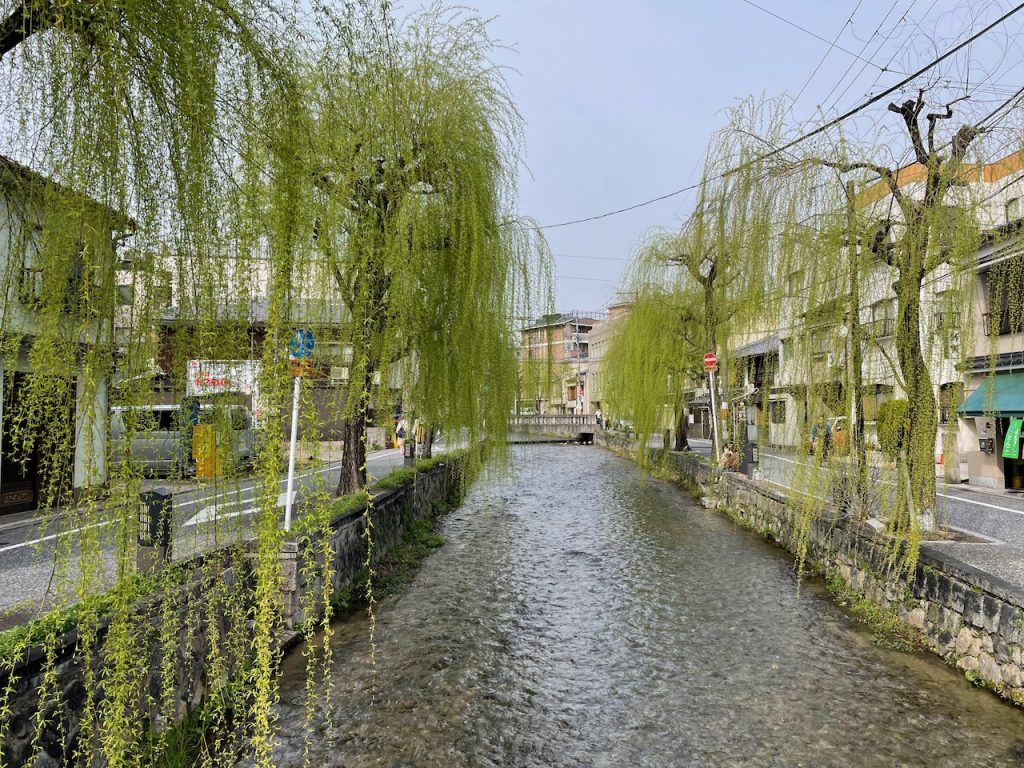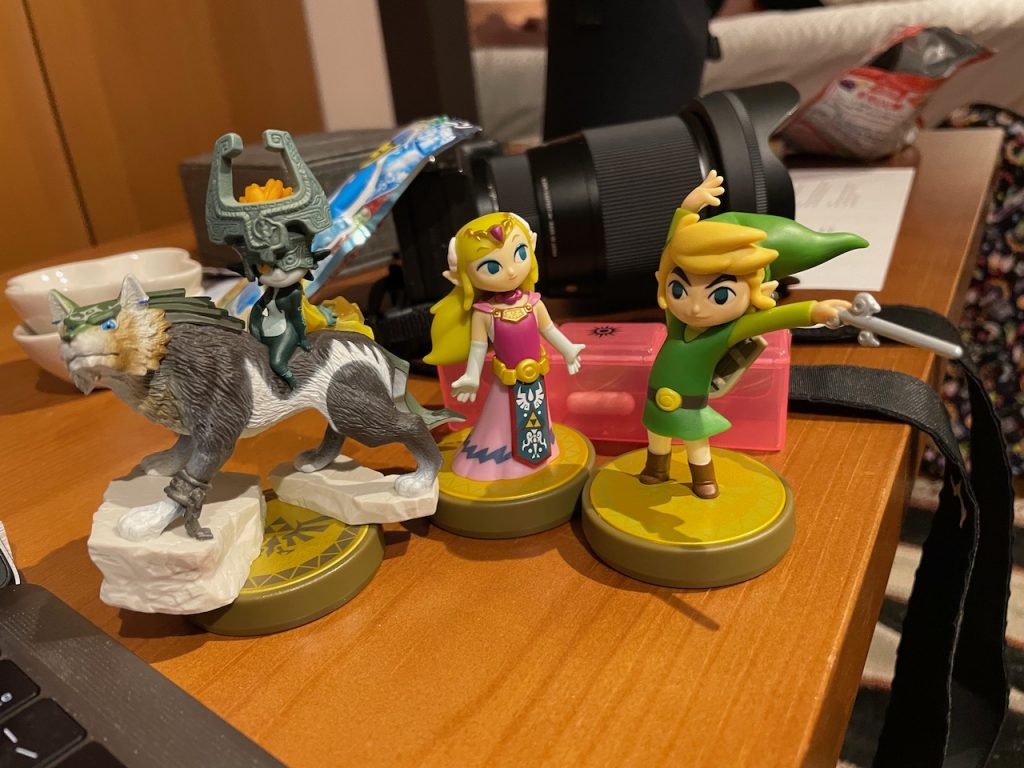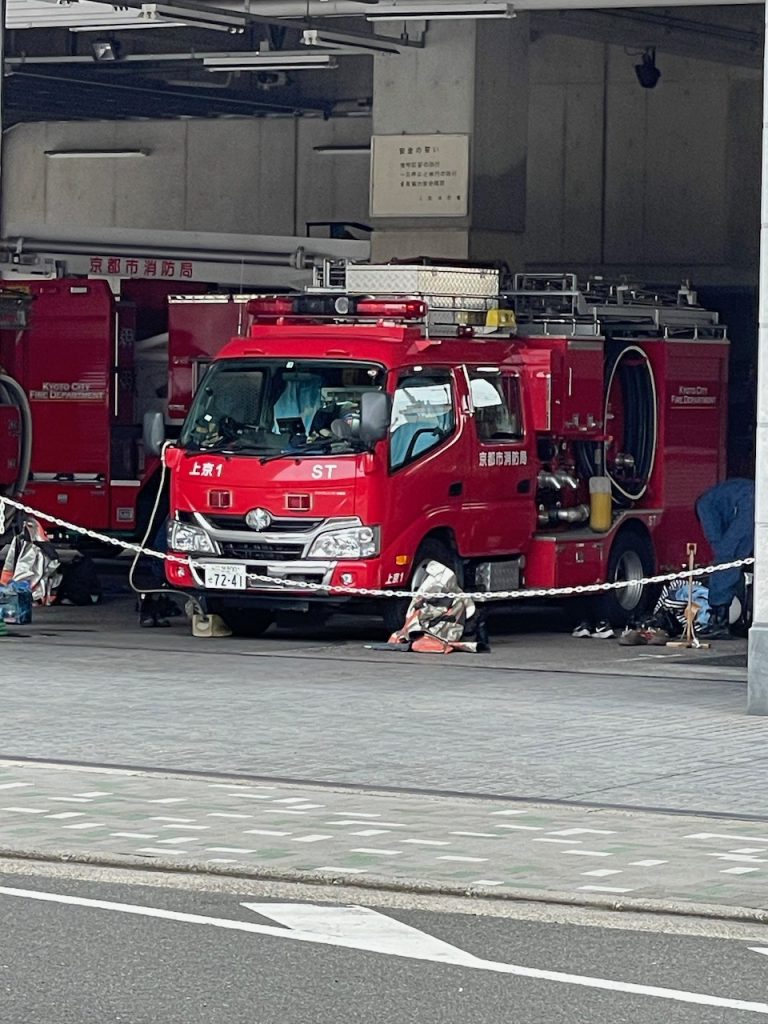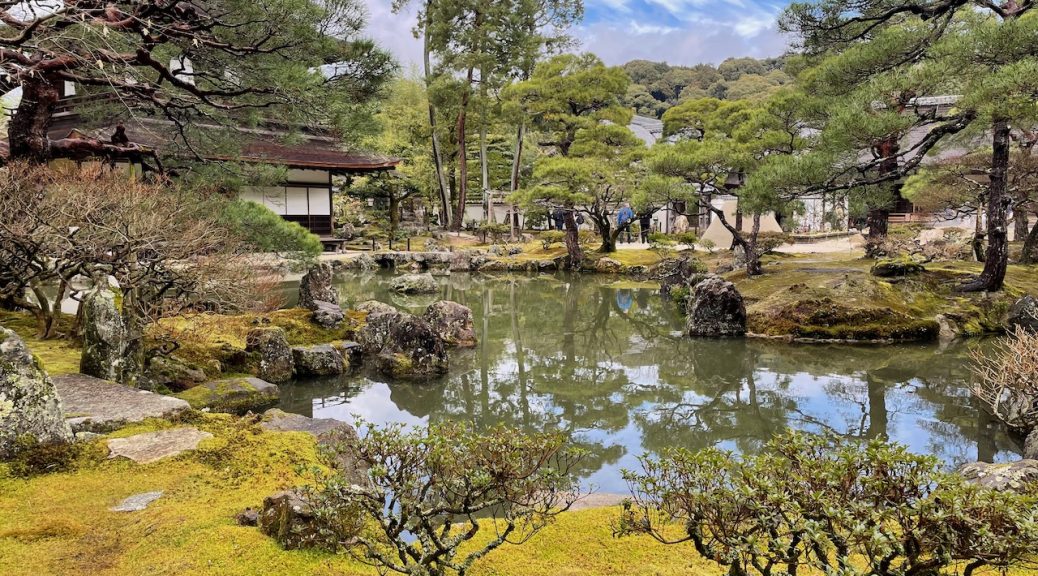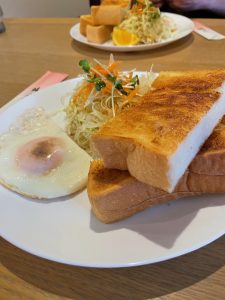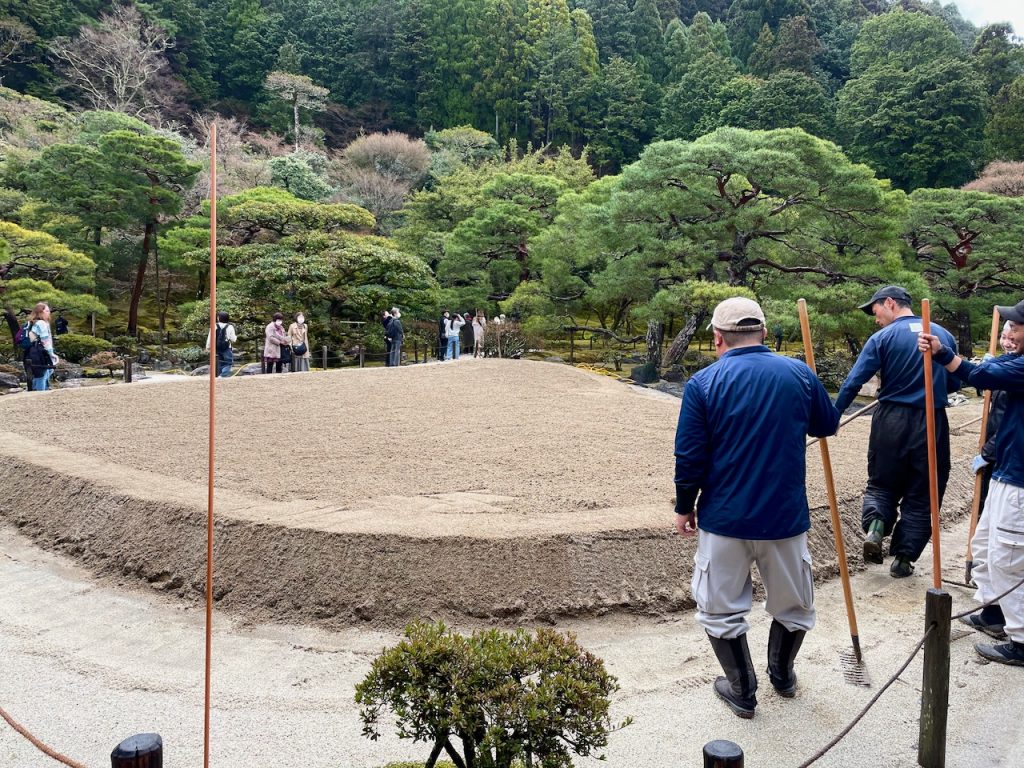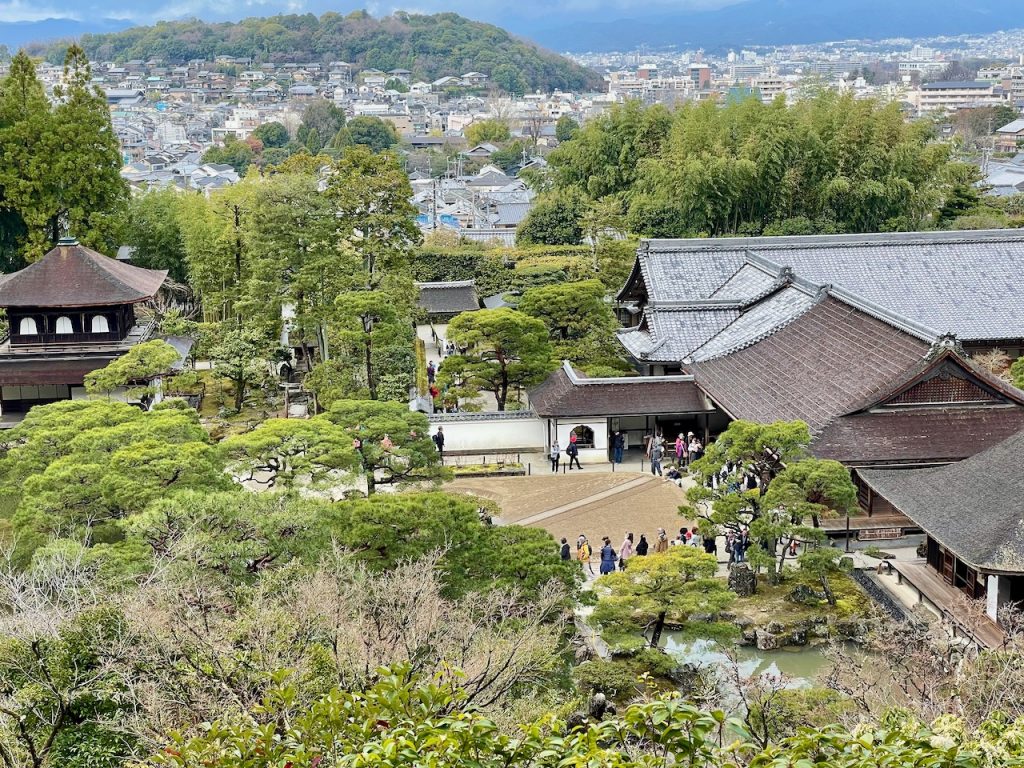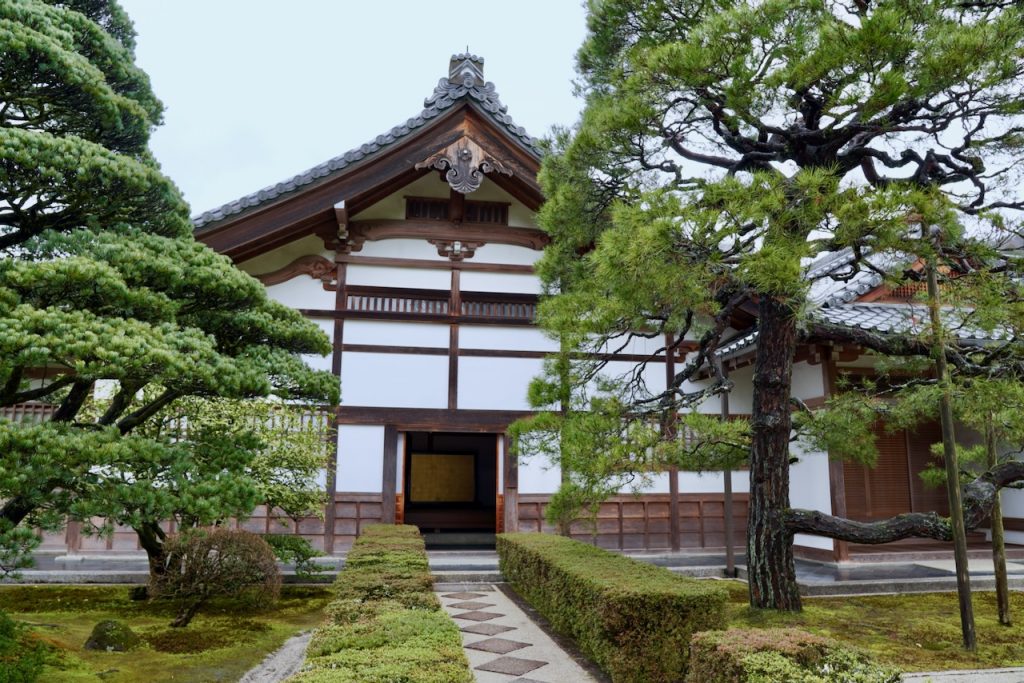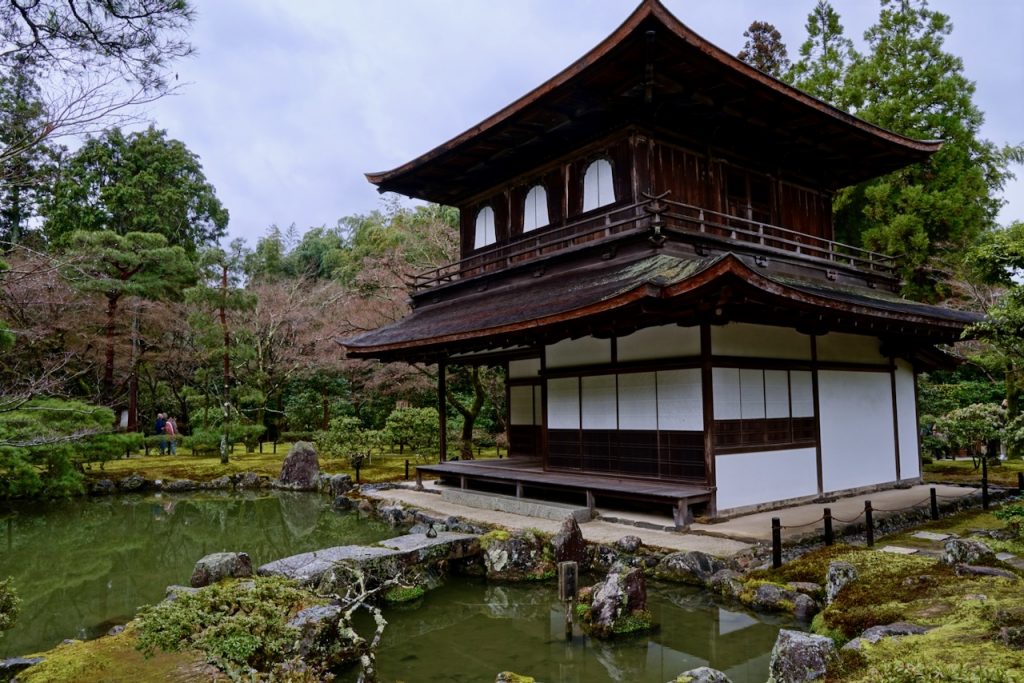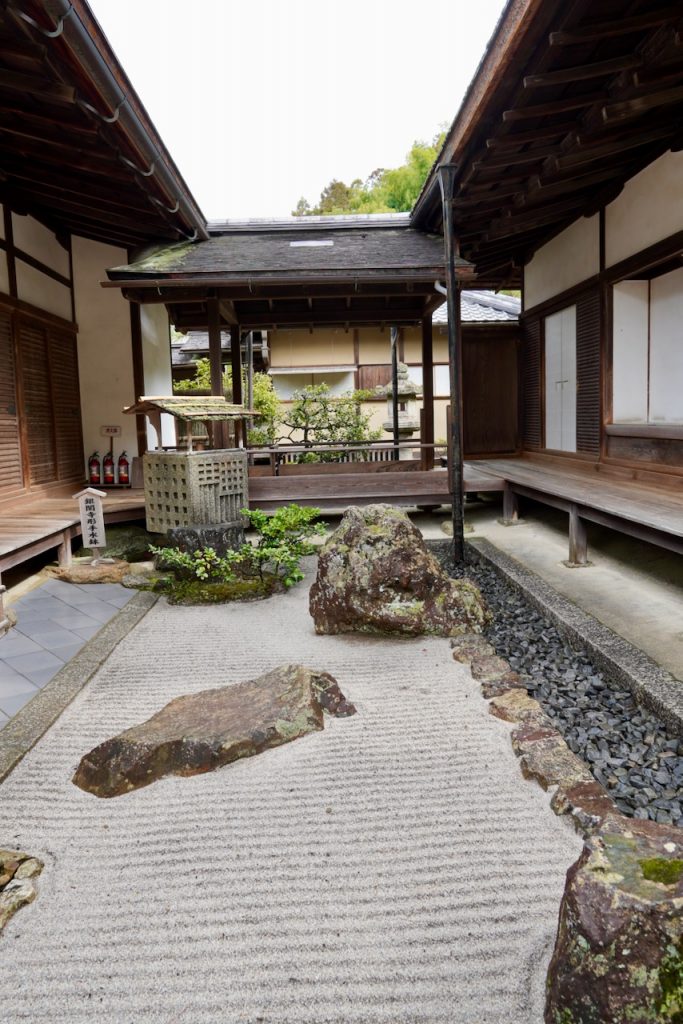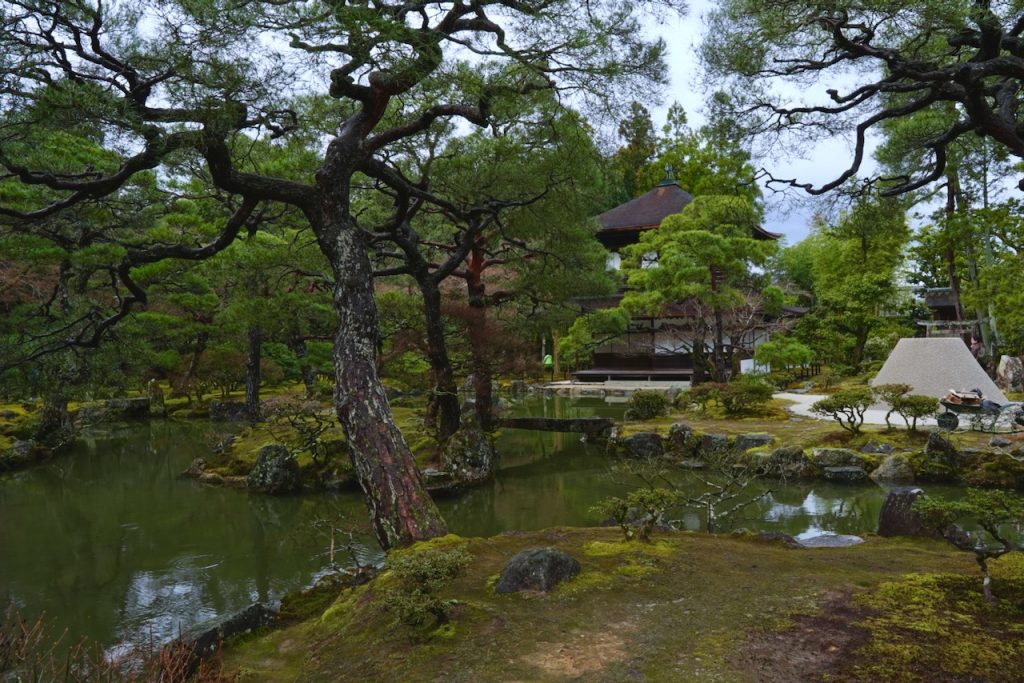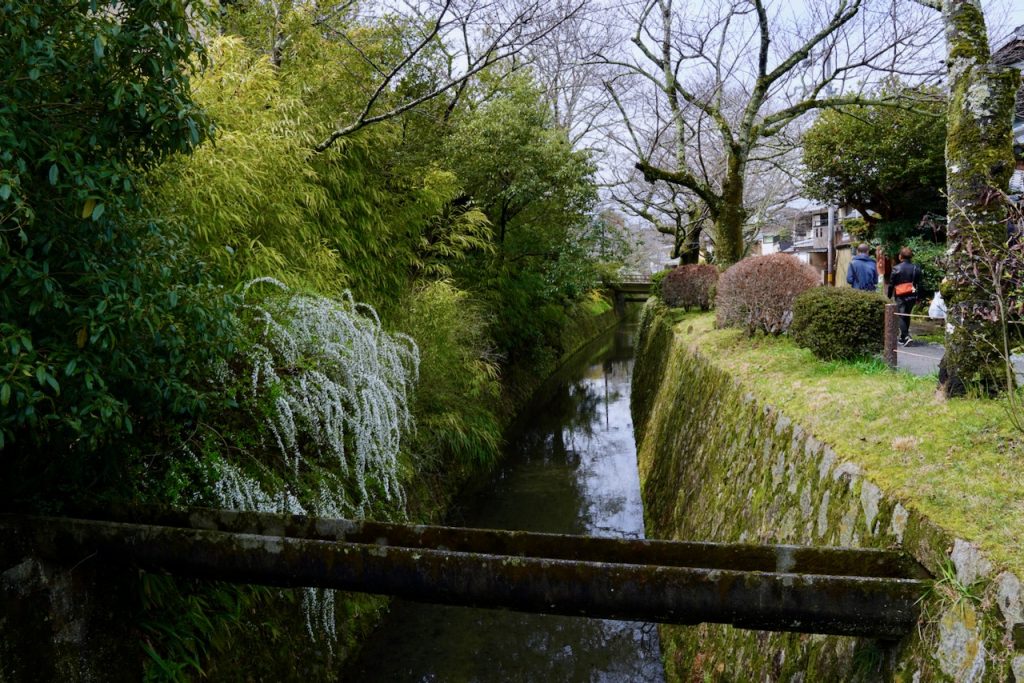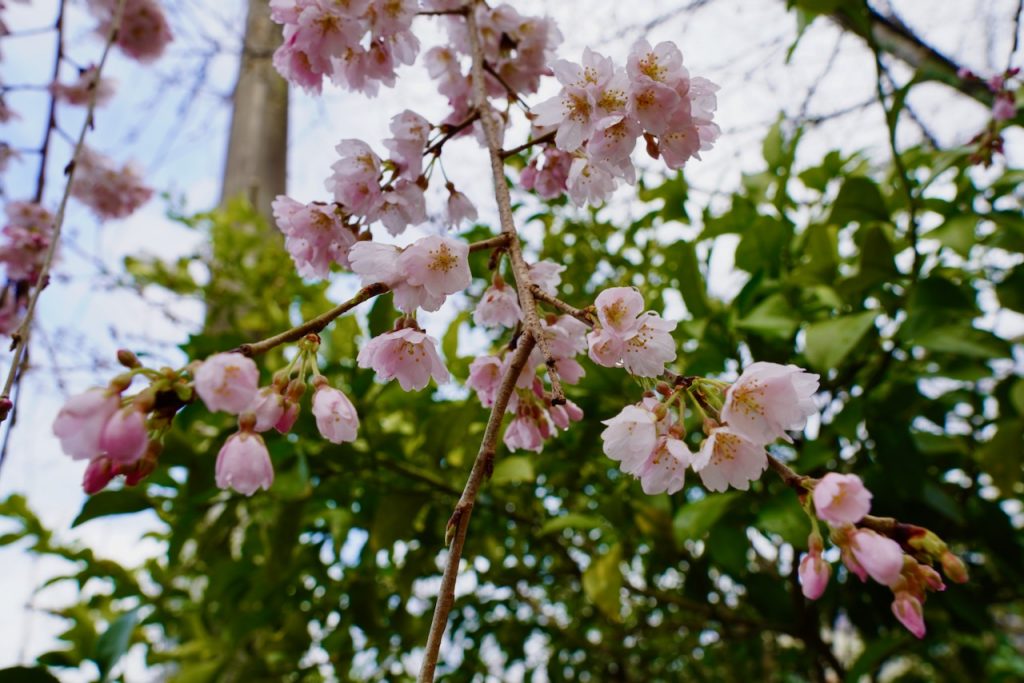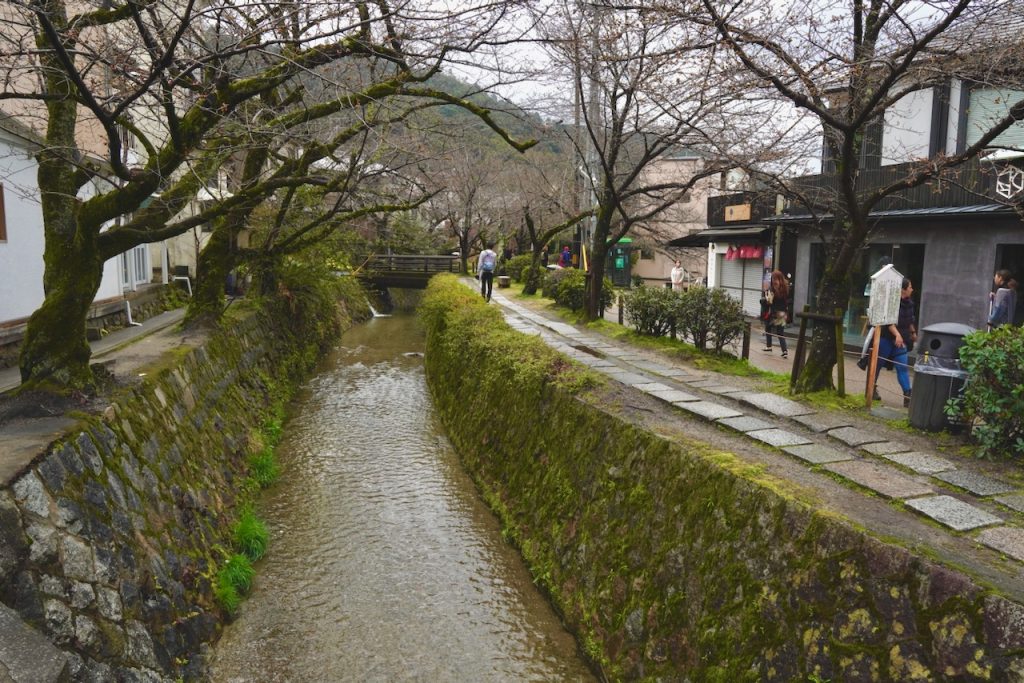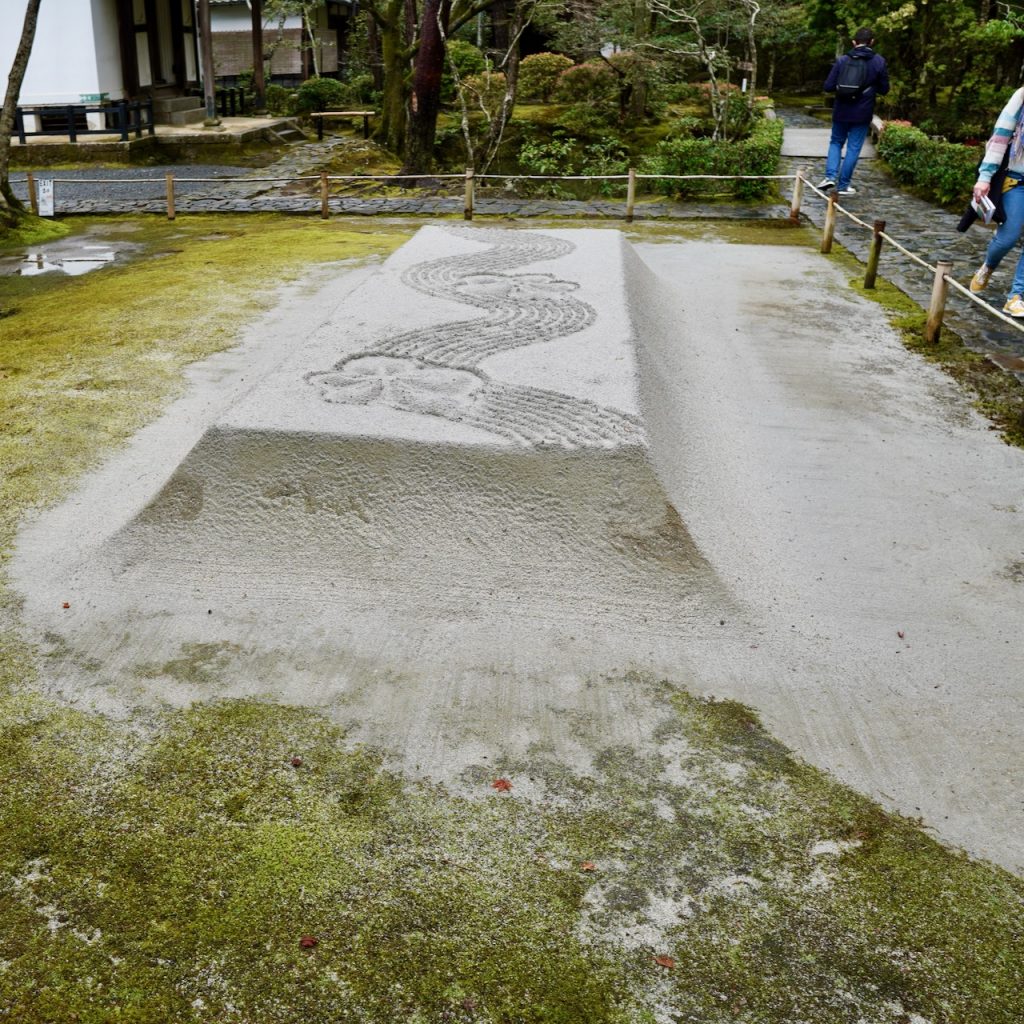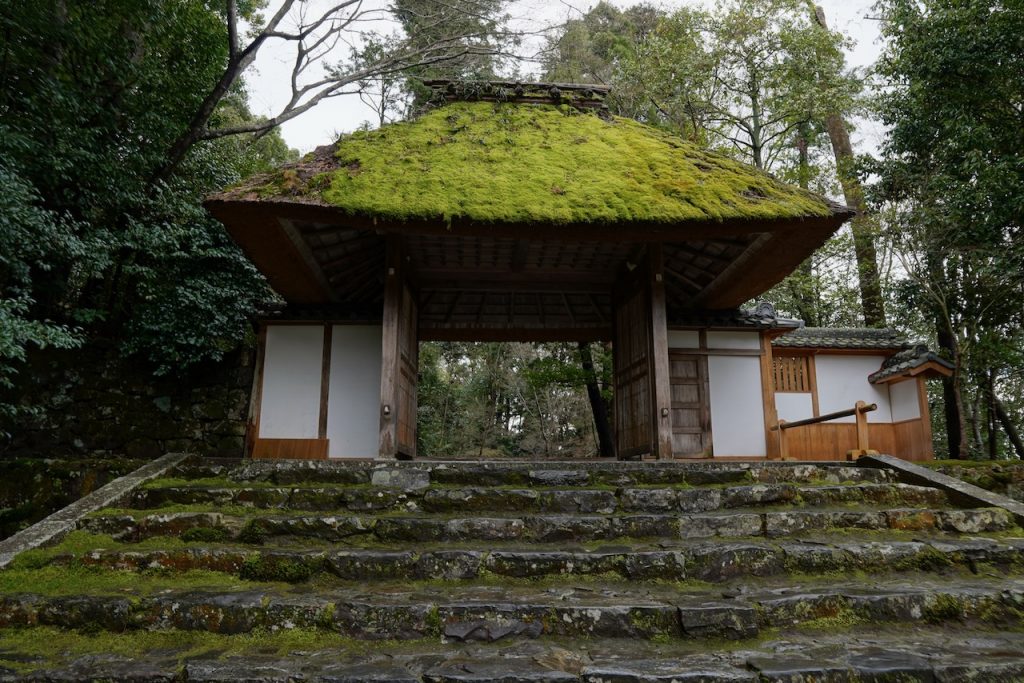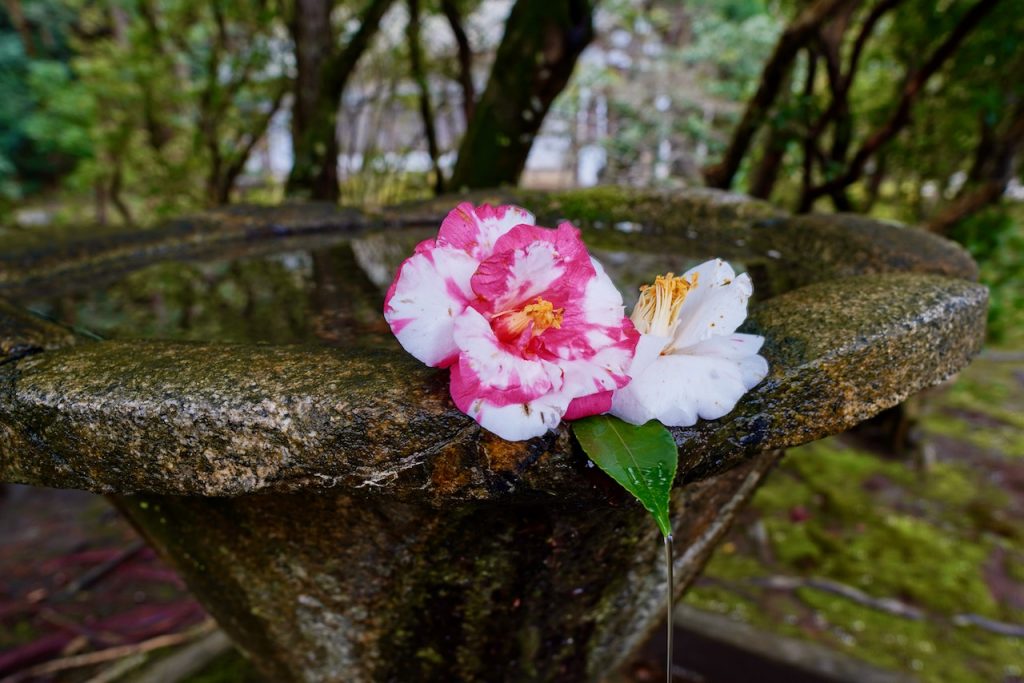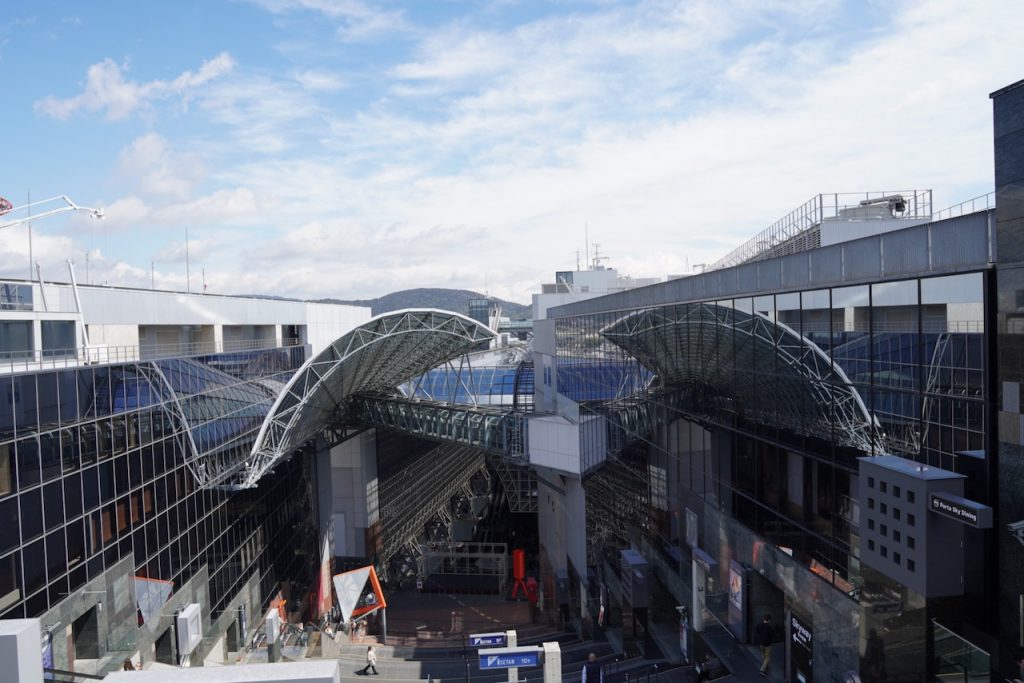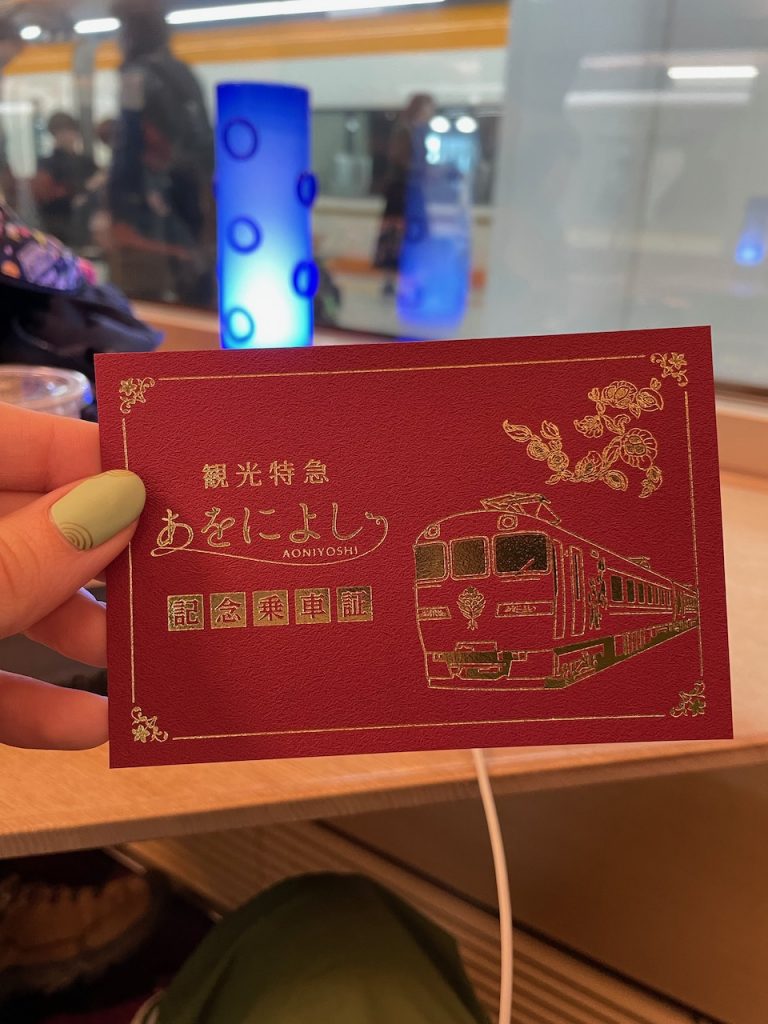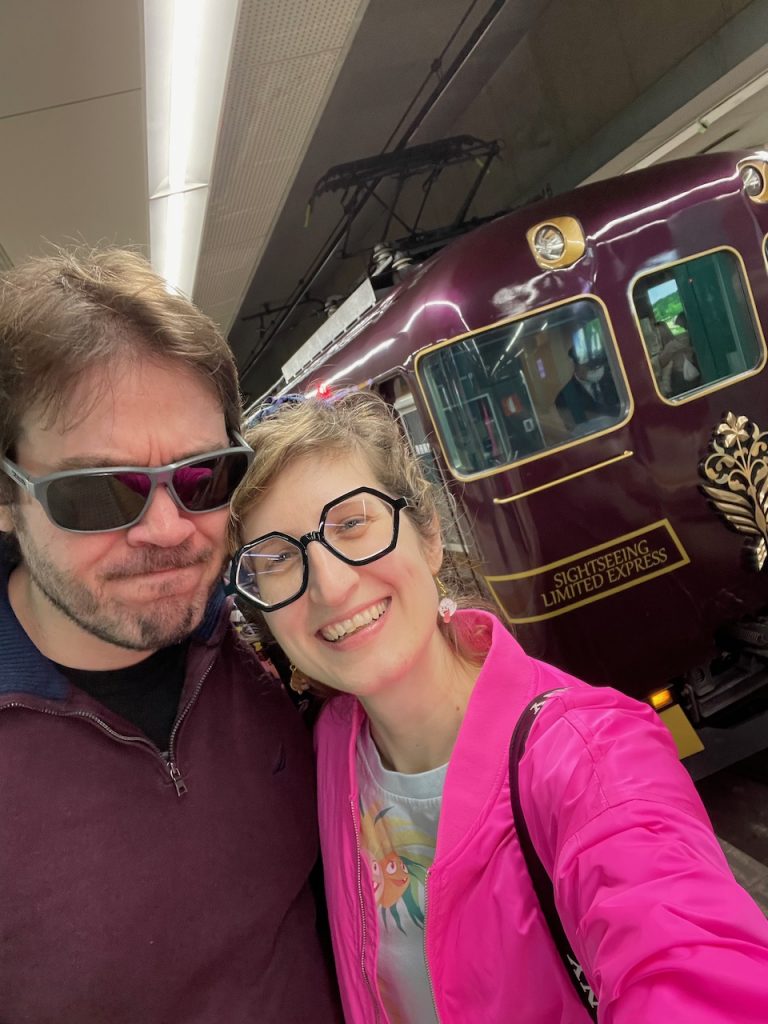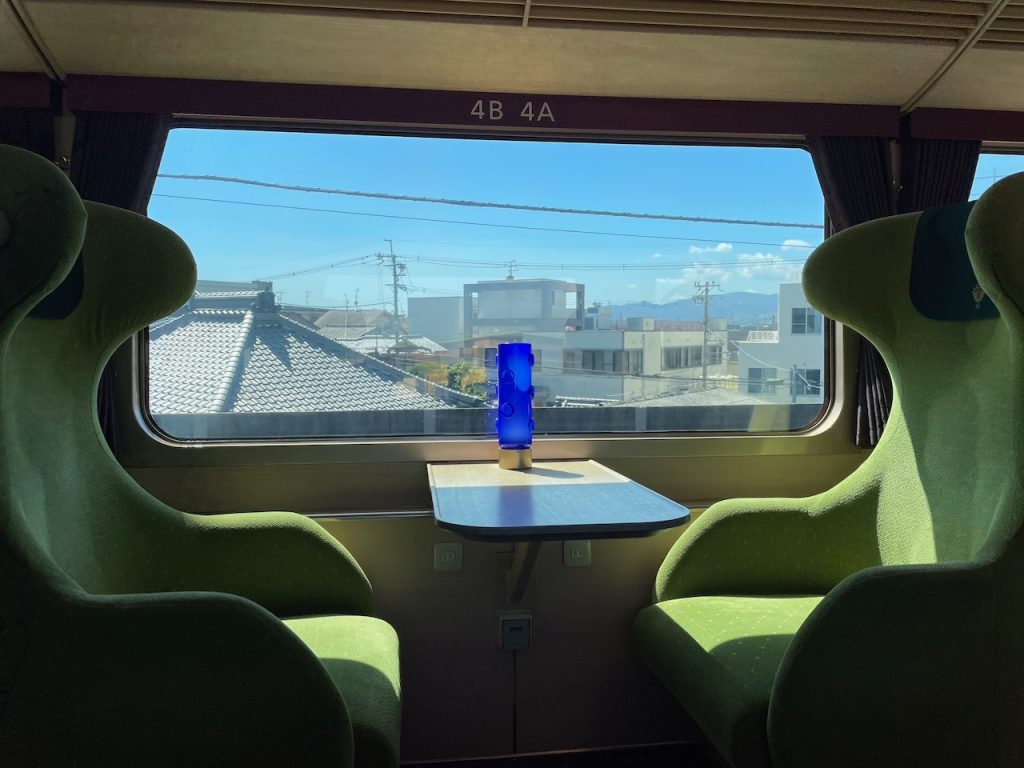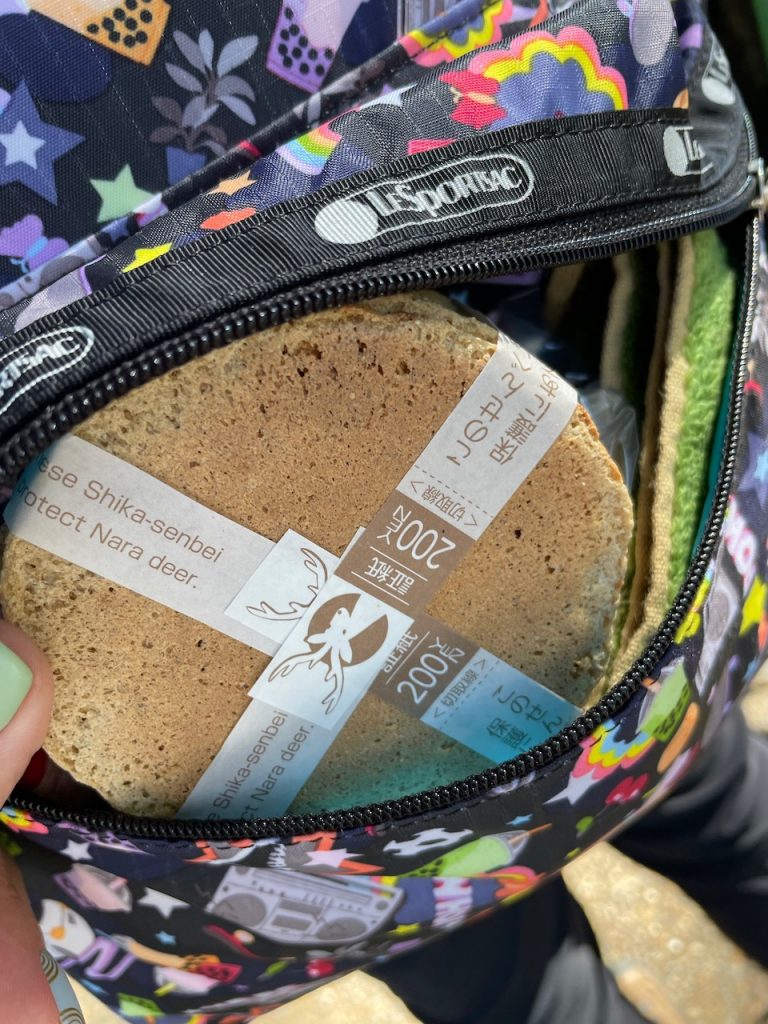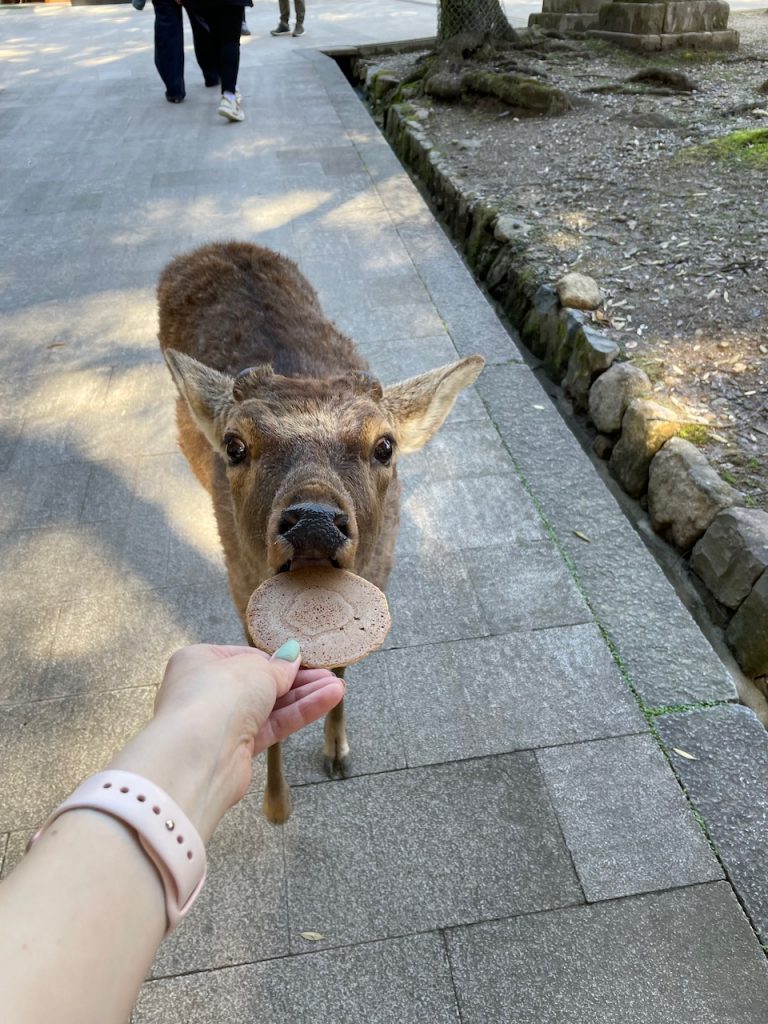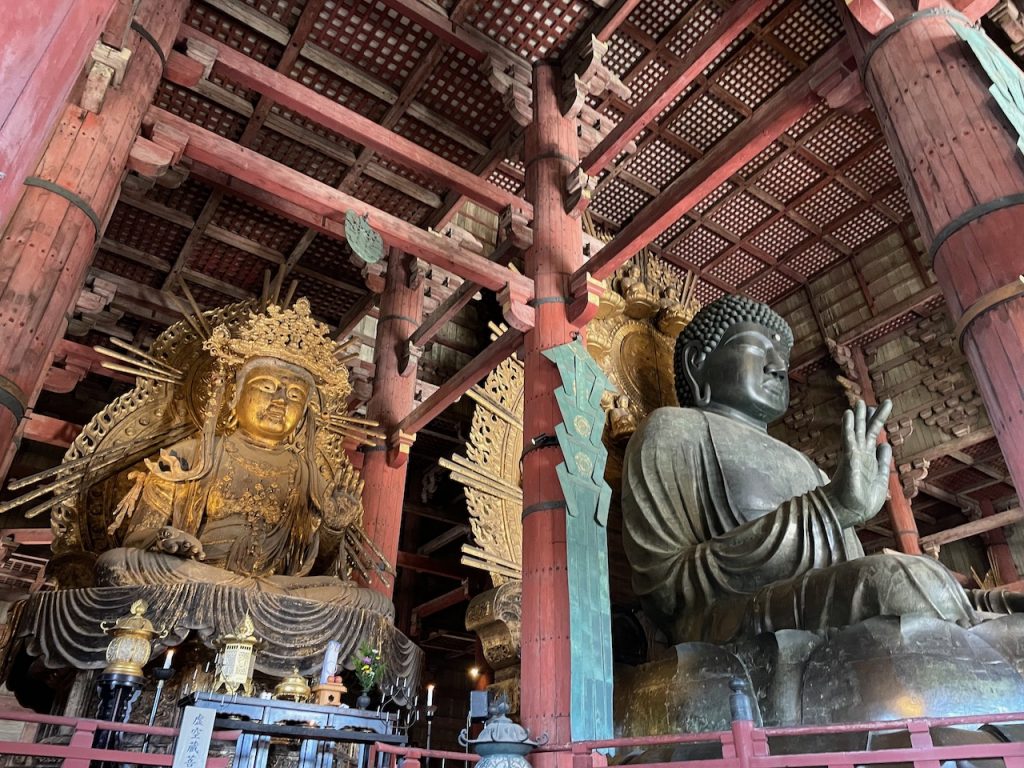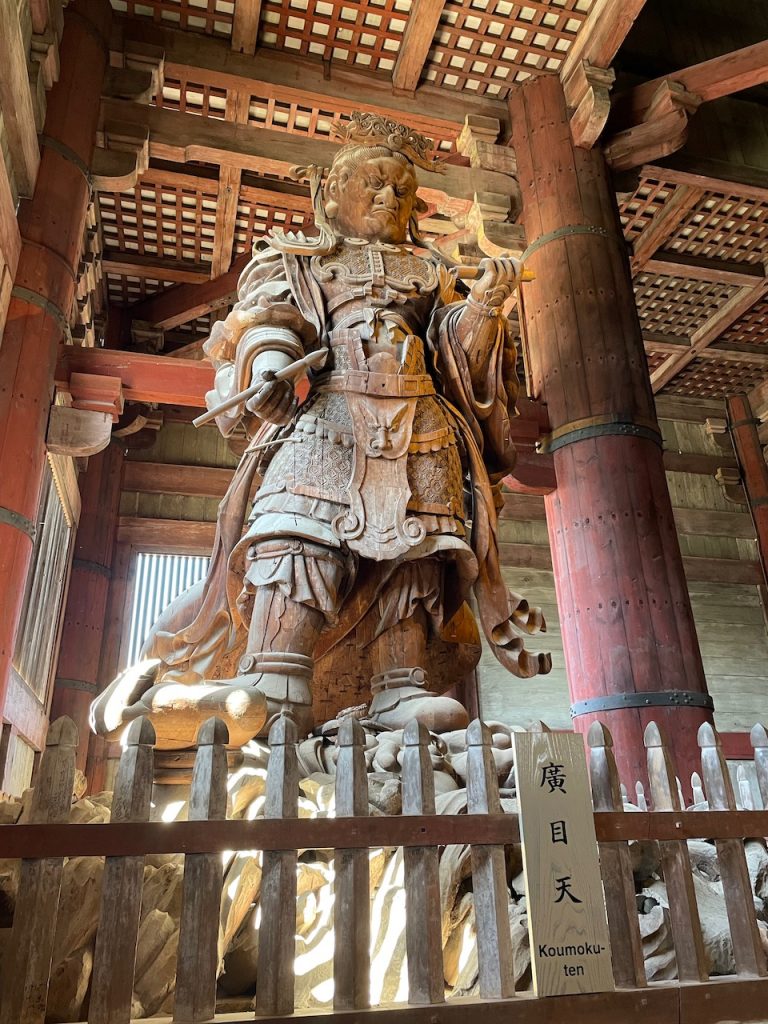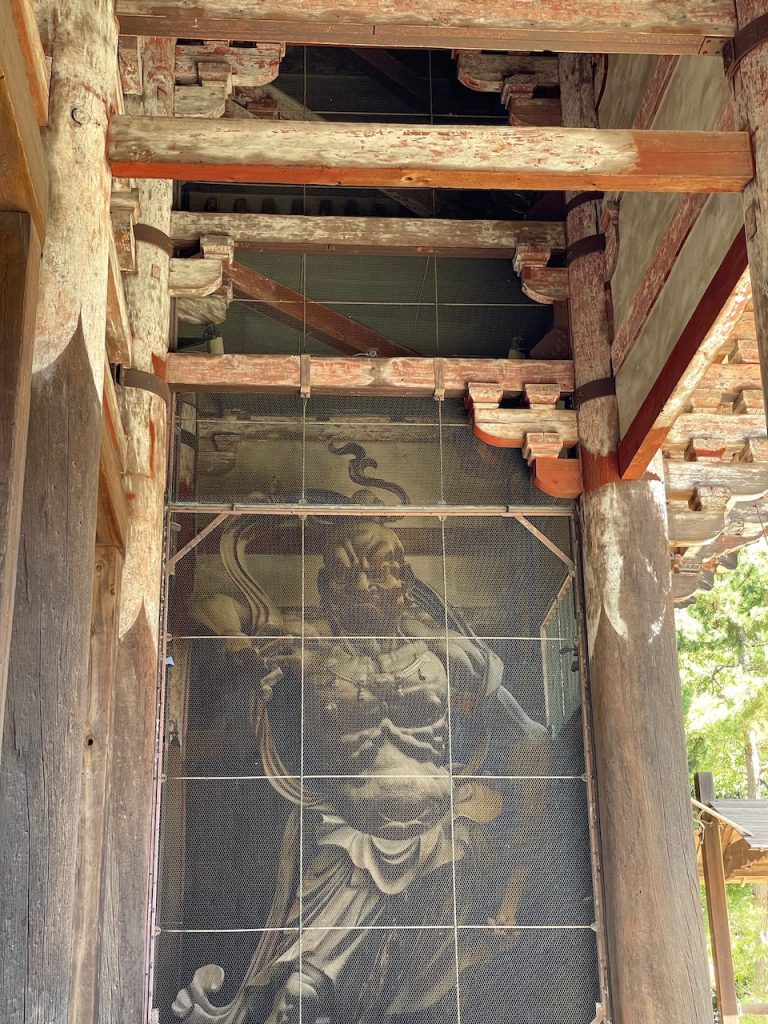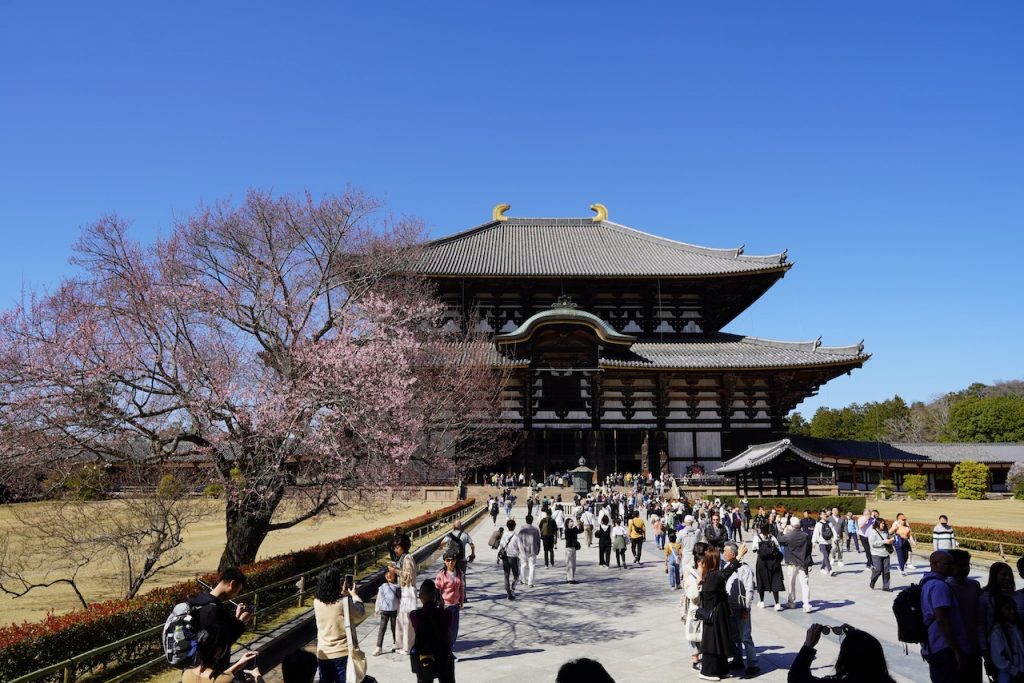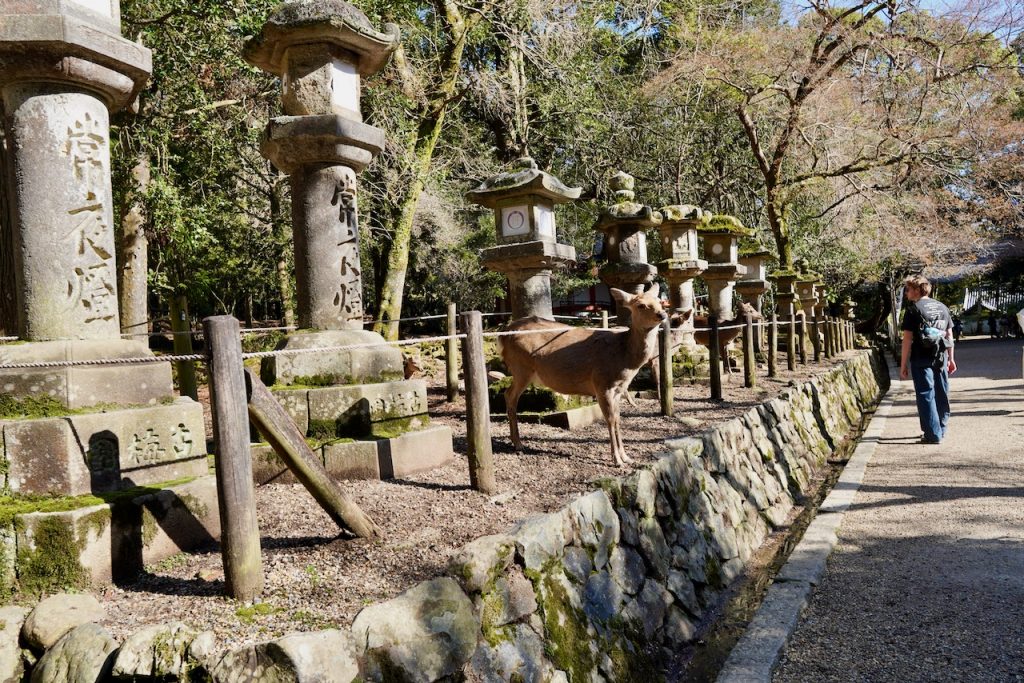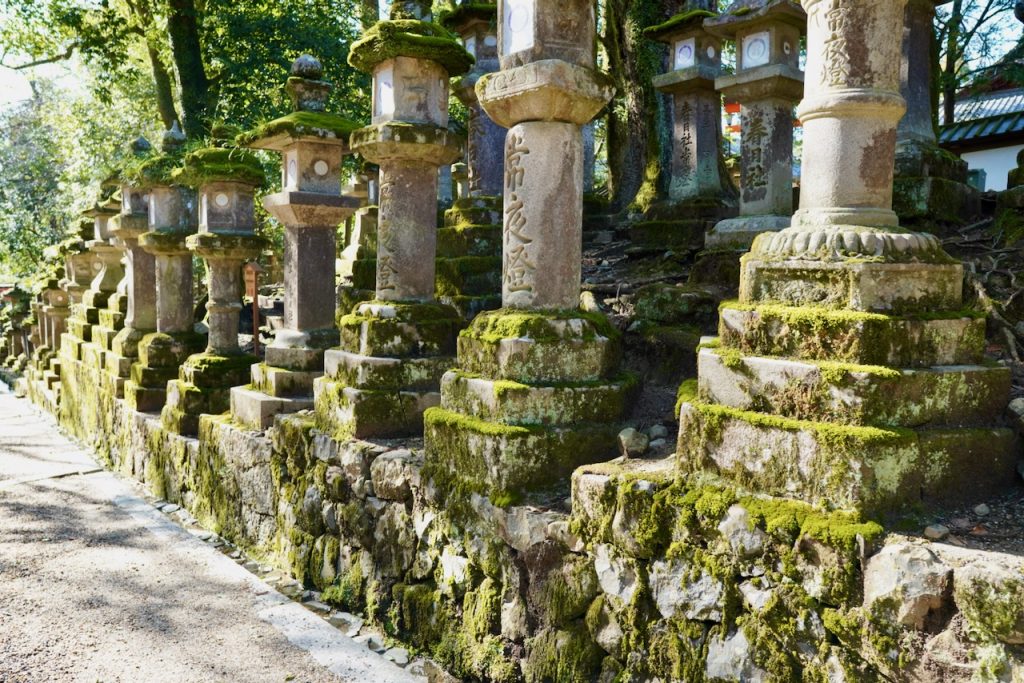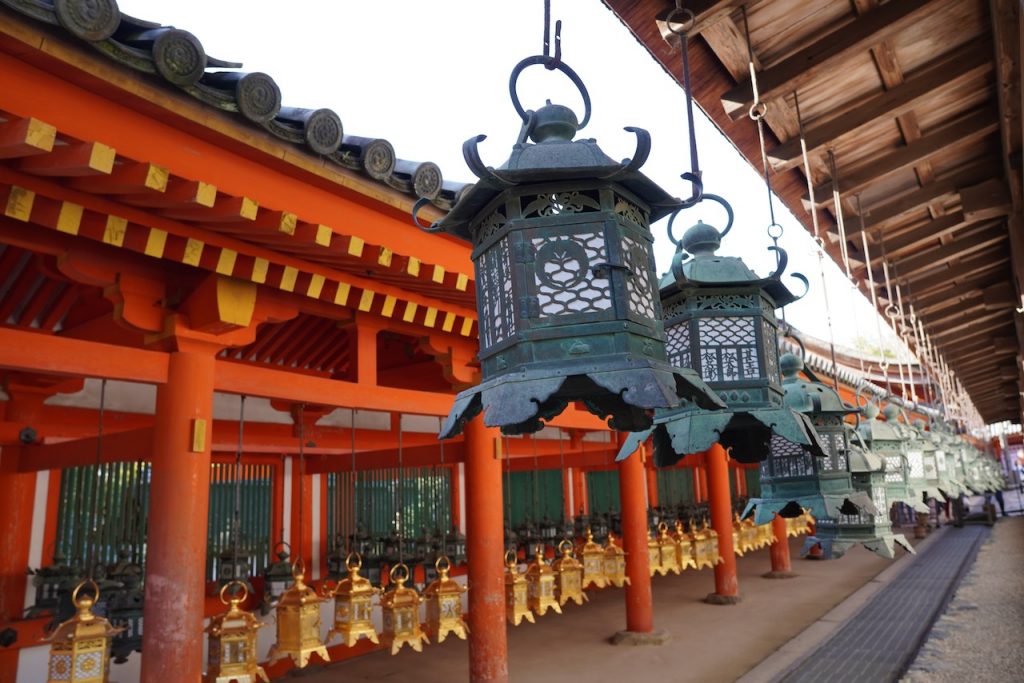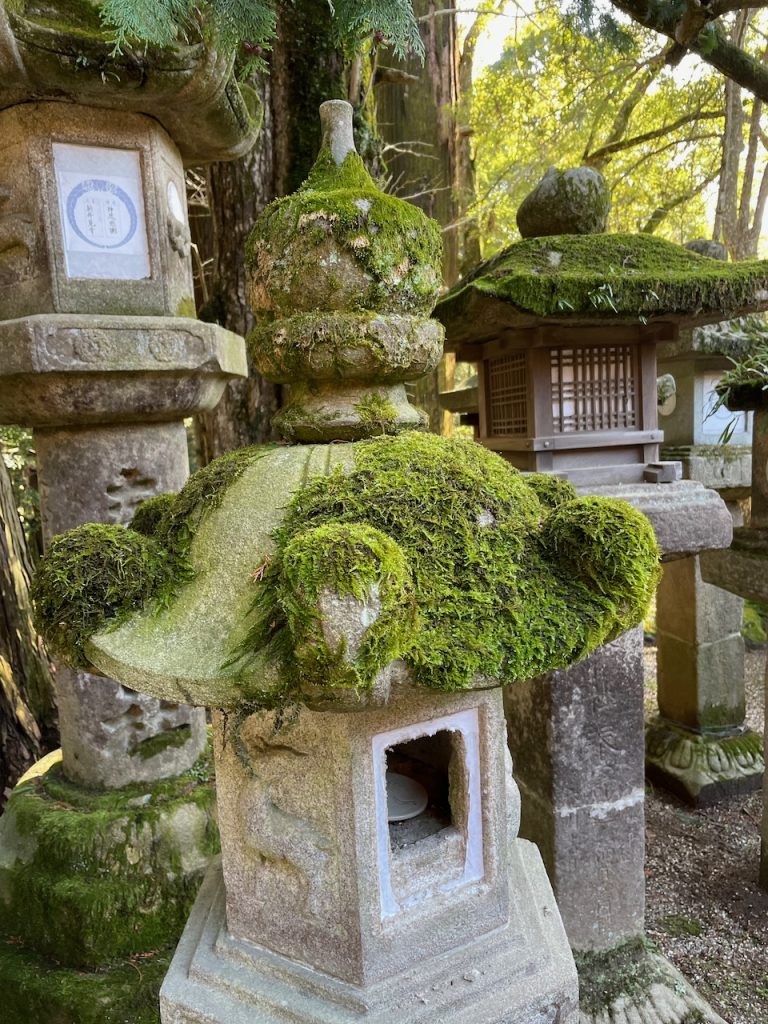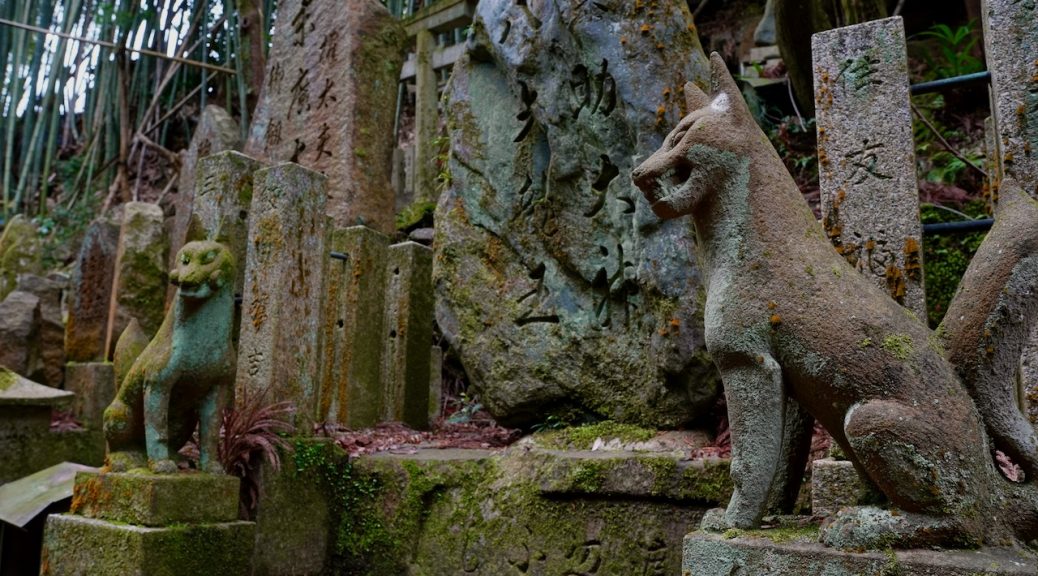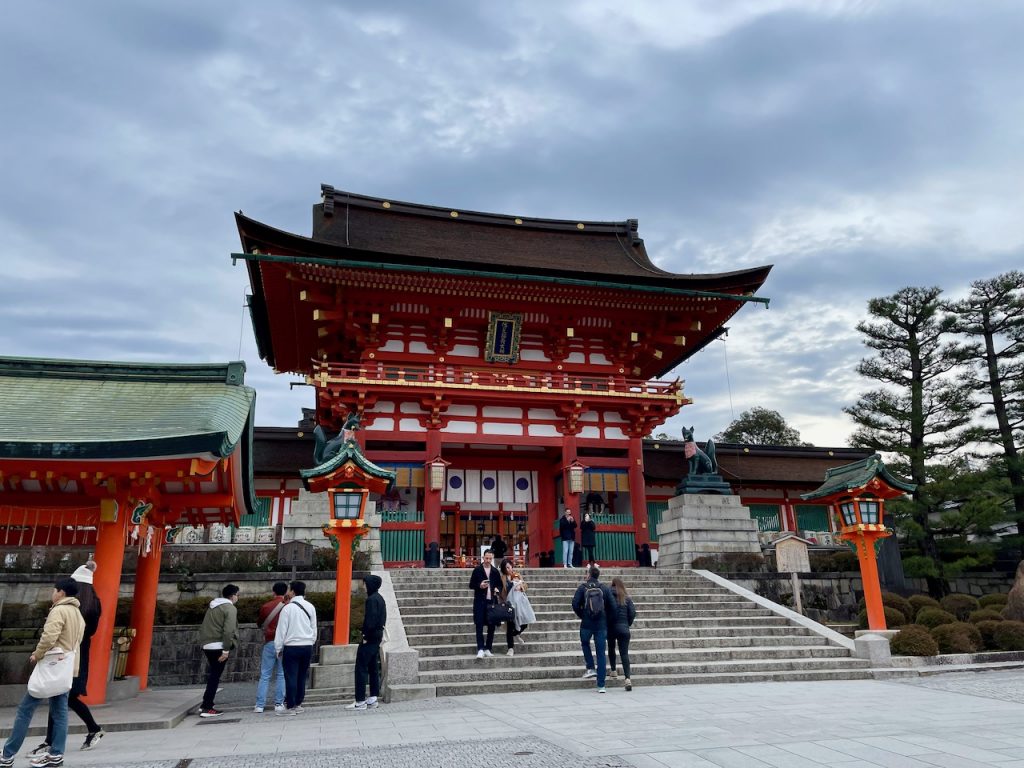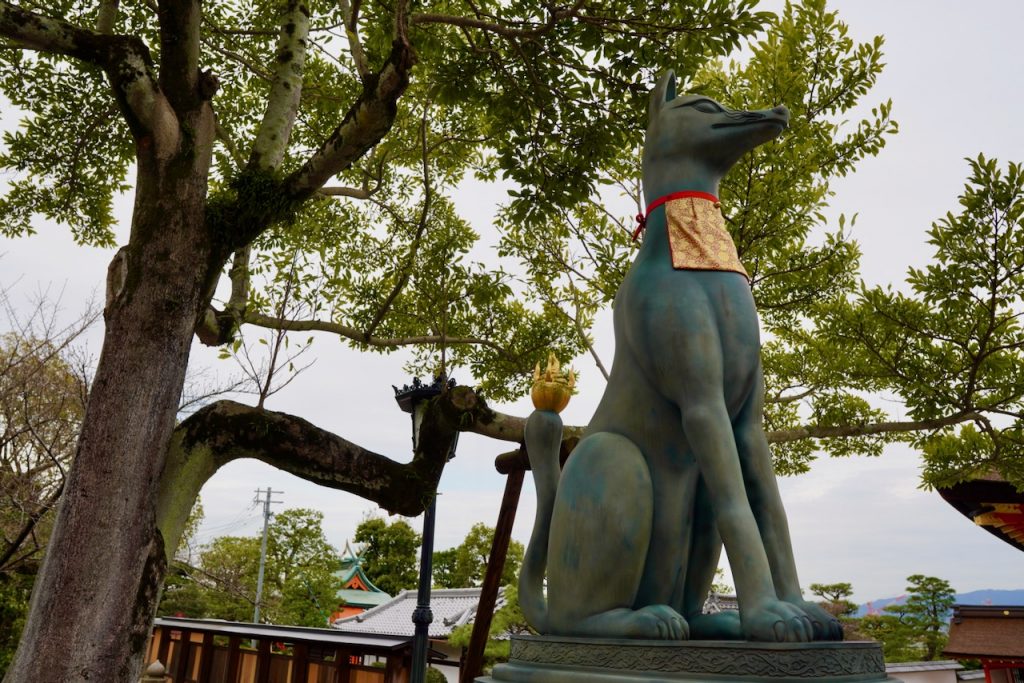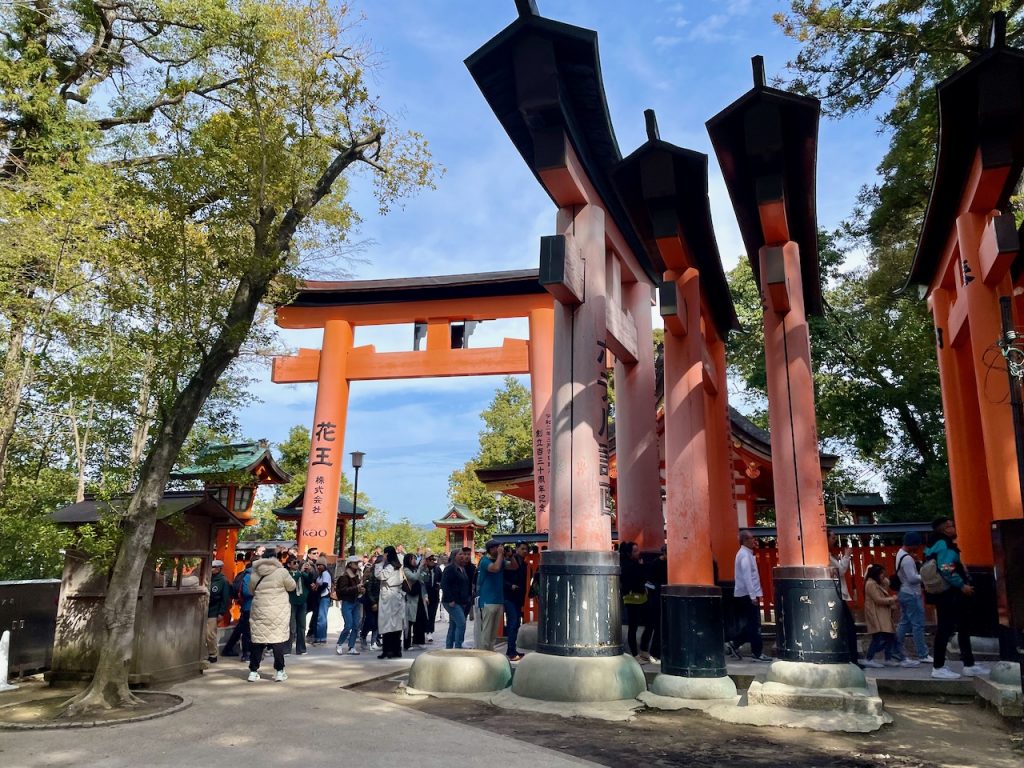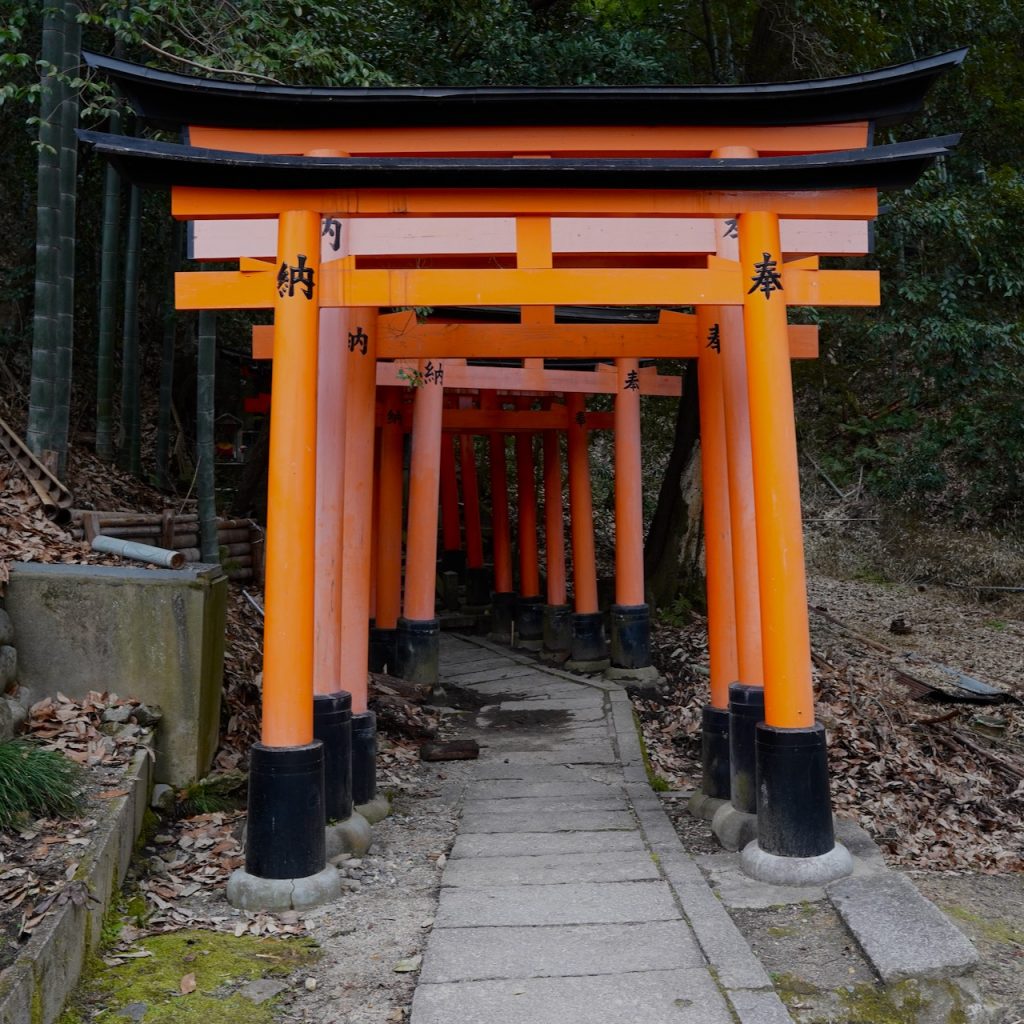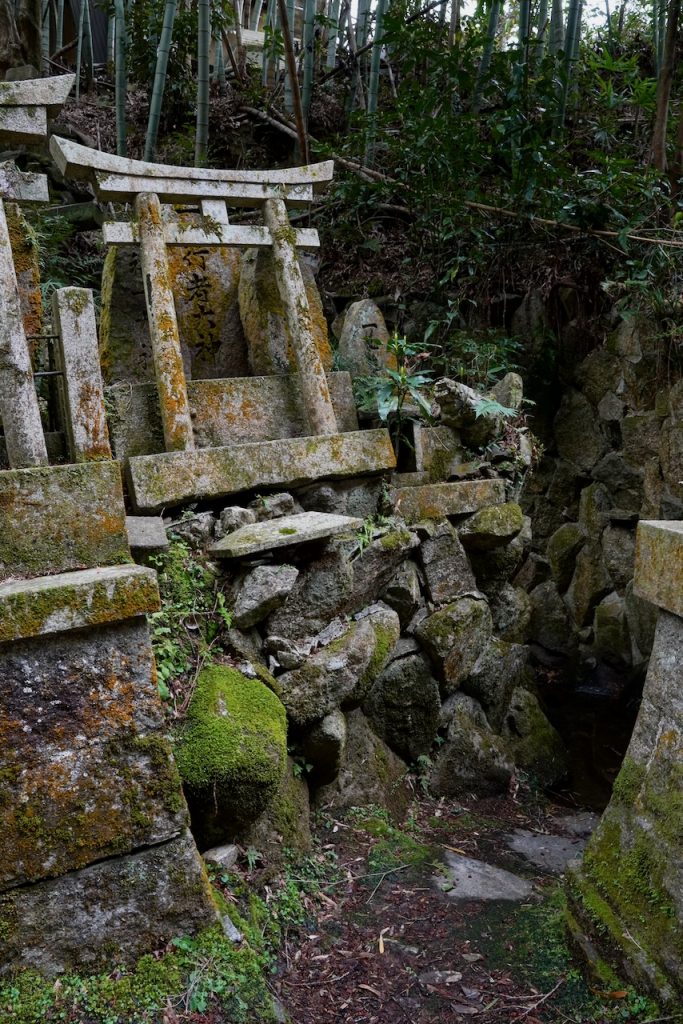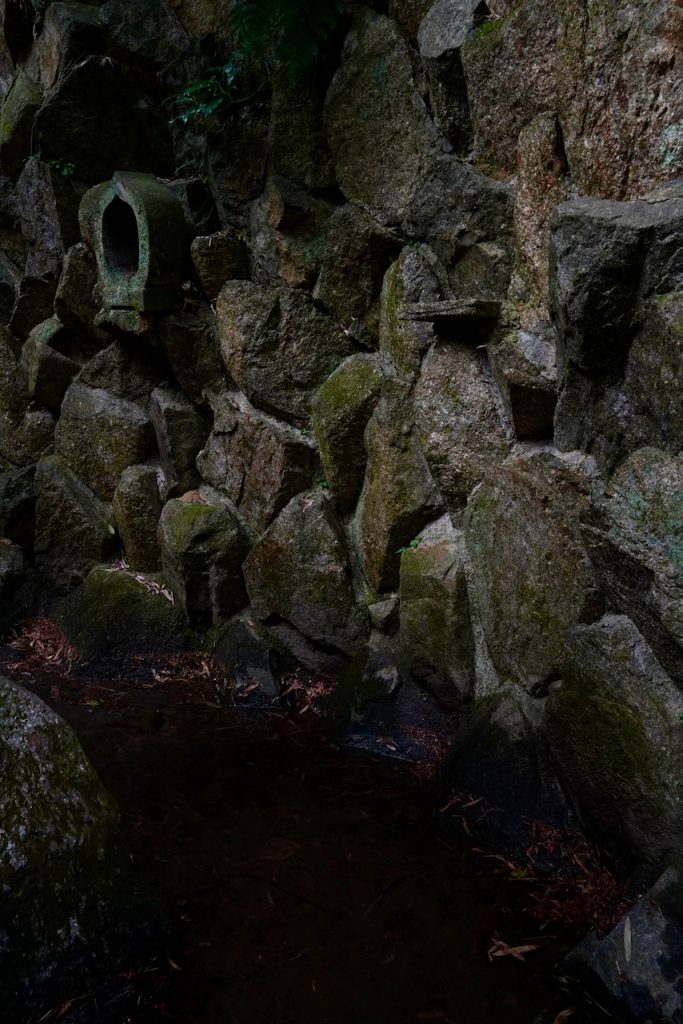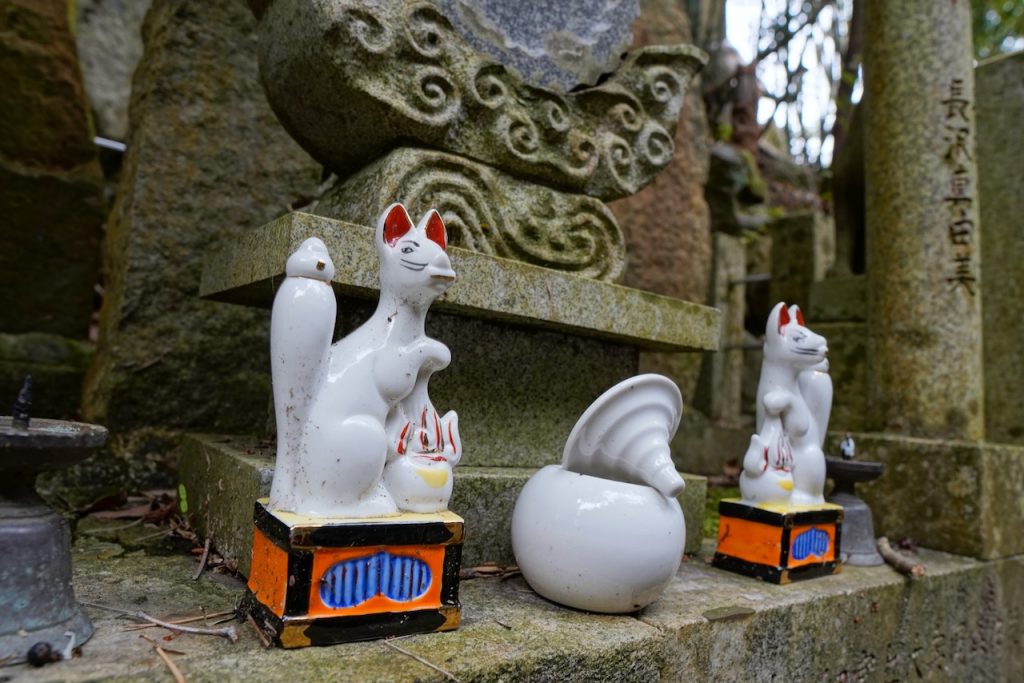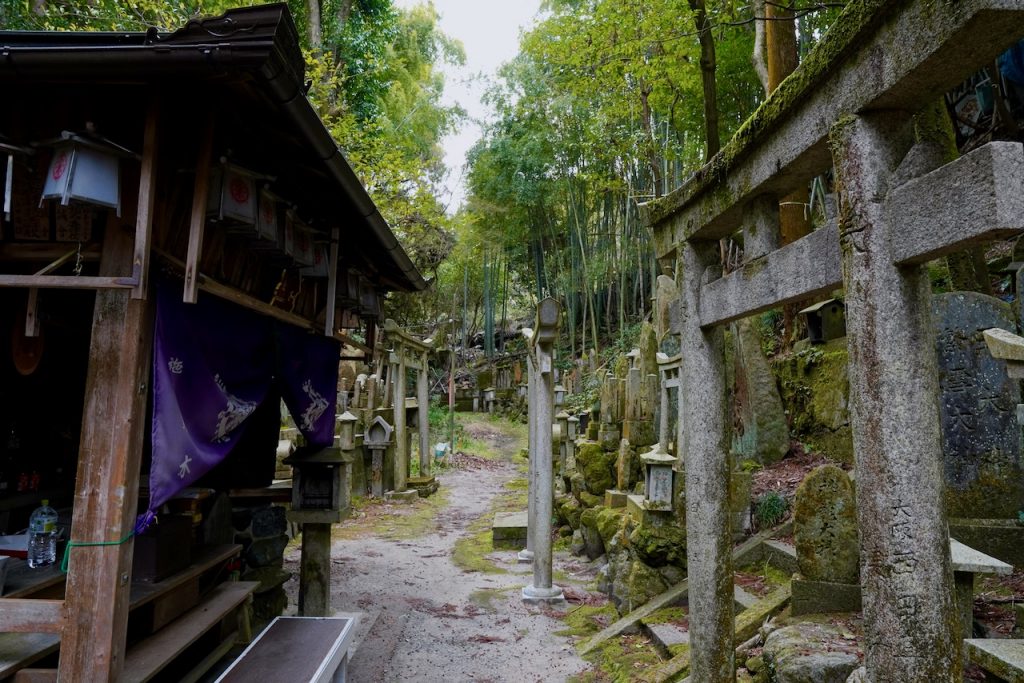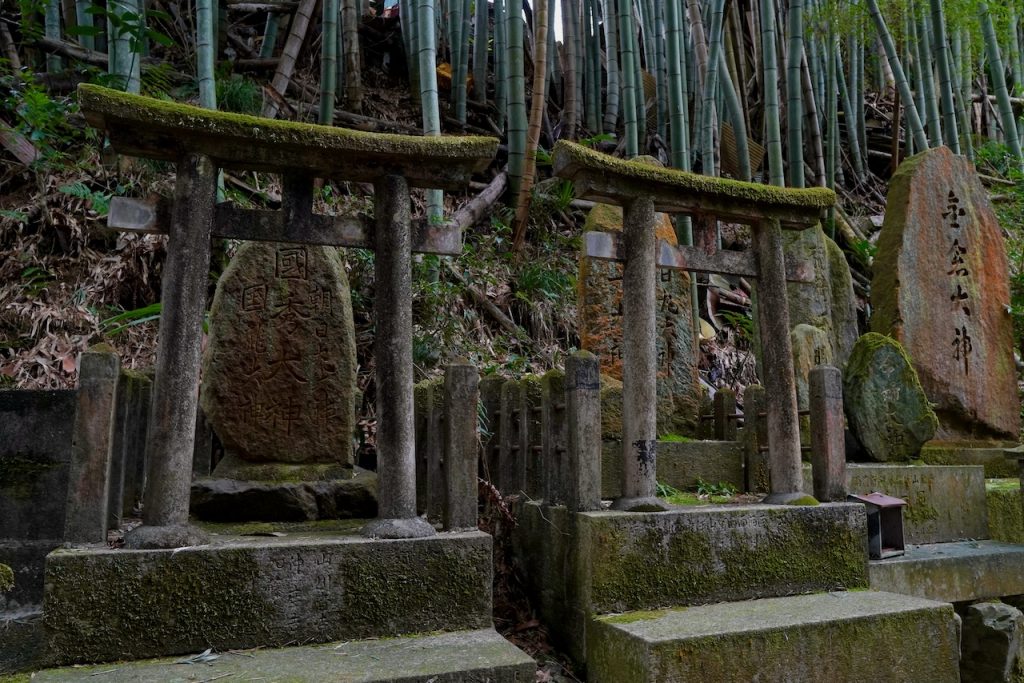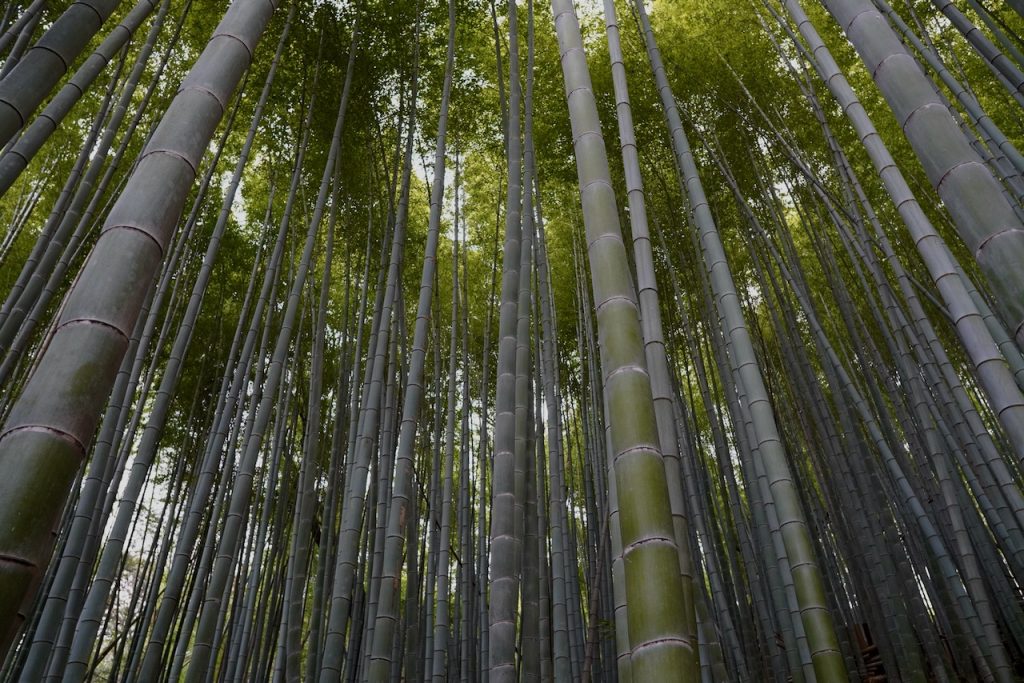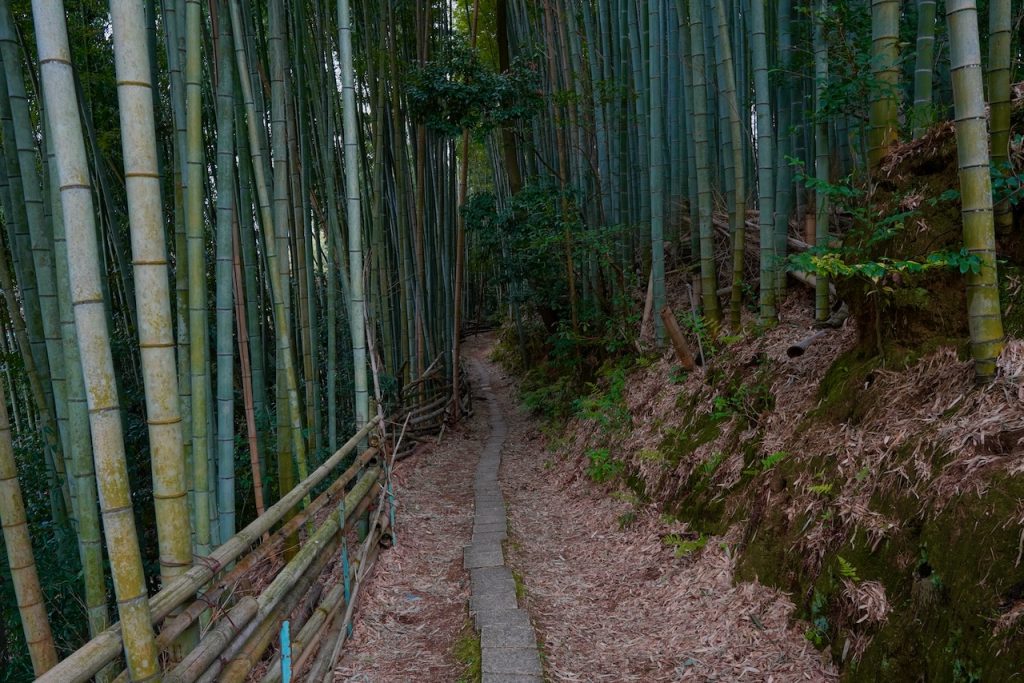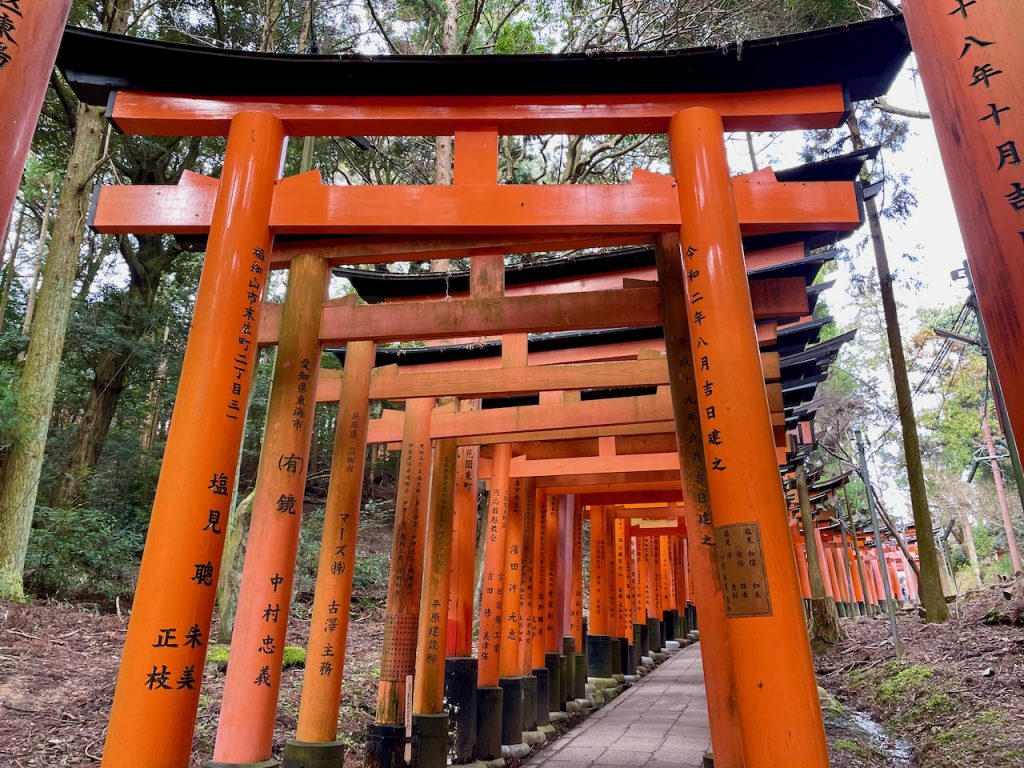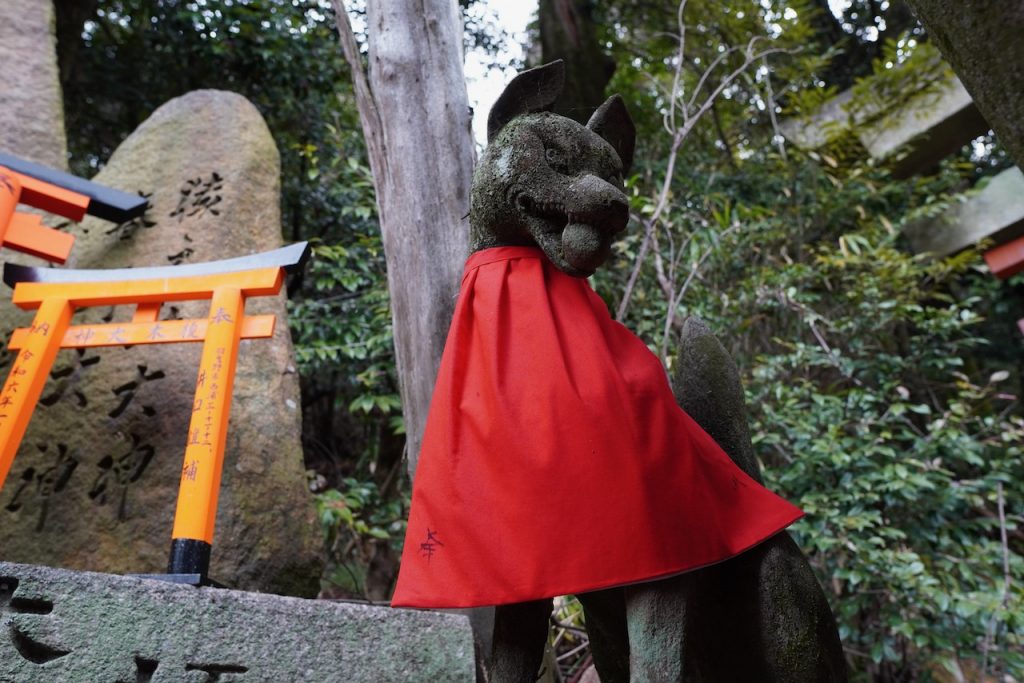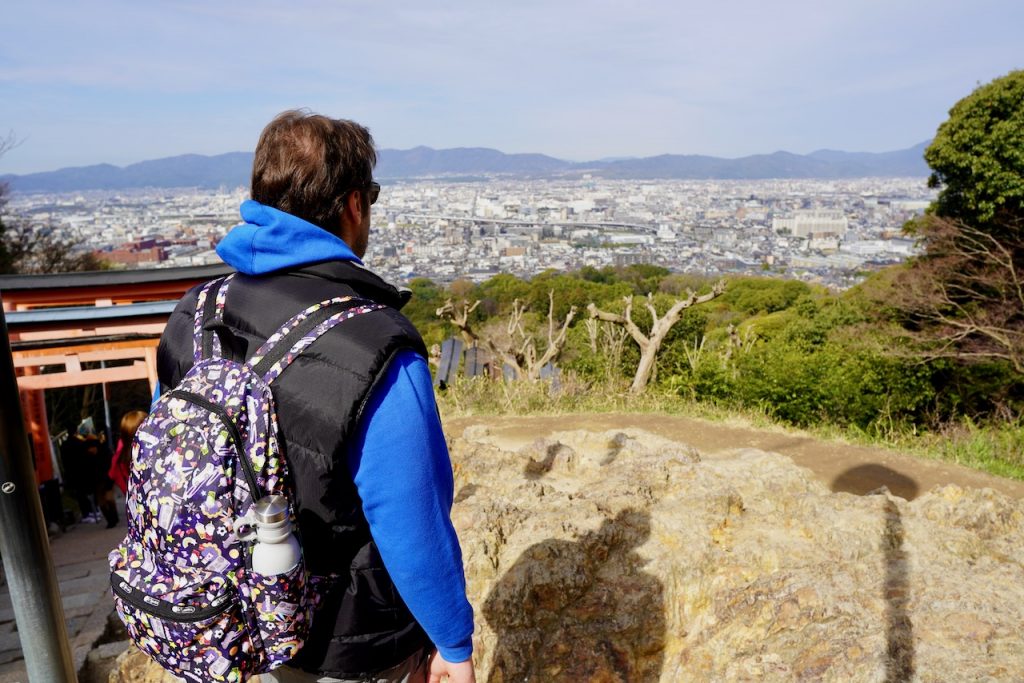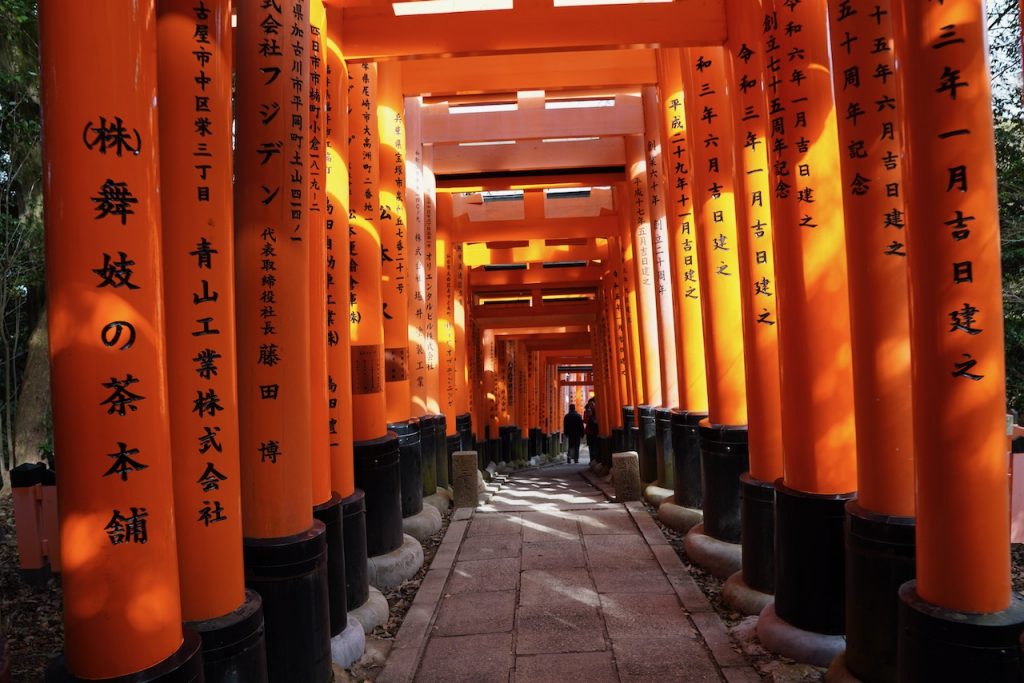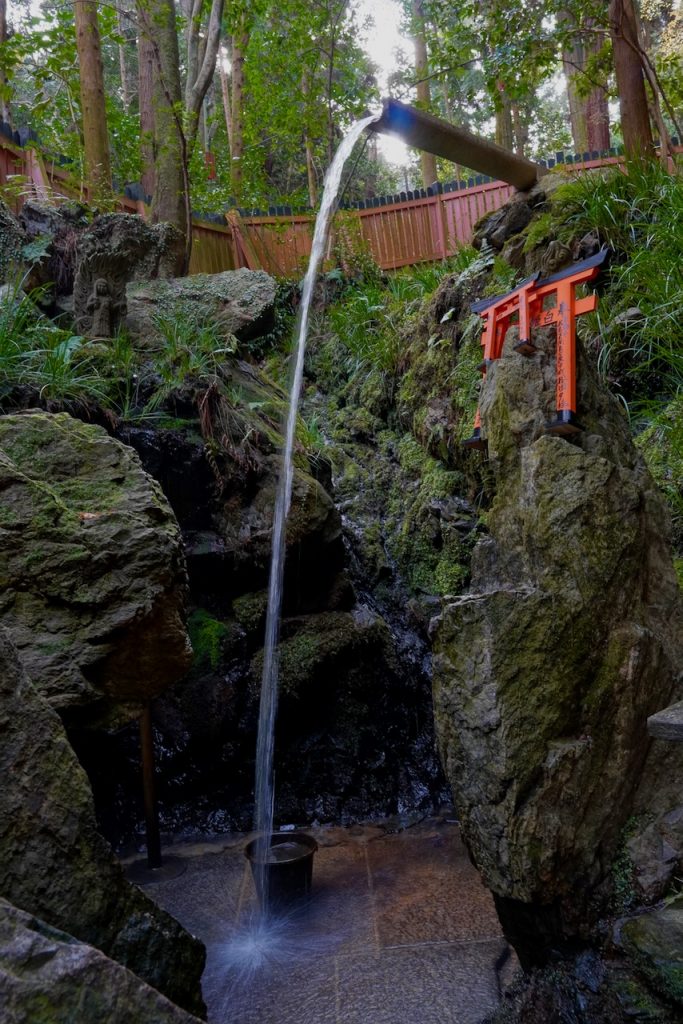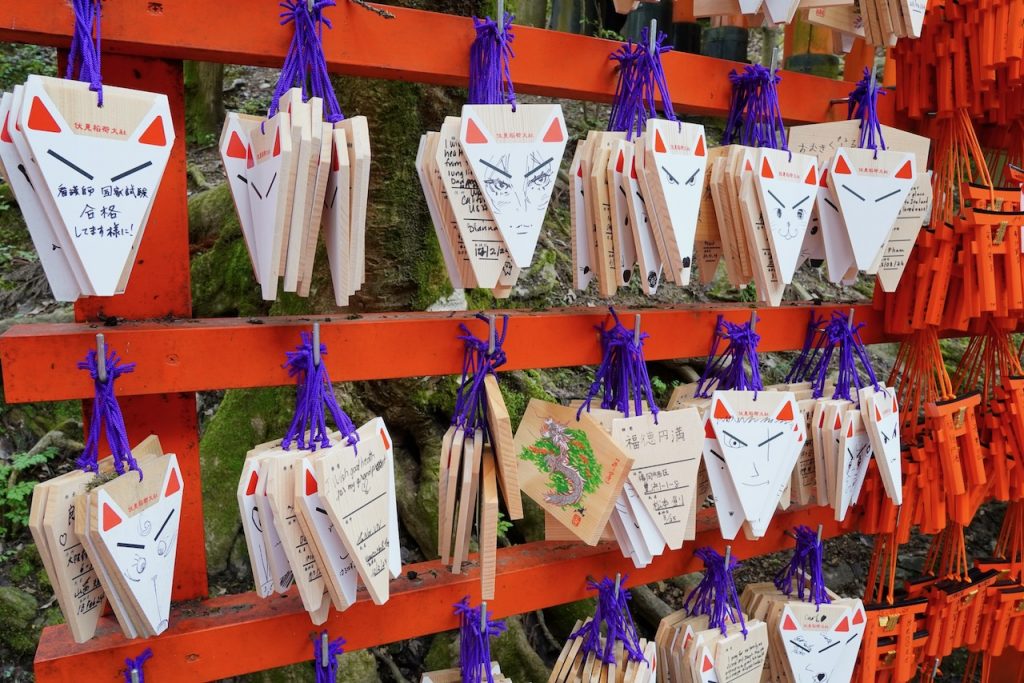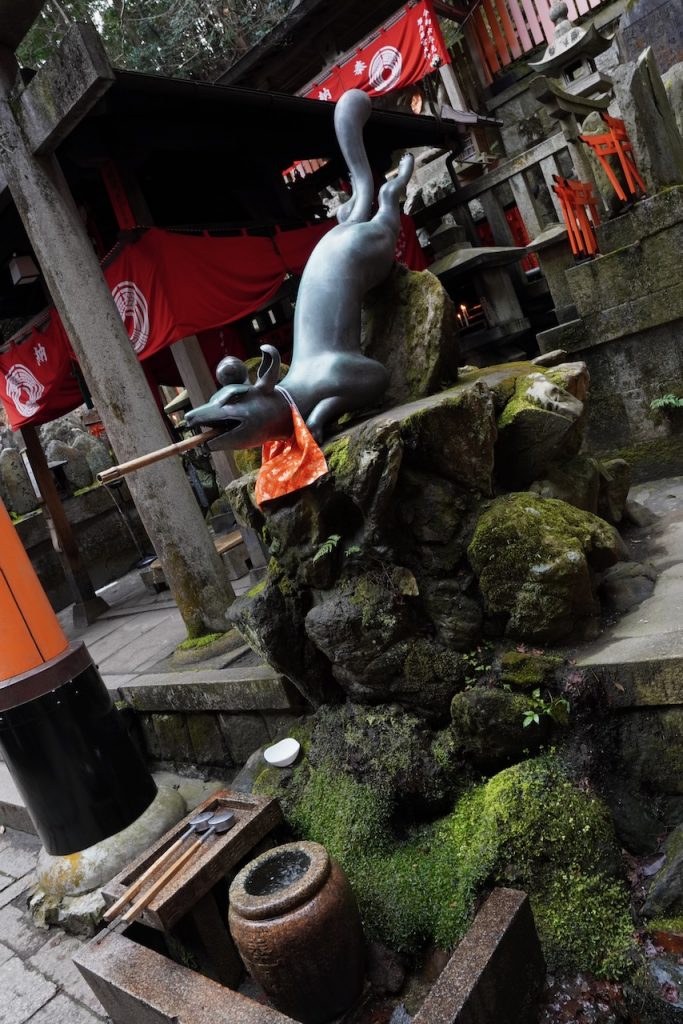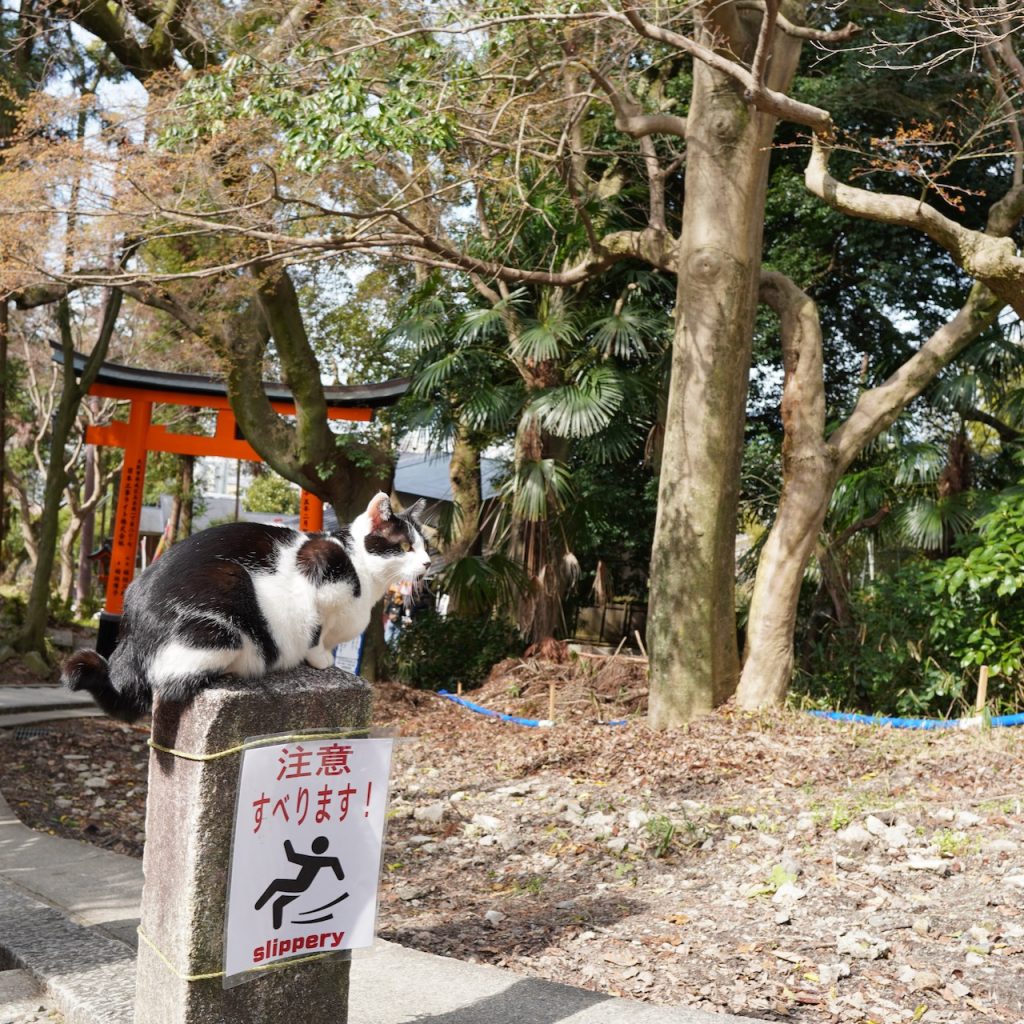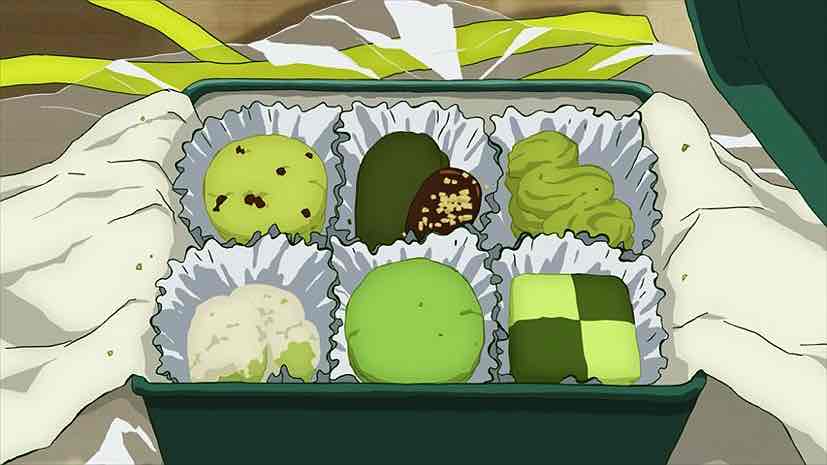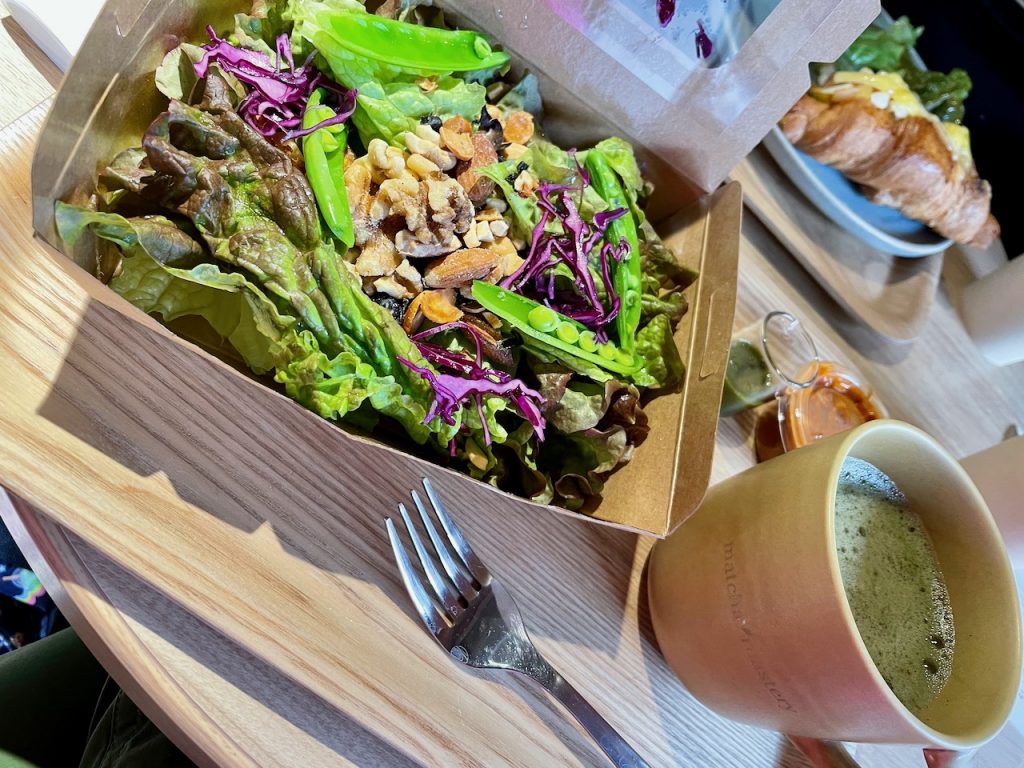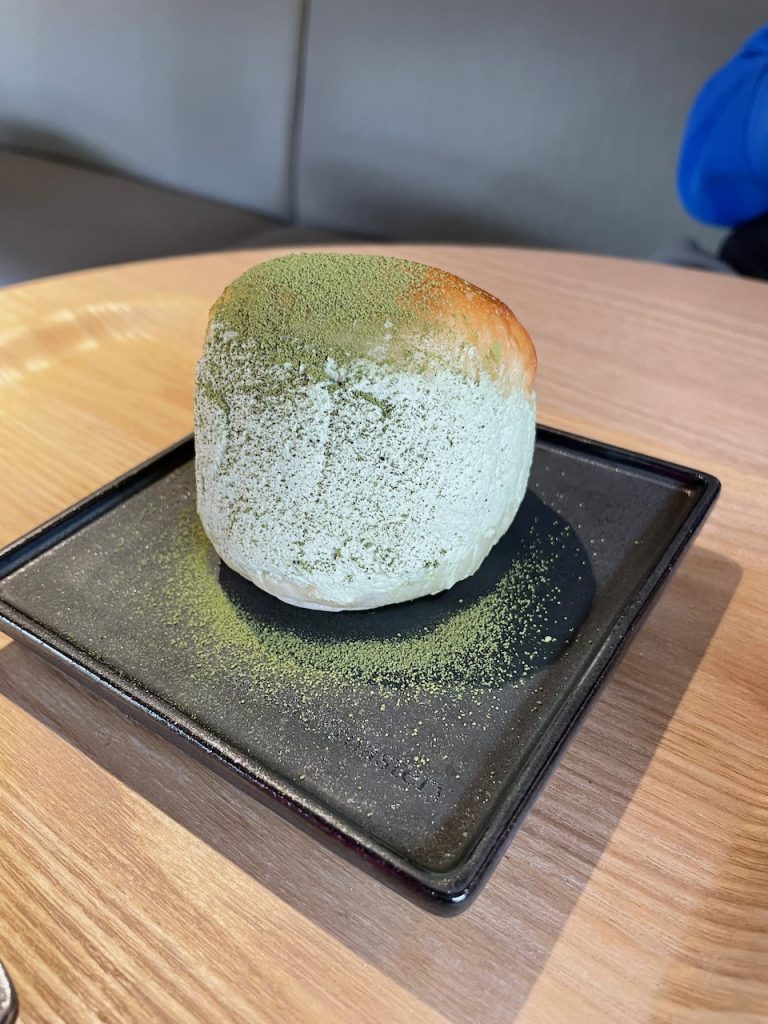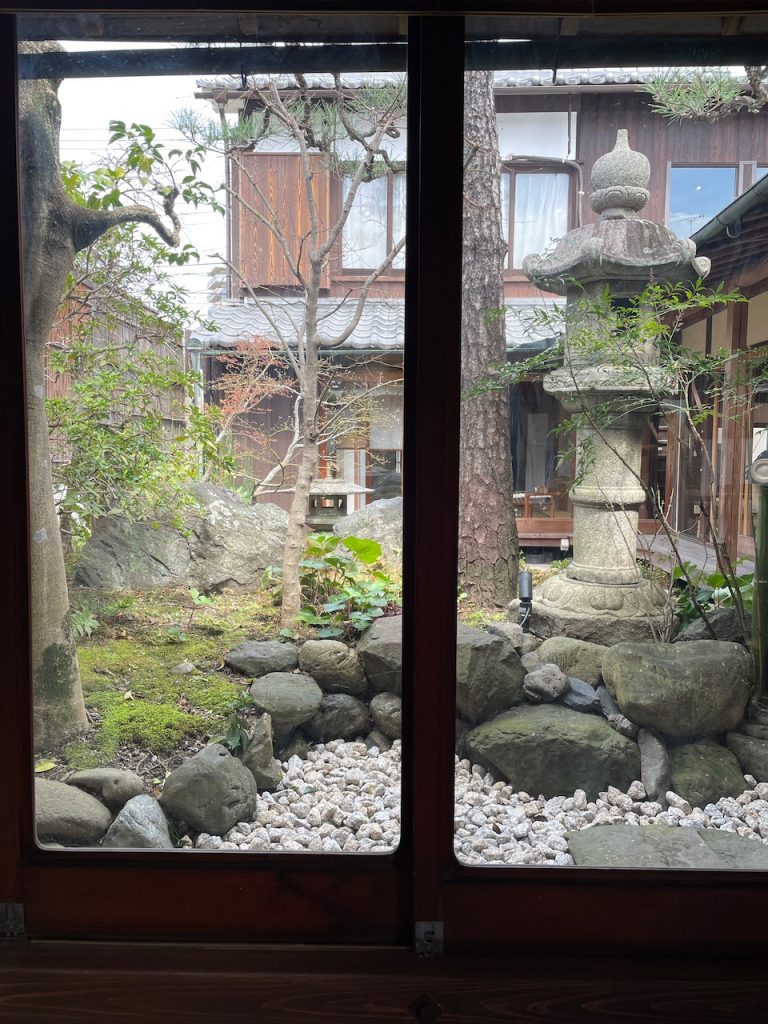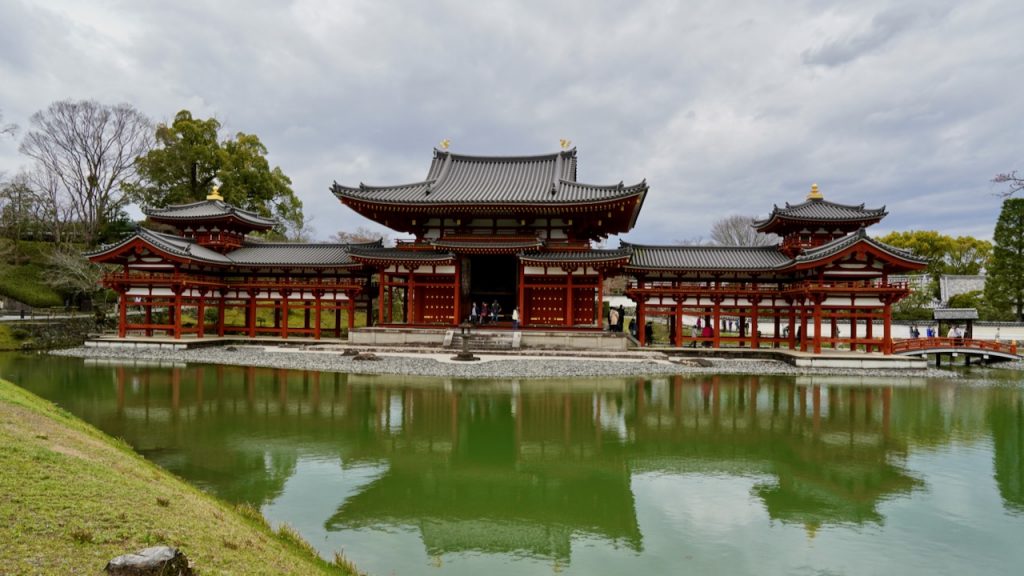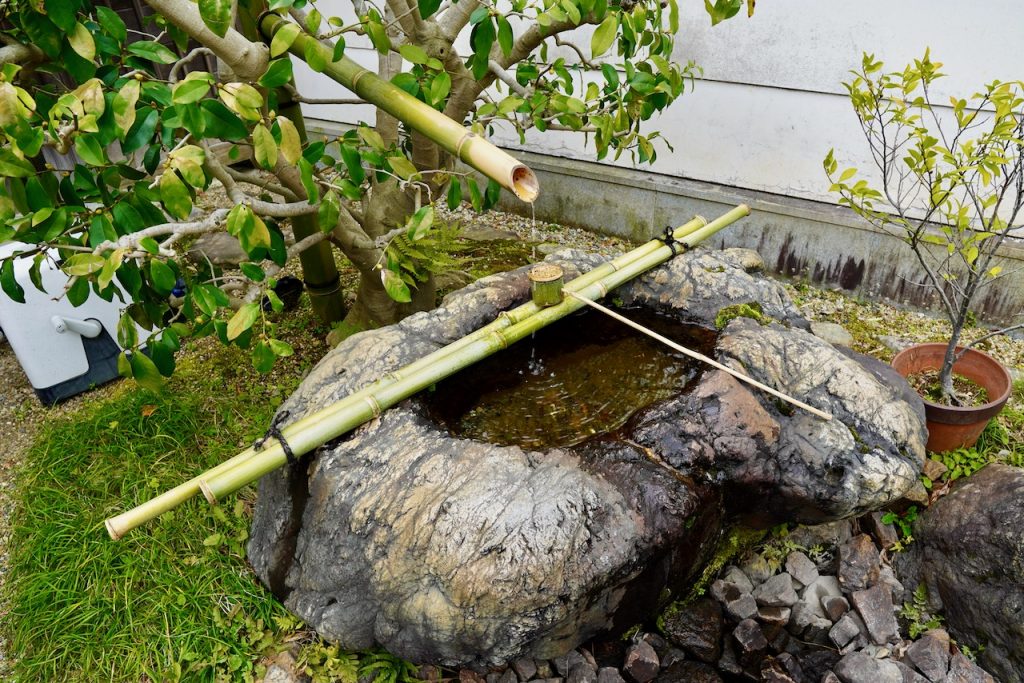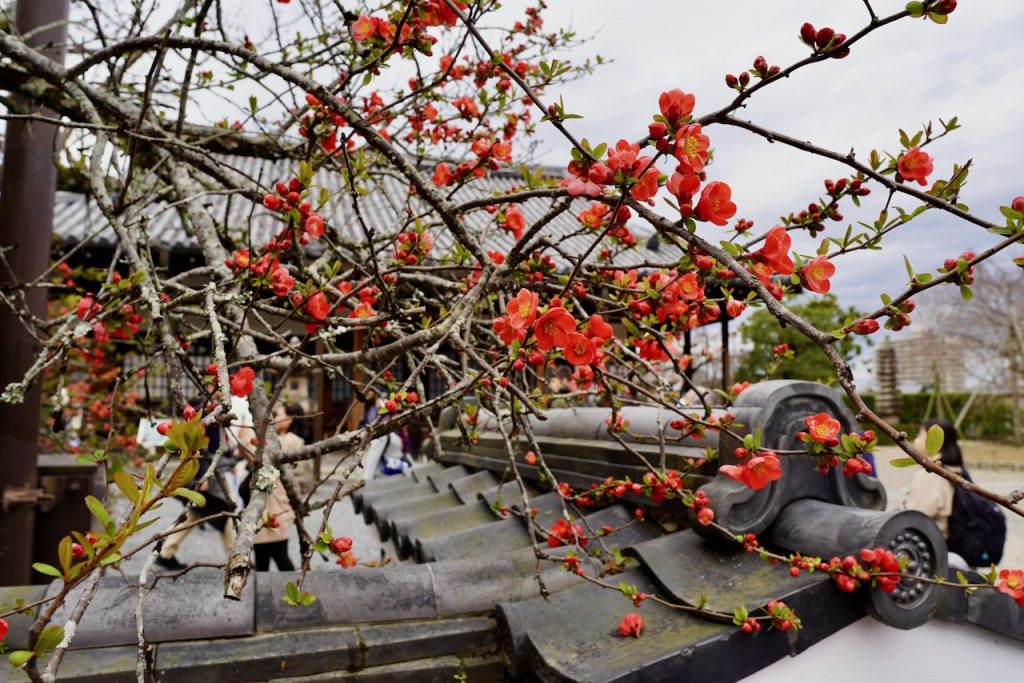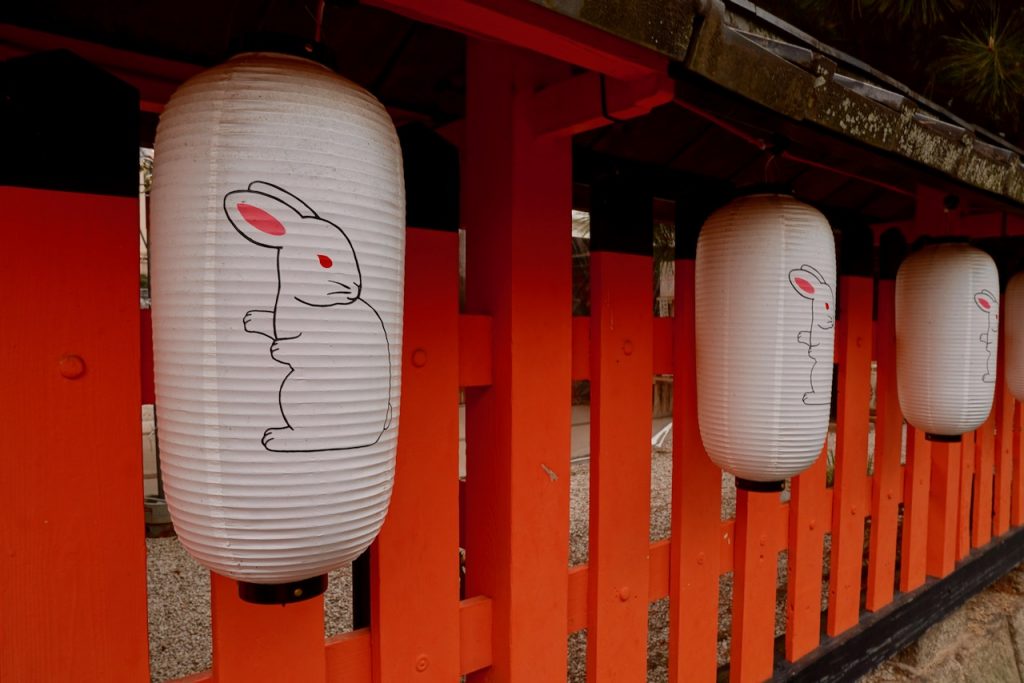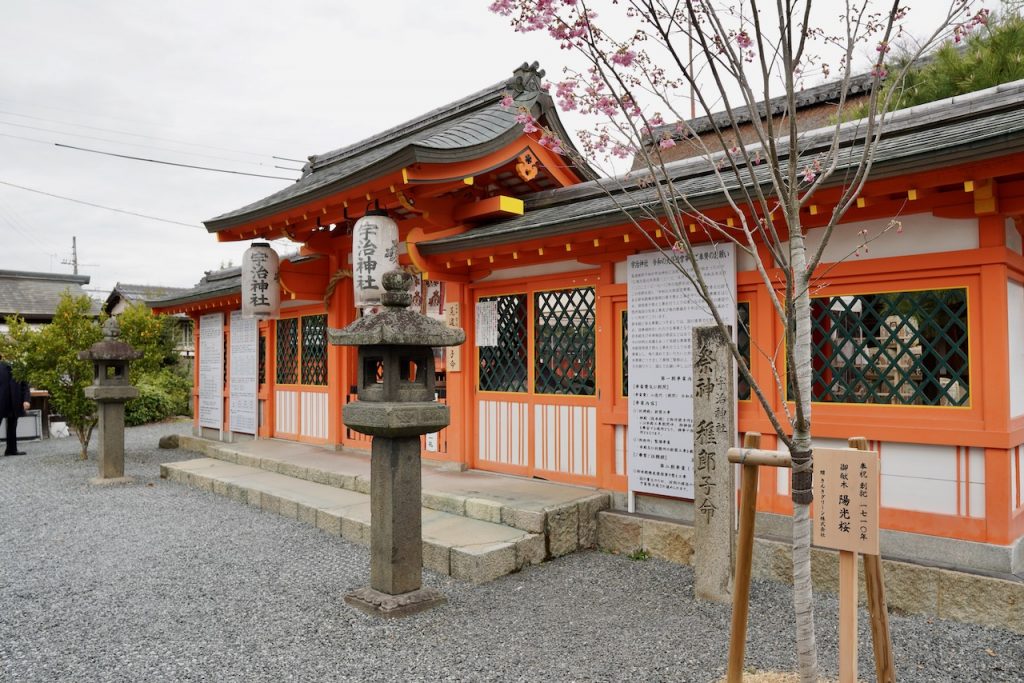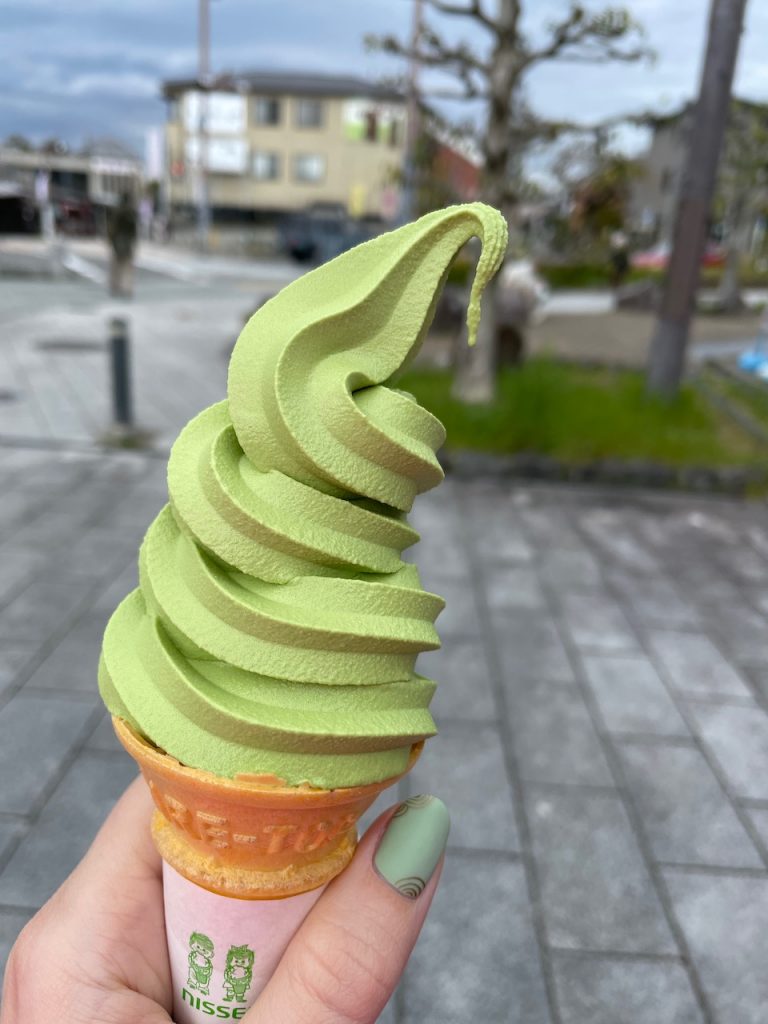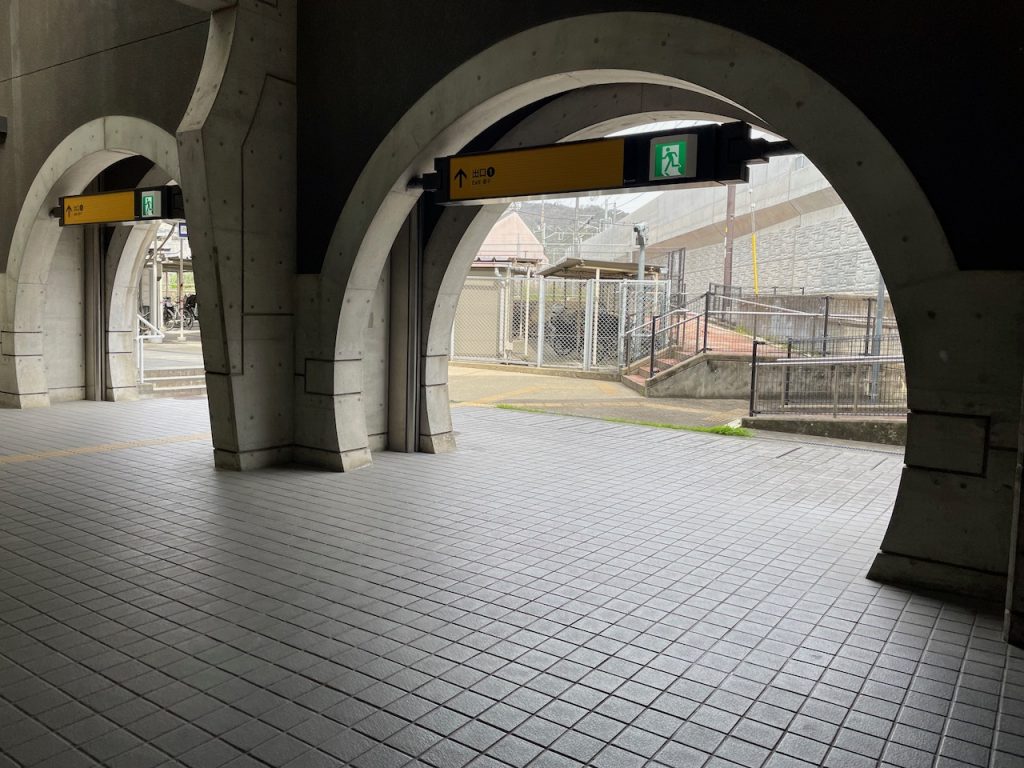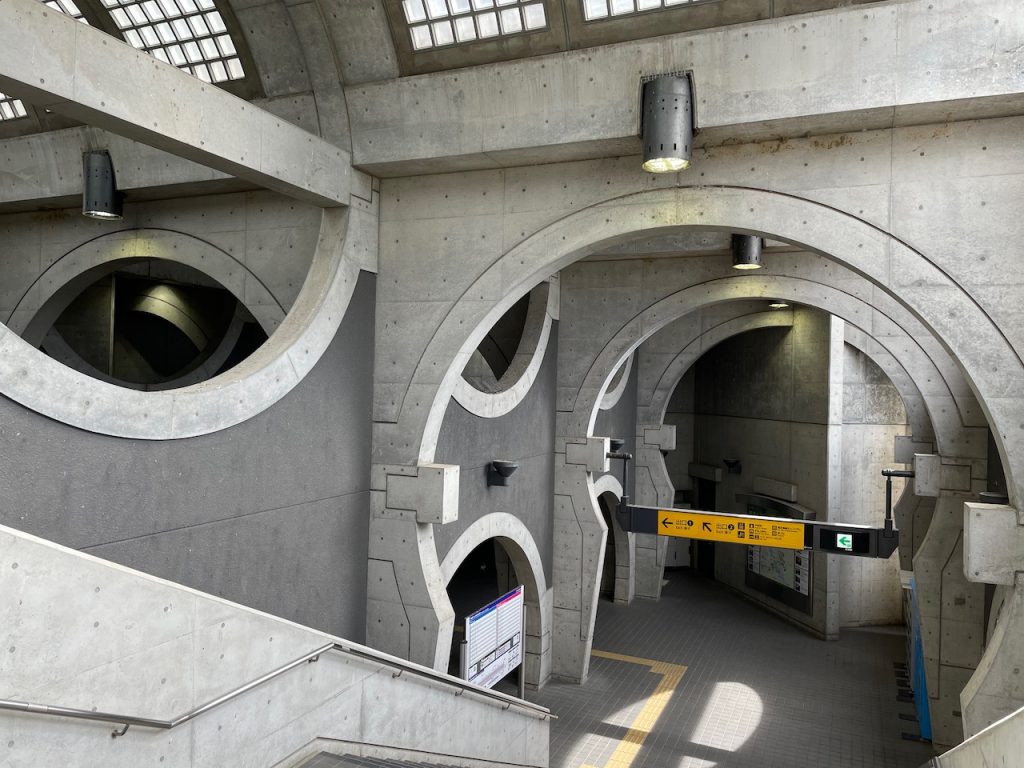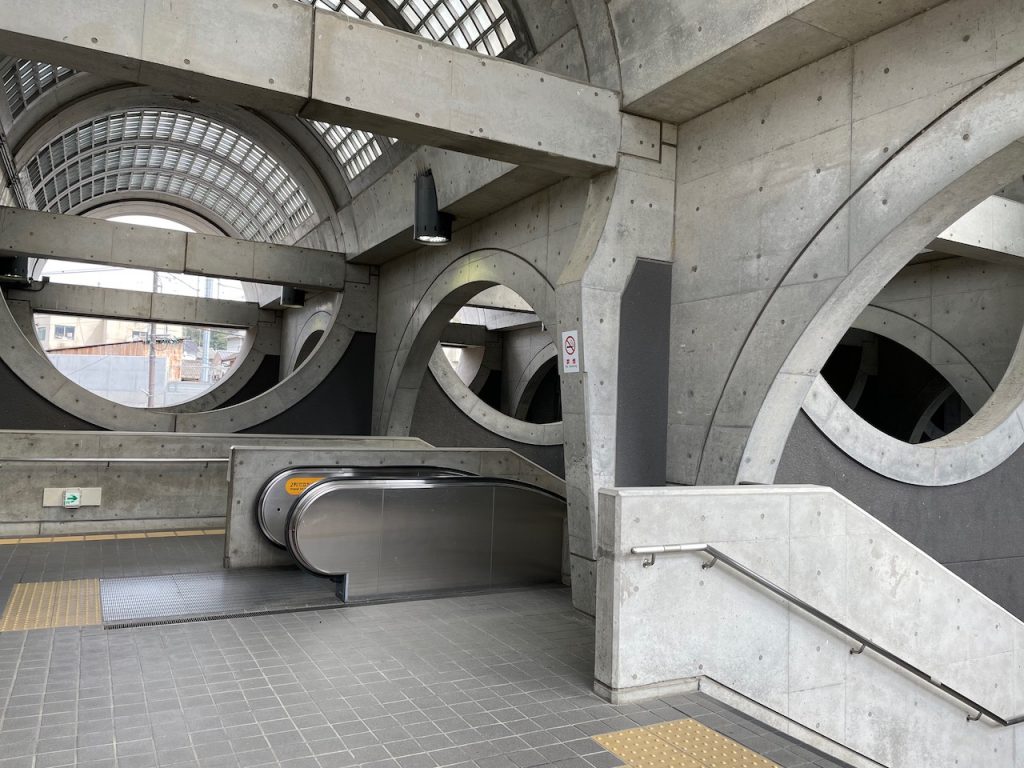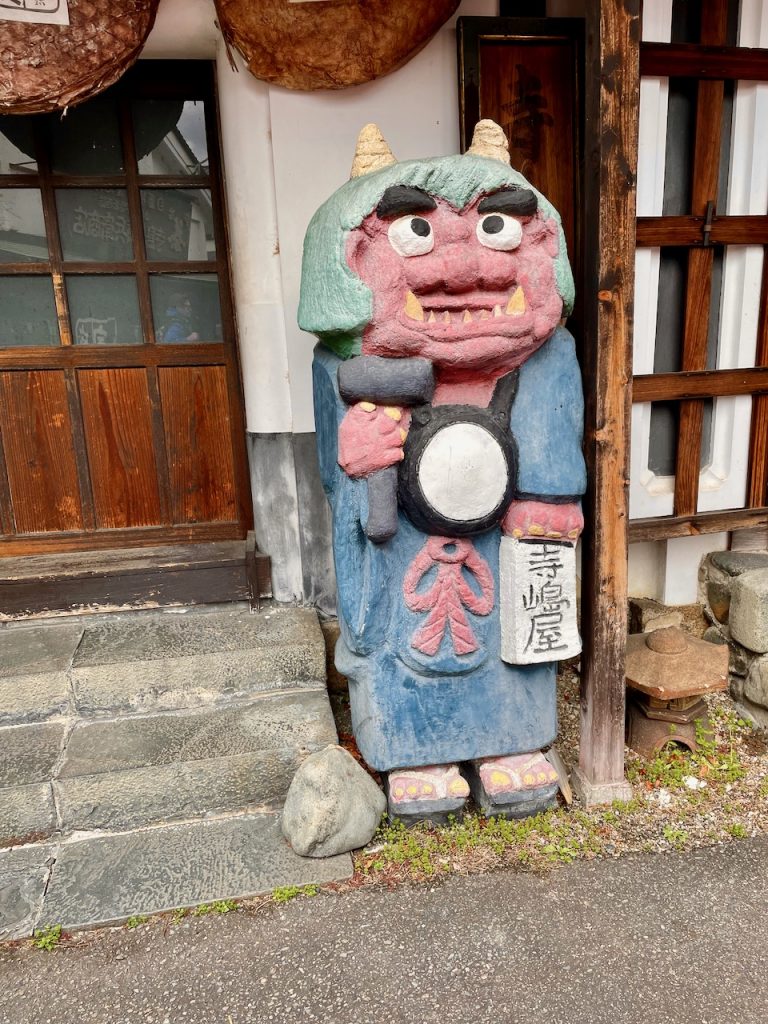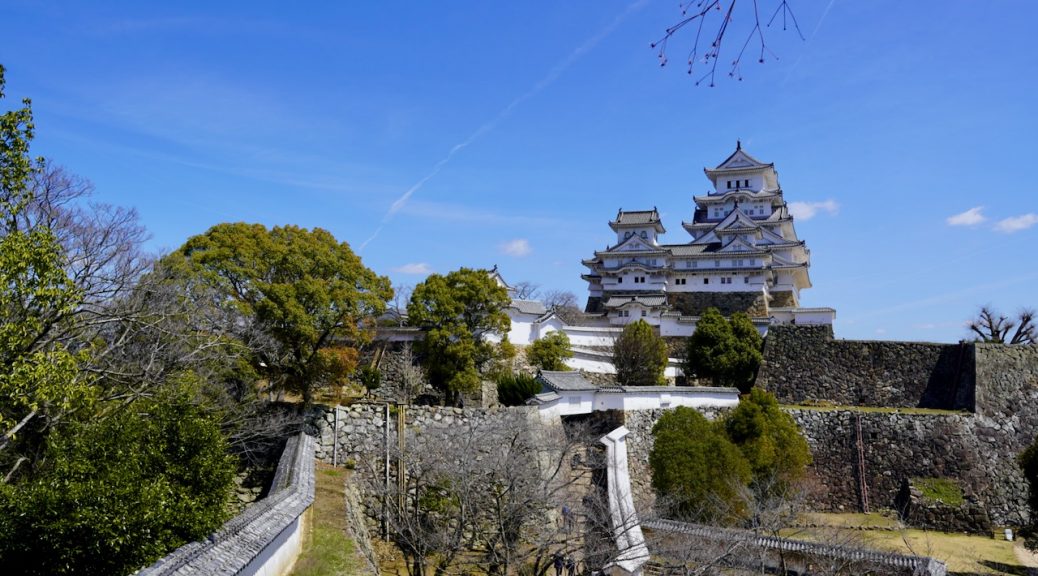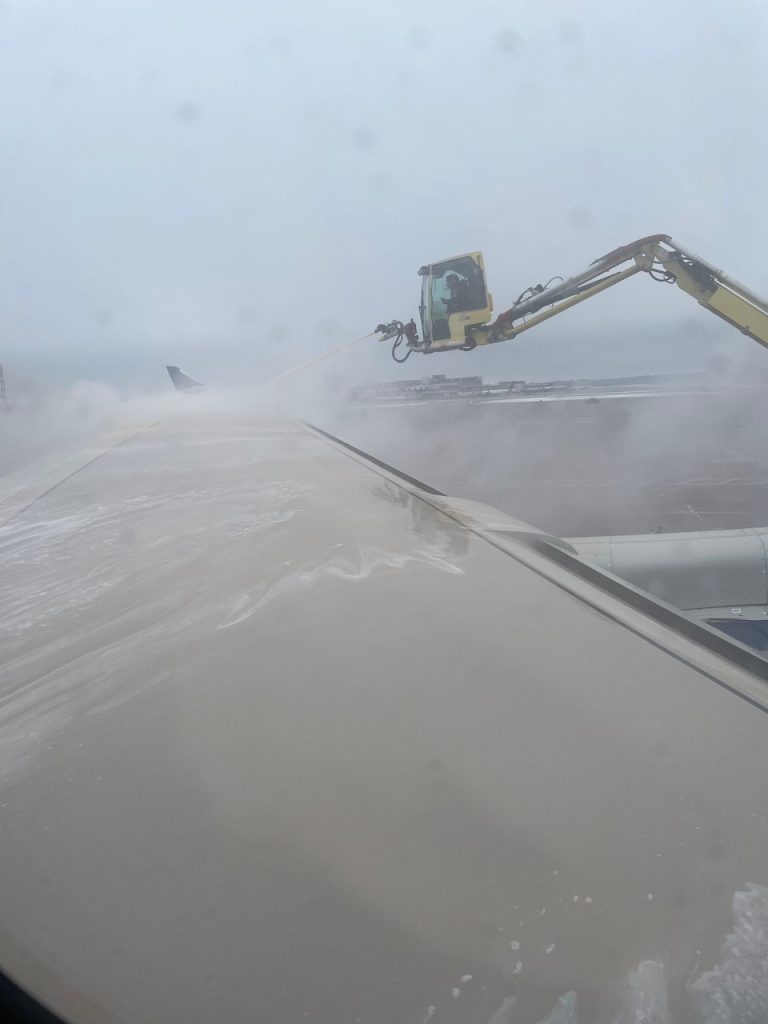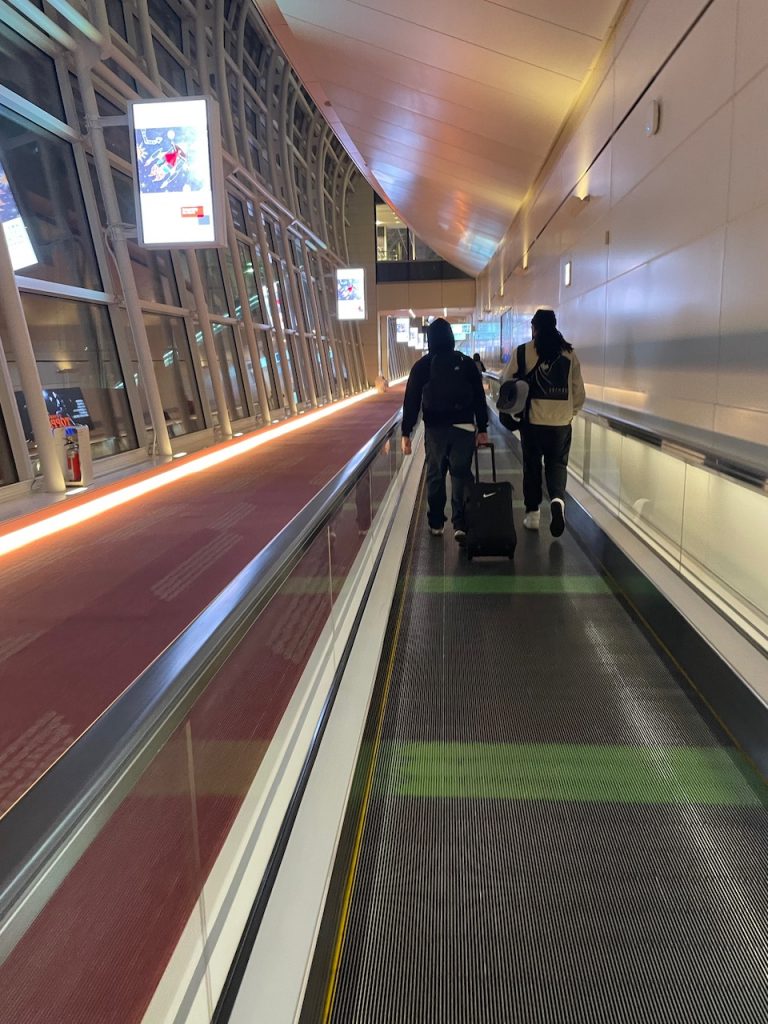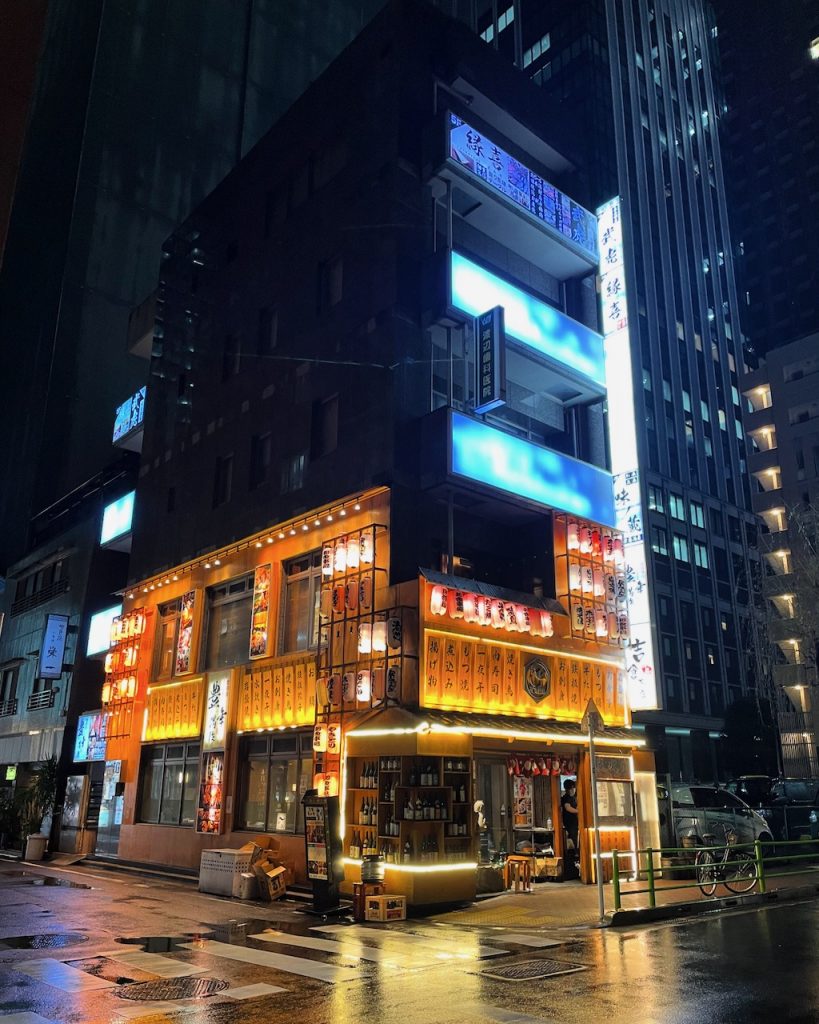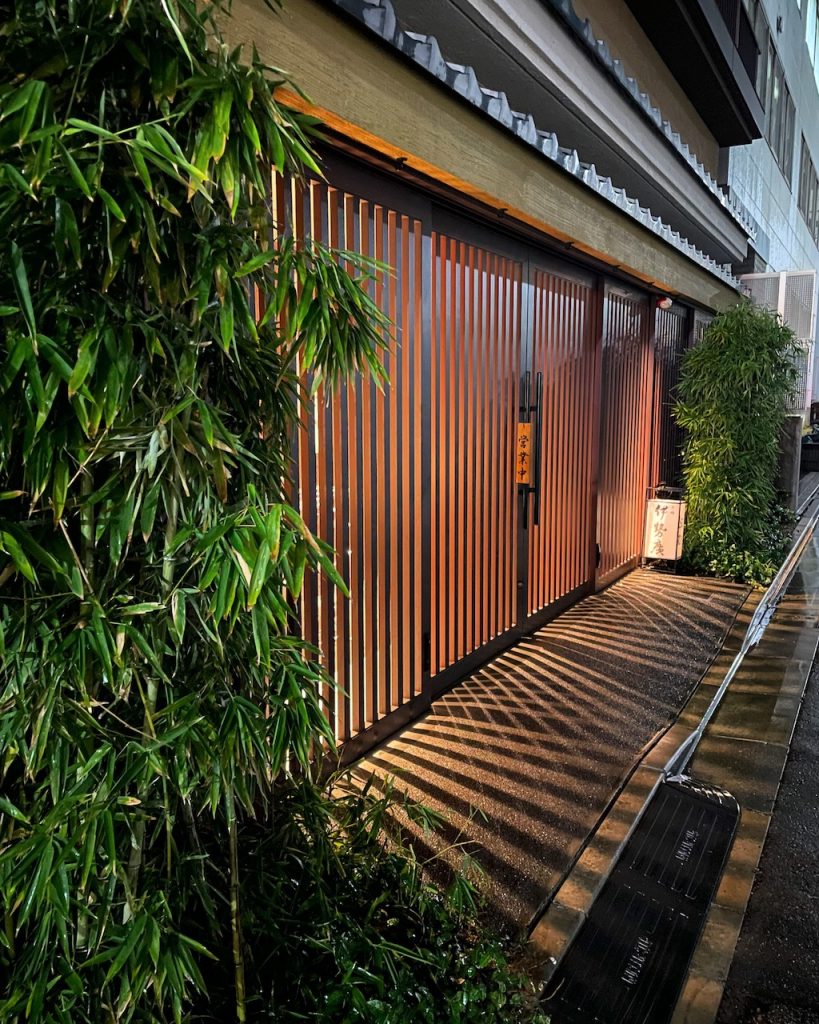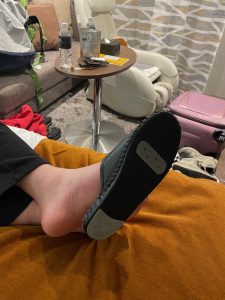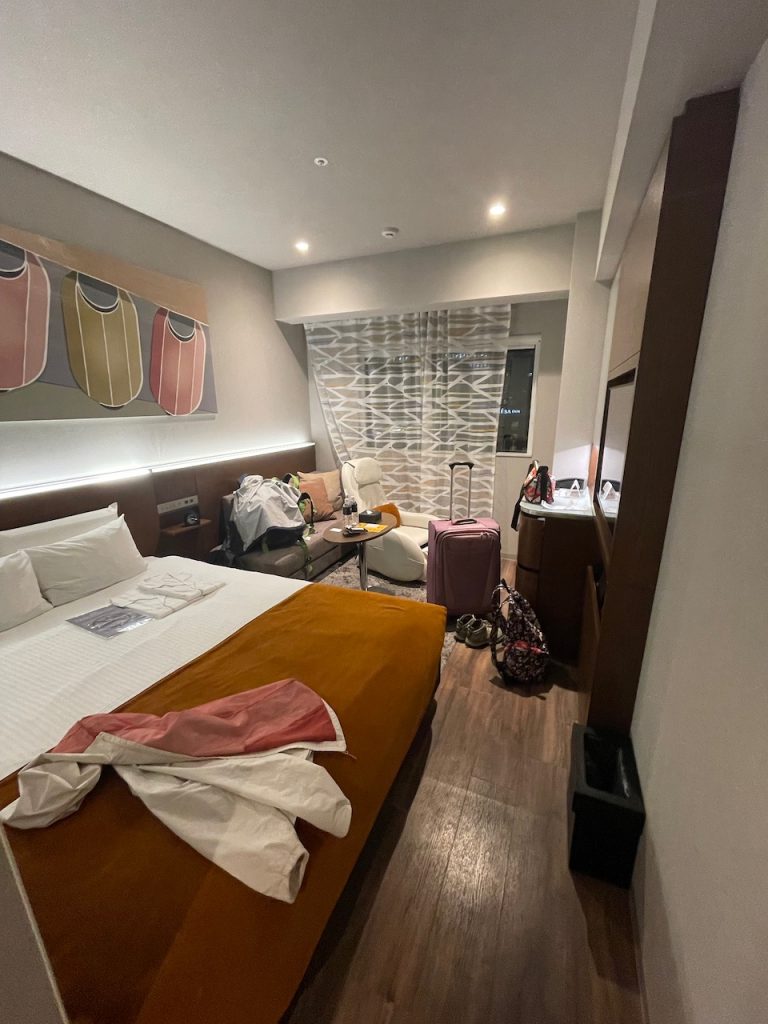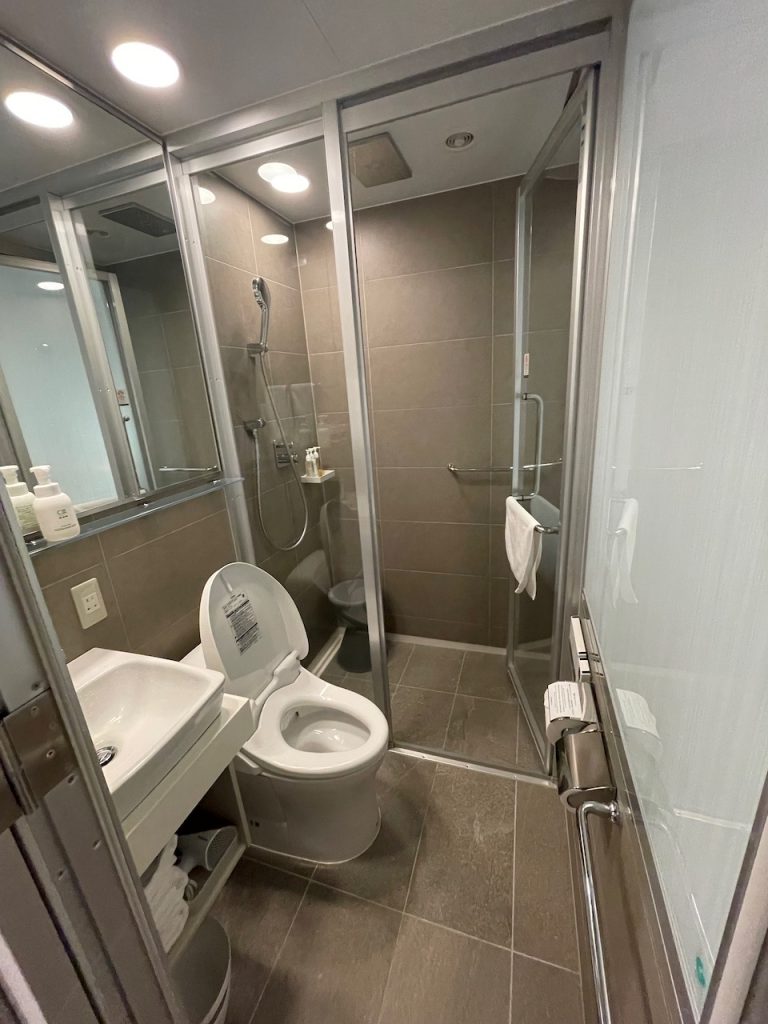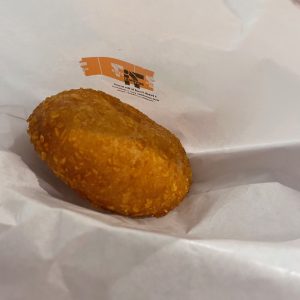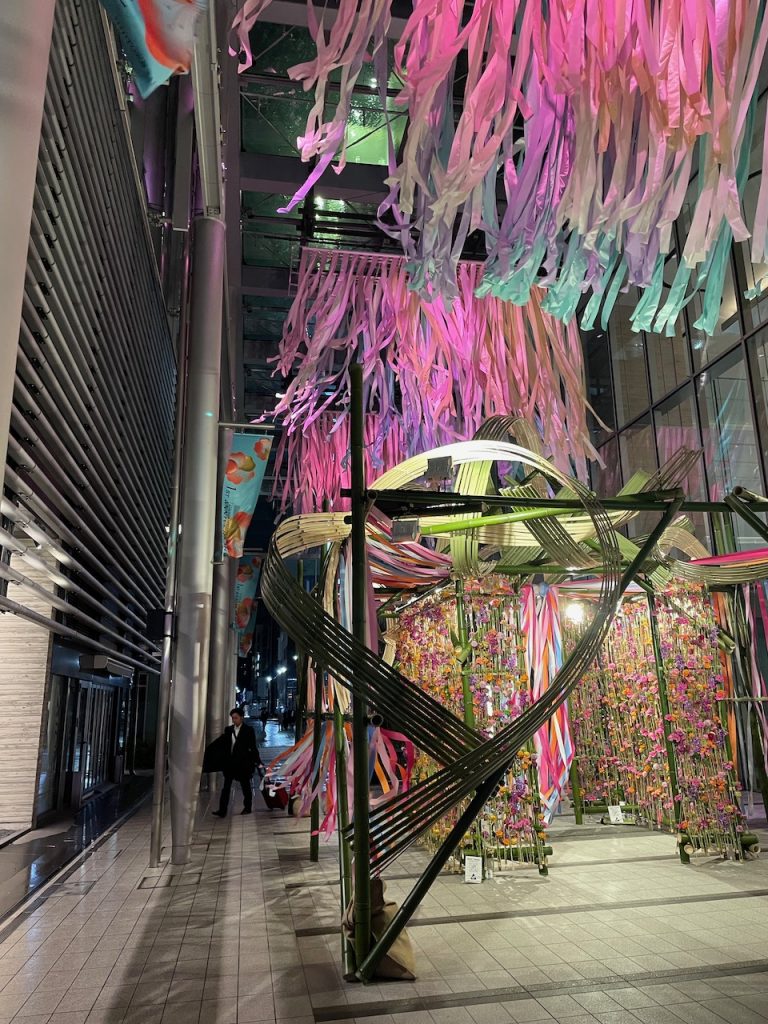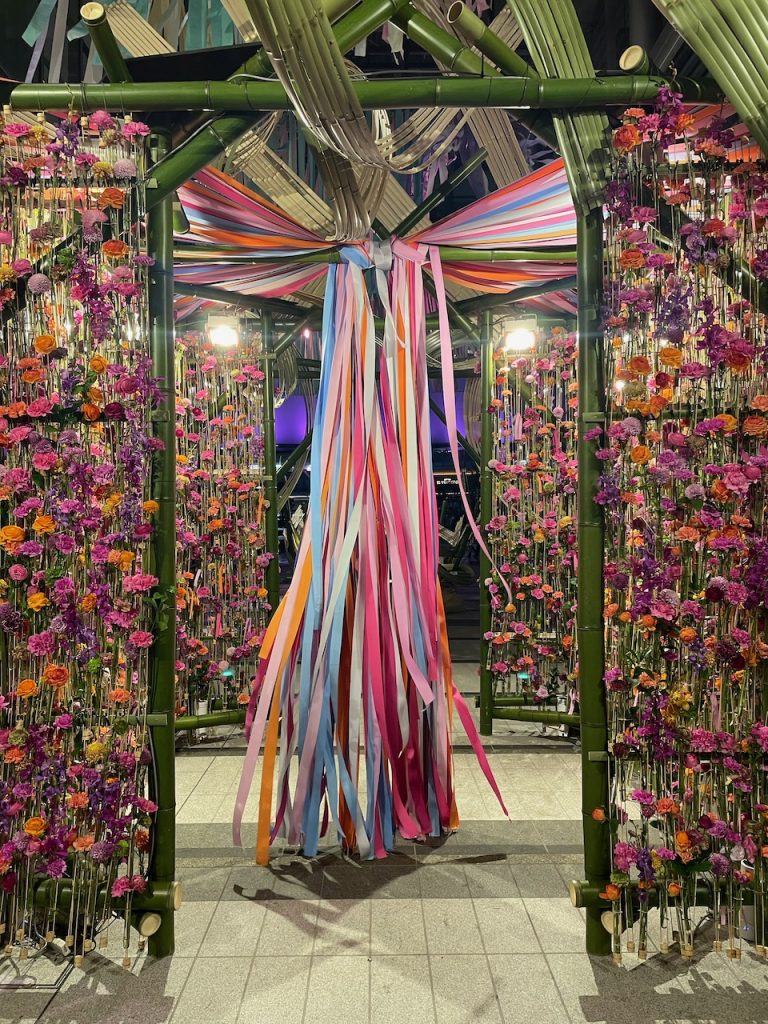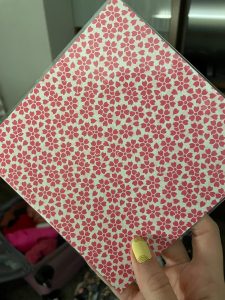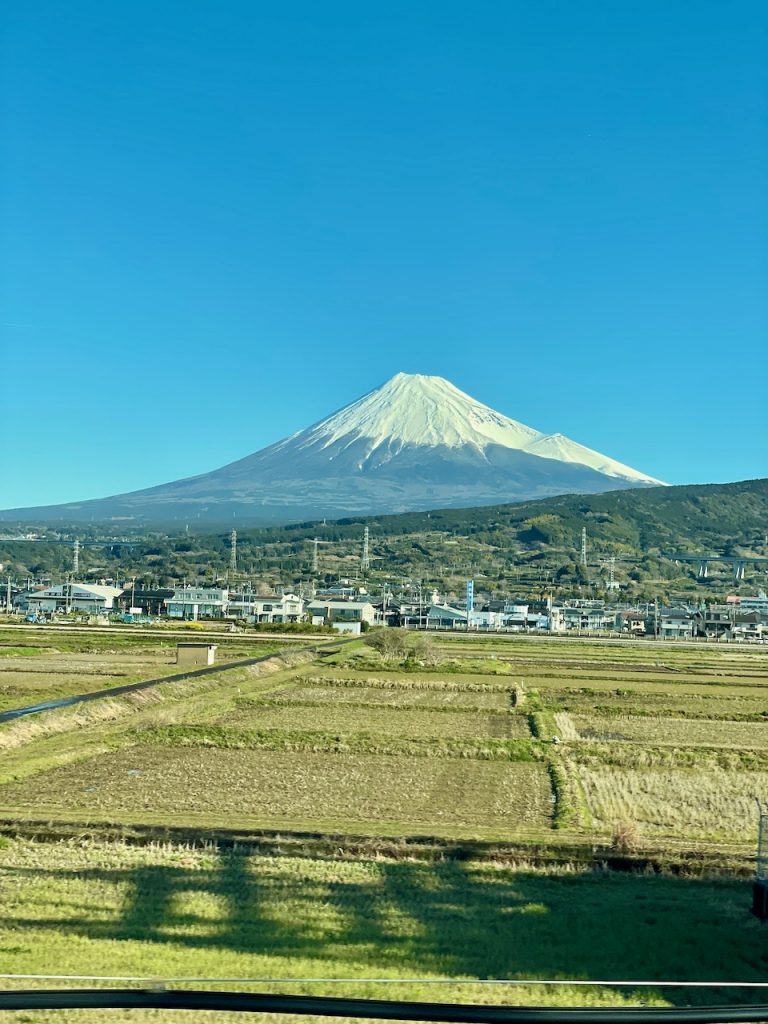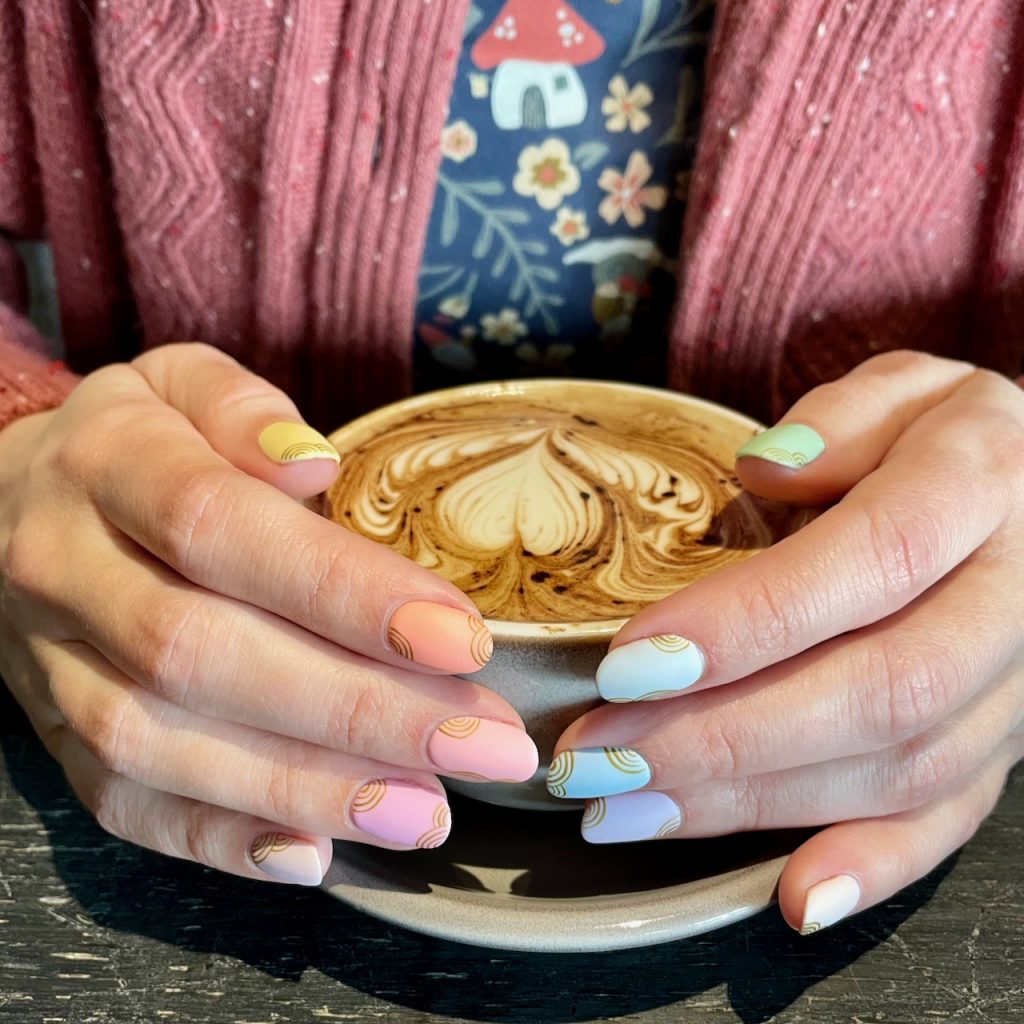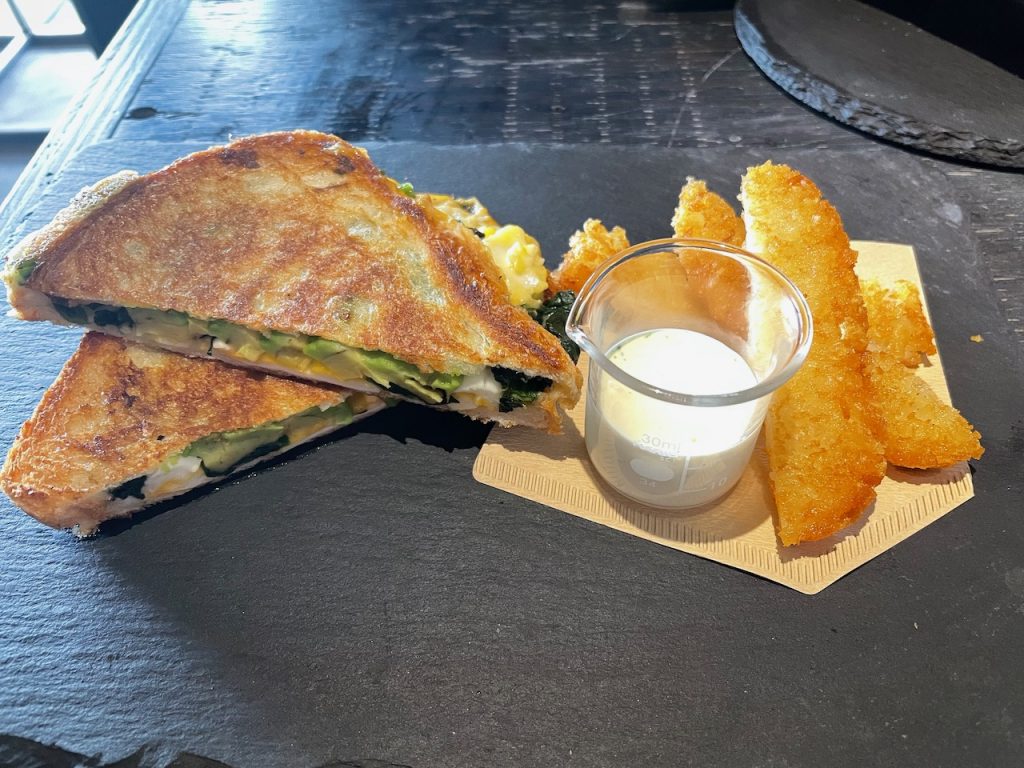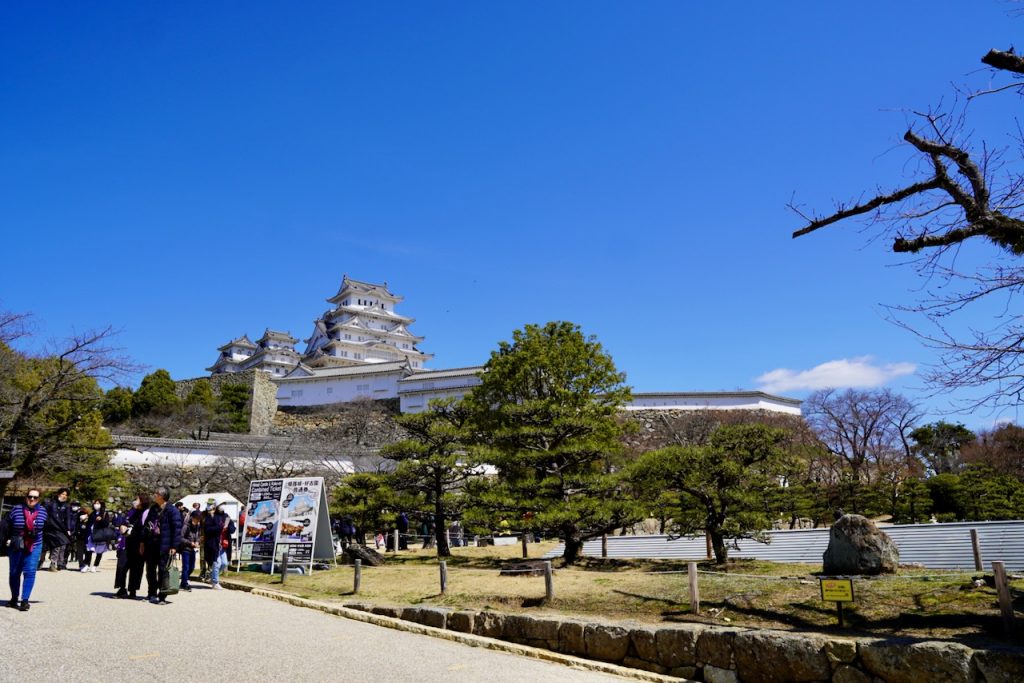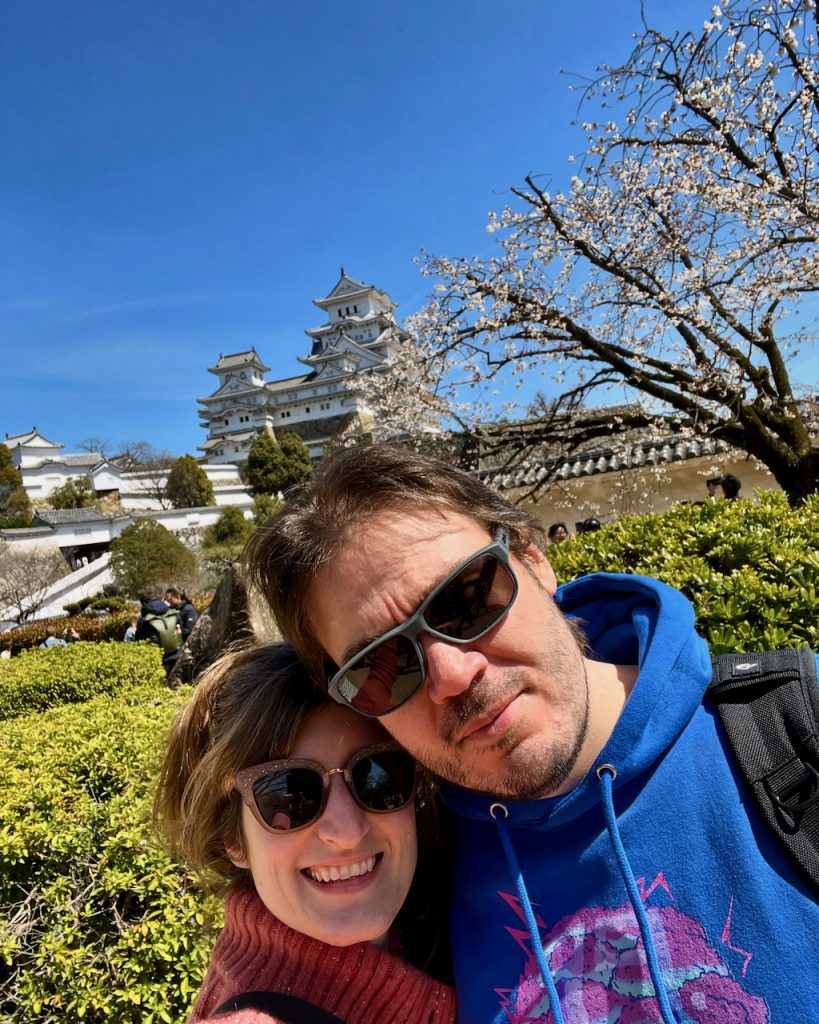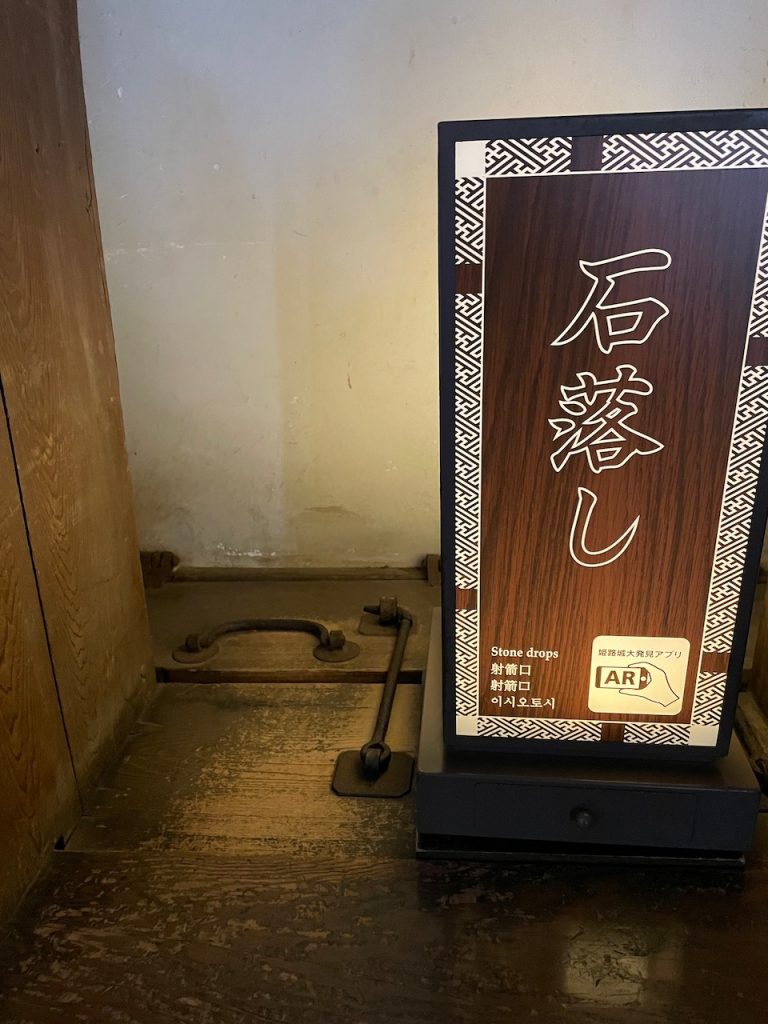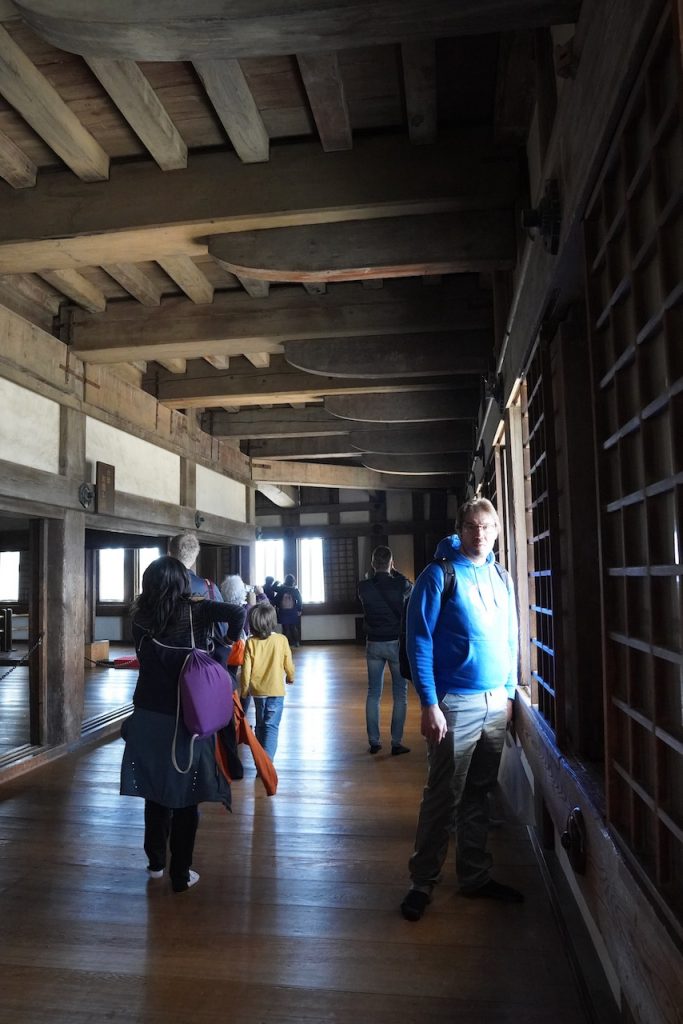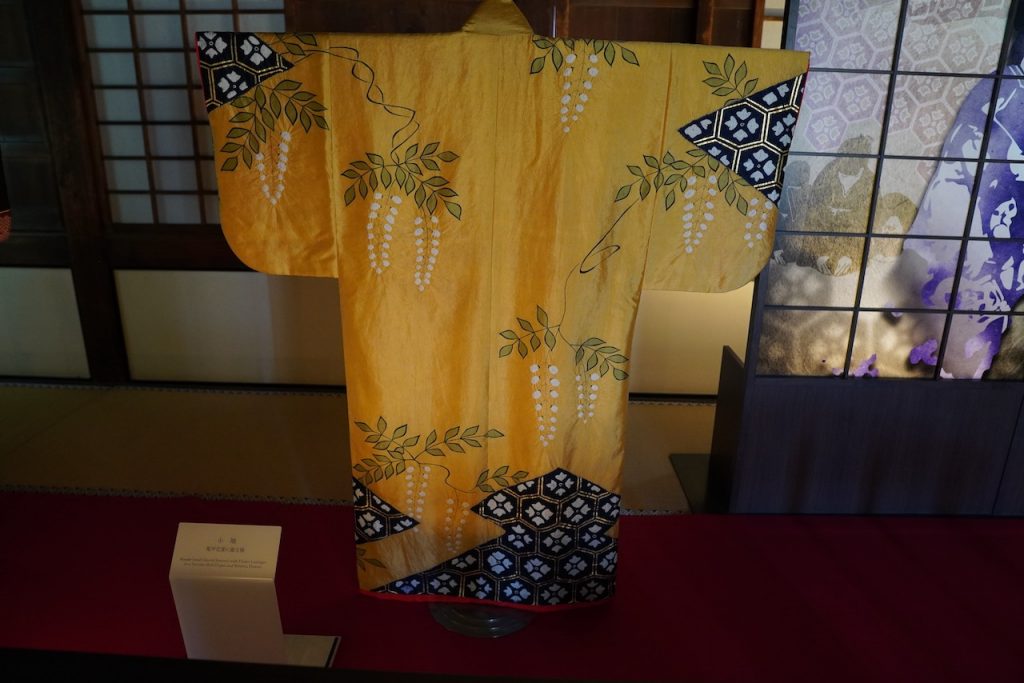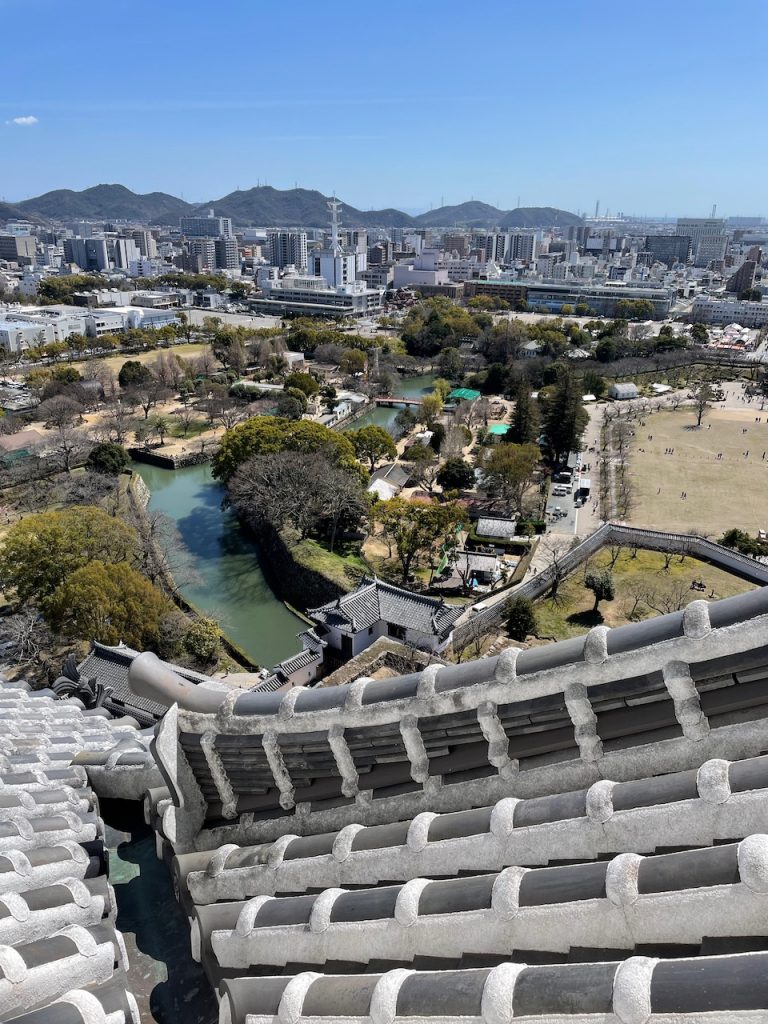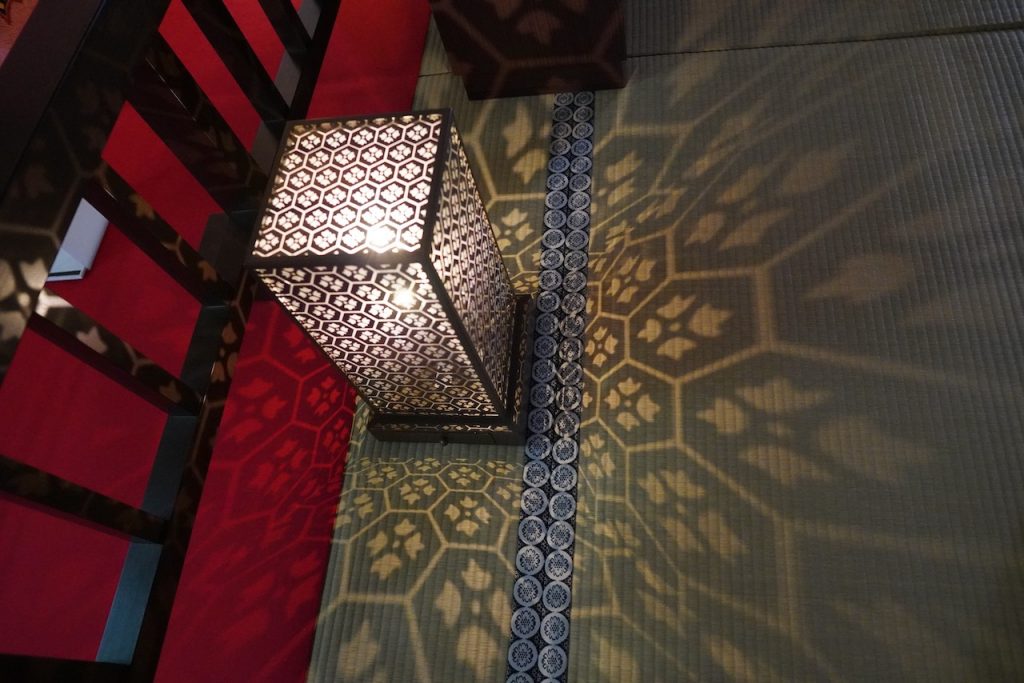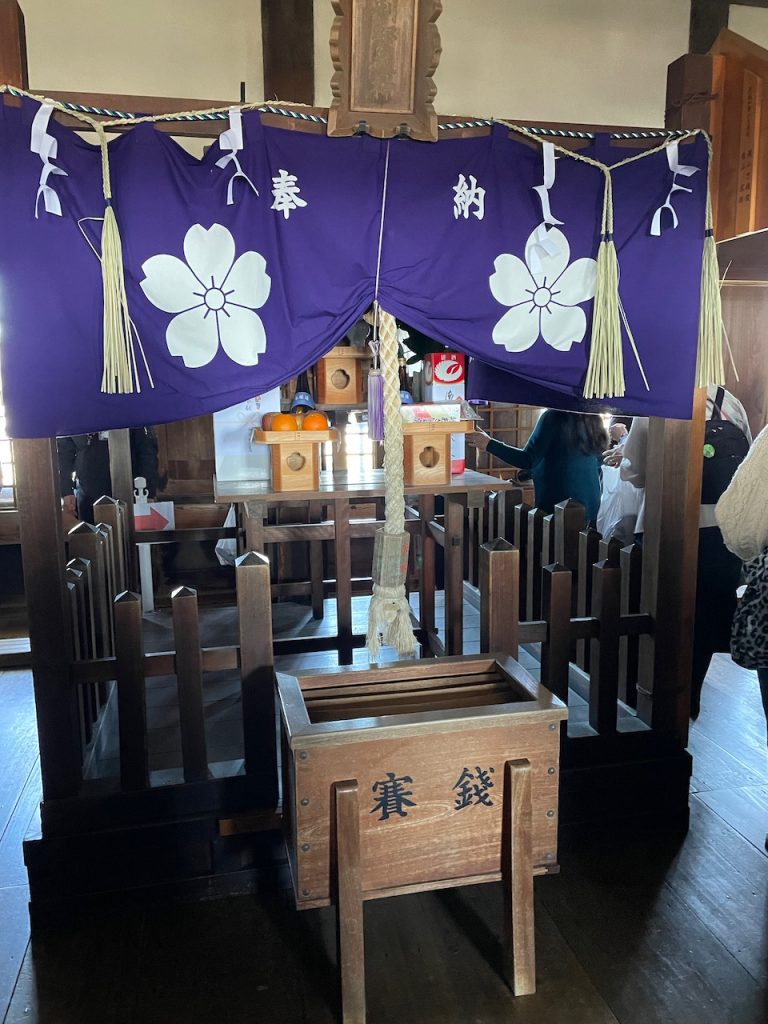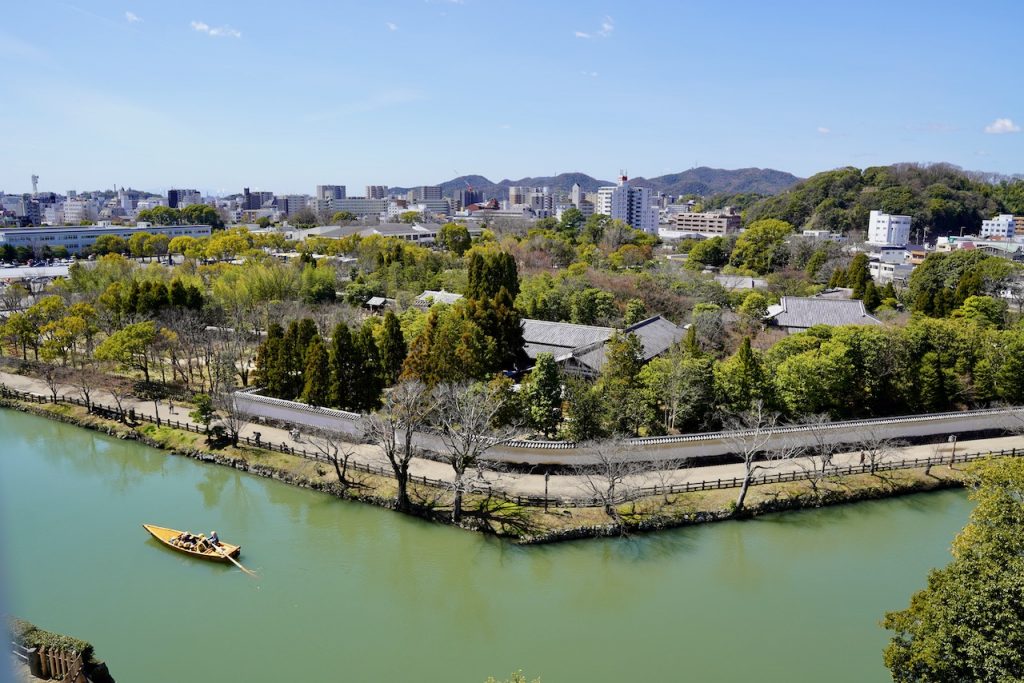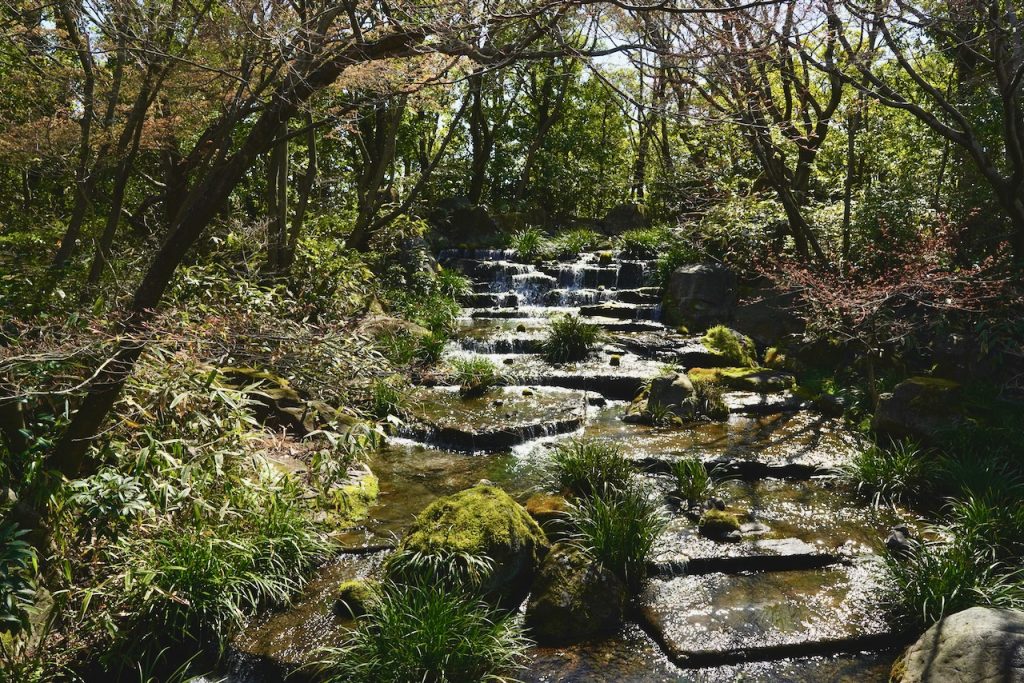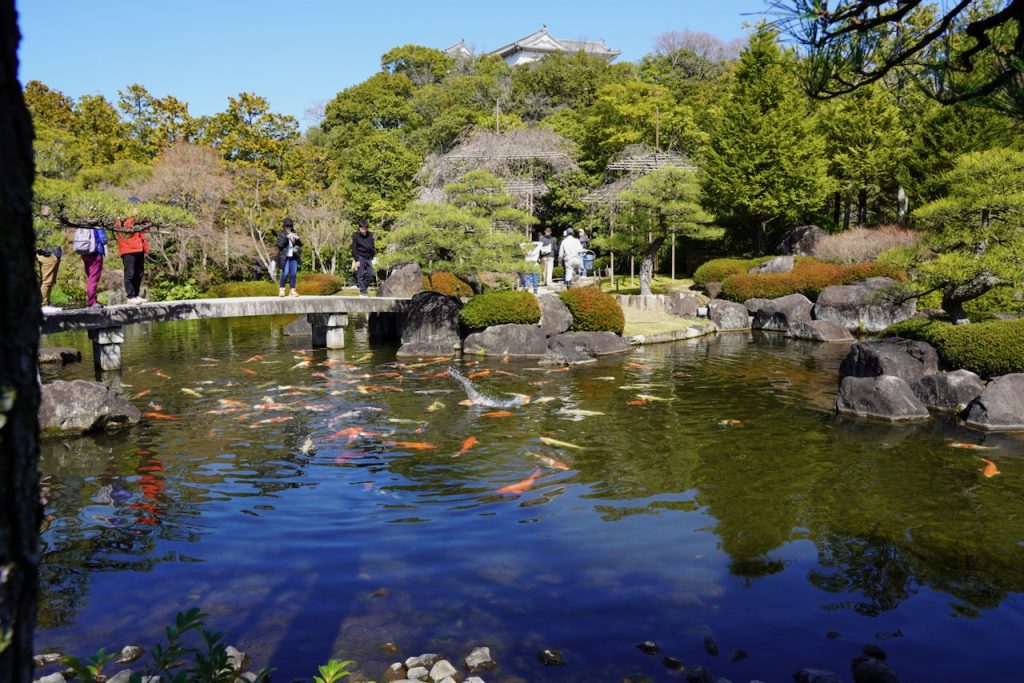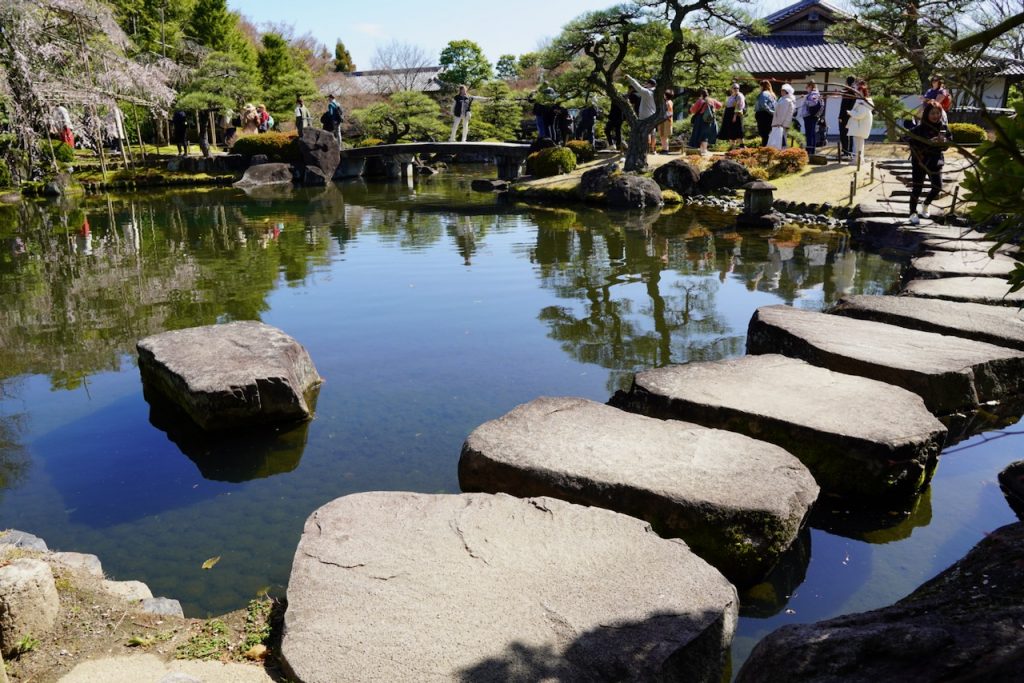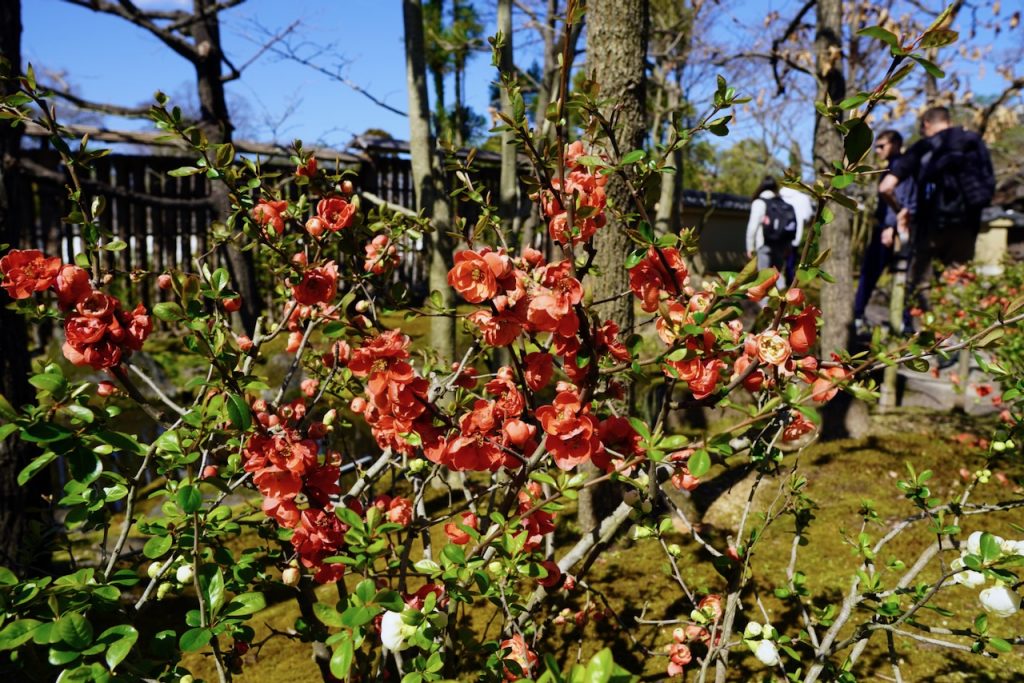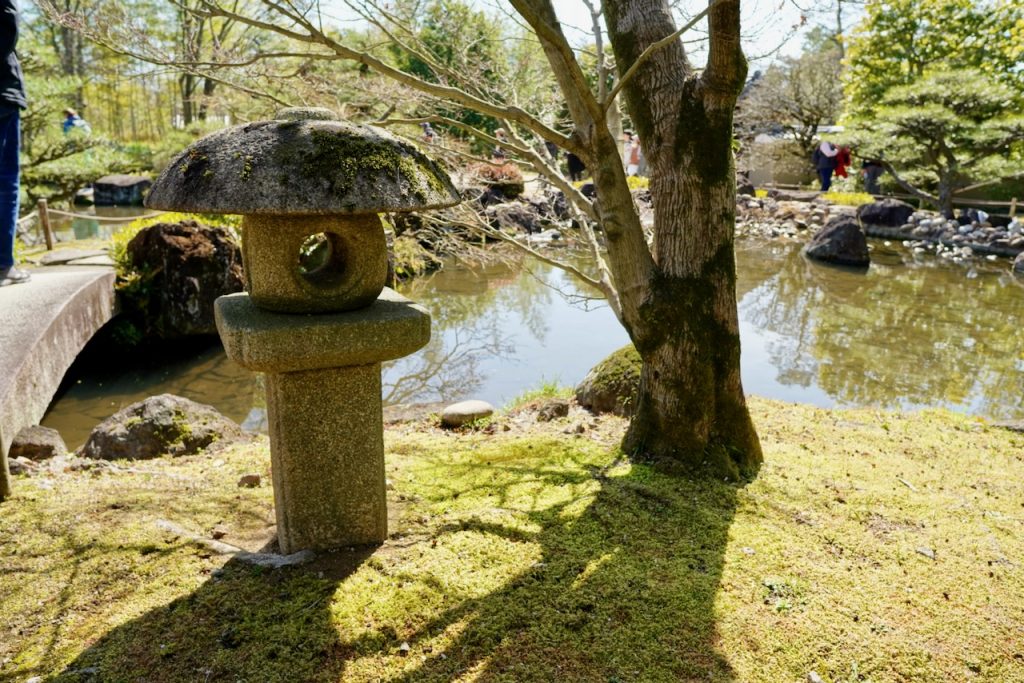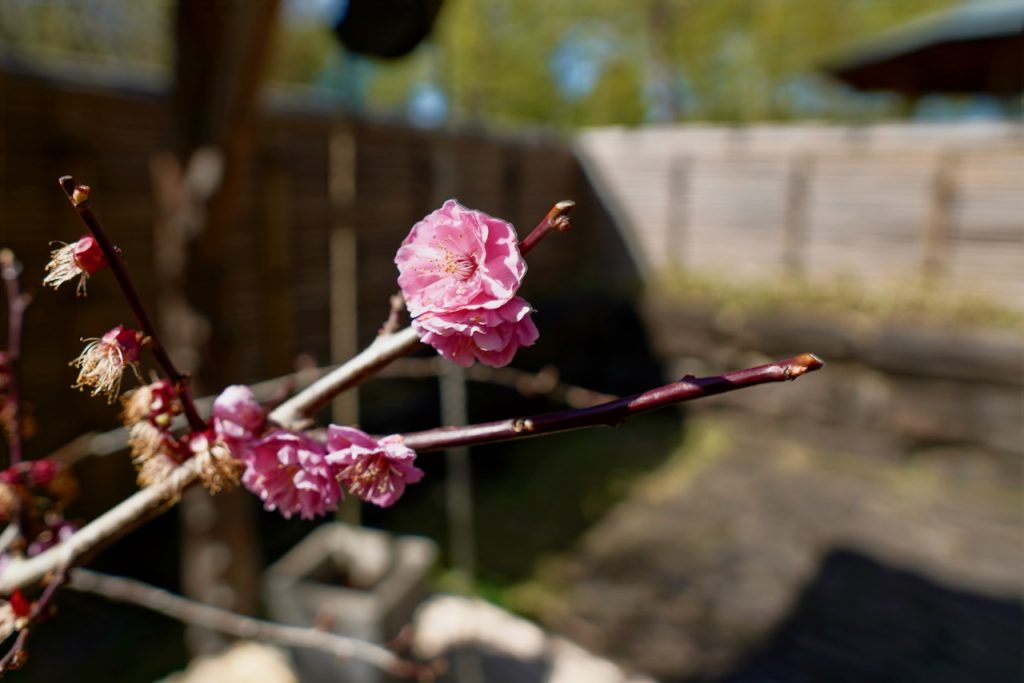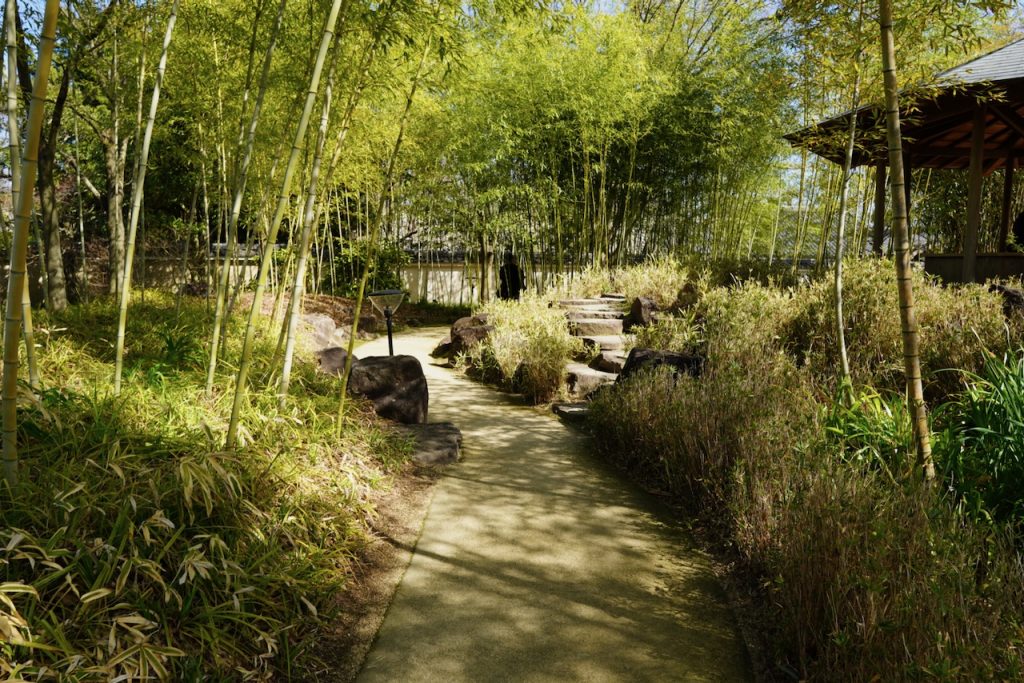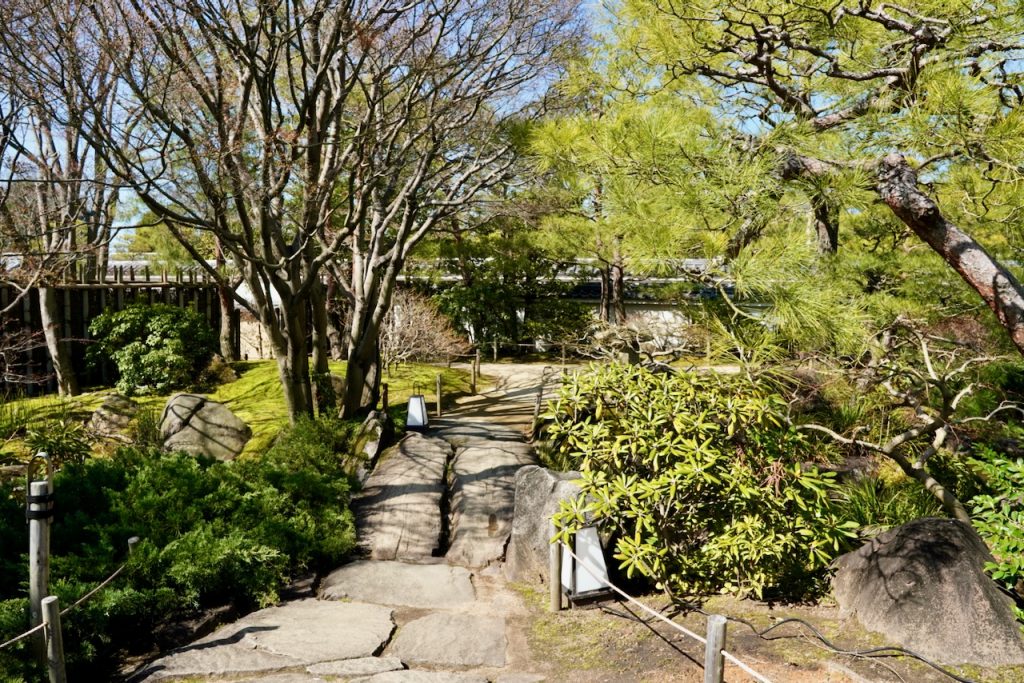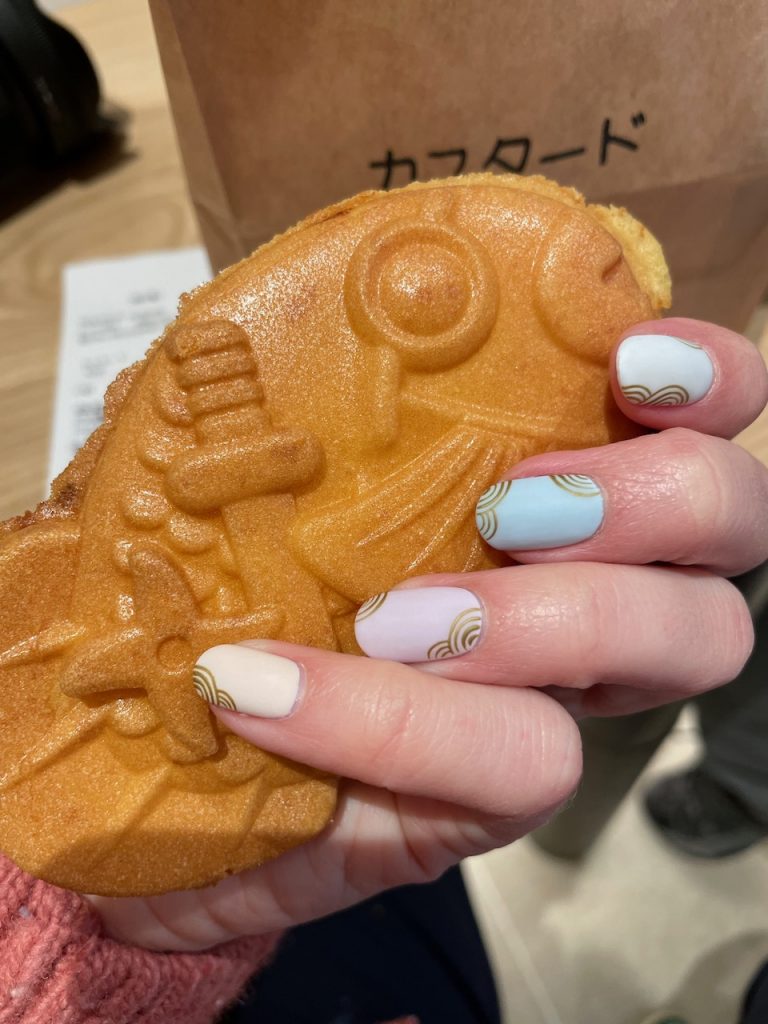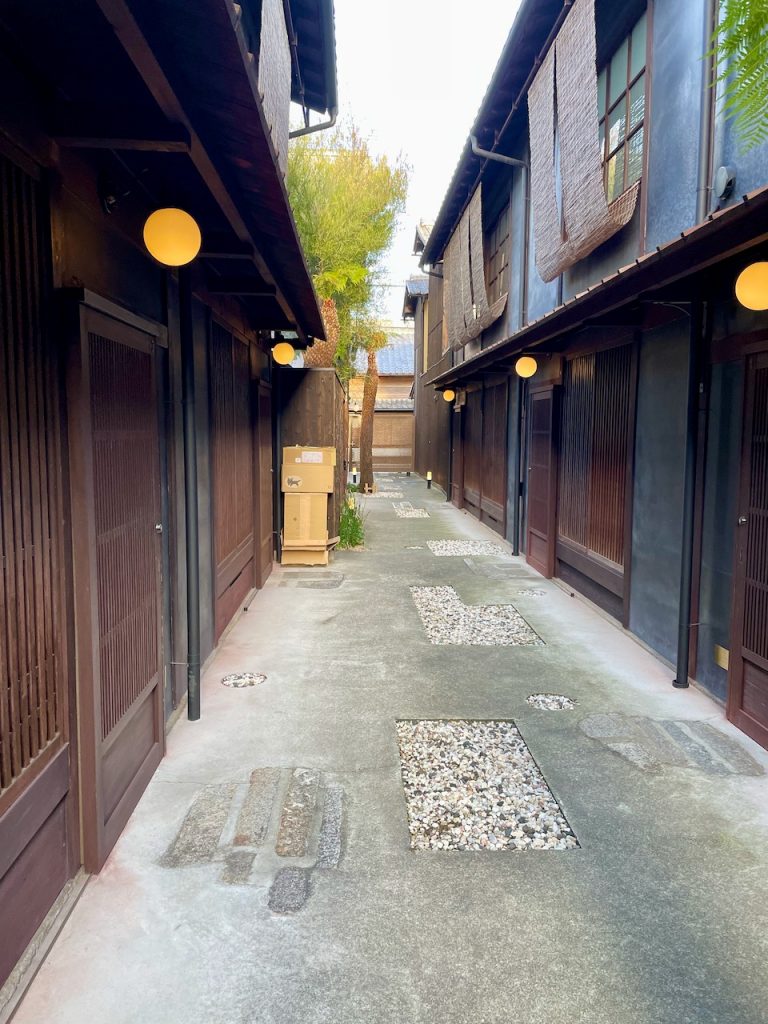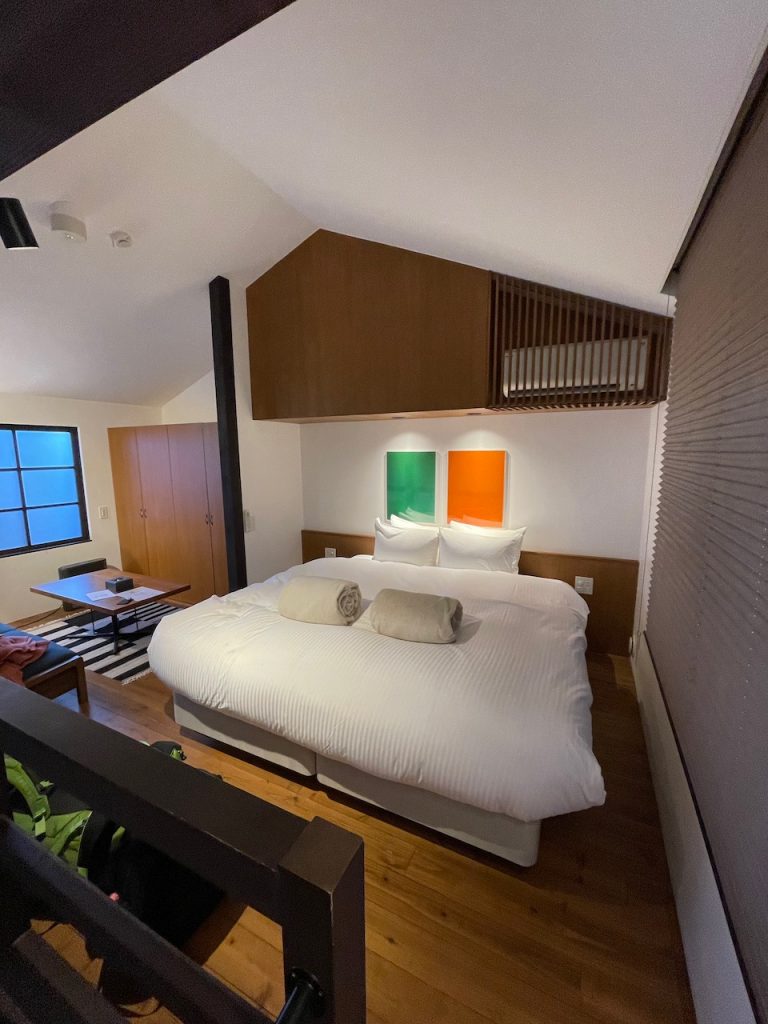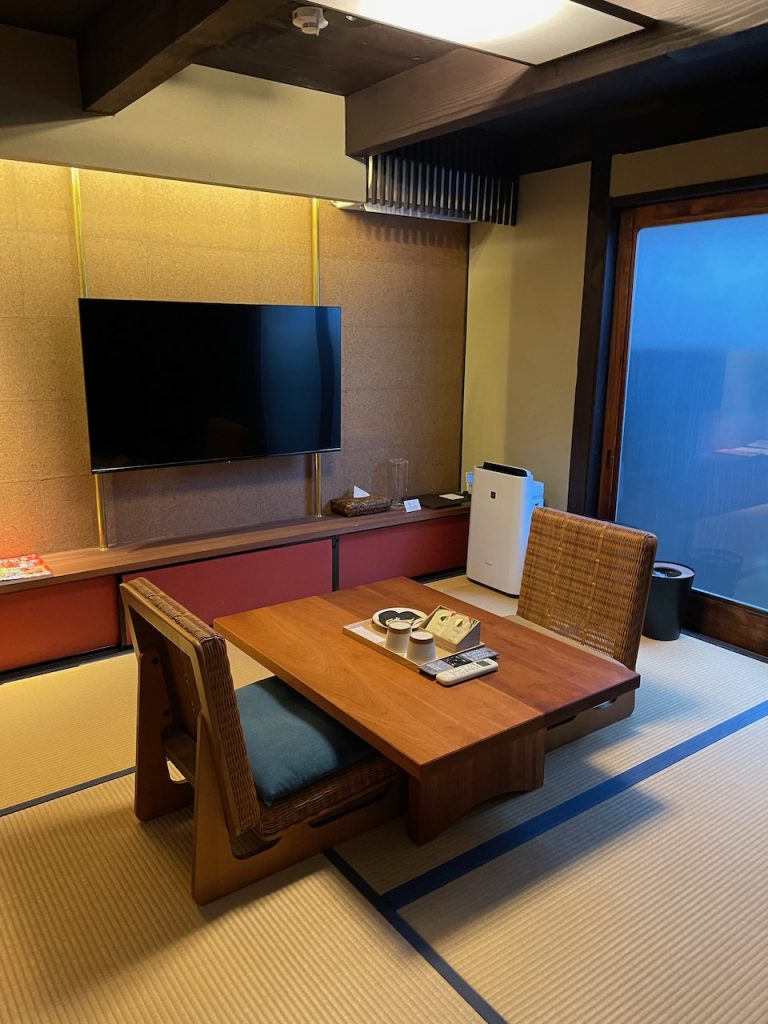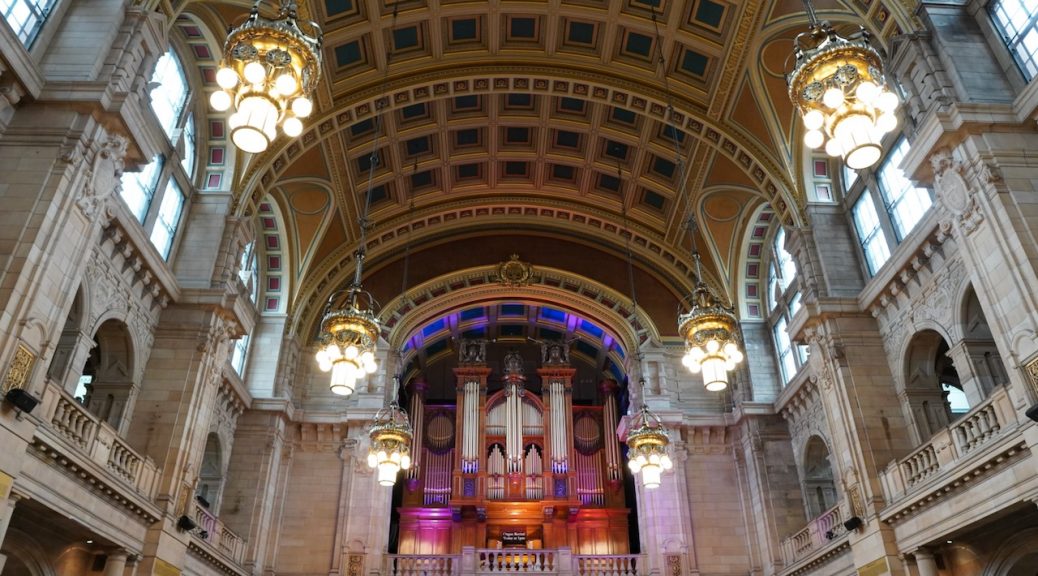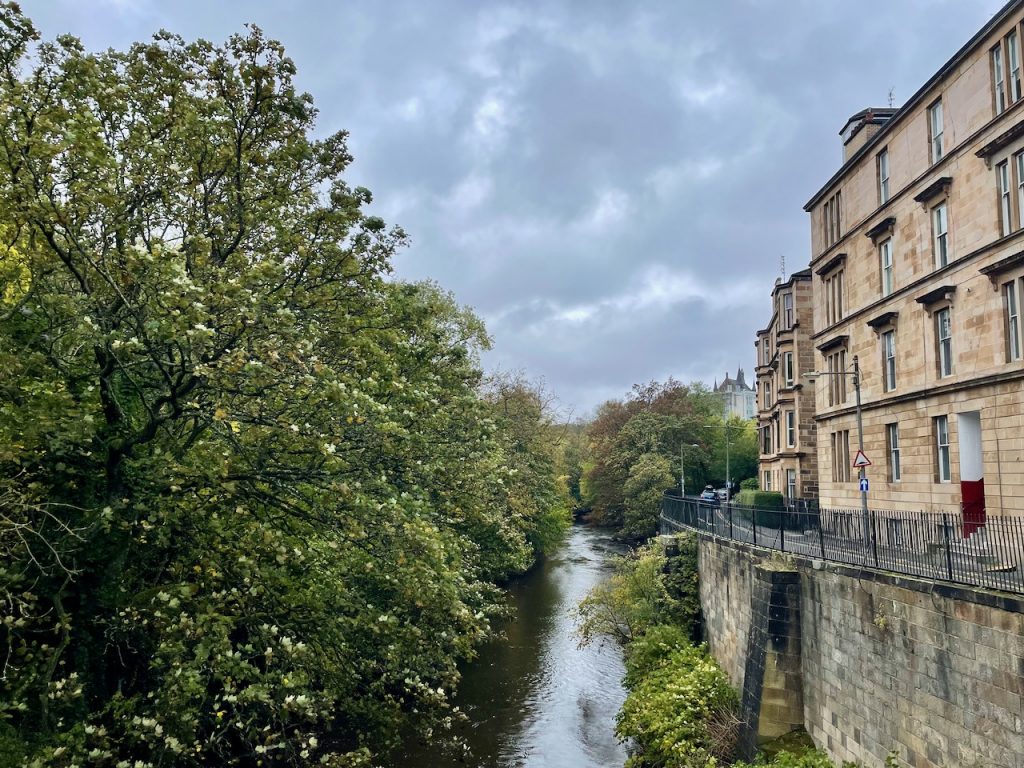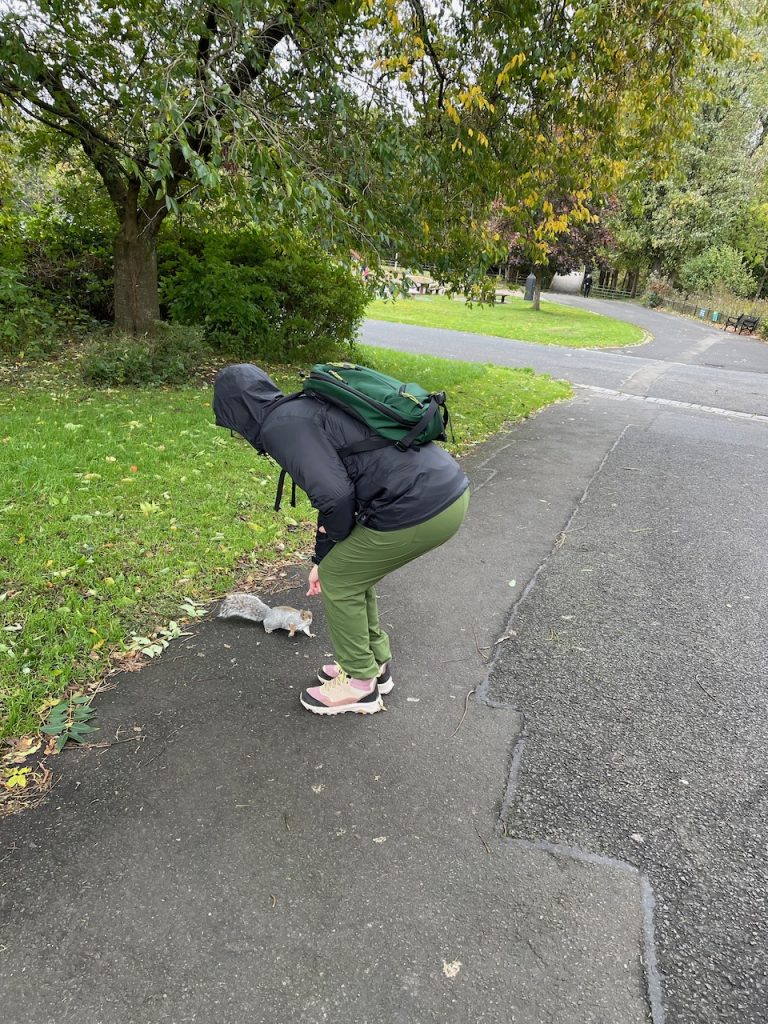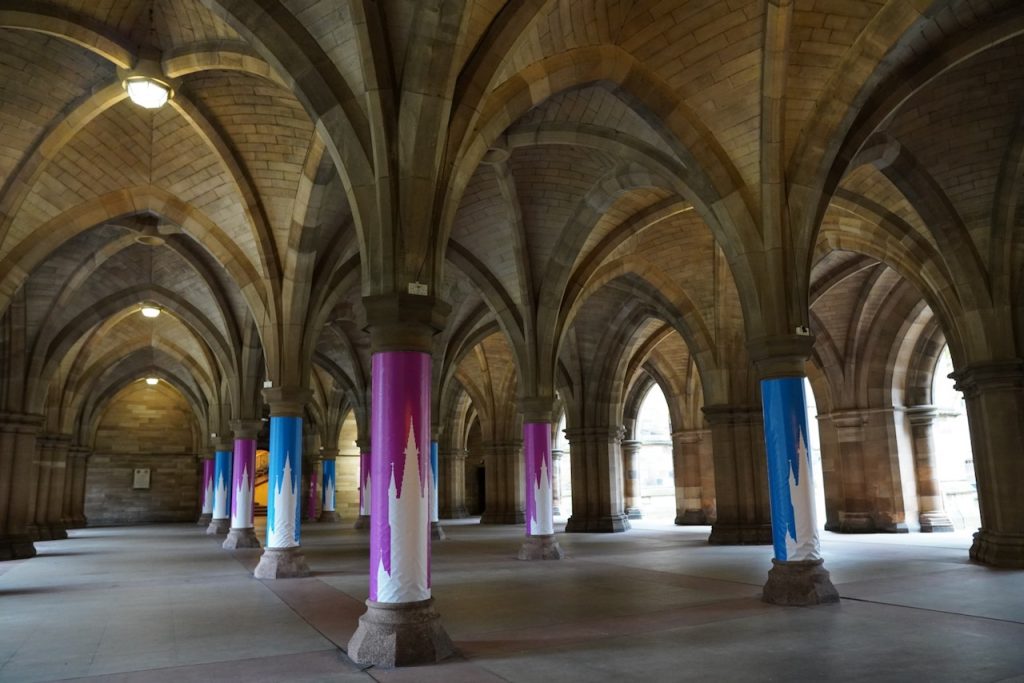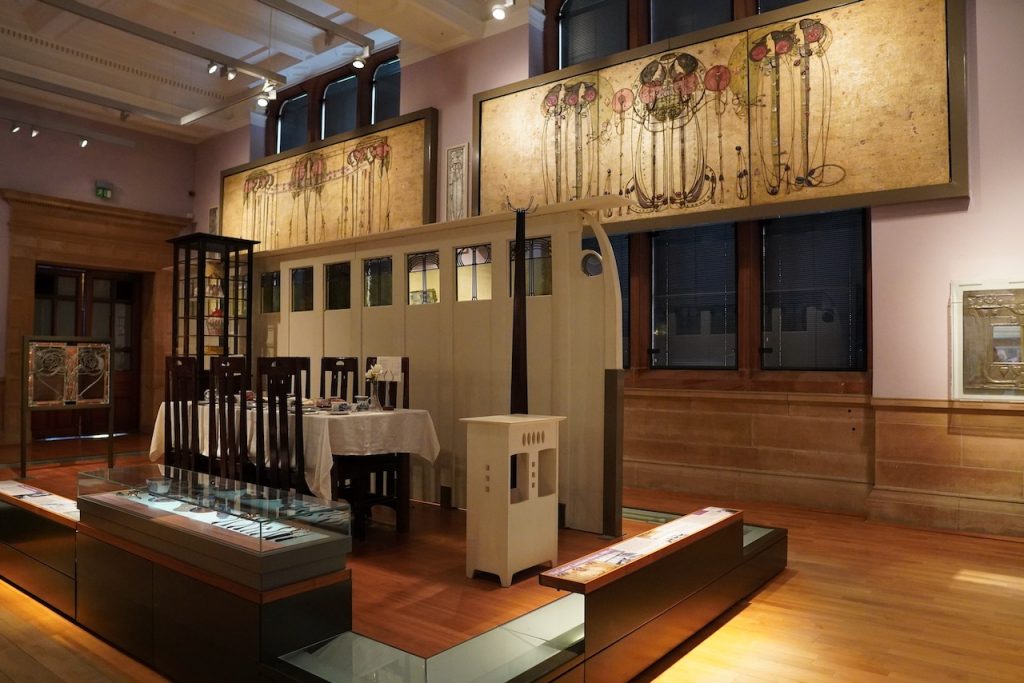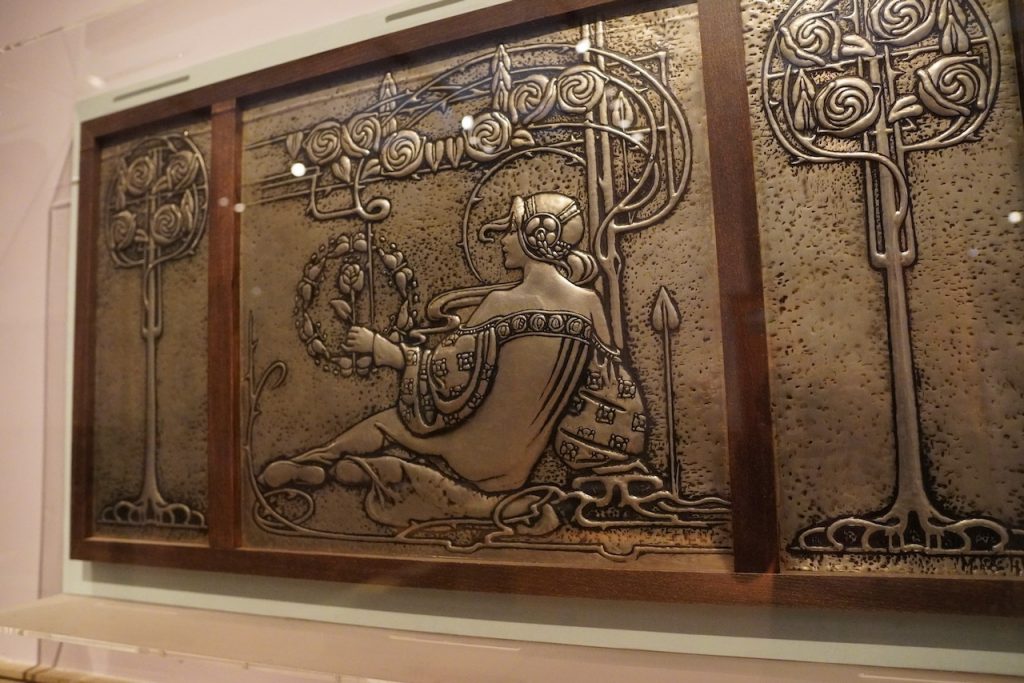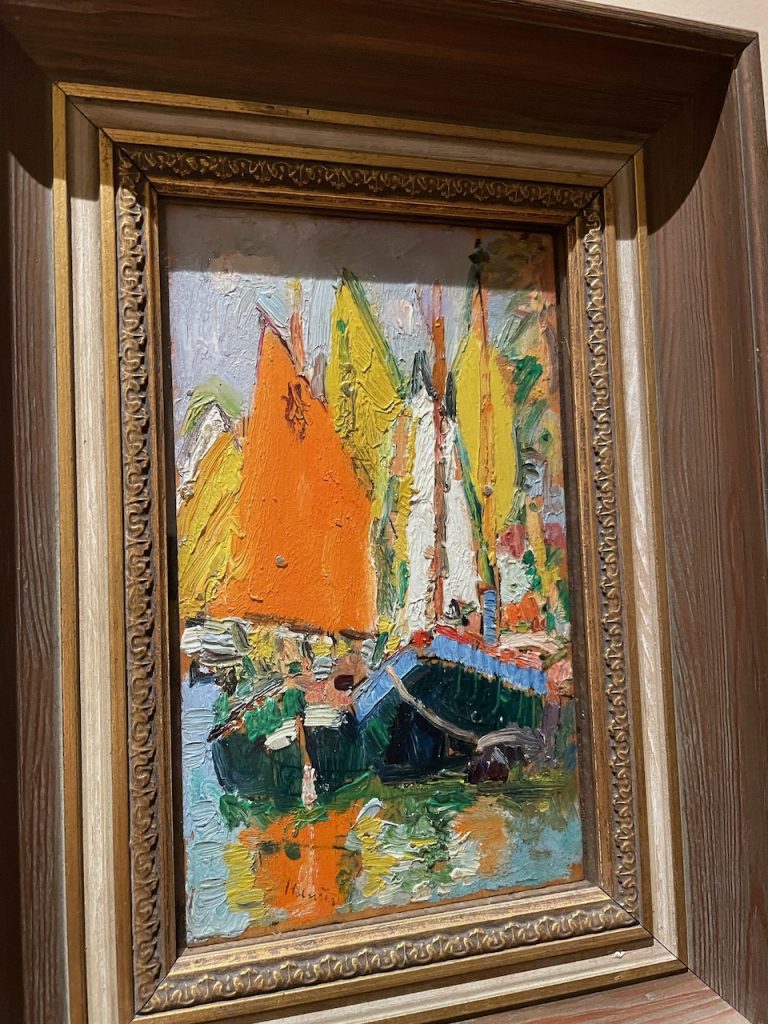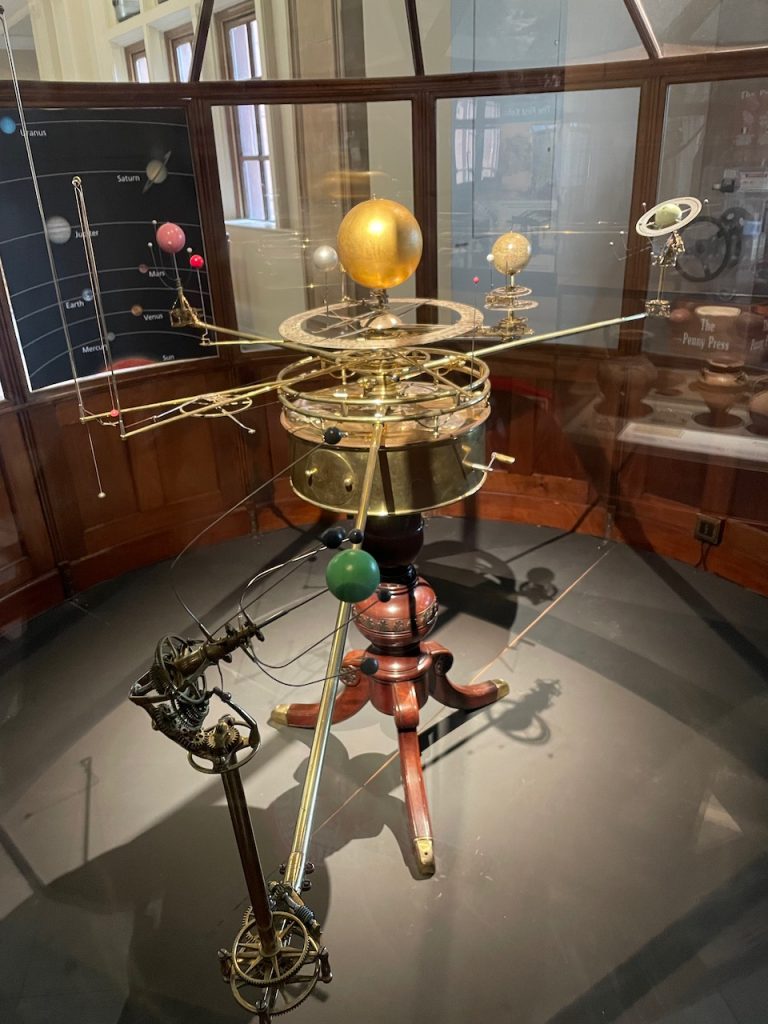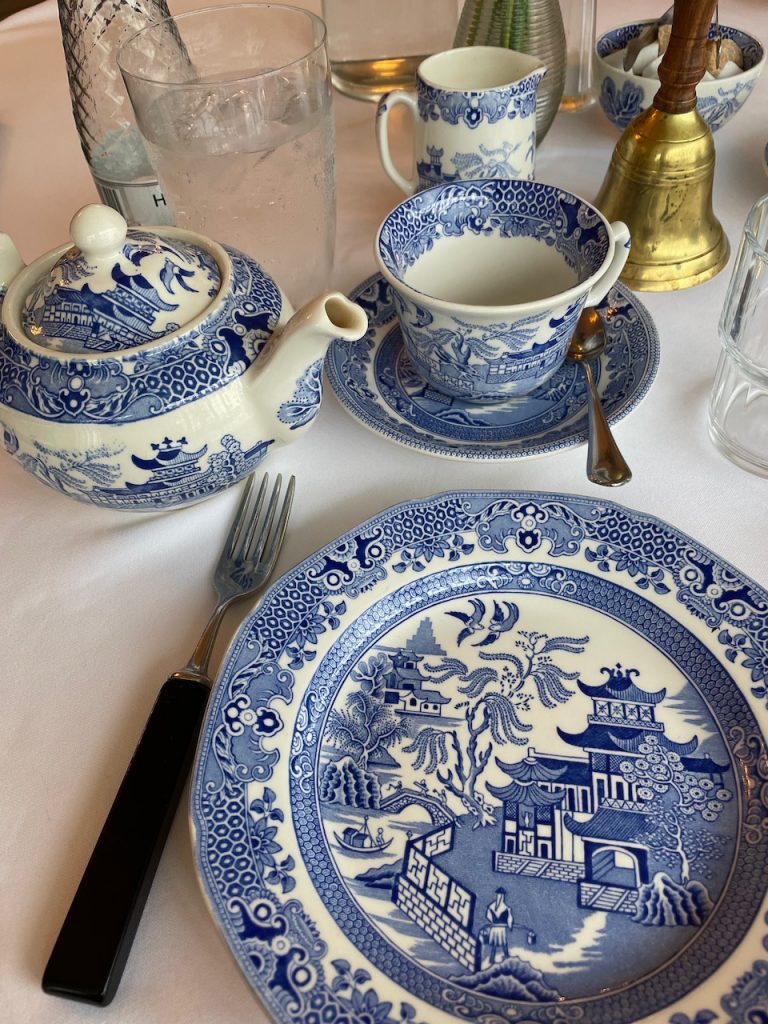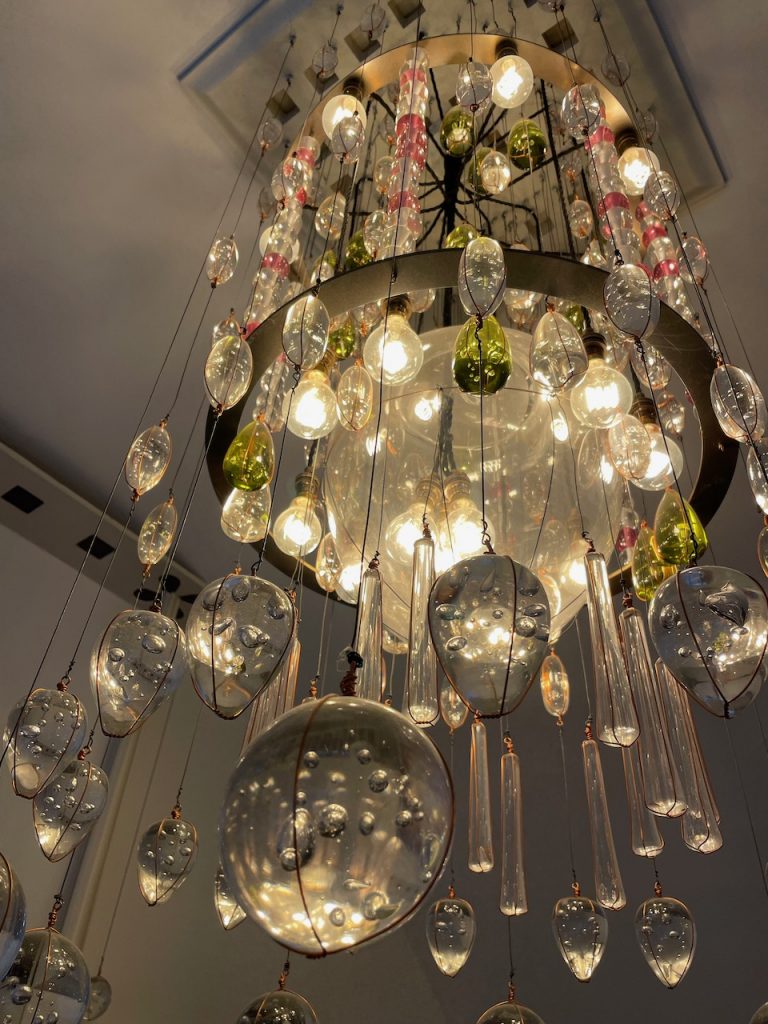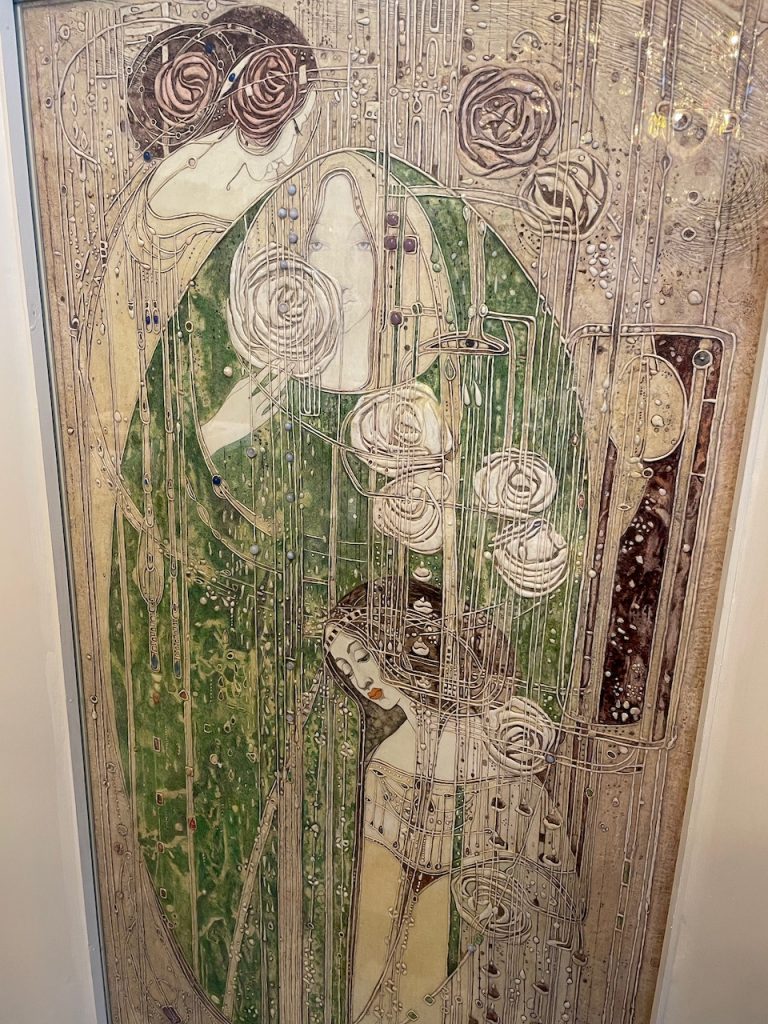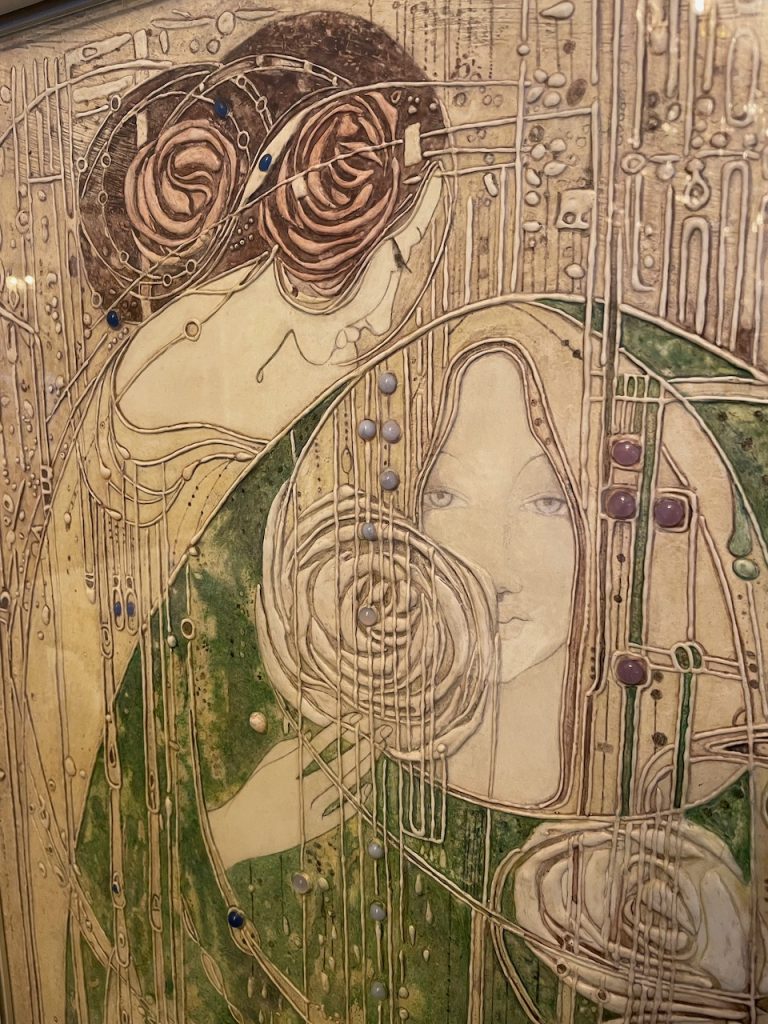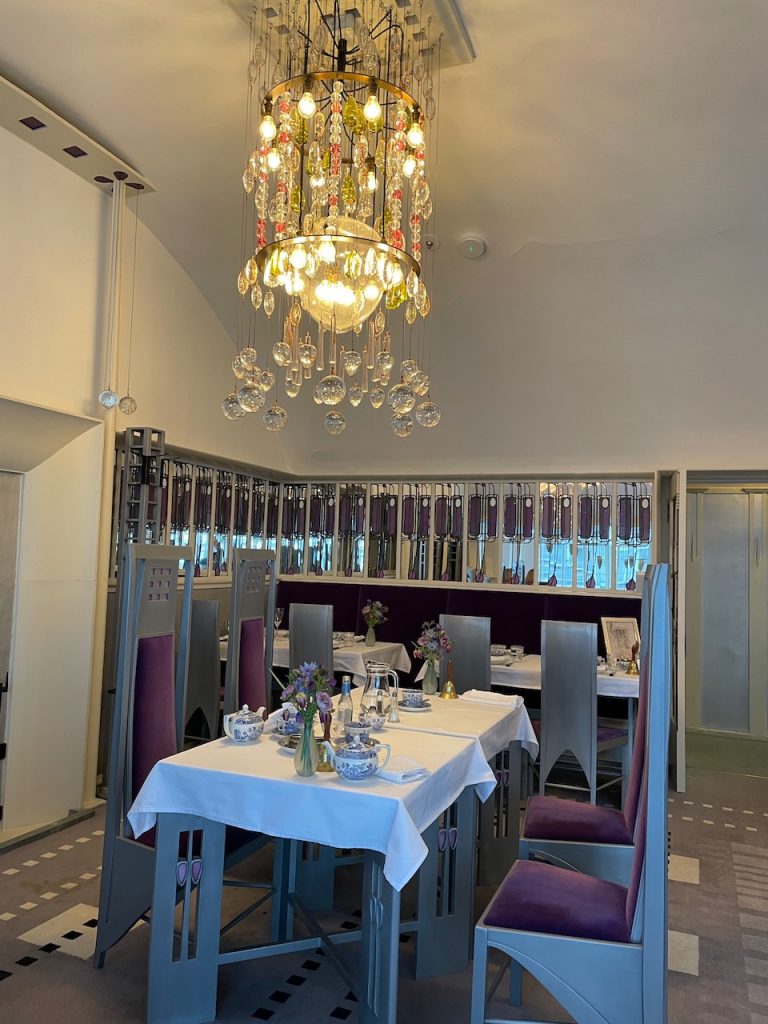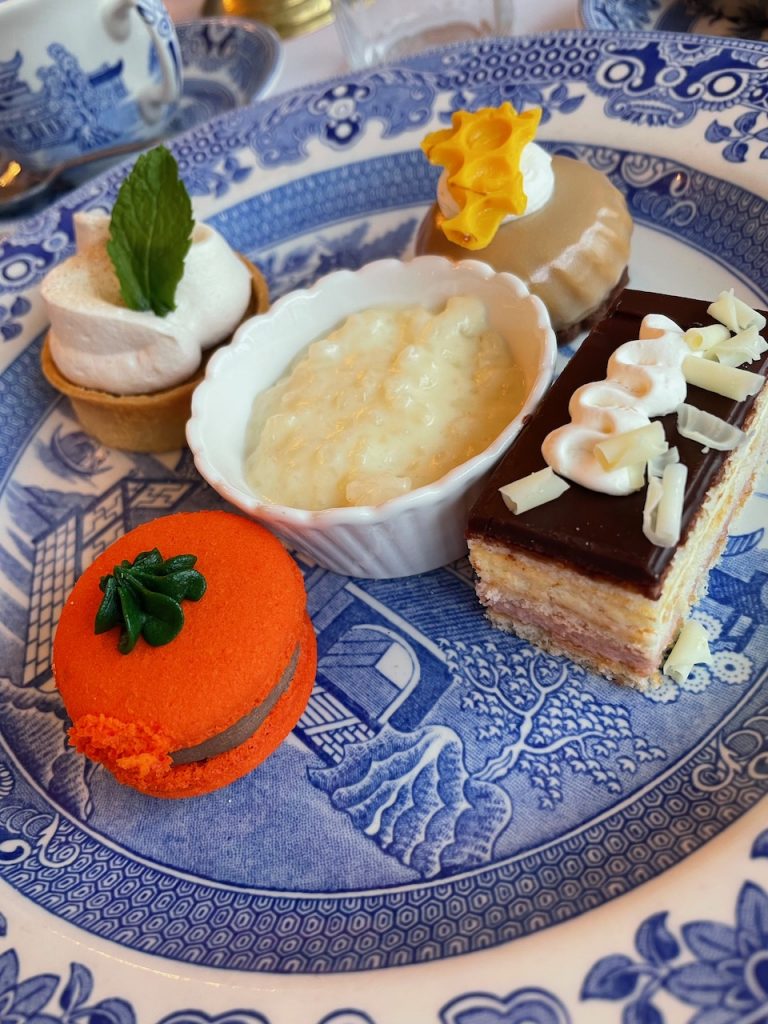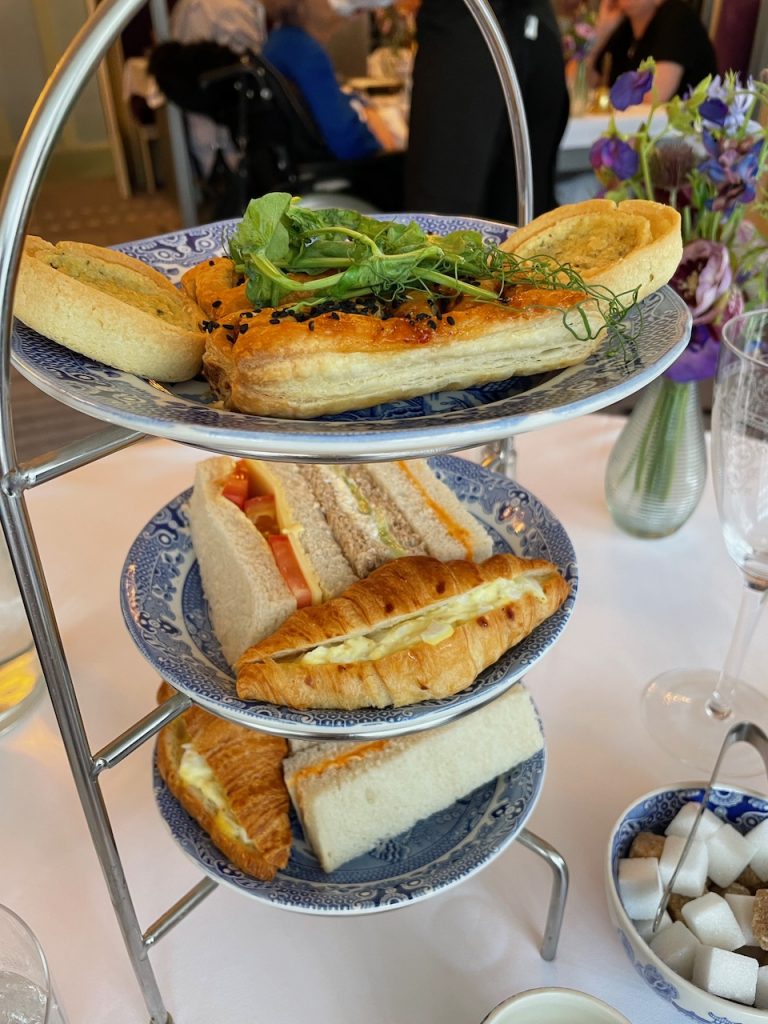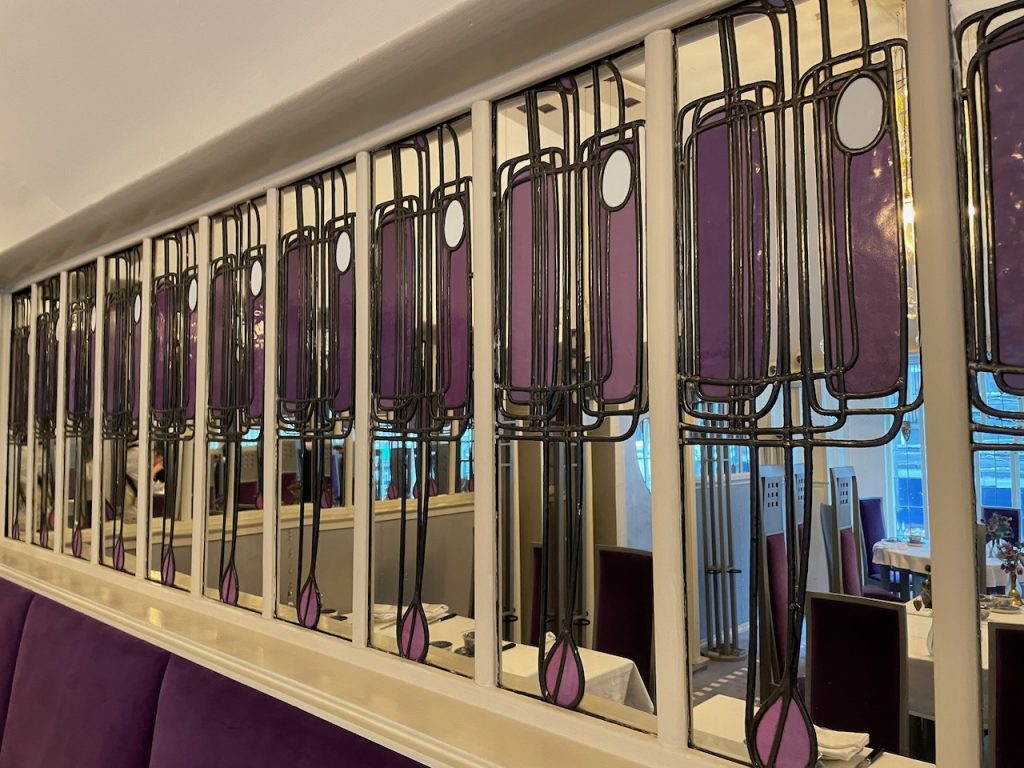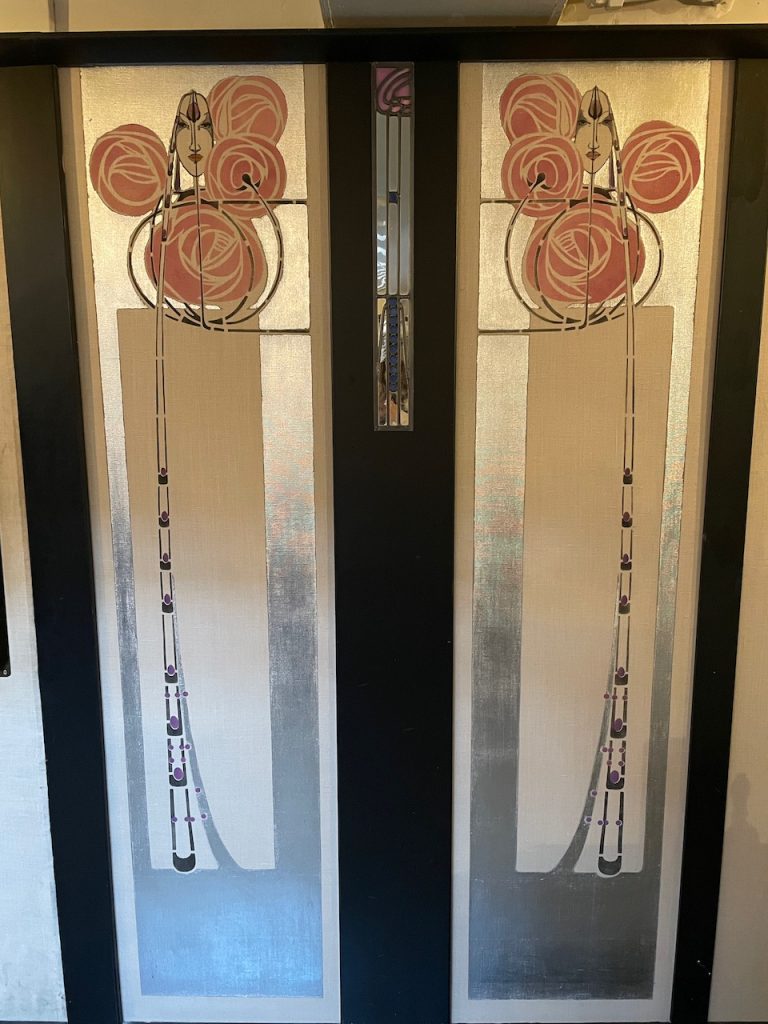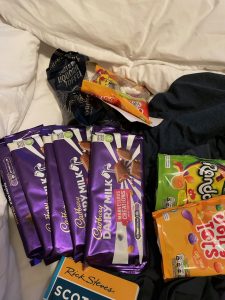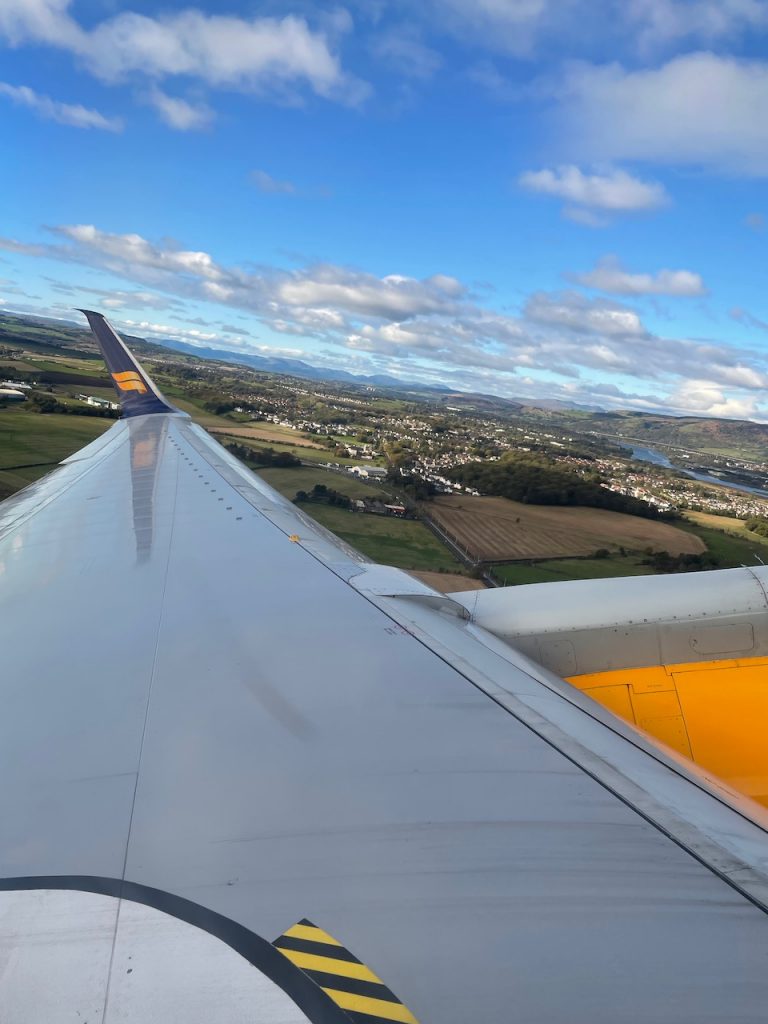The Big Tokyo Post
Tokyo: the last leg of our trip. It’s always refreshing to spend some time visiting my old favorite spots, finding new ones, and visiting with friends. In Tokyo, we were flung head-first into one of Japan’s national sports: find-a-trash. Japan does not have many public trash cans. Usually, they’re on the station platform. If you’re lucky, vending machines will have a recycling bin next to it. People just carry their trash with them here. It’s a great game. Rhett loves it, and only slightly sarcastically.
Anyhoo, brace yourself for a spicy-brained recap of The (new) Things We Did.
We are staying out in Asagaya on the west side, which is exemplary of a normal urban Tokyo neighborhood. This is the one part of the trip that we didn’t splurge on, and I’m happy we stayed out in a normal neighborhood, away from tourists. Our apartment has only one place for Rhett to hit his head, but sadly no couches for him. Staying out in the relative burbs is a great way to truly get a feel for the place – I always recommend this to first time visitors. Also, it’s cheaper.
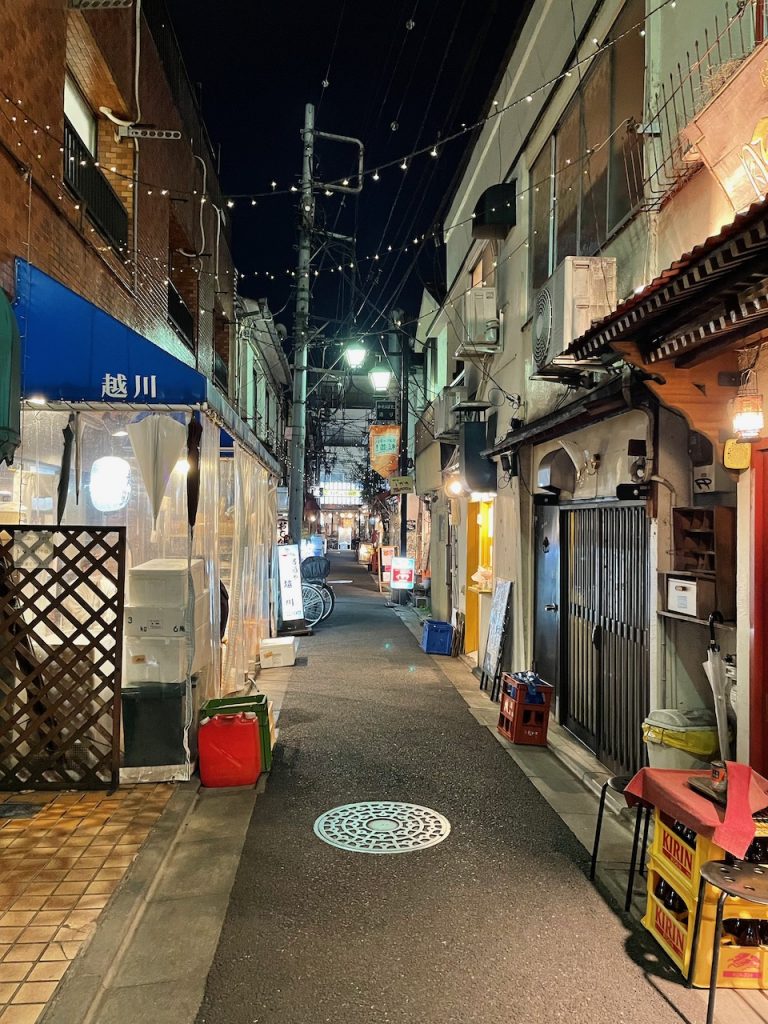
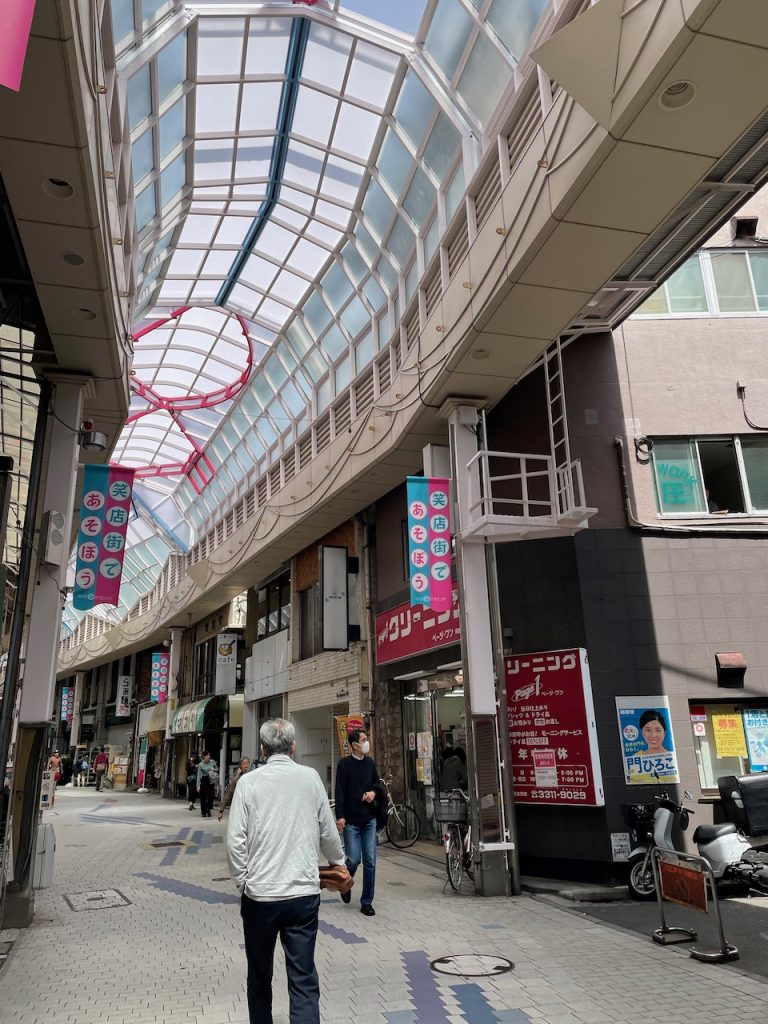
Asagaya has a lot of foreigners living in it and it’s dotted with covered shopping arcades, coffee bean roasteries (more on this in a hot second), cafes, and small restaurants and izakayas that seat about 10 people. There are no sidewalks, you just walk chaotically in the street and I guess move over if a car comes along.
I’m still mad at american suburbs. You can walk to anything you need easily in Asagaya. I hate the car-centric culture pervasive in most of America.
It’s maybe about time for me to mention that Japan, and Tokyo in specific, has an absolutely killer cafe culture. If you are following along on my instagram, you have likely noticed that I post a lot of coffee shop pics. I really love cafe culture around the world and we’ve had some incredible lattes and coffees on our trip. Generally I am a coffee person in Europe, but in Japan, I usually get milk tea when we go to cafes.
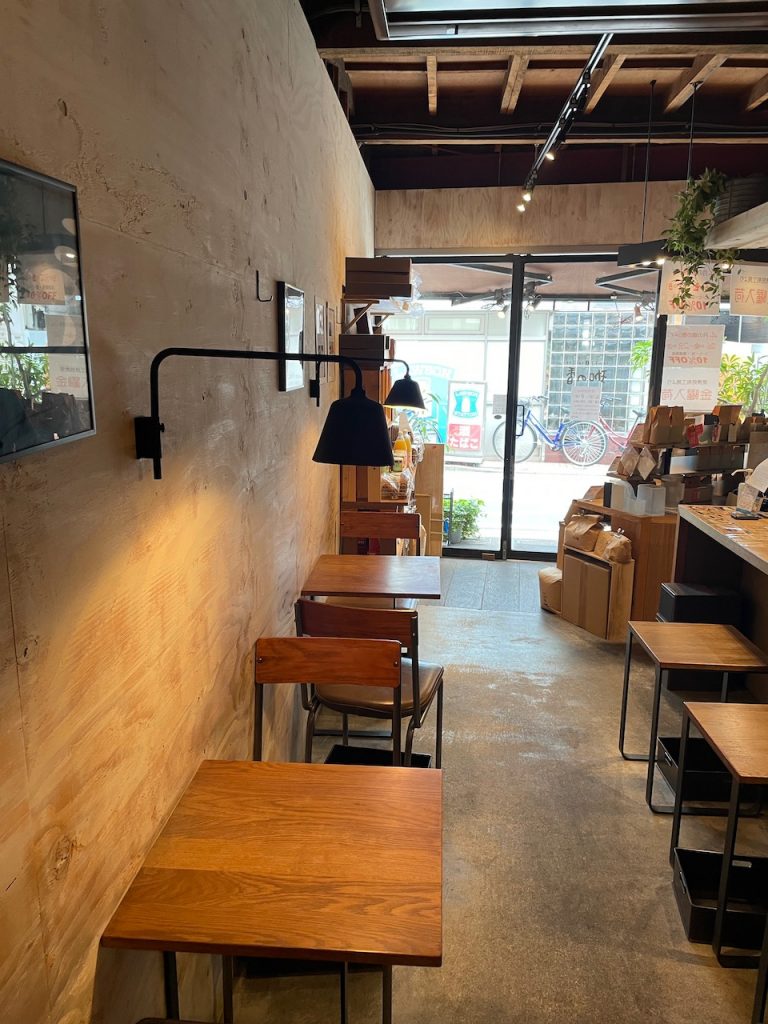
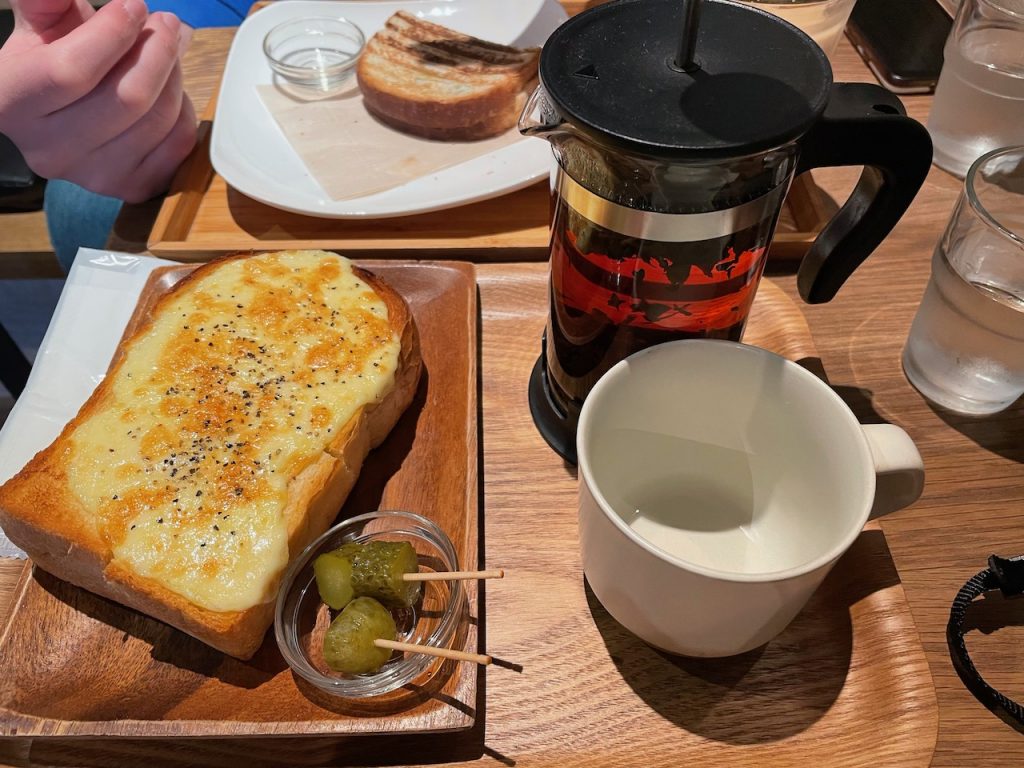
On that roasty note, I bought some hand-roasted coffee beans from a shop in Asagaya. I was lazy with reading and thought it was a cafe and was surprised when I entered. As a midwesterner, I was feeling some guilt over entering and then leaving right away, so I decided why the heck not – time to buy beans.
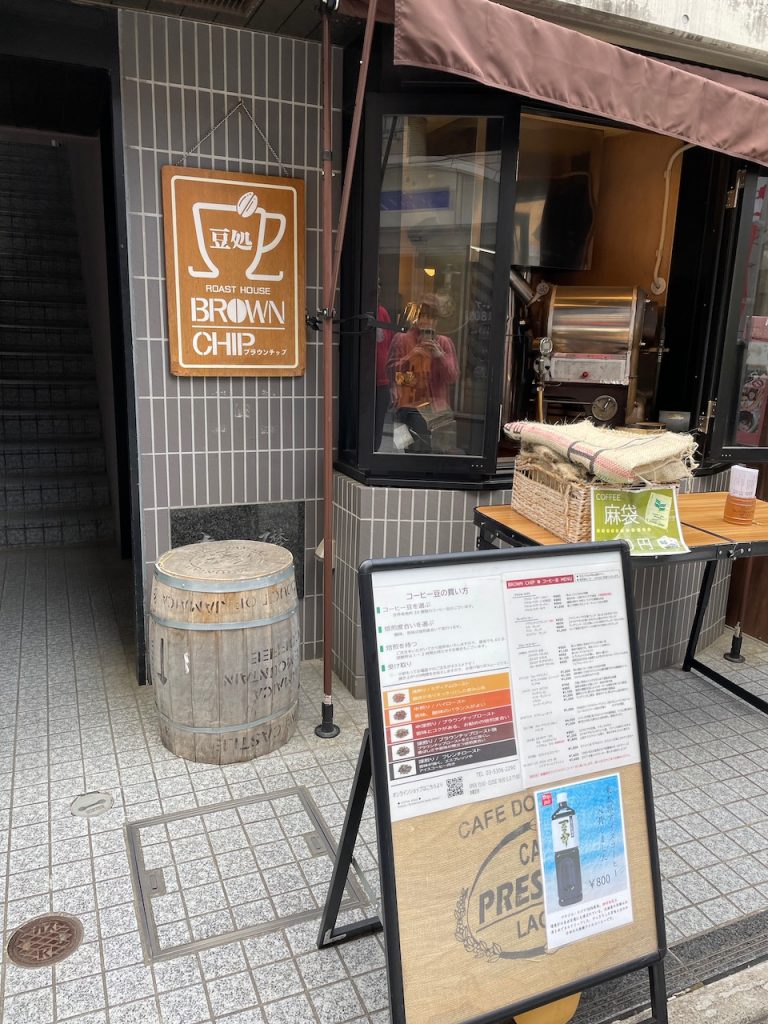
The drawback to this decision is that I have absolutely no words to express how I might want my coffee beans, outside of “whole beans” and “that one in the middle.” I managed to bungle through picking medium roast, whole bean, gimme that recommended one. Look sir, I don’t know what I’m doing so just tell me when to return. I got the beans. I will report back on their deliciousness.
And get yourself some roasted beans when you go to Tokyo. You can clearly just point at what you want.
Beans aside, here are the new & notable things we did and their relative neighborhoods. Other Tokyo posts can be found here, including day trips to surrounding areas.
Harajuku
We’re gonna dive into the notable category: my favorite Tokyo street food is the humble rolled crepe. We got two on our trip. Best ones are in Harajuku as they are its Thing, but you can find them a lot of places in the city too.
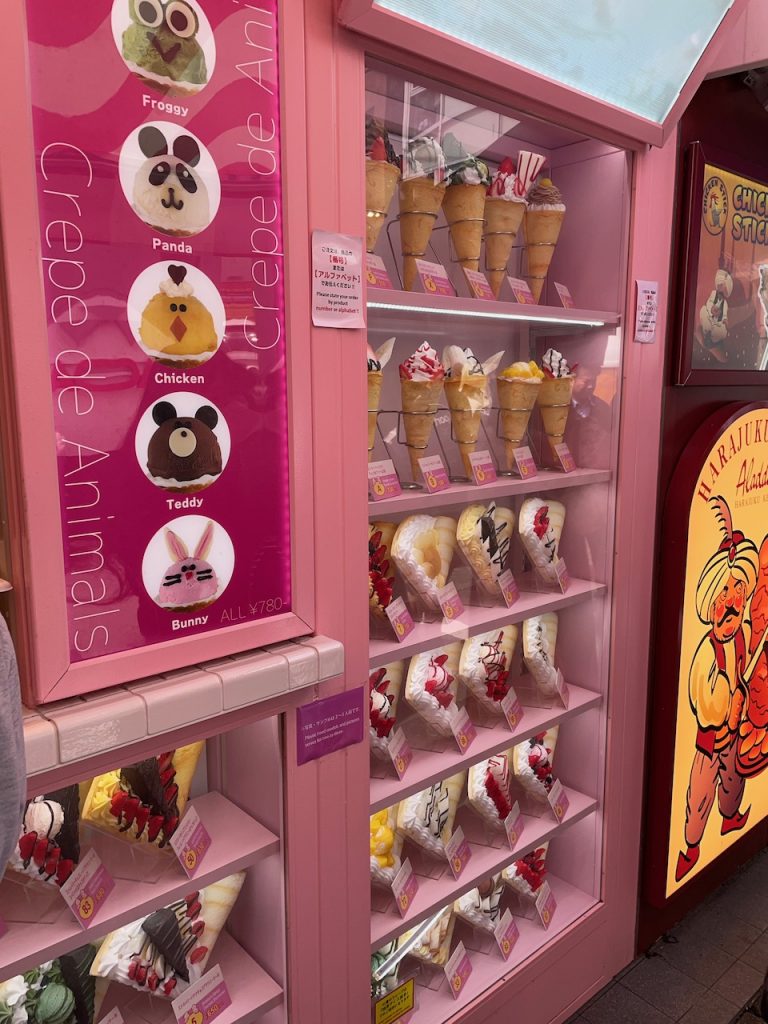
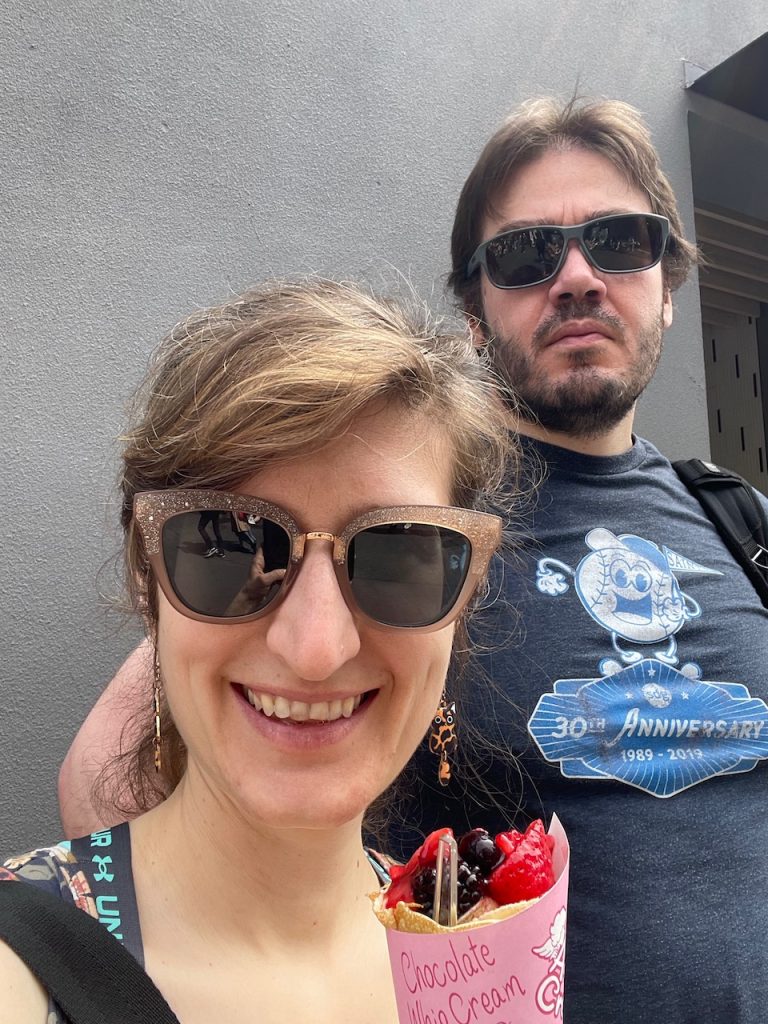
My book told me that there are a few farmers markets around the city, and Harajuku has a big one in front of united nations university every saturday & sunday. It’s exactly what you would expect from a farmers market, plus FOOD TRUCKS! Yeah!
Rhett’s best coffee of the trip was from a truck here. I got a galette. I resisted the siren song of buying gourmet mustards. There was also a vegan ramen stand.
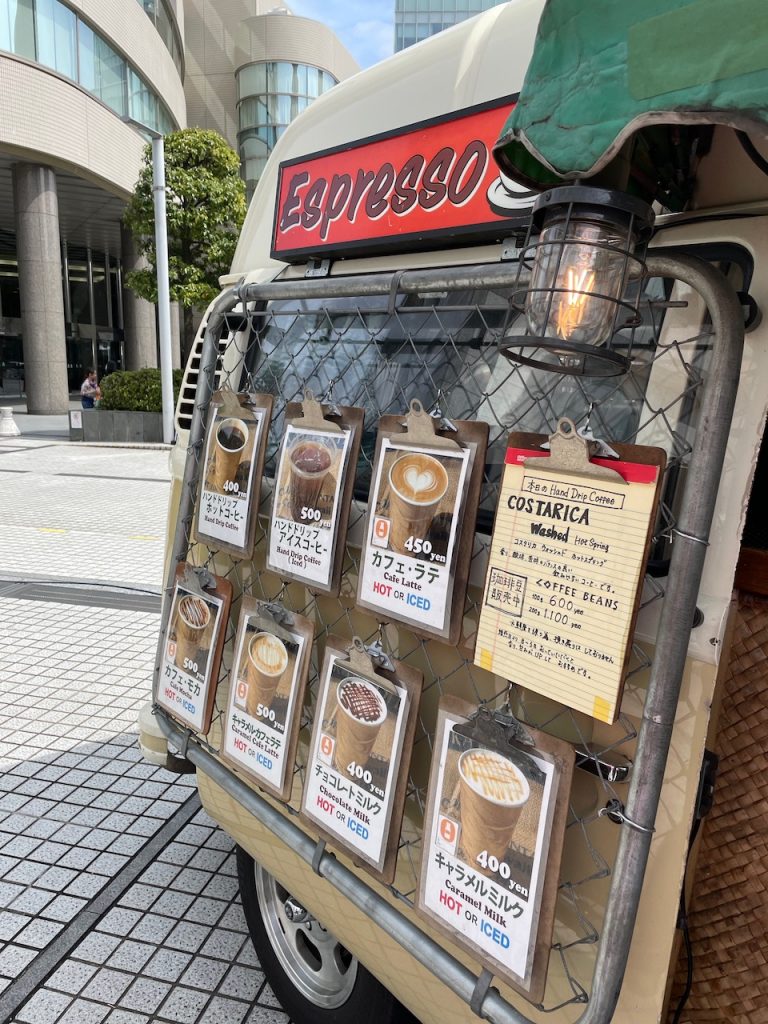
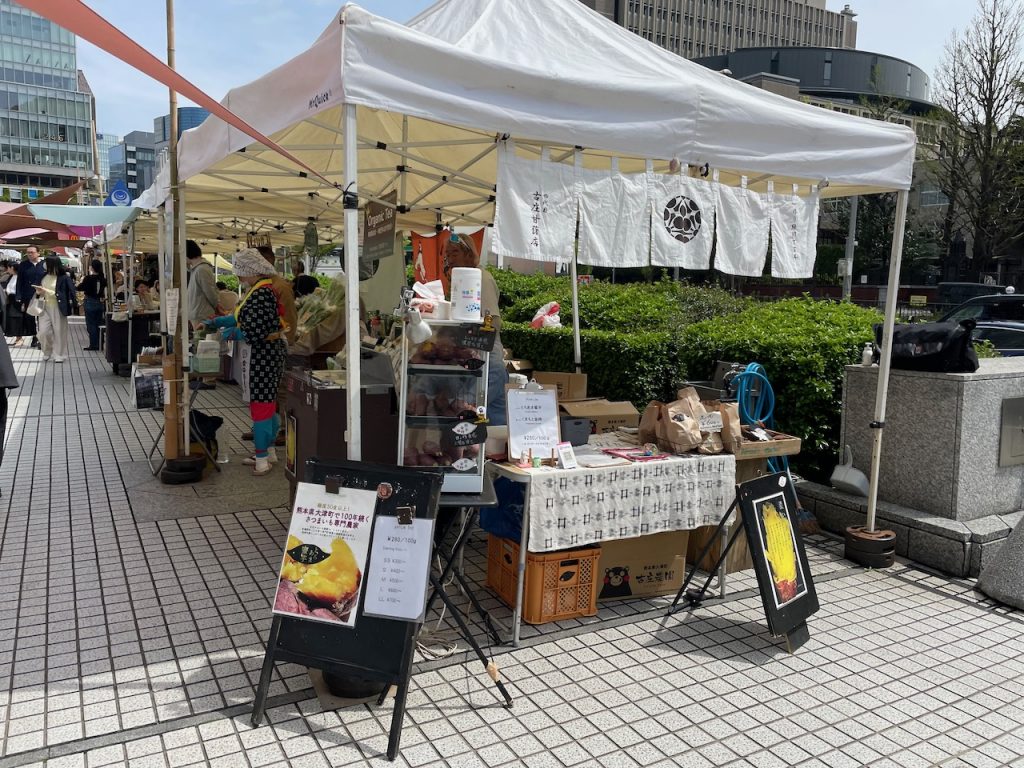
Meiji Jingu in Harajuku is one of the big inner city shrines. Highly recommend a visit as an entry to going to shrines around the country. This one is a shinto shrine.
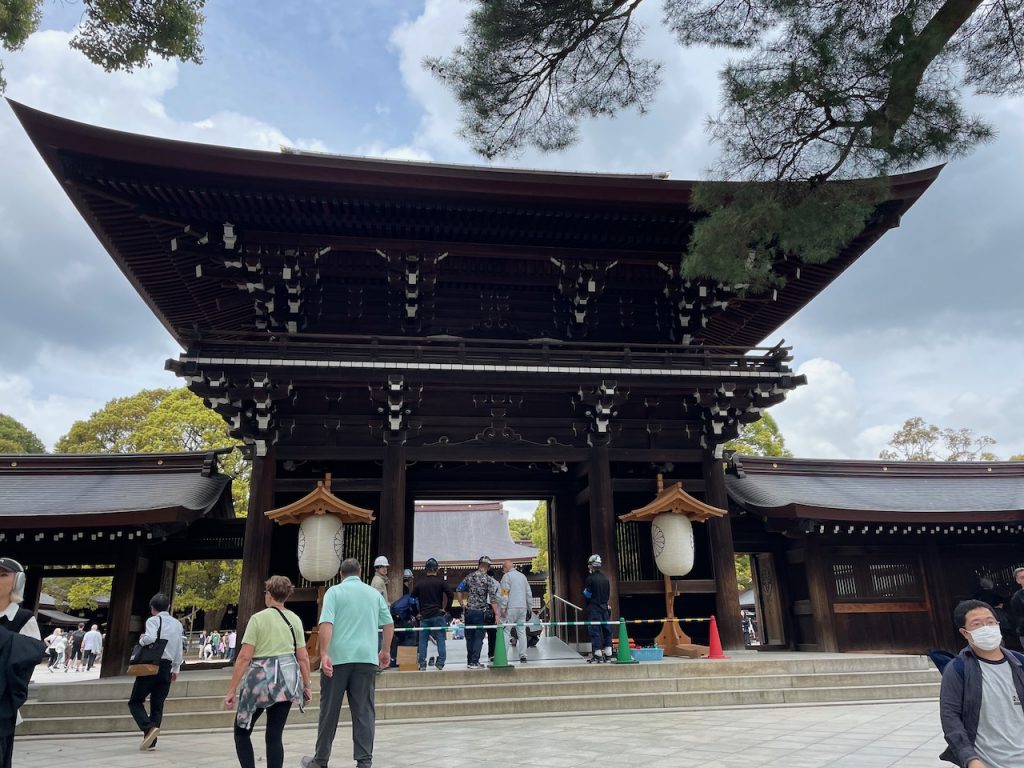
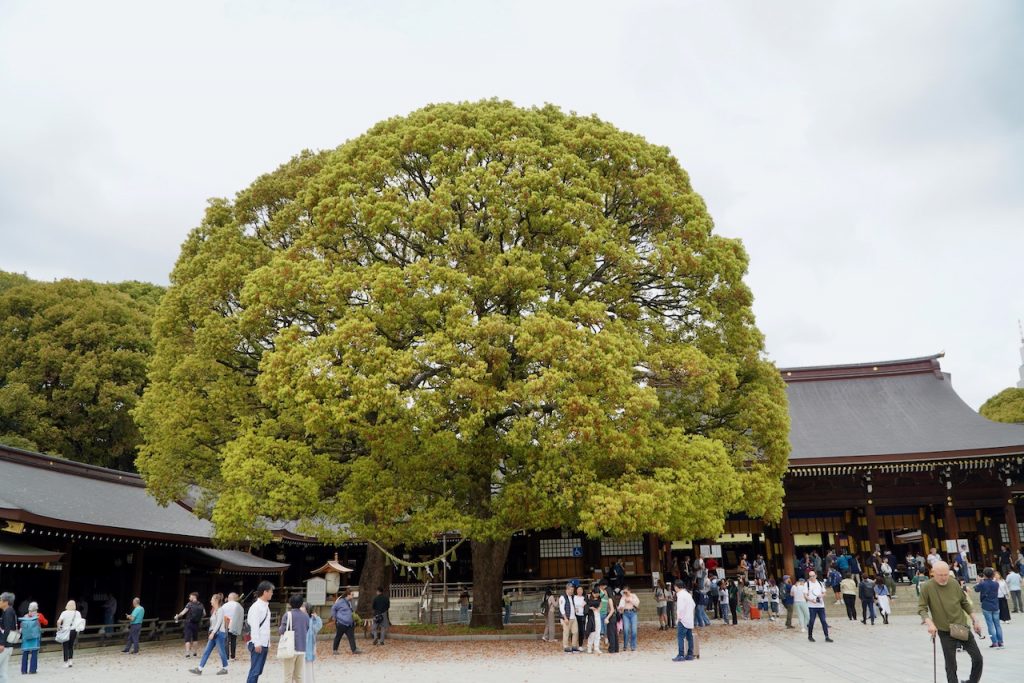
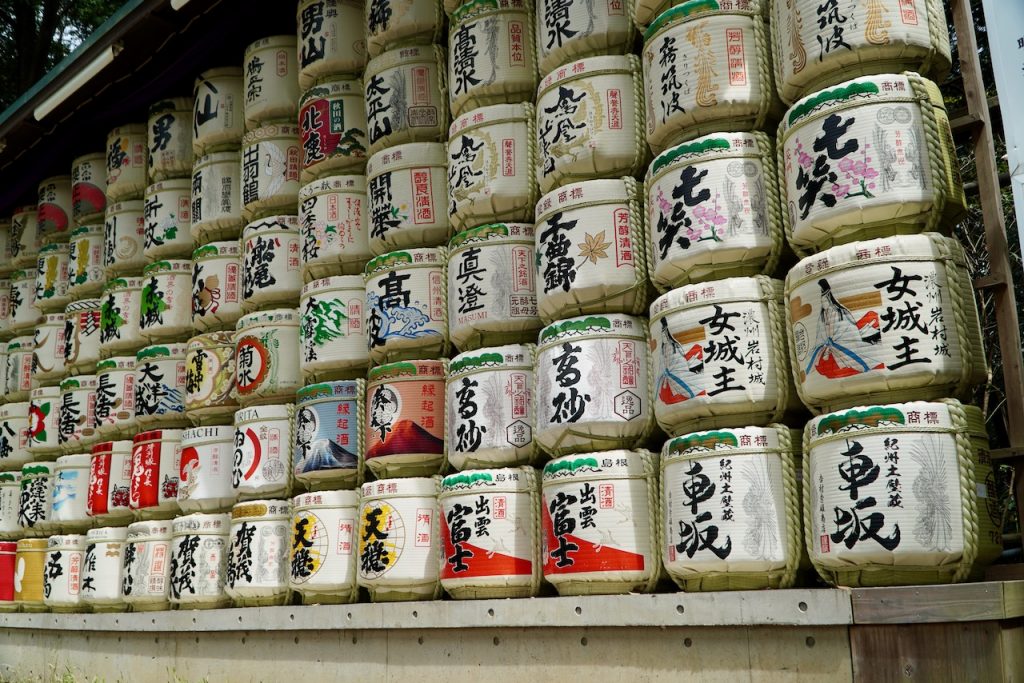
Since my last visit in 2018, they opened a museum nearby. The museum explains why the heck there is a forest with ancient trees in the middle of Tokyo, which was destroyed in WWII. Spoiler alert, over 10k trees from around the country were sent here in the 50s to rebuild it. It also teaches you about various holidays at the shrine, which is neat. Great intro, totally worth visiting.
If you want to know how to kidnap me, one of the methods you might use would involve luring me into an exhibit about historic clothing or textiles. The Meiji Jingu museum currently has a temporary exhibition on Empress Shoken’s haute-couture dresses from the late 1800s and early 1900s. The late Meiji era into the Taisho era is one of my favorites as far as art + culture goes, as you get this incredible mash-up of Japanese culture with Western fashions and styles and the two cultures trade influences heavily. Commodore Perry comes a-knockin’ and it’s a period of big change for Japan. (They also choose to copy the West’s hobby, colonization, but we aren’t here to talk about that today. Nobody likes it)
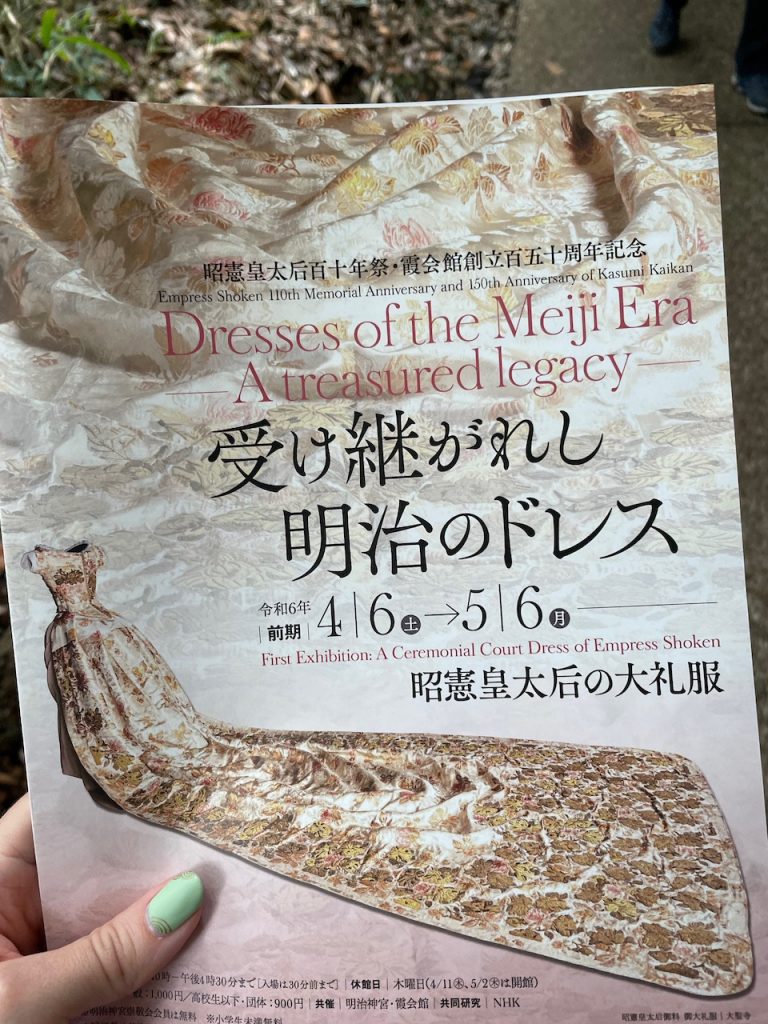
Also, Empress Shoken was like maybe, maybe 4’6”. She was so very petite. The big dress they had on exhibit took five years to hand restore. Amazing.
Shibuya
Huge Nintendo store! It’s no different really from the one in Kyoto, but the Parco building is a cool place to browse for goods, and you can walk up the outside. Shibuya is, in general, great architecture, good shopping, great walking.
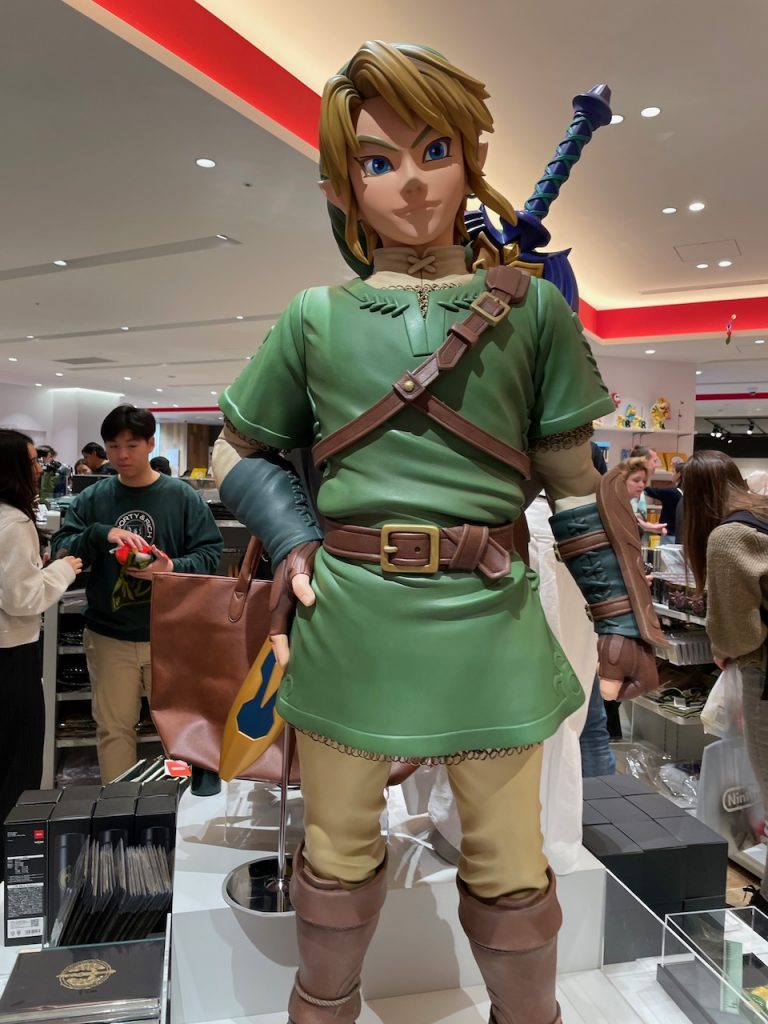
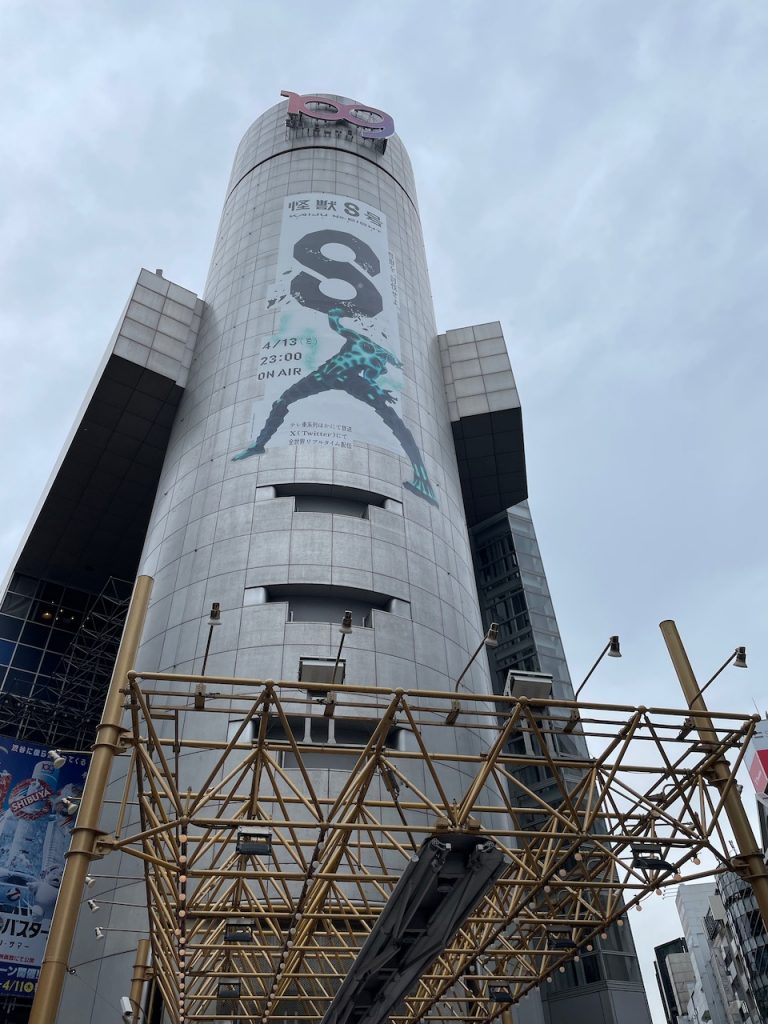
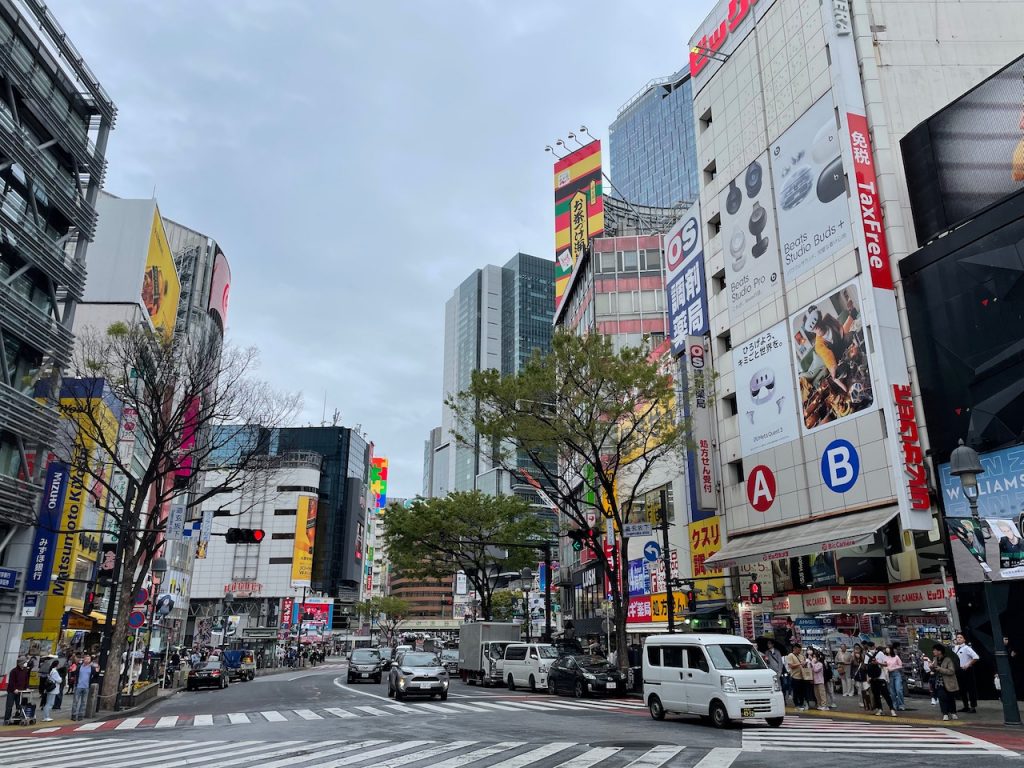
Ueno
The equivalent of the minnesota state fair, the great get-together, is undoubtedly cherry blossom viewing season in Japan. People congregate in parks, spread a tarp, and share food, dango, and drinks. I have a picture from 2008 of a naked guy splashing in Yoyogi park’s fountains. It was an accident. I kept the picture.
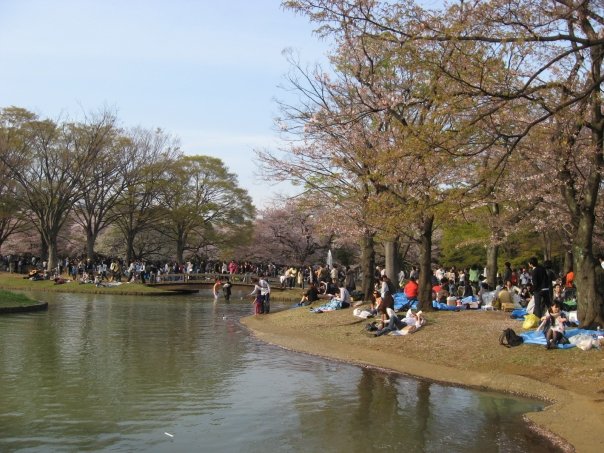
Anyway, it was nuts to butts peak cherry blossom madness when we were in Ueno Park on Sunday so we left for Yanaka cat town. The upside of hanami madness is that there are extra trash bins in parks, which means that we can actually find easy places to throw our things away.
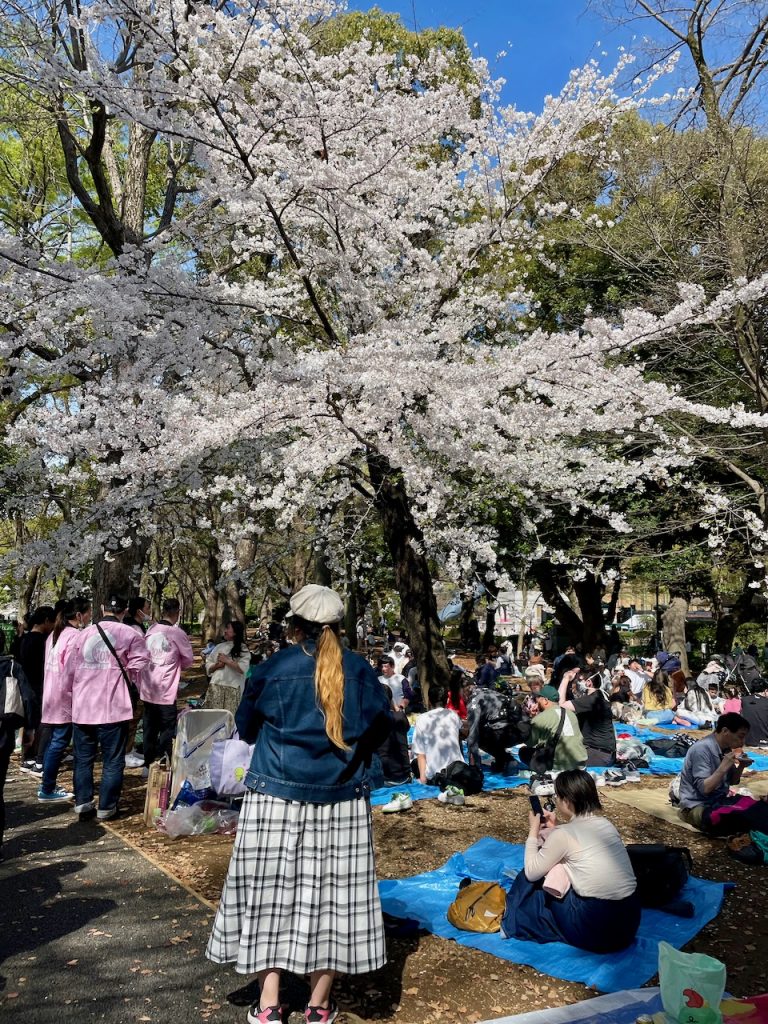
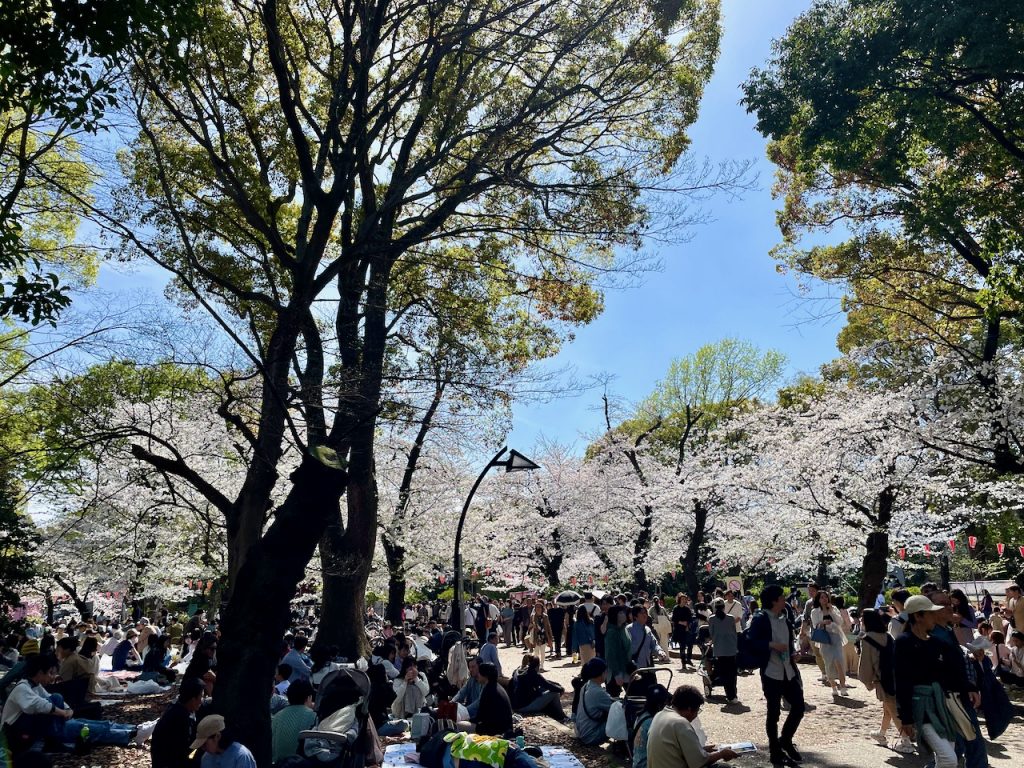
Any time of the year, you can go to the zoo – it’s only 600 yen to enter and has a lot of different animals that we don’t see at home. Rhett loved the amphibians house with the biiiig african bullfrog. If you go towards the end of a weekday, you can see the pandas with no wait!
As I am taller than 90% of the people looking at the panda, this is a great advantage.
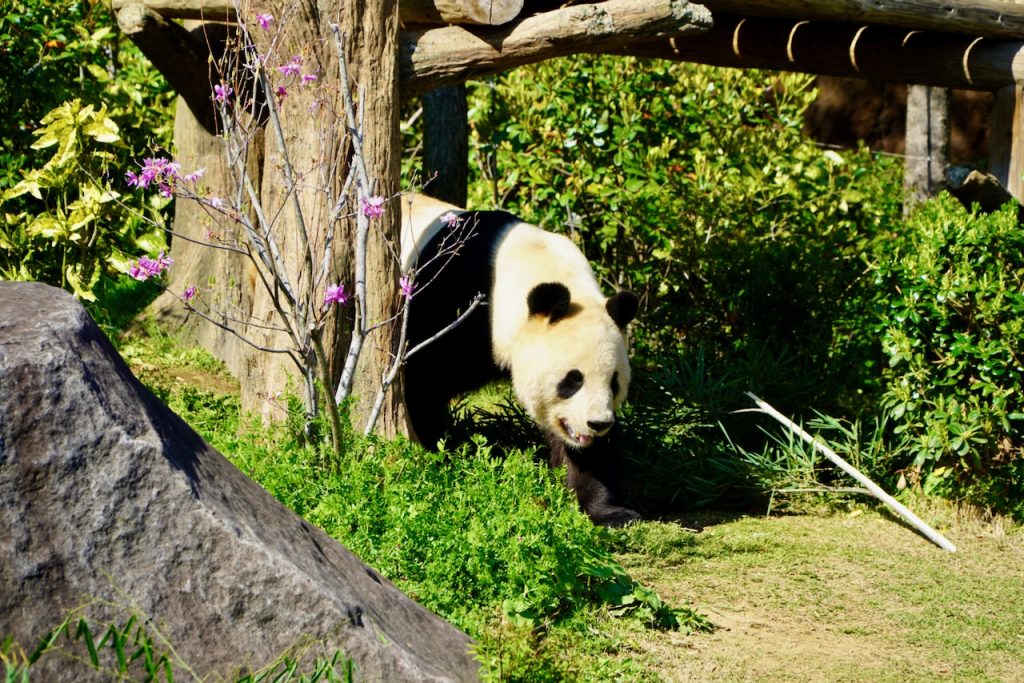
Yanaka cat town
We walked here from Ueno because it was bananagrams with Hanami on Sunday. I saw no real cats, but it was a fun walk through an old Tokyo neighborhood. It was filled with a wonderful amount of kitty cat shops, souvenirs, used clothing, and all manner of cat-shaped foods and statues. It was a fun walk and a good meander if you are into cute things or cats or, preferably, both.
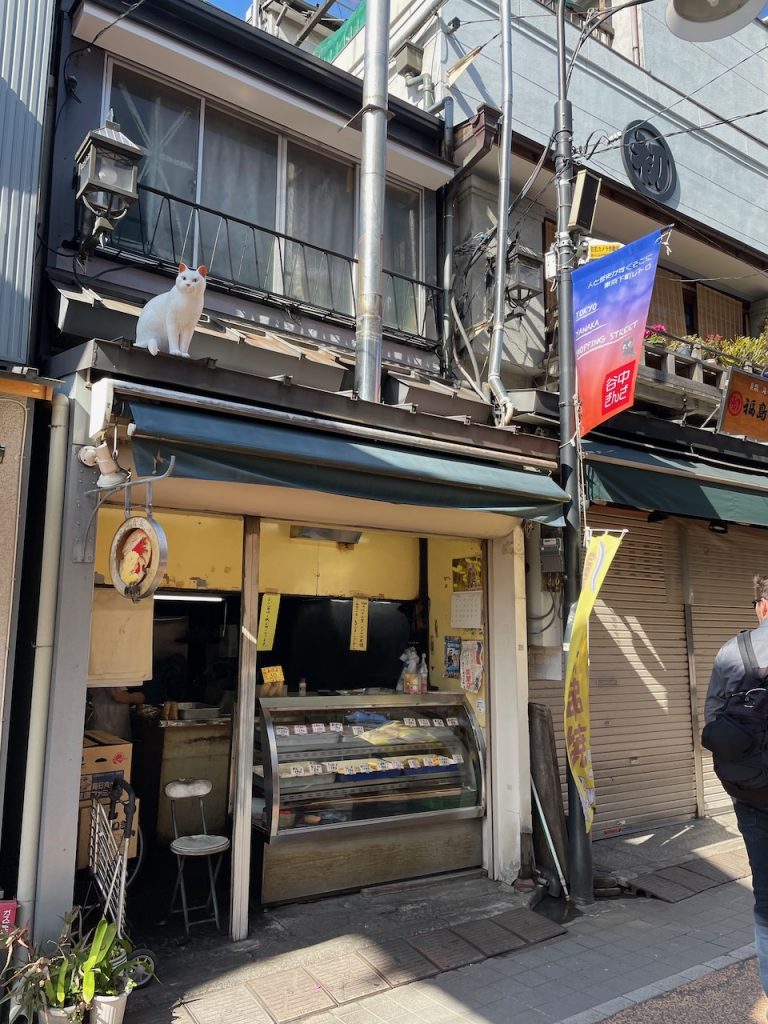
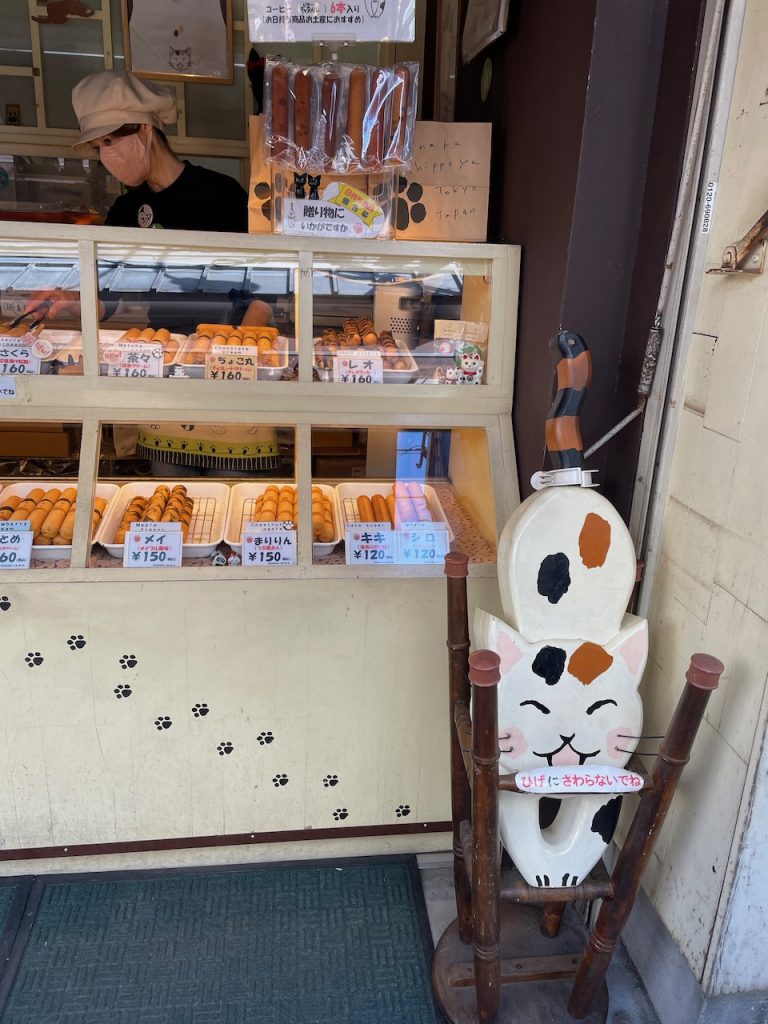
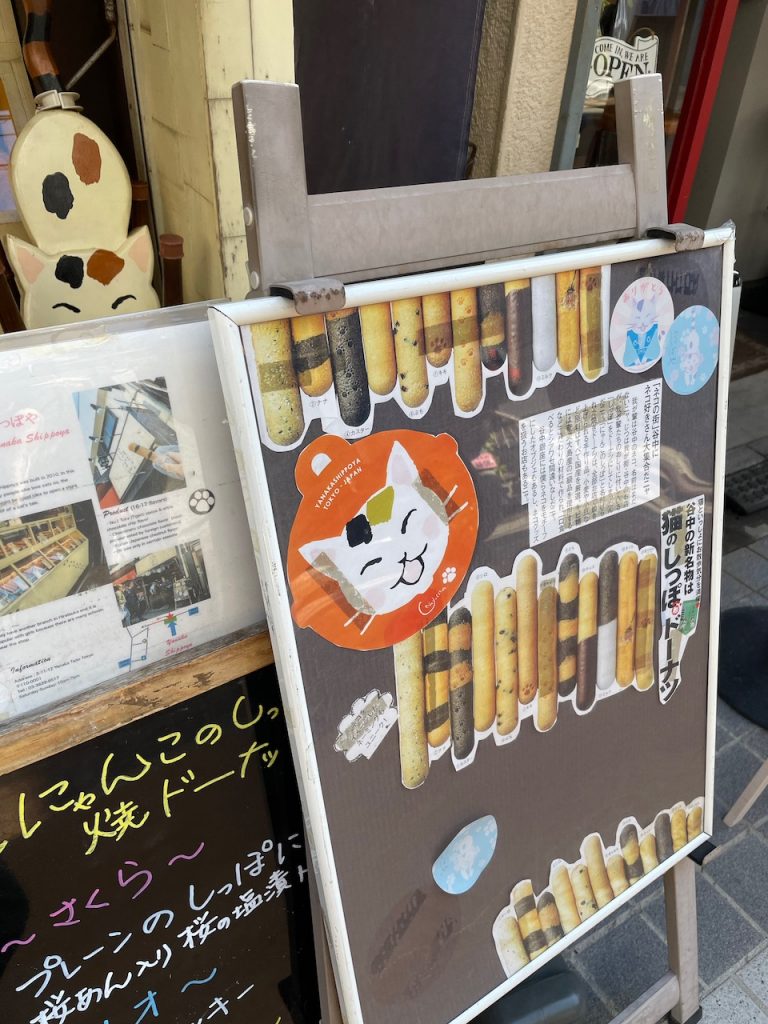
Also in Yanaka, I got to achieve one of my dreams: shokupan french toast!! This cafe we went to was above a pottery shop. To visit the cafe, you talk to a guy who looks like he’s minding the pottery shop. It felt like a weird scam to sell us some pottery. I wouldn’t be mad.
Anyway my Shokupan had sakura cream, sakura ice cream, and came with a sakura float.
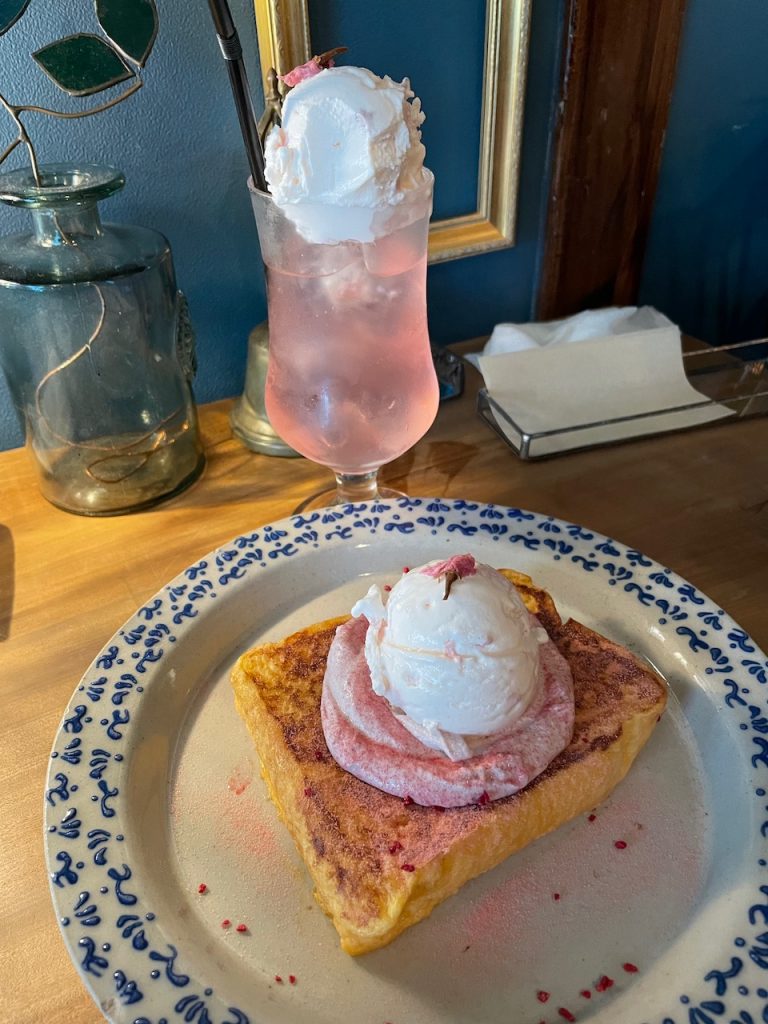
And on the way out, we stumbled across some bloomy bois next to a graveyard.
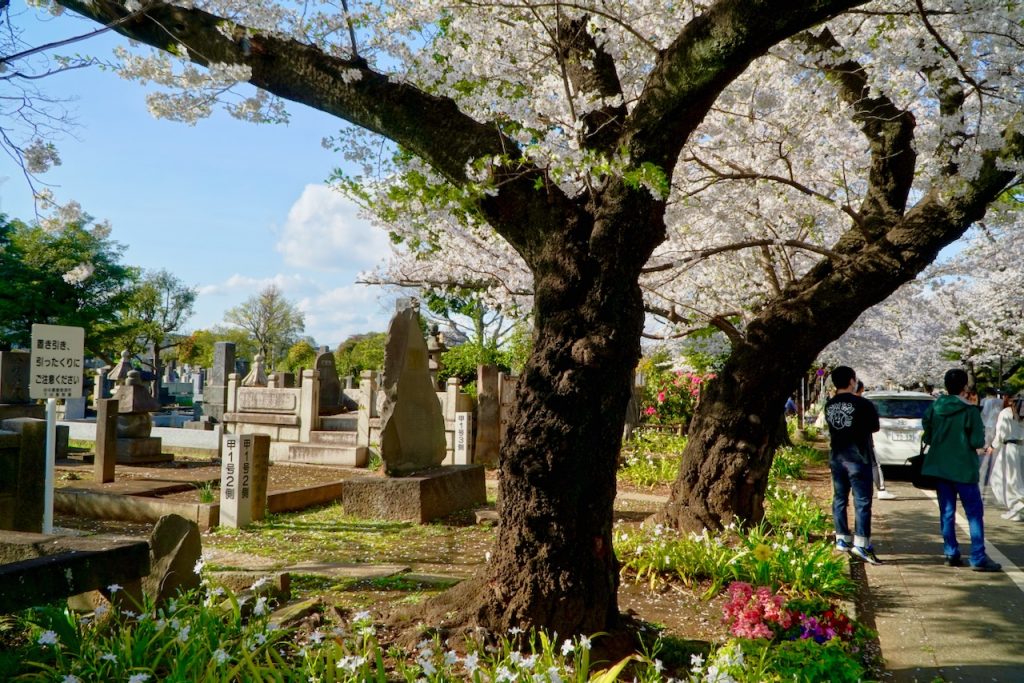
Asakusa + the Sky Tree
That heading could be a Ghibli title. These are two areas of Tokyo close together, so they make sense to explore on the same day. I went here twice because I don’t like to be logical. Walking around Asakusa along the river is especially good right now, with the cherries in full bloom. You can take a Very Japan Picture with the blooms, the sky tree, and the golden poopy. Also, there are river cruises if you are so inclined (I was not).
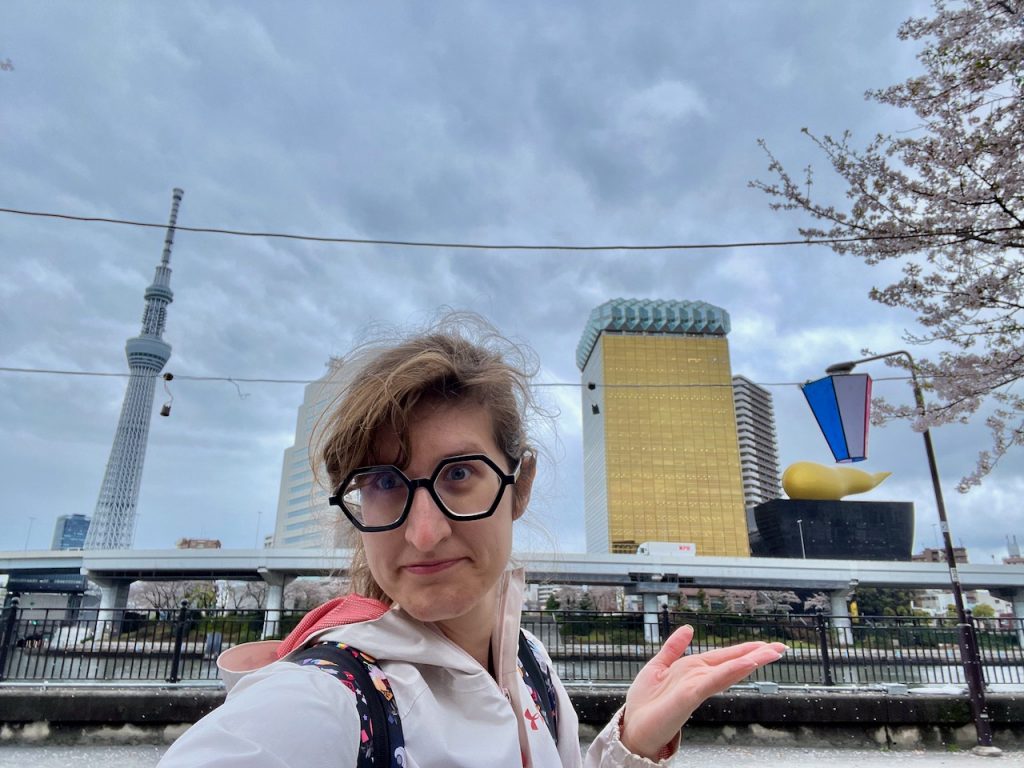
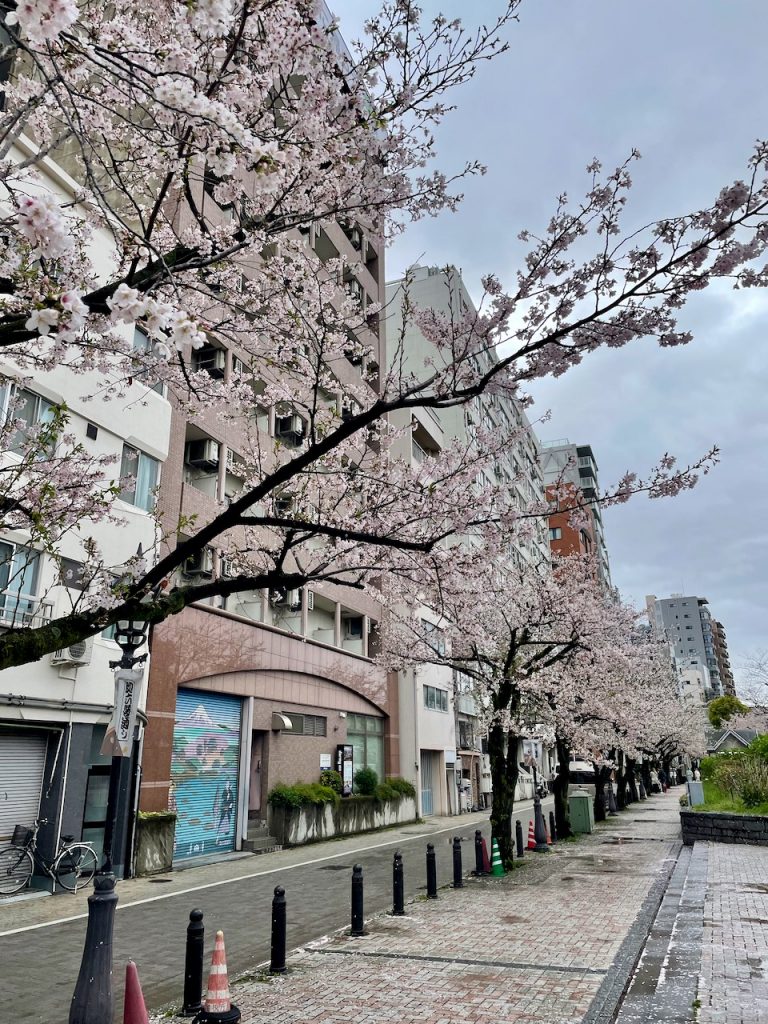
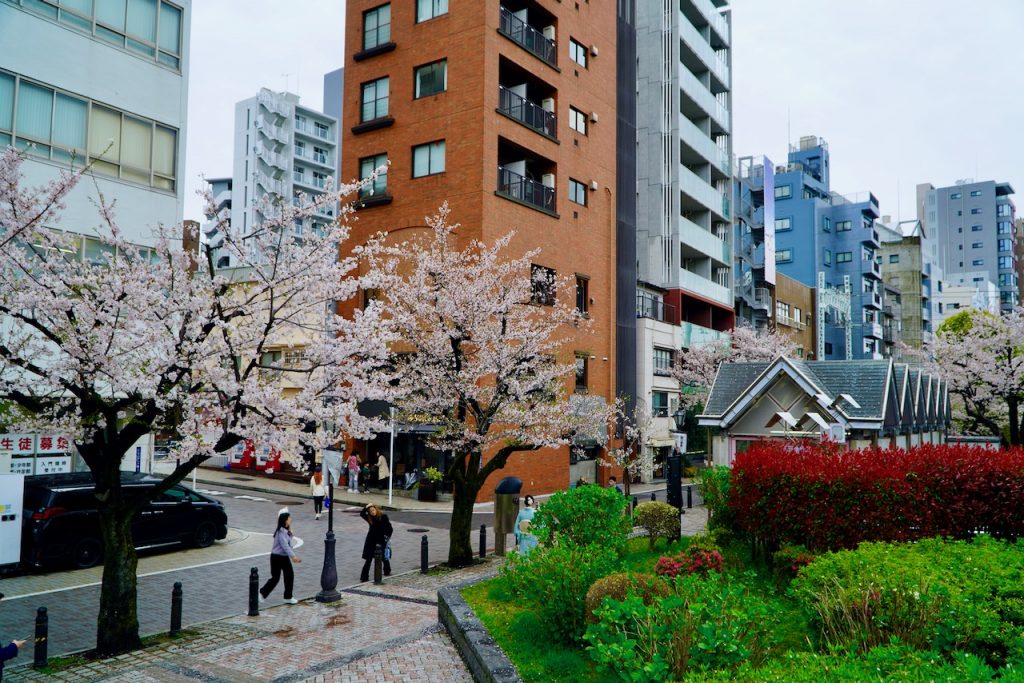
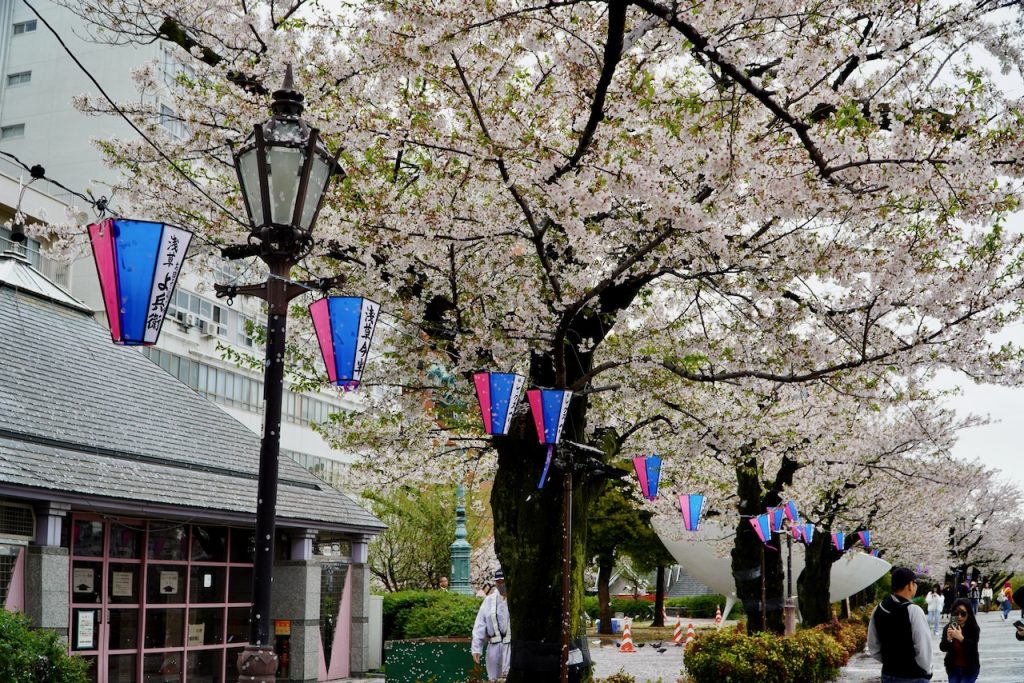
The Sky Tree is a newer contraption. It did not exist when I left Japan in 2008 and then existed when I came back in 2012. It’s 3000 yen to go up to the top and I almost never do this type of thing because I don’t feel like spending the money on it. But it’s a clear day and the Yen is weaksauce, so we do this thing. Going up to the highest deck was the right choice because it’s a lot less crowded and is more peaceful. It’s definitely super touristy though, so it’s crowded here even over the lunch hour.
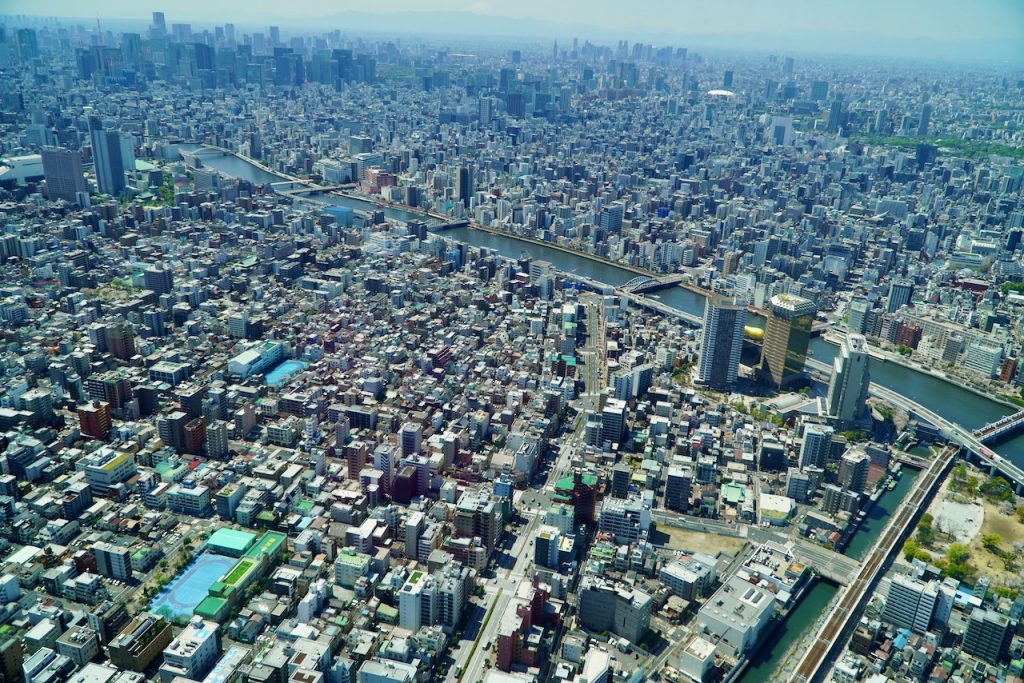
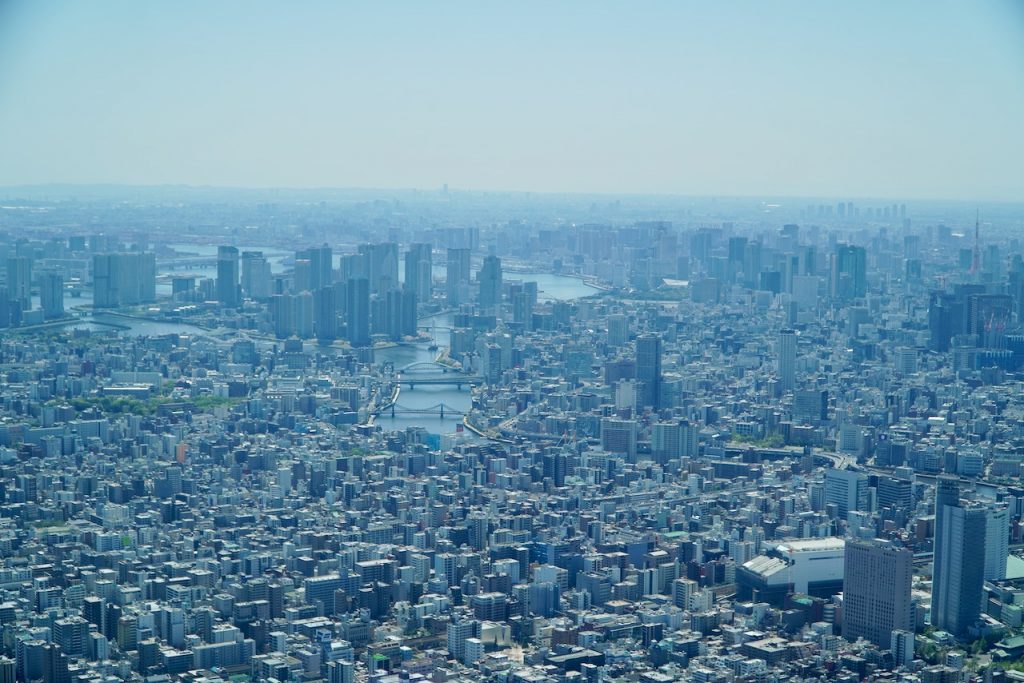
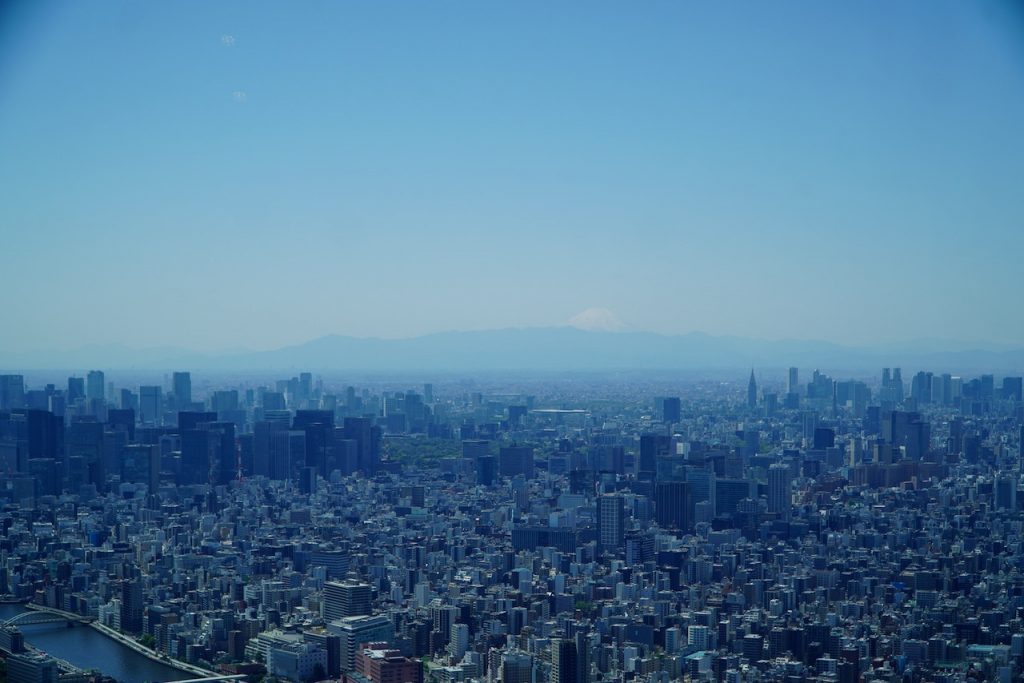
On the day I went to Asakusa, it was a serious kind of Tokyo rain – where you must have an umbrella or perish, but it’s also raining sideways, so you perish anyway. I spent extra time exploring the shops here because Rhett stayed home on this day. I picked up some traditional hair pins and I got myself a haori (kimono jacket), both of which I had been jonesing for since Kanazawa. My haori is a used silk one and was only 5500 yen.
It’s the perfect place to shop and visit the shrine (free!) – especially if you want just some generic Japan souvenirs. I’ve found the prices here are pretty good comparatively for souvenirs.
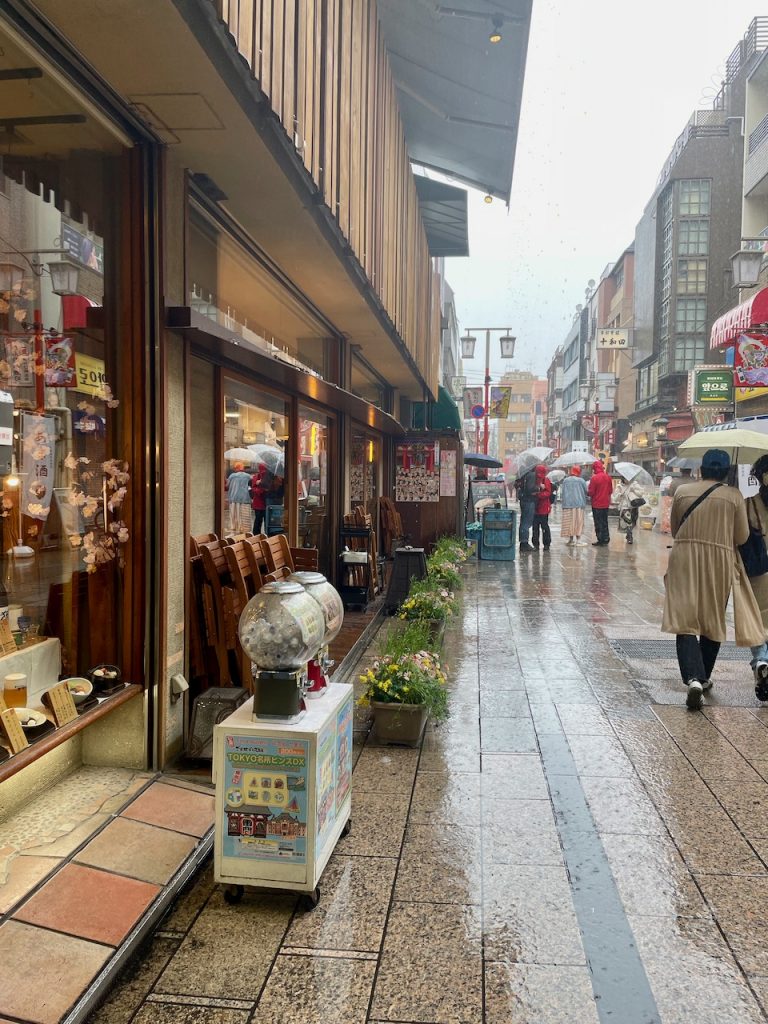
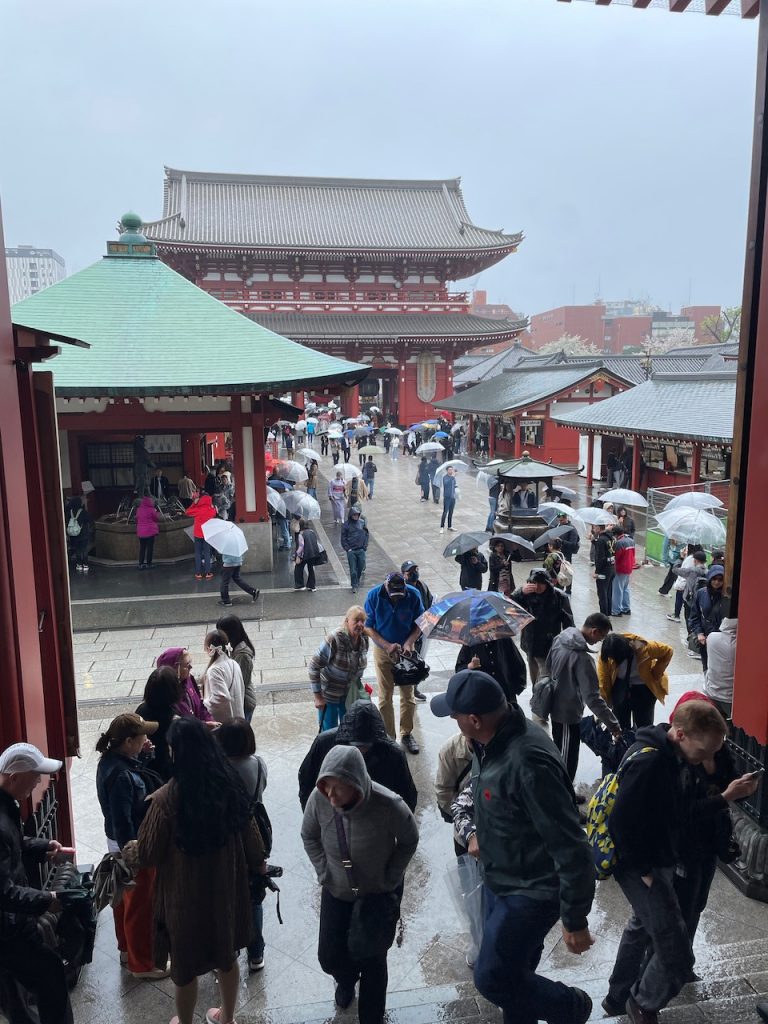
Ikebukuro
Way more nerdy shopping has cropped up here. We skipped the aquarium sadly but I had a fun time diddling around in the Pokemon Center with its associated cafes and Pokemon Go center. The outside of Sunshine City has a cute little fairy village that I loved.
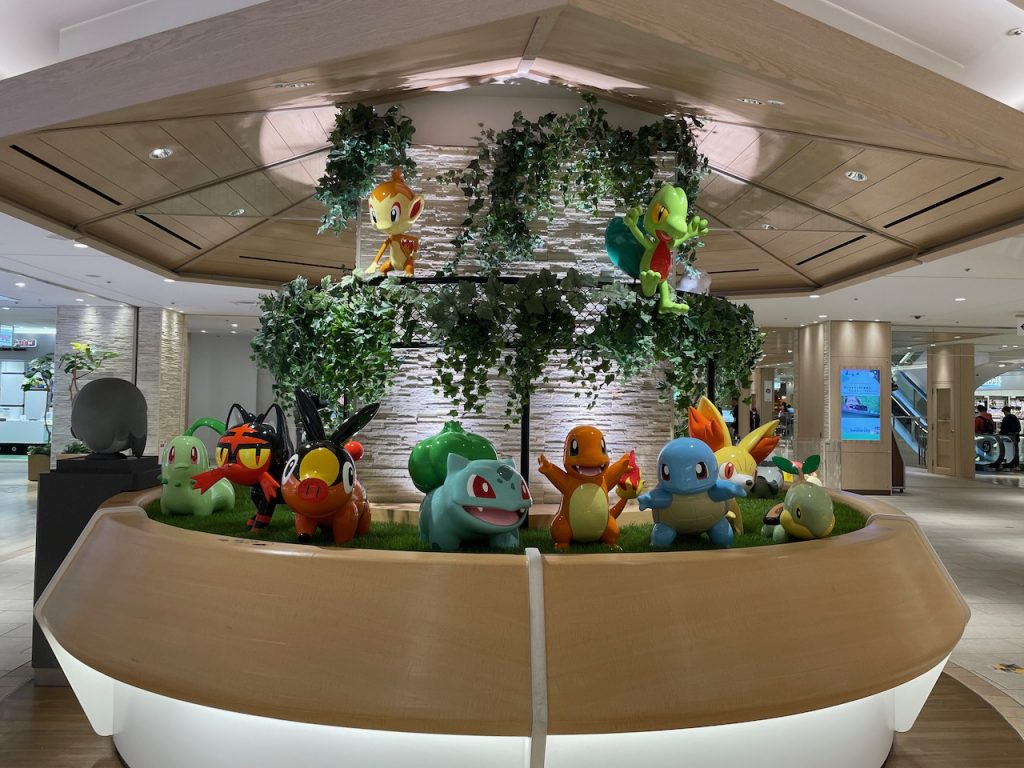
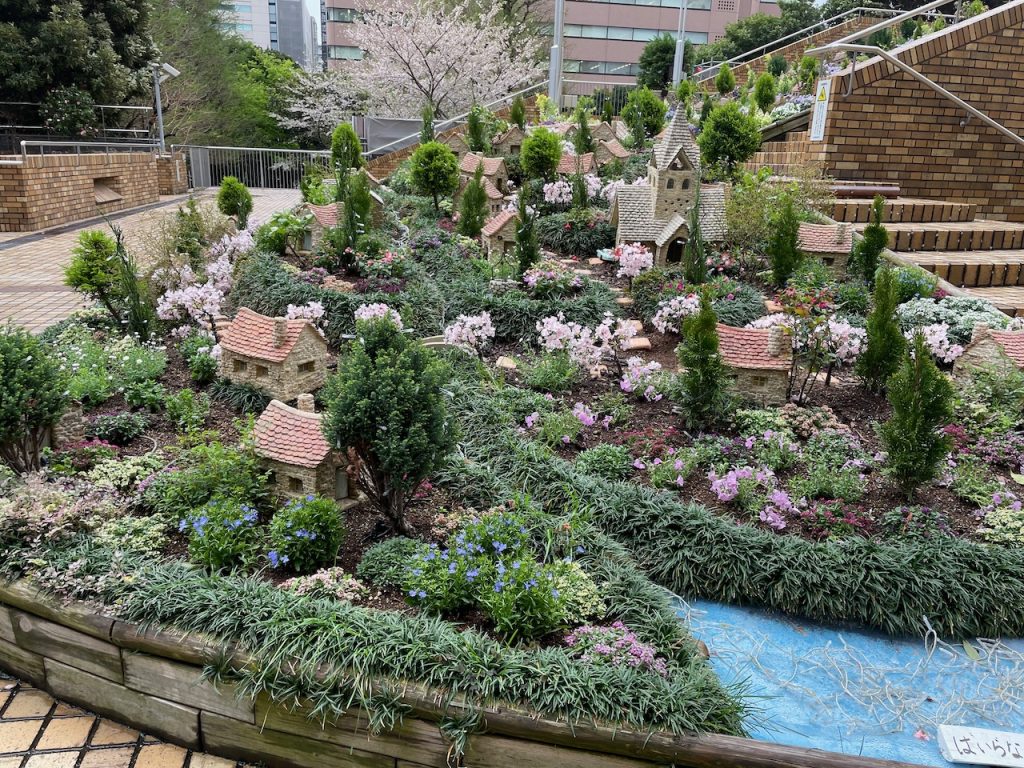
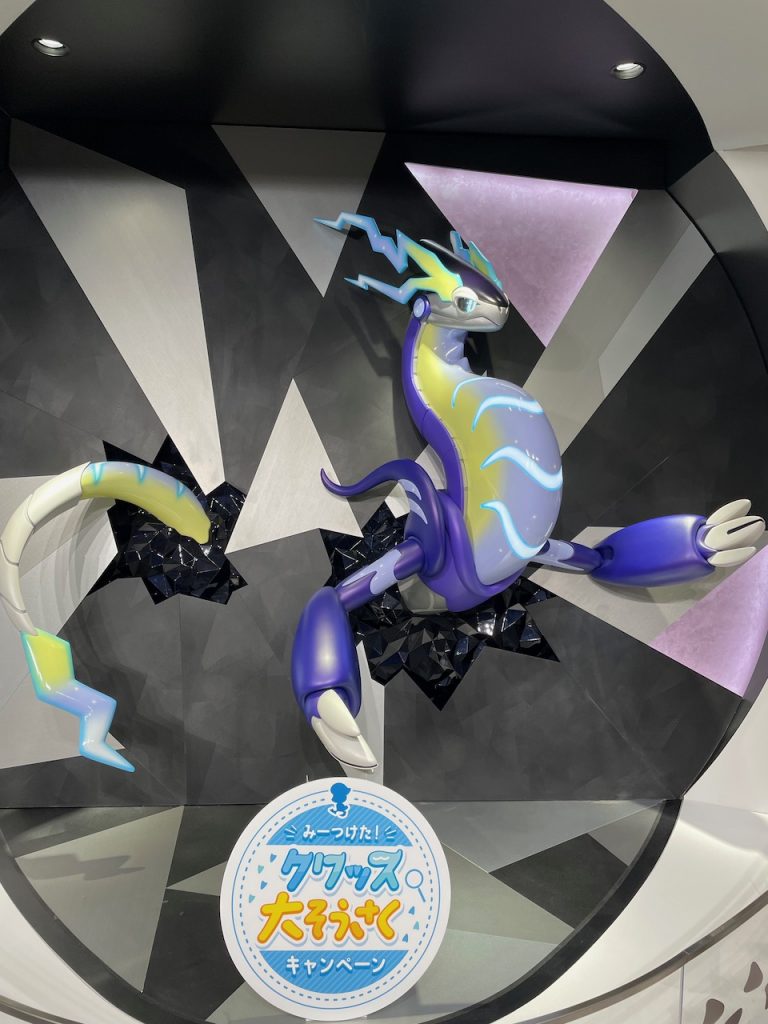
The final highlight though was enjoying the wonderfully creative mind of my friends’ kiddo, who taught us how to dance party to clean up natural disasters and, in a final act of selflessness, put their soul in a gun and fired their soul at a fireball to save the world.
As you do.
